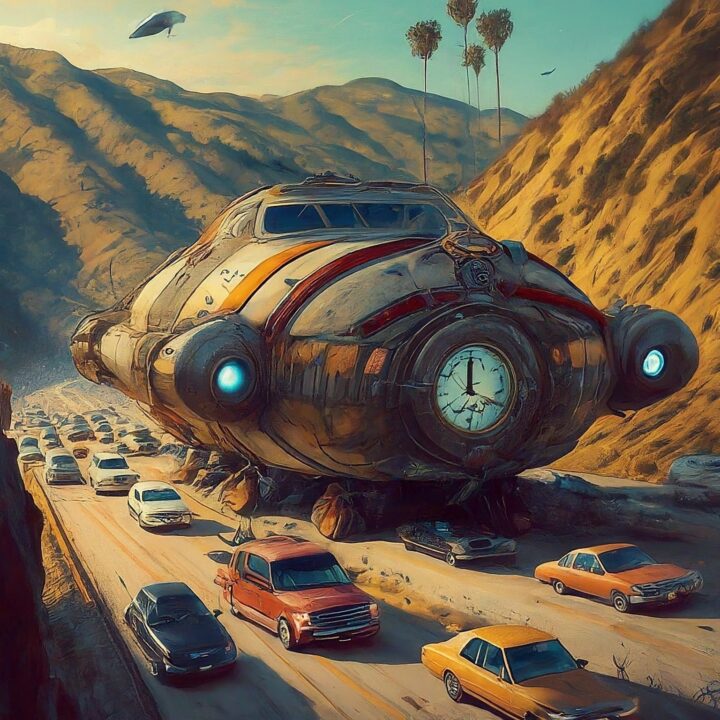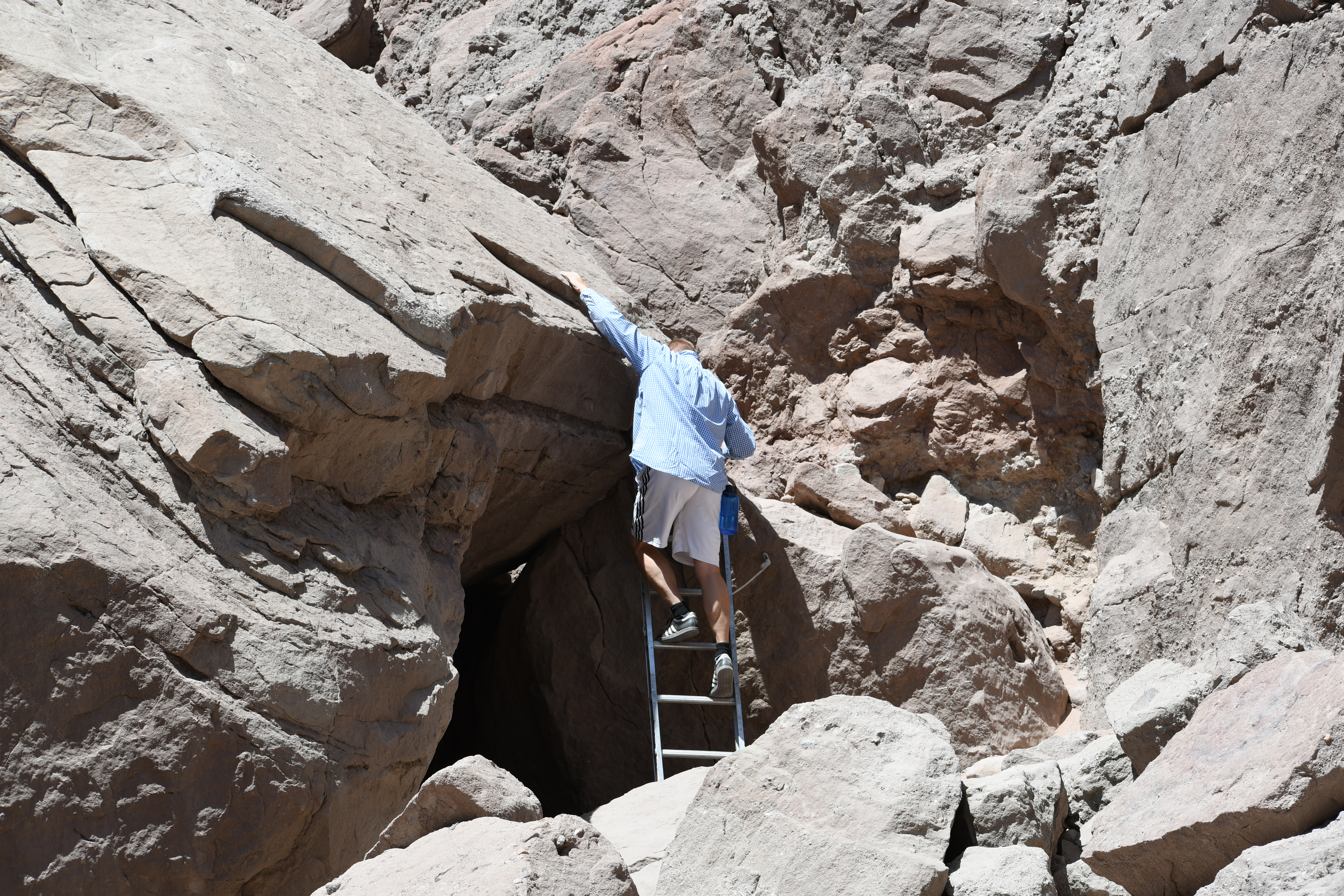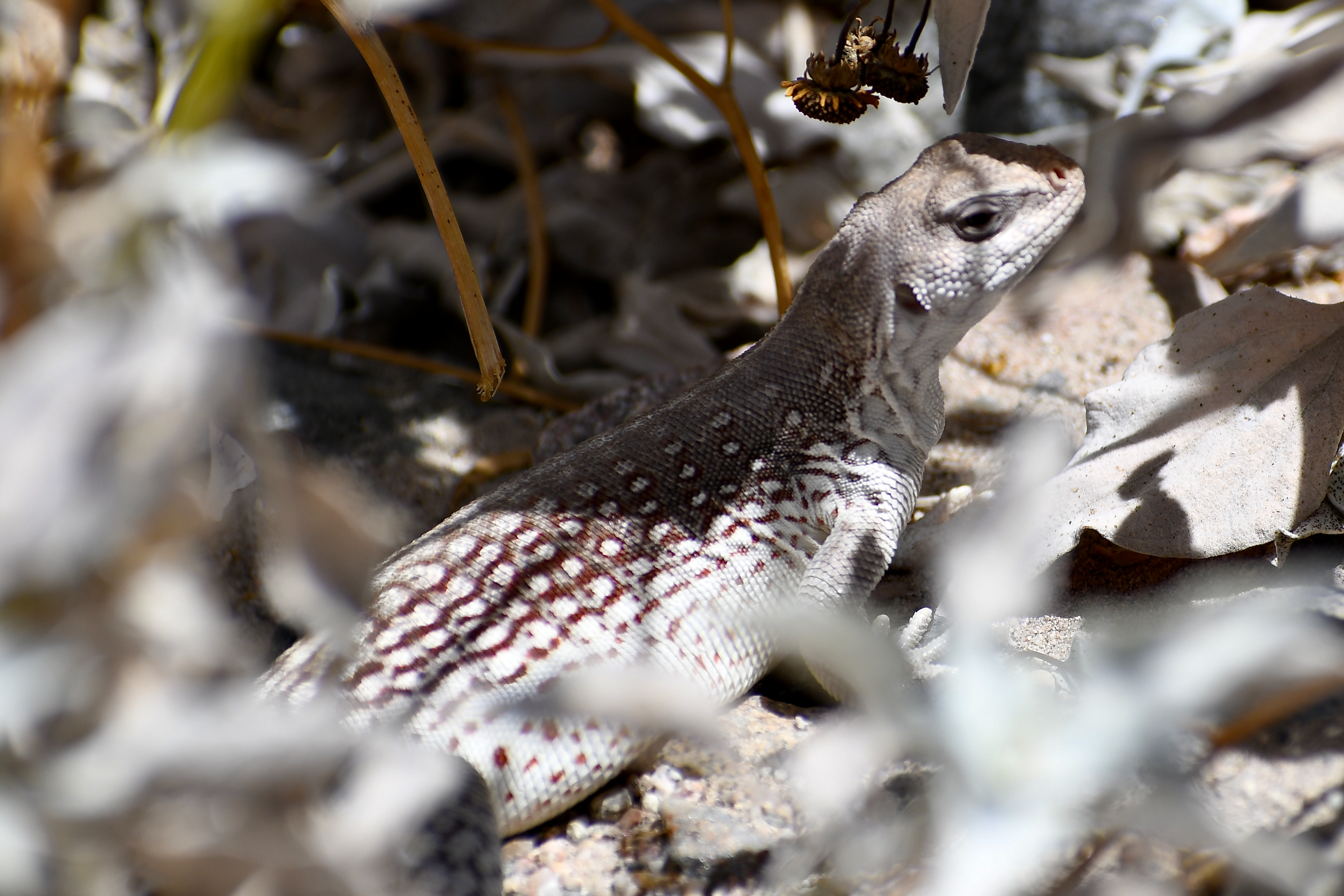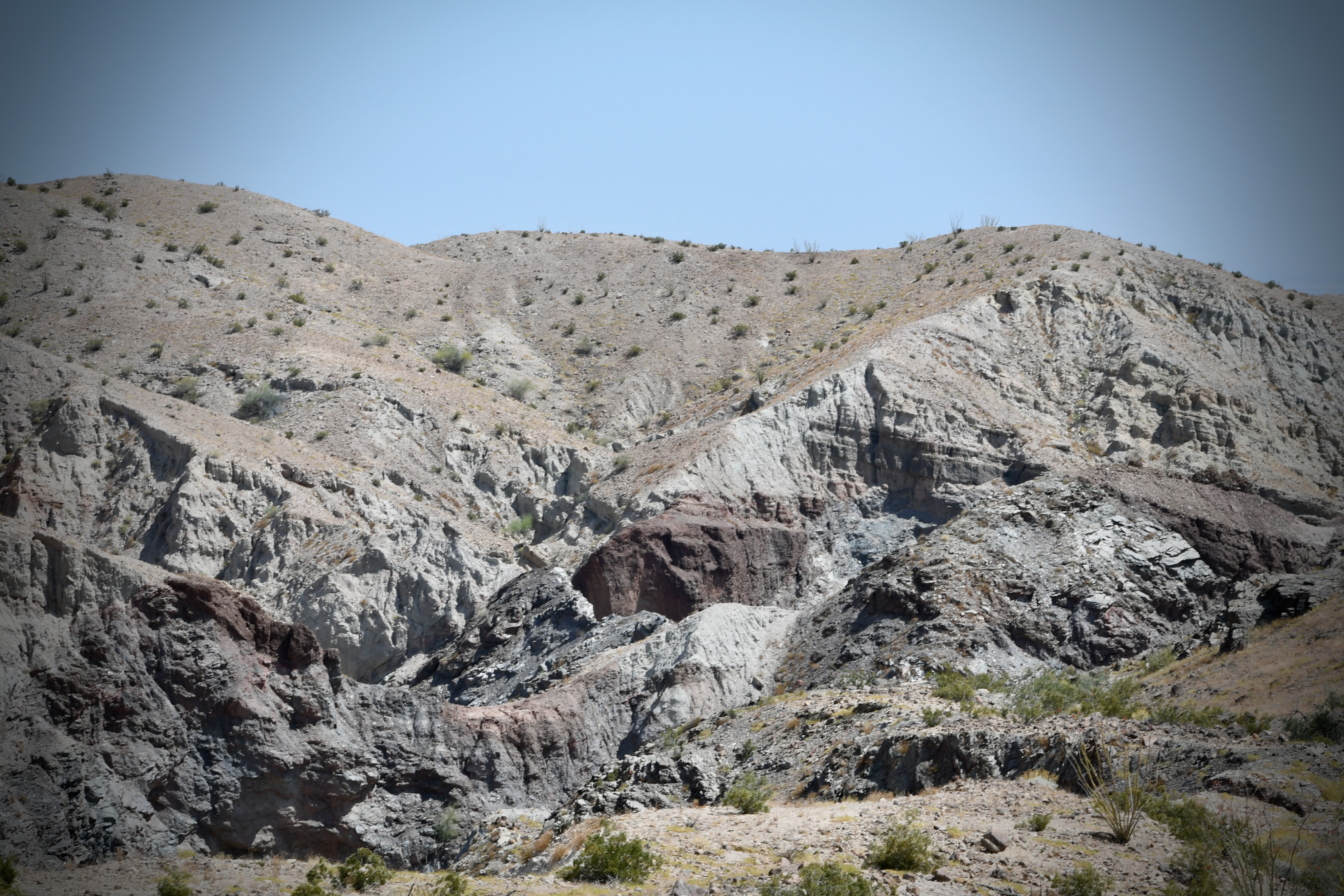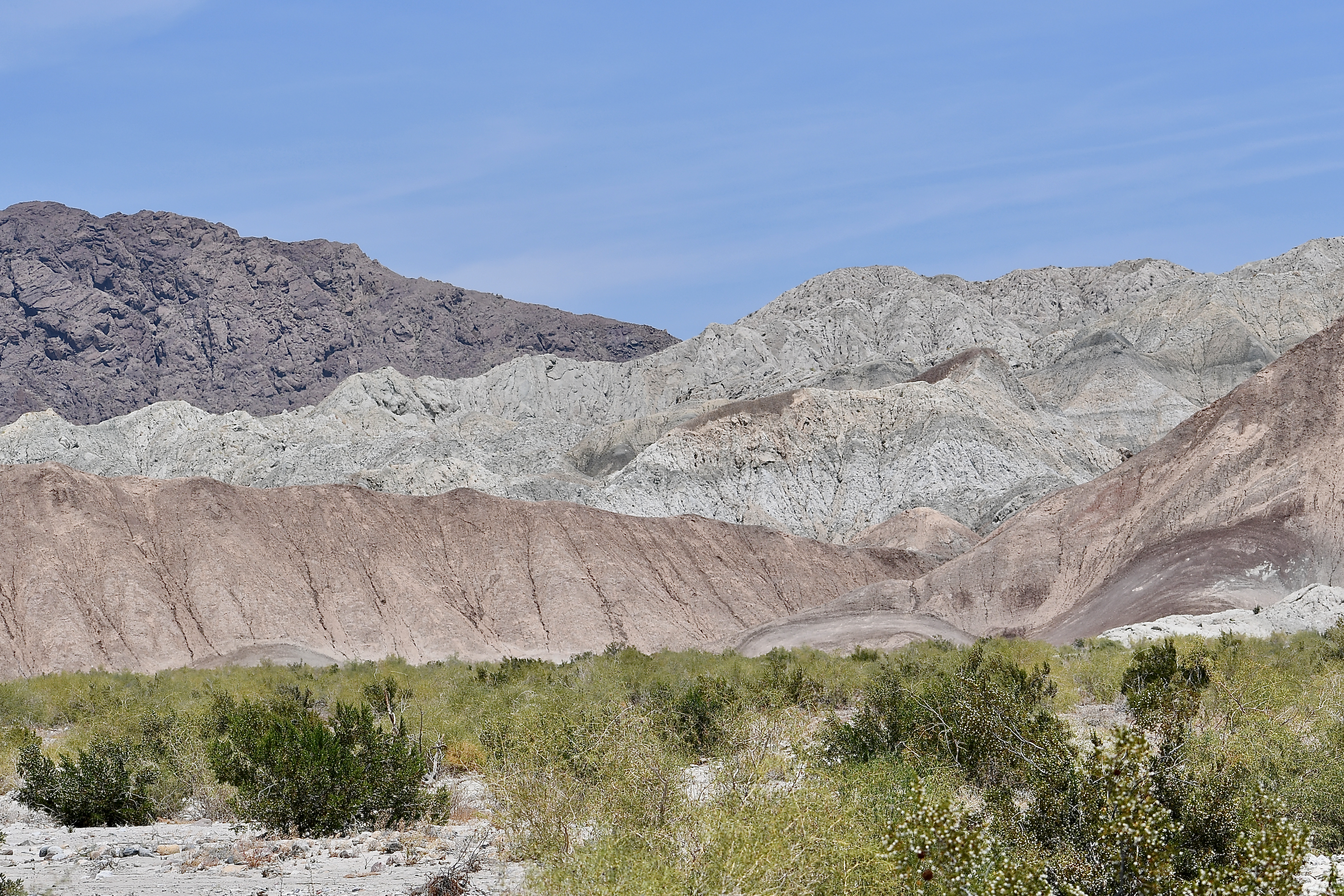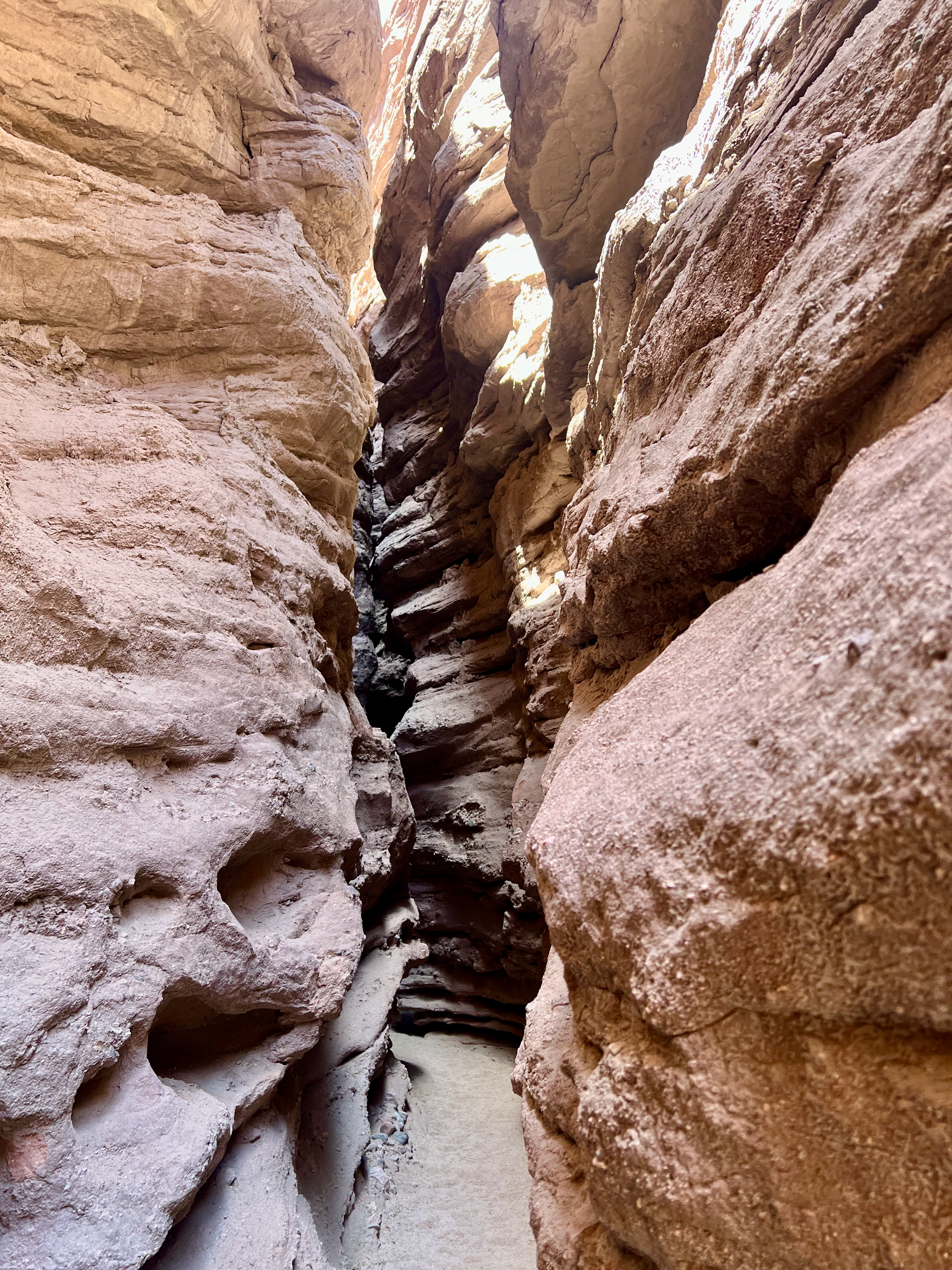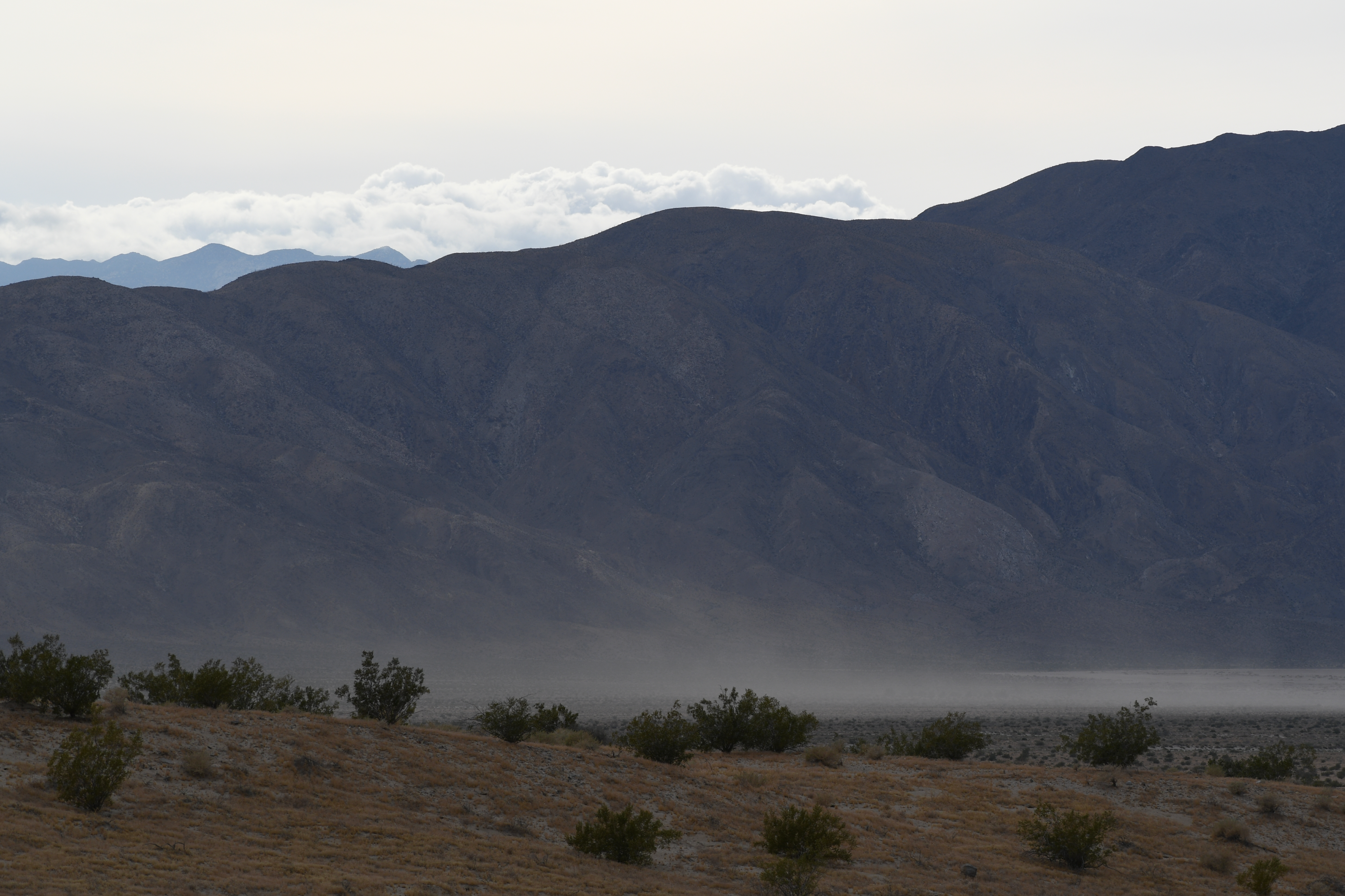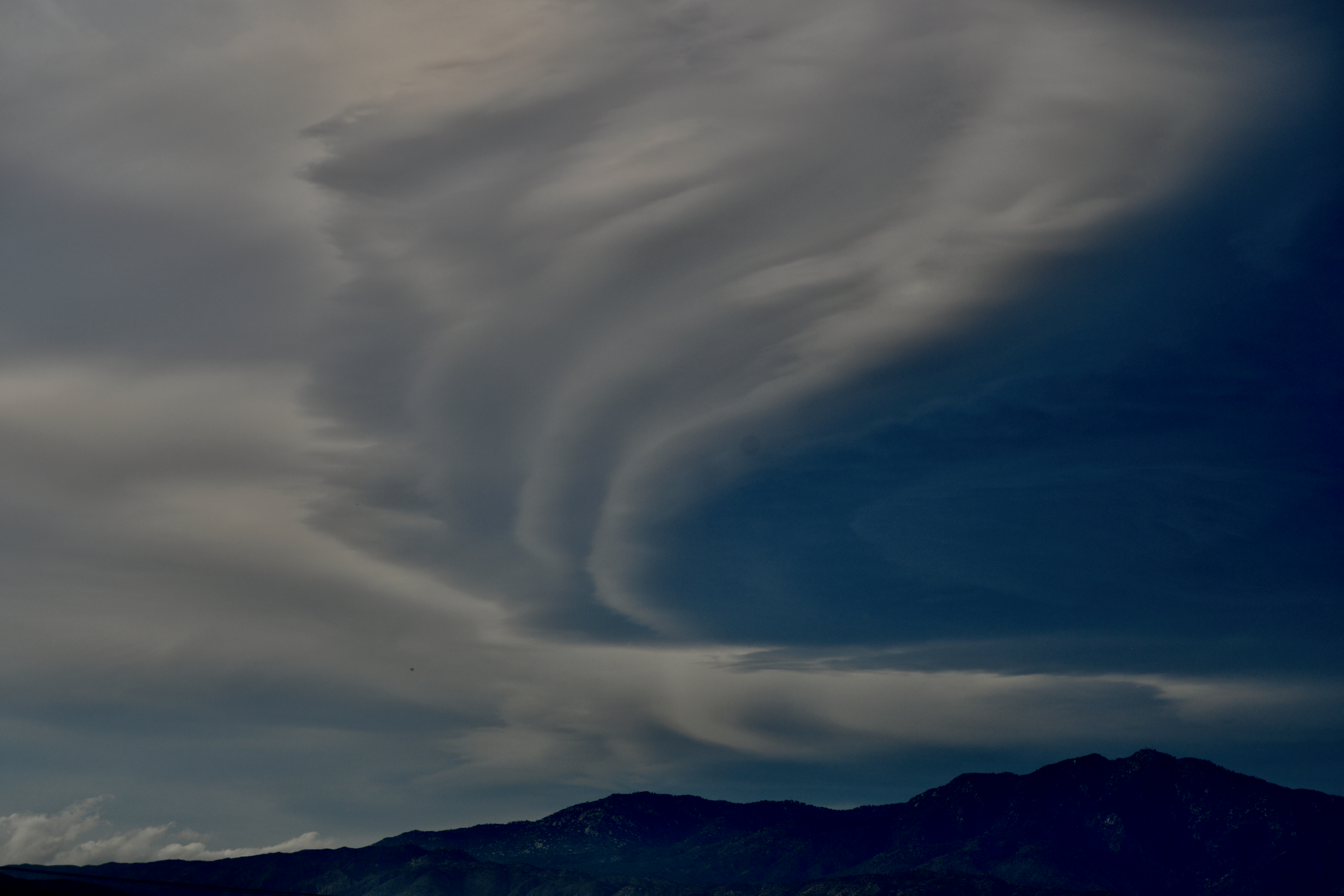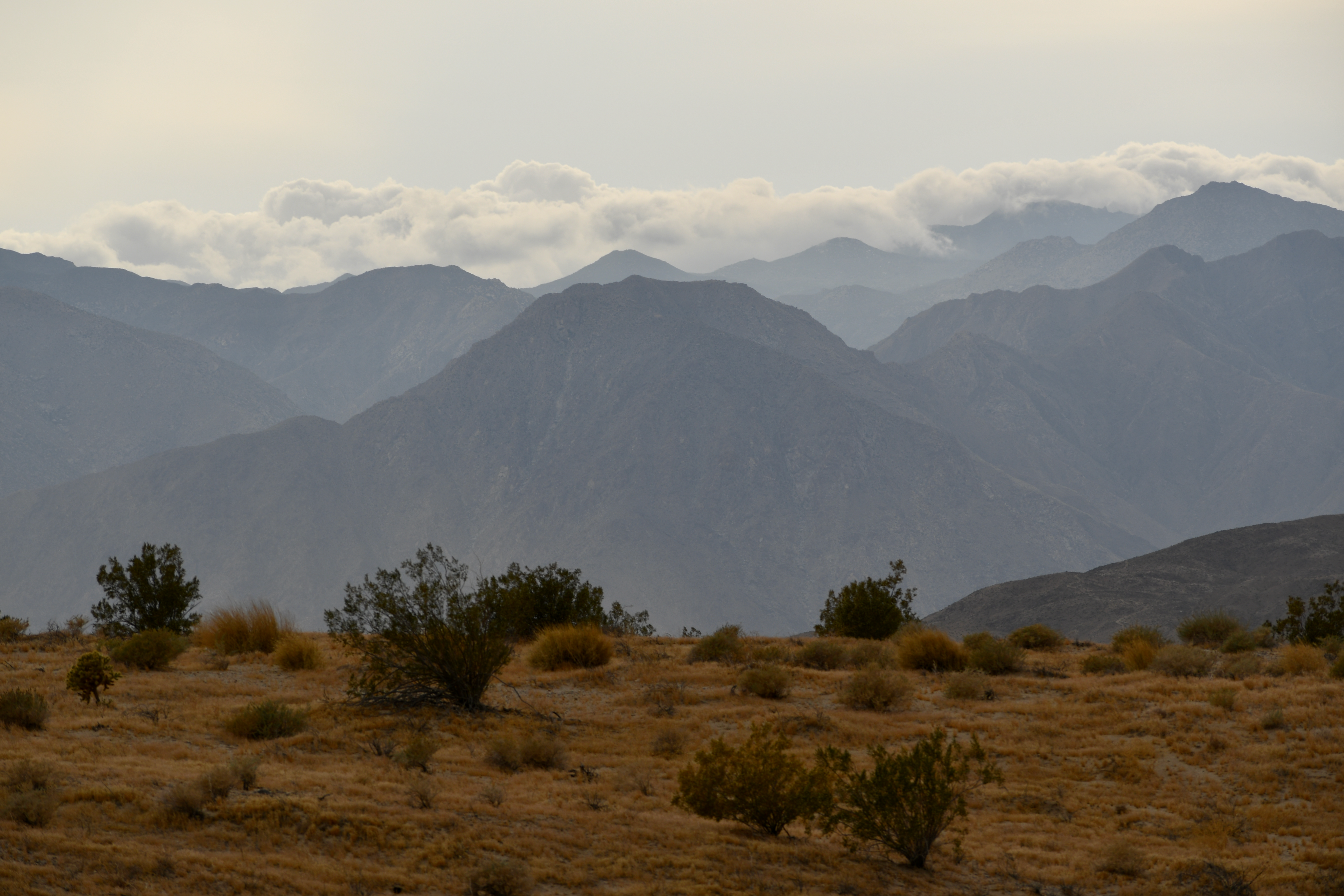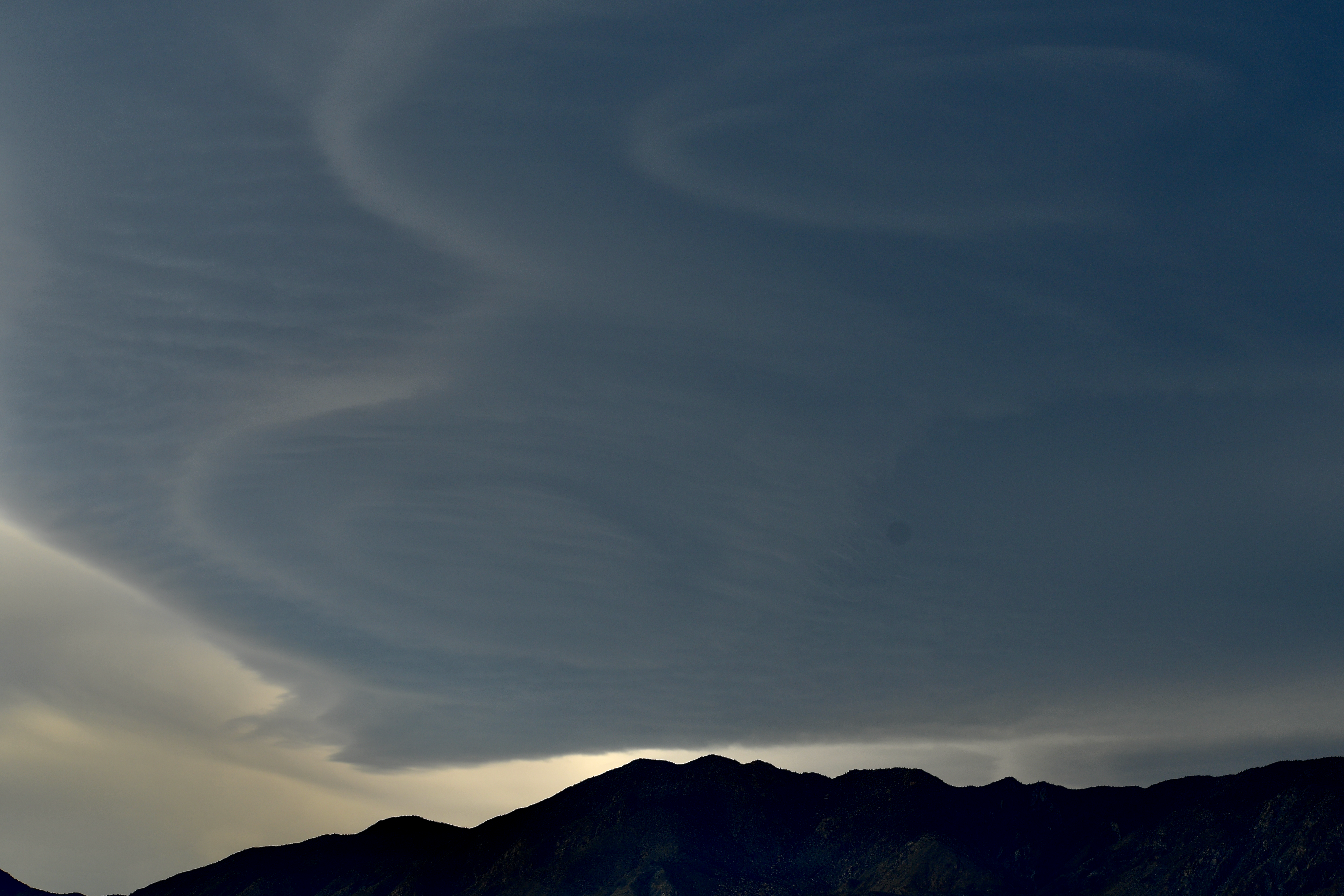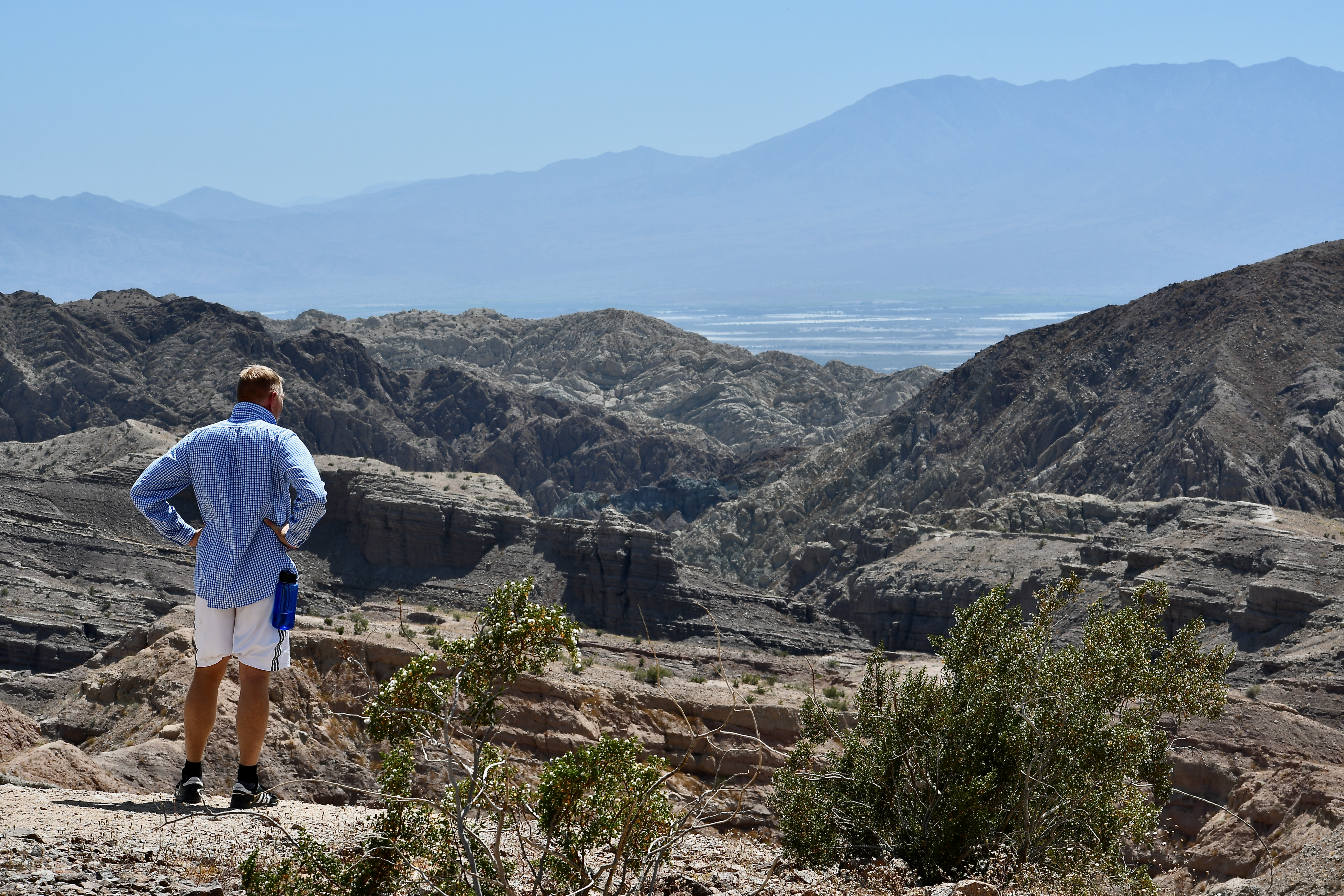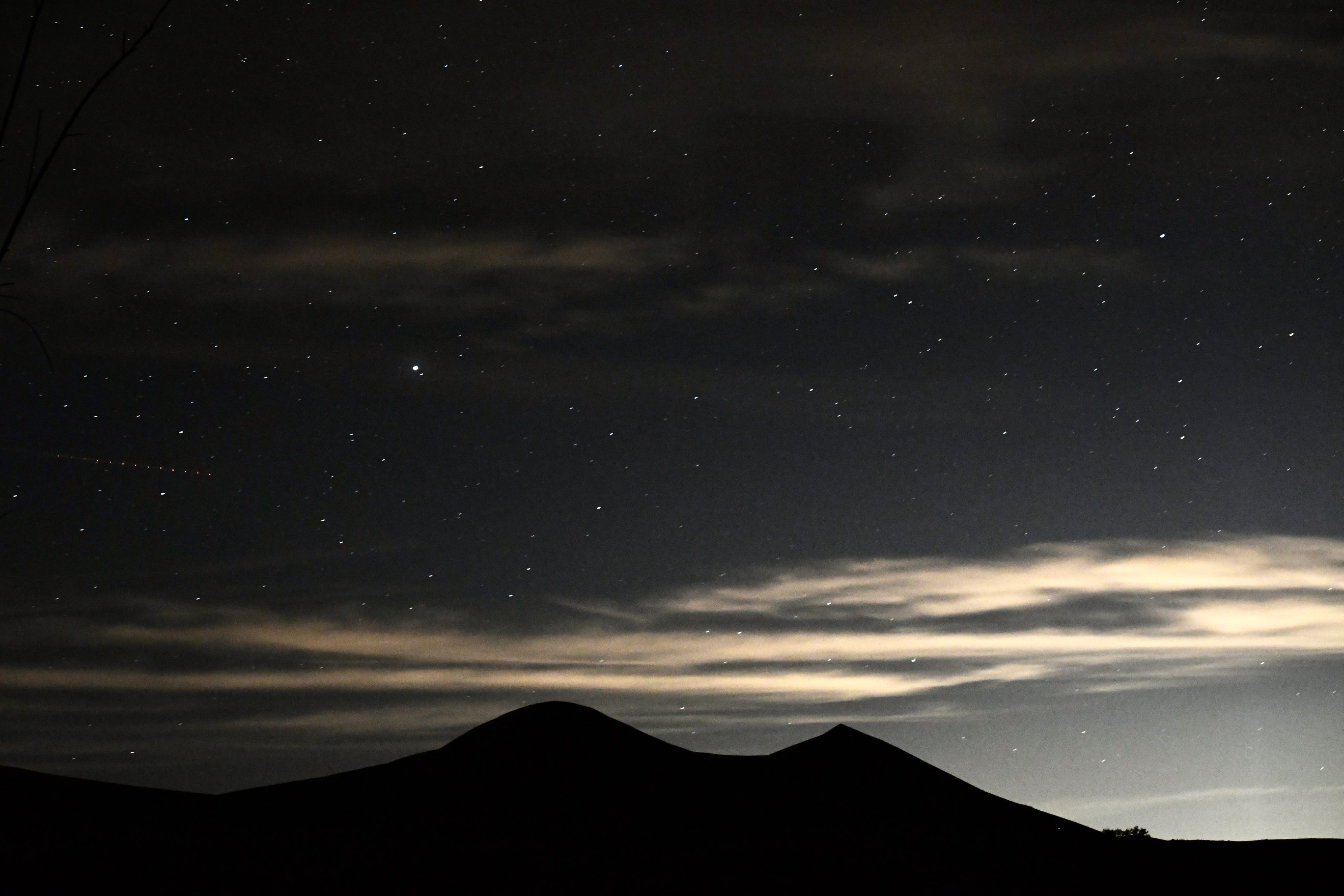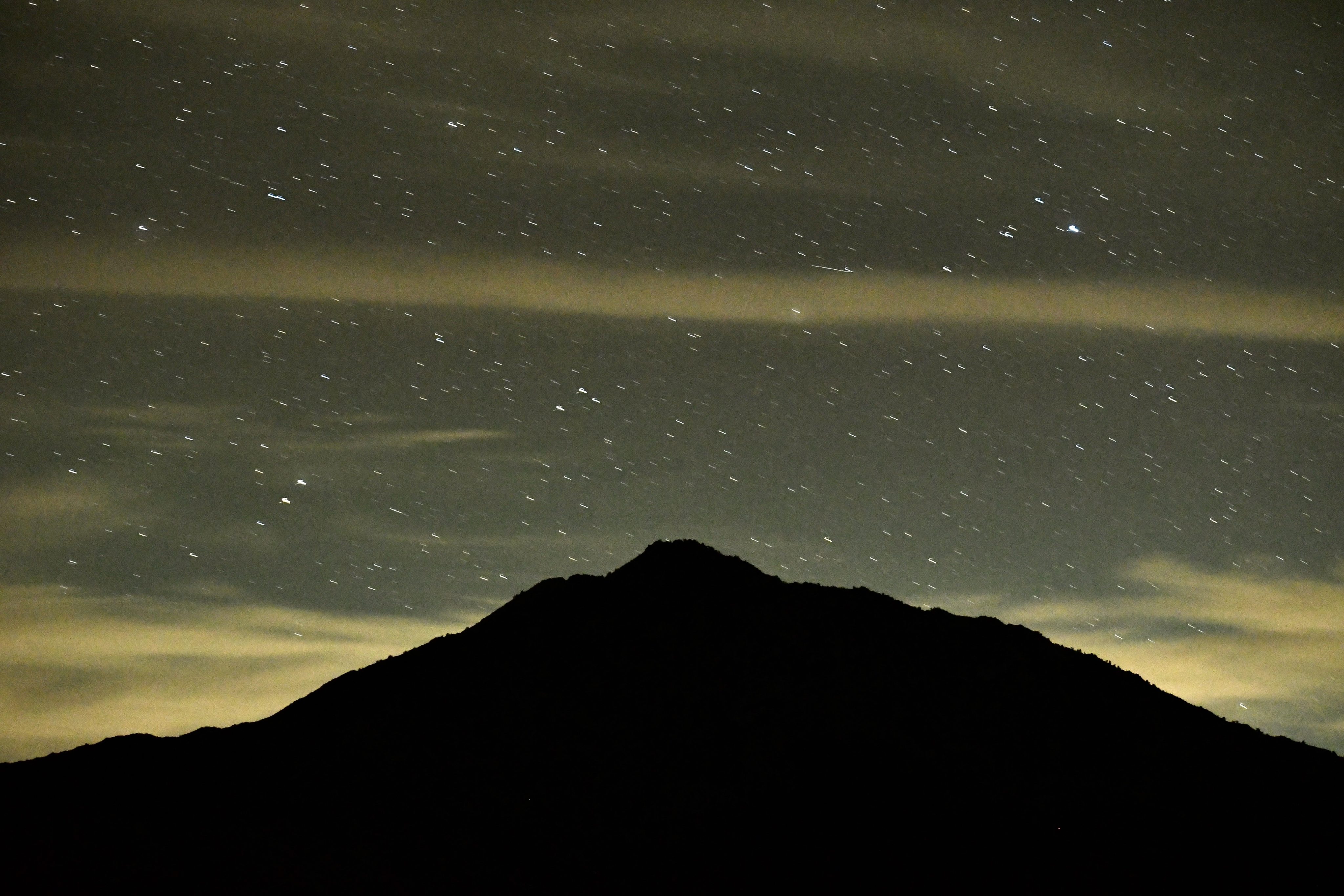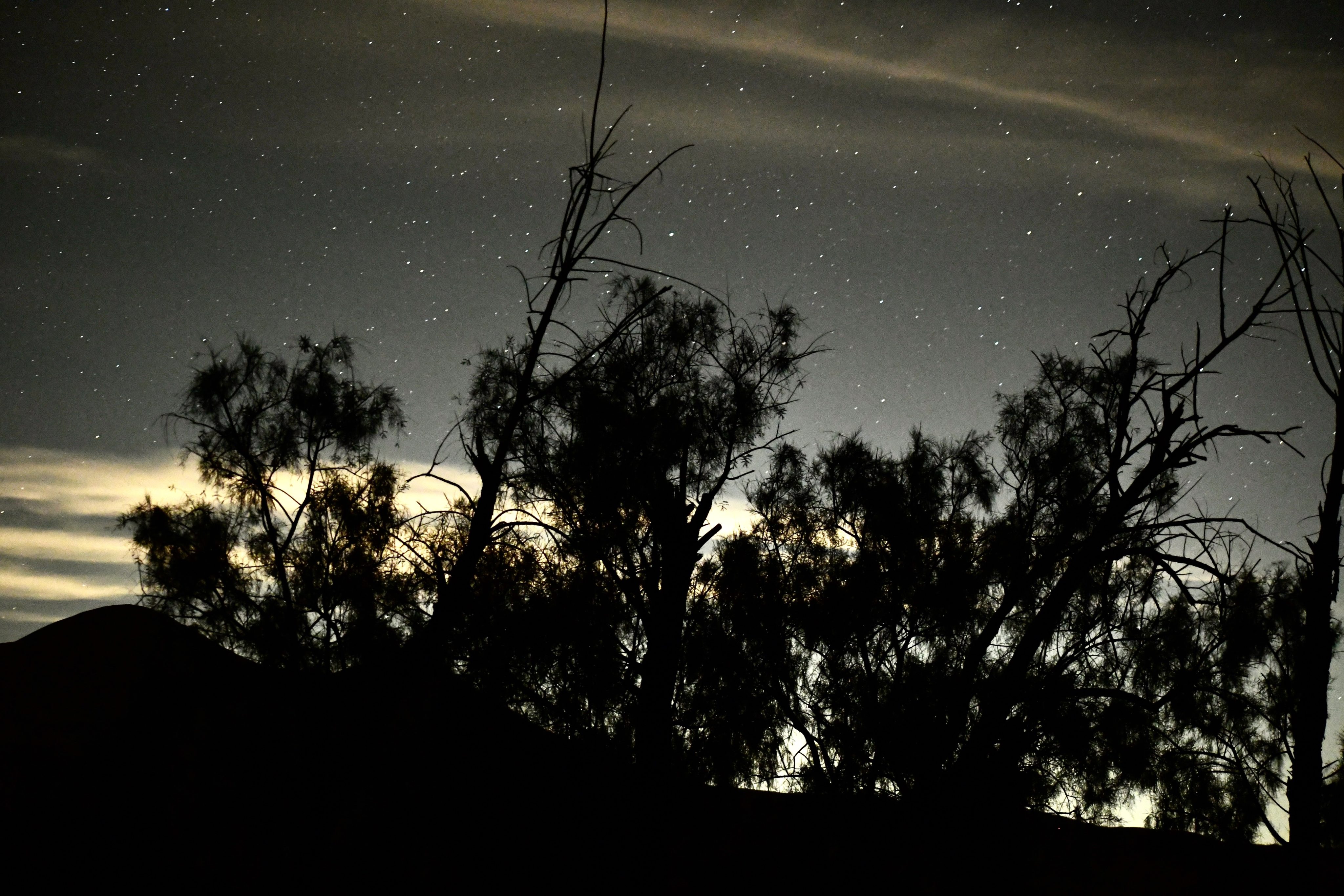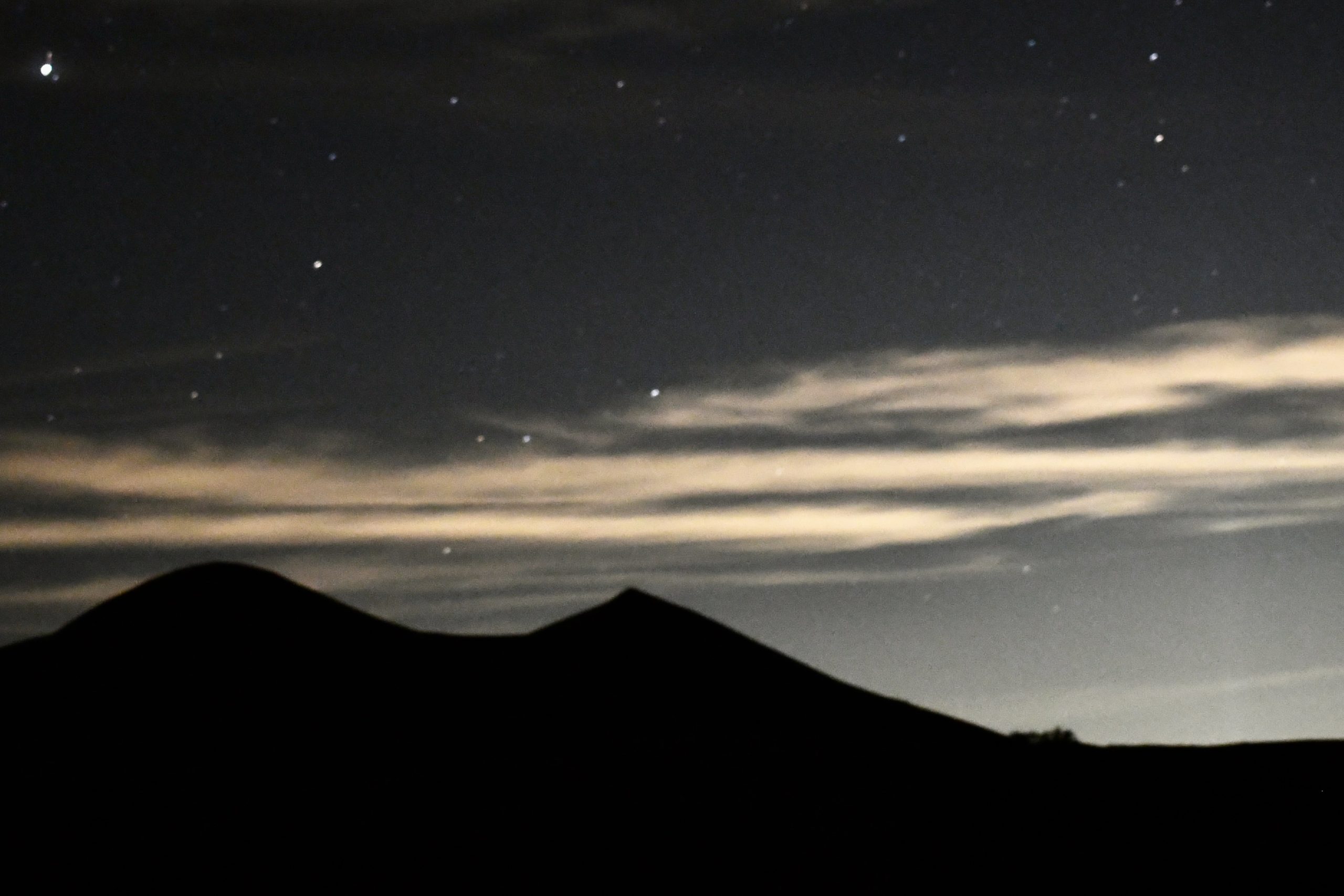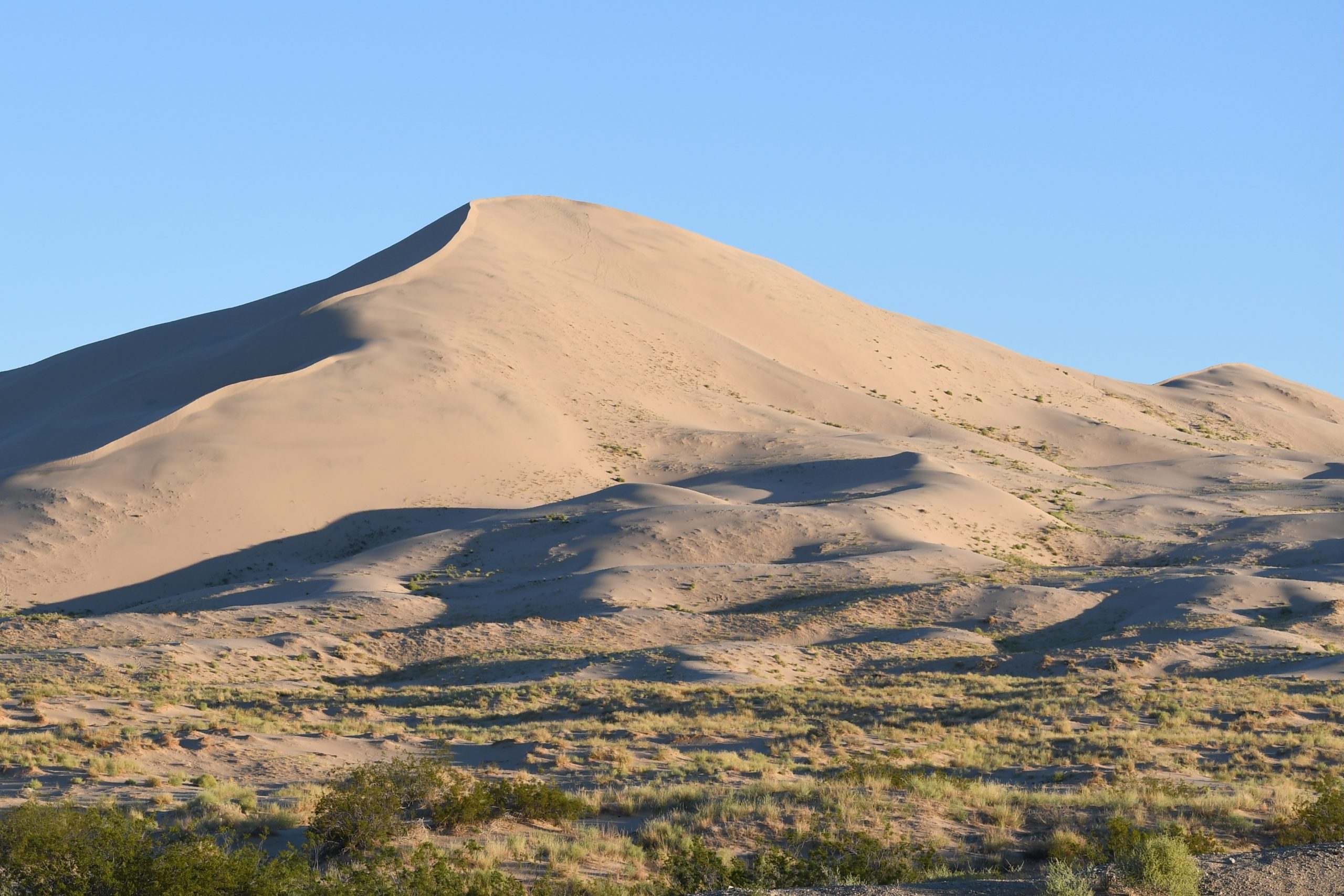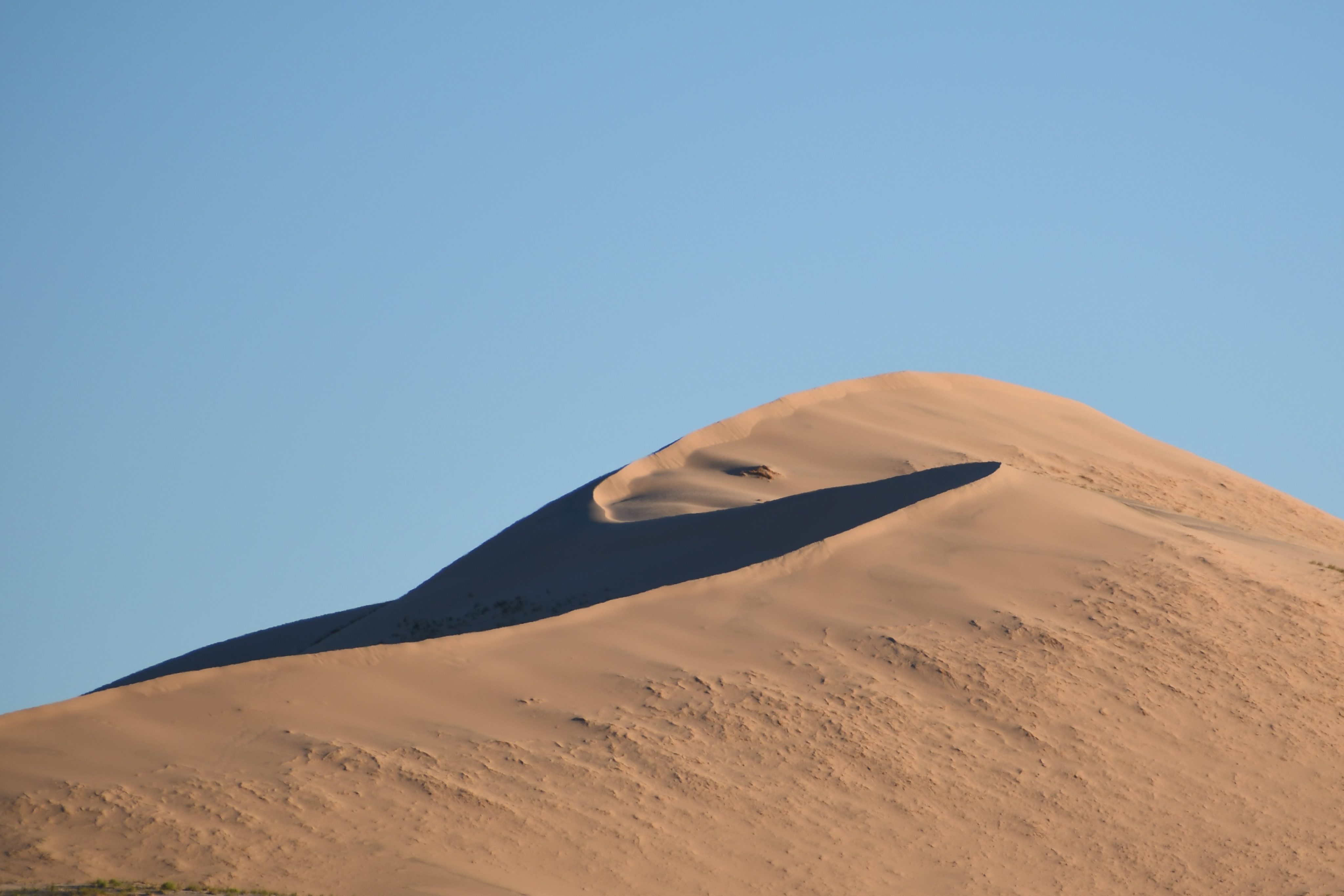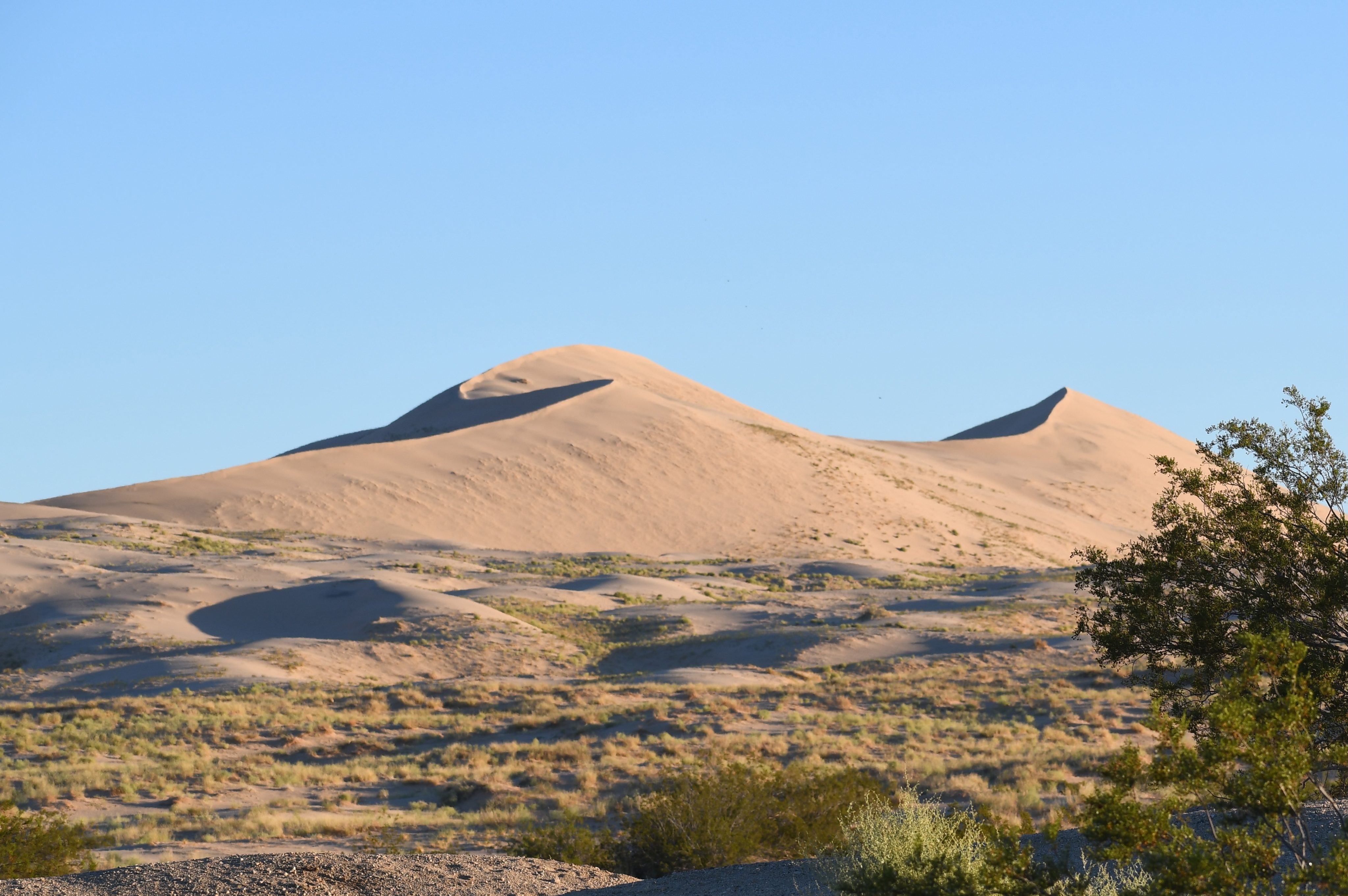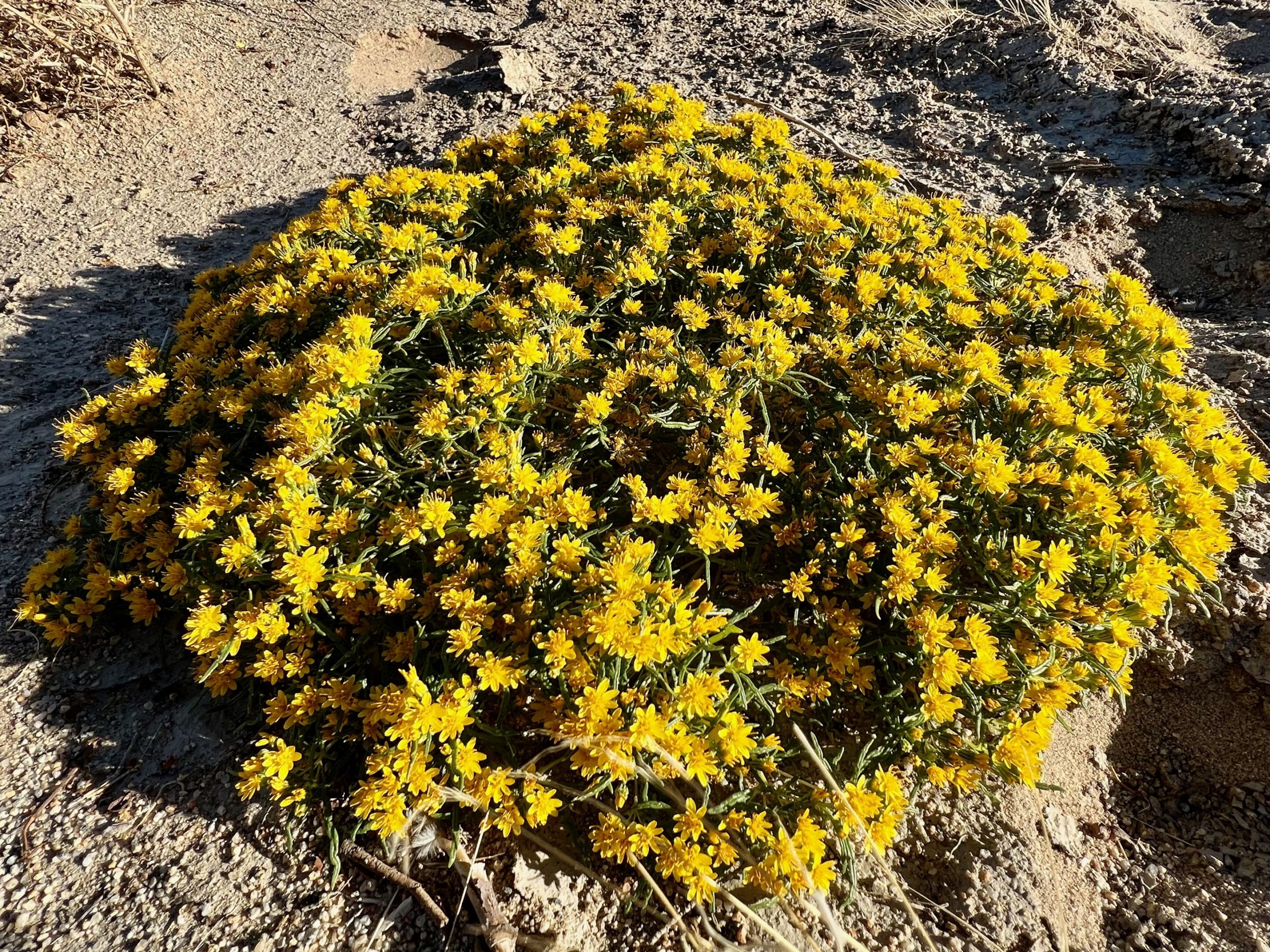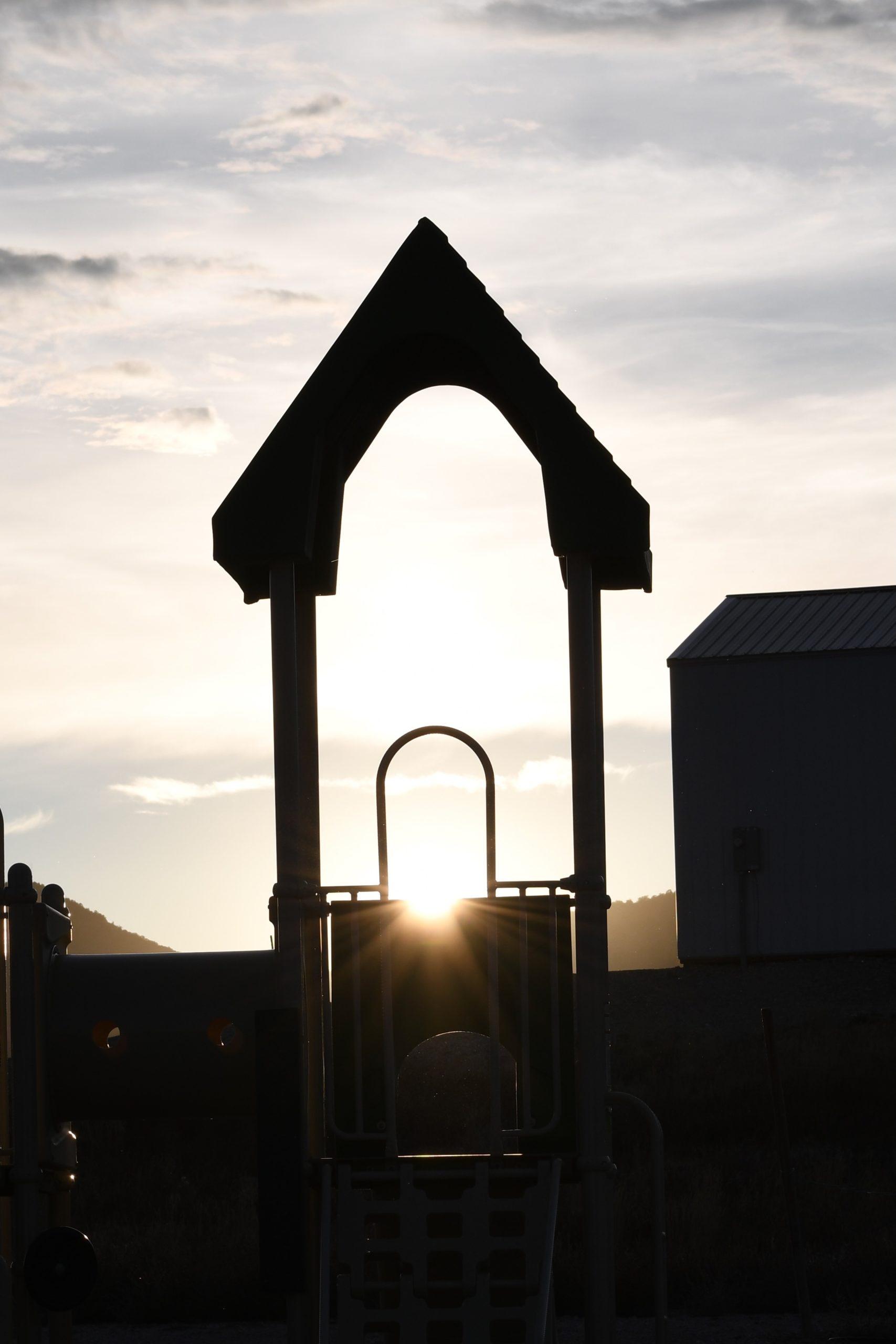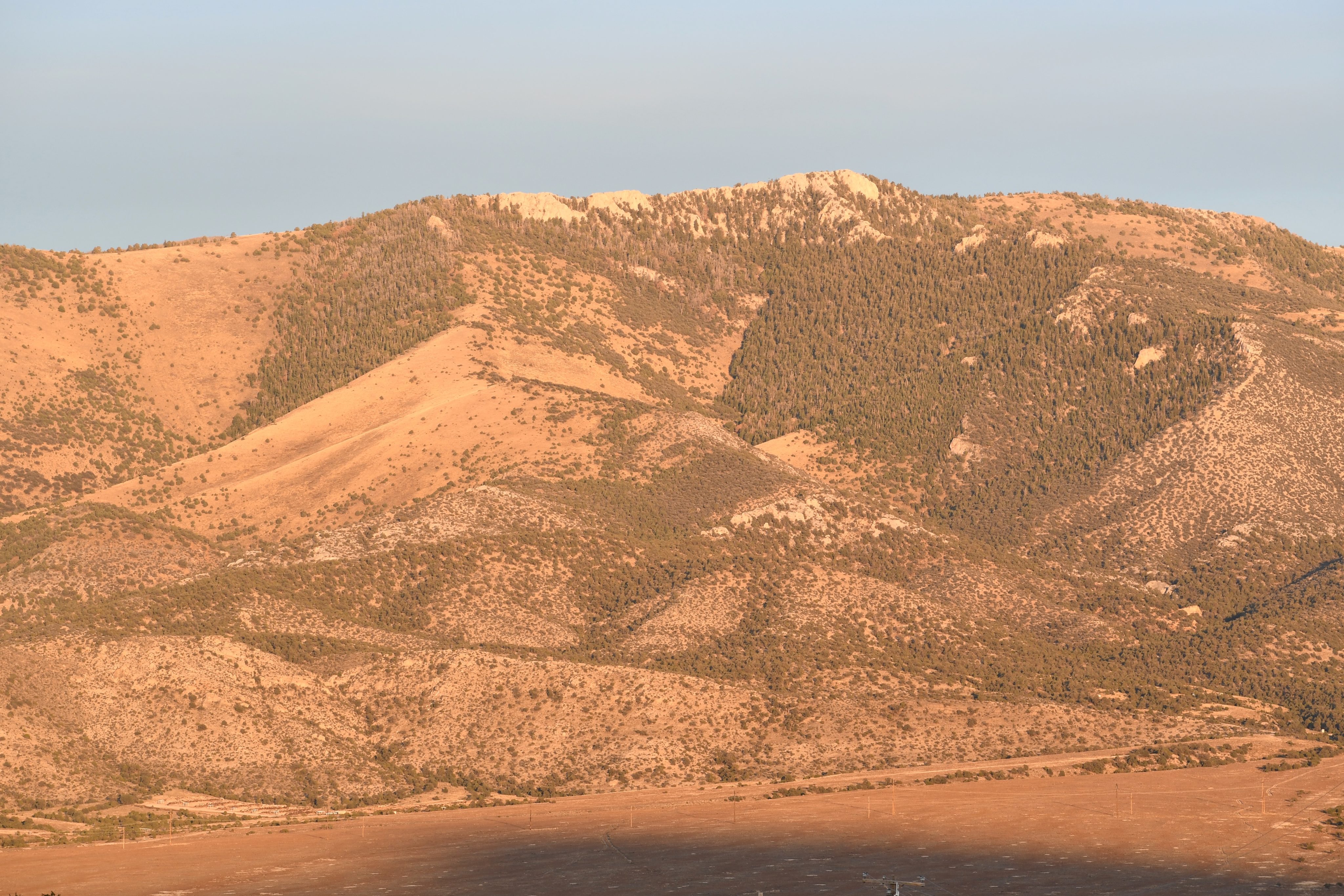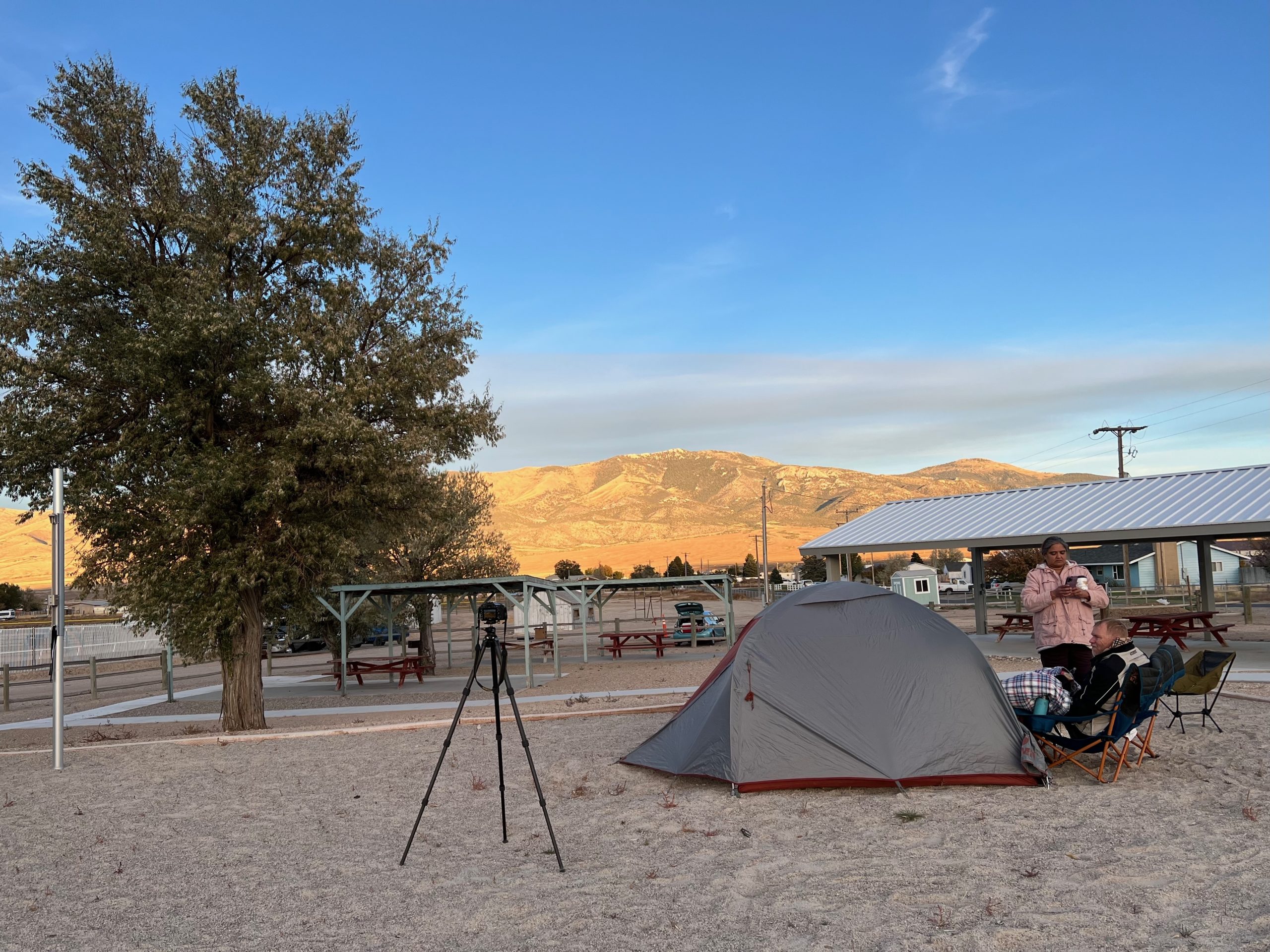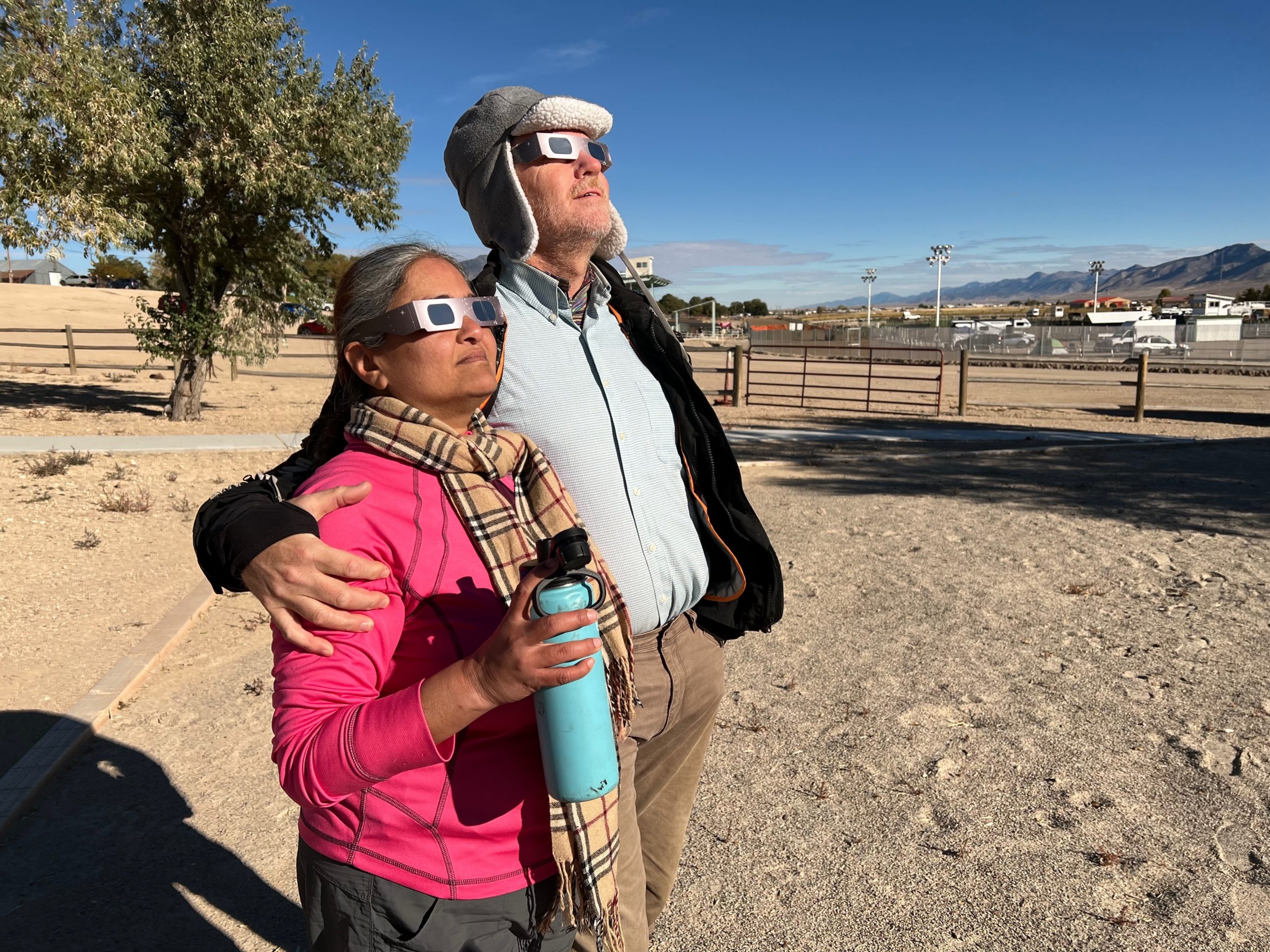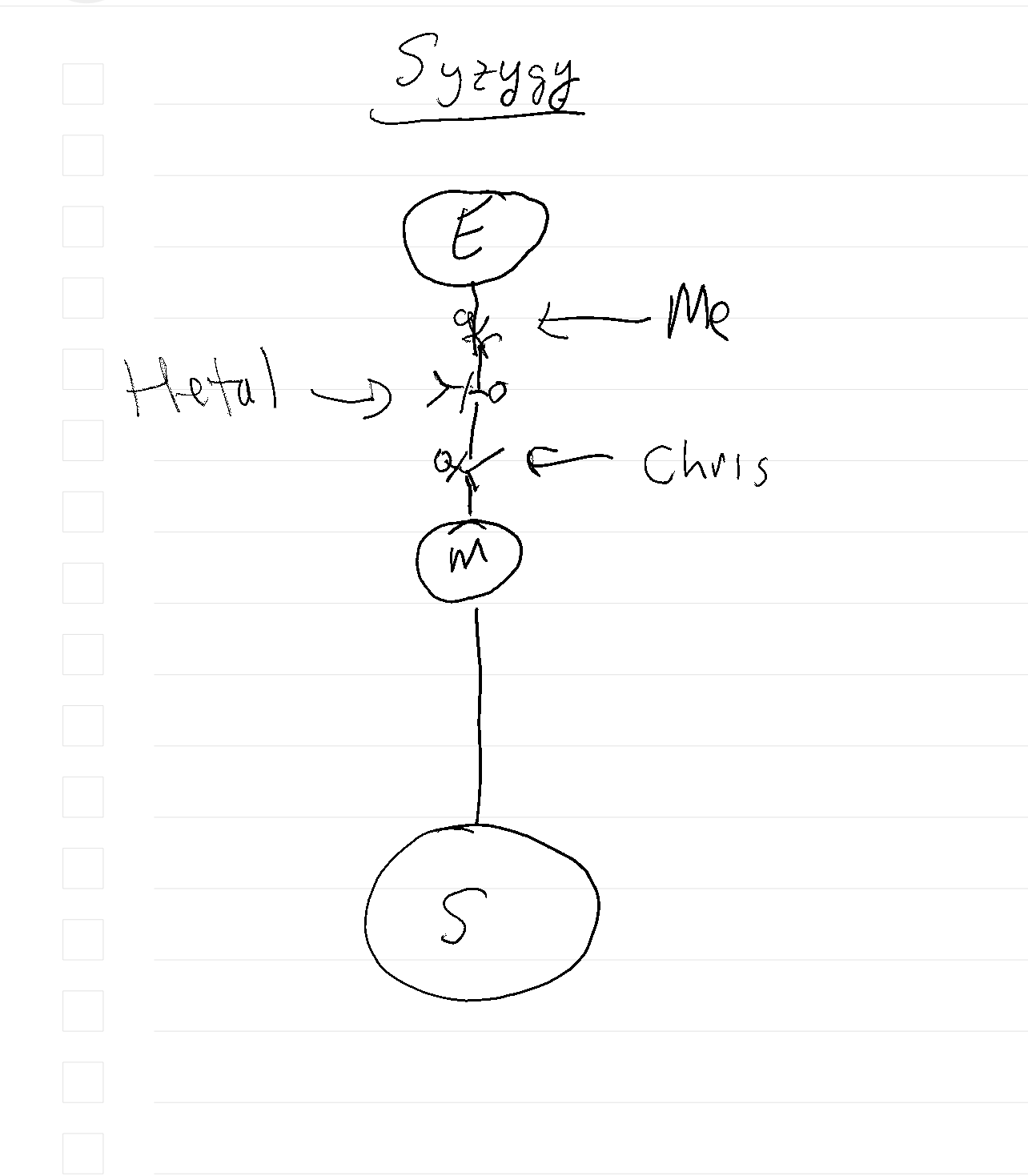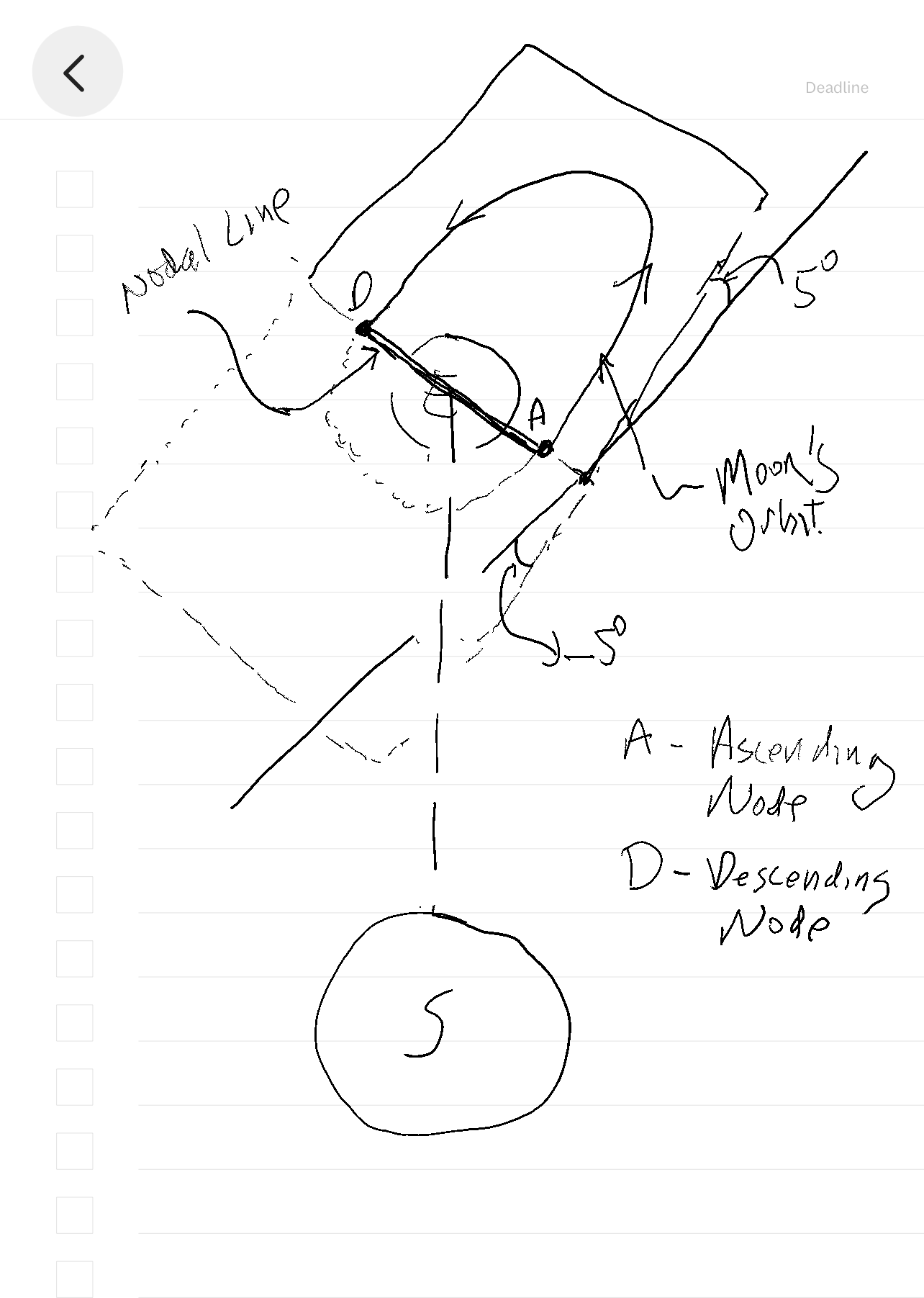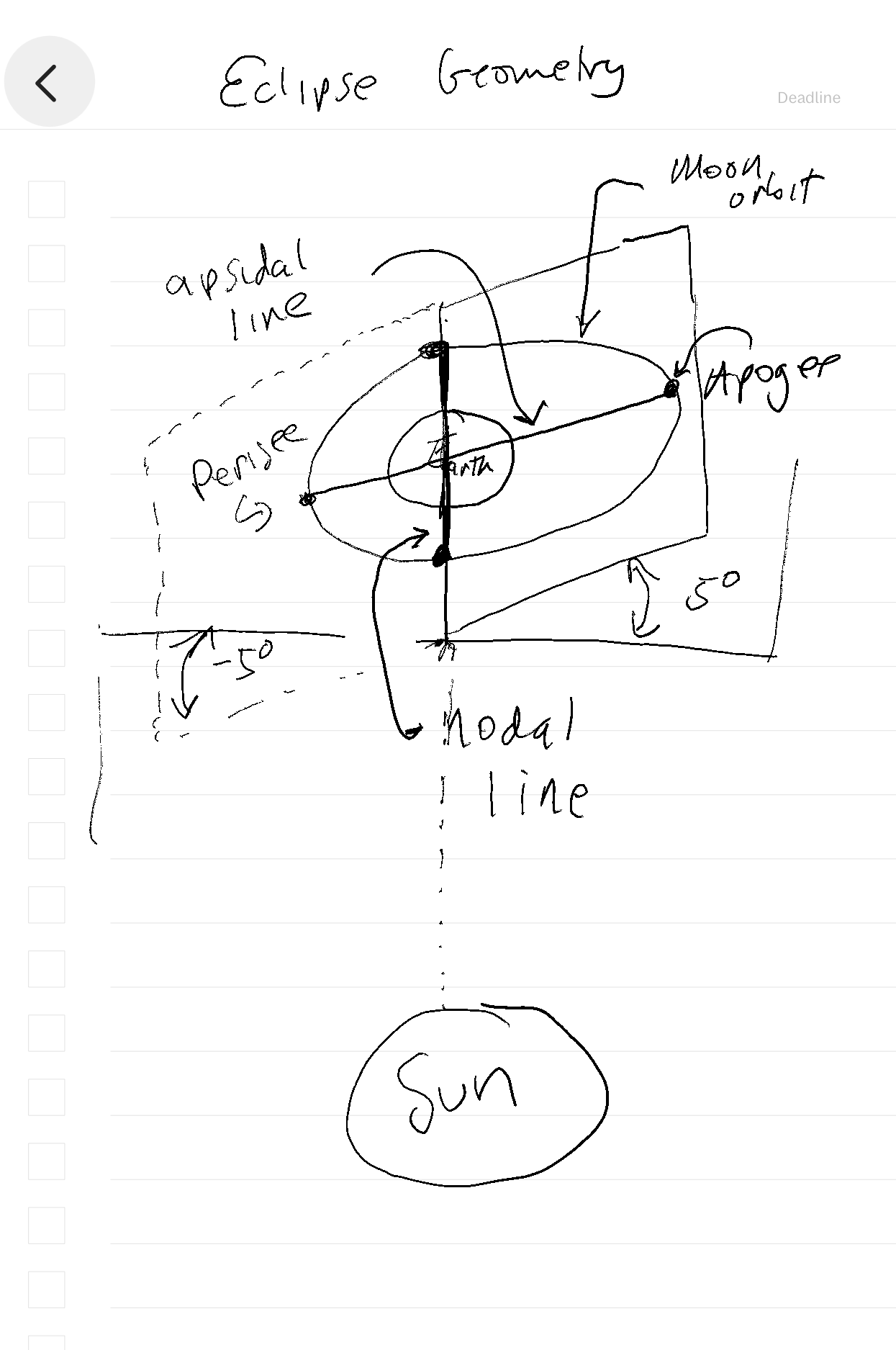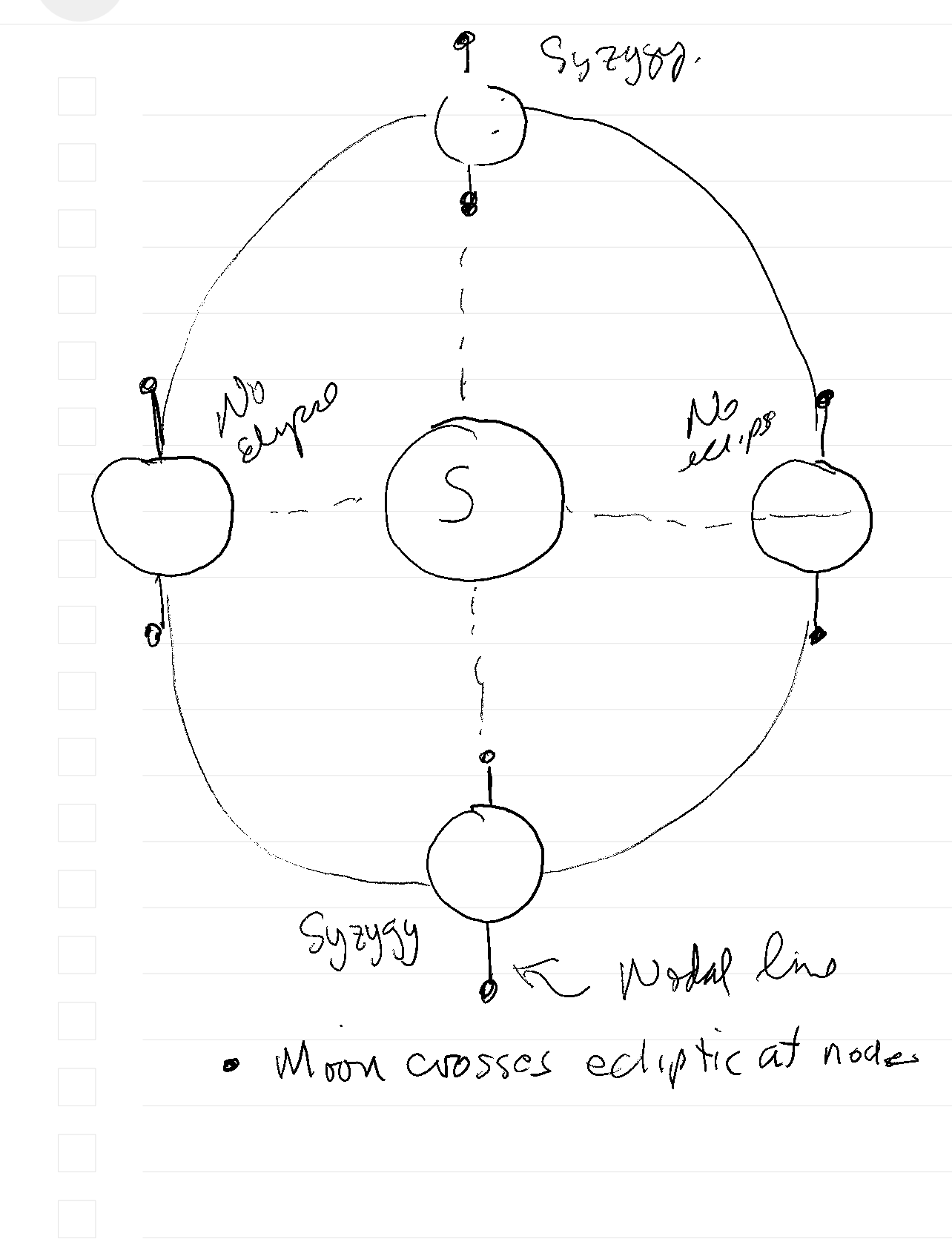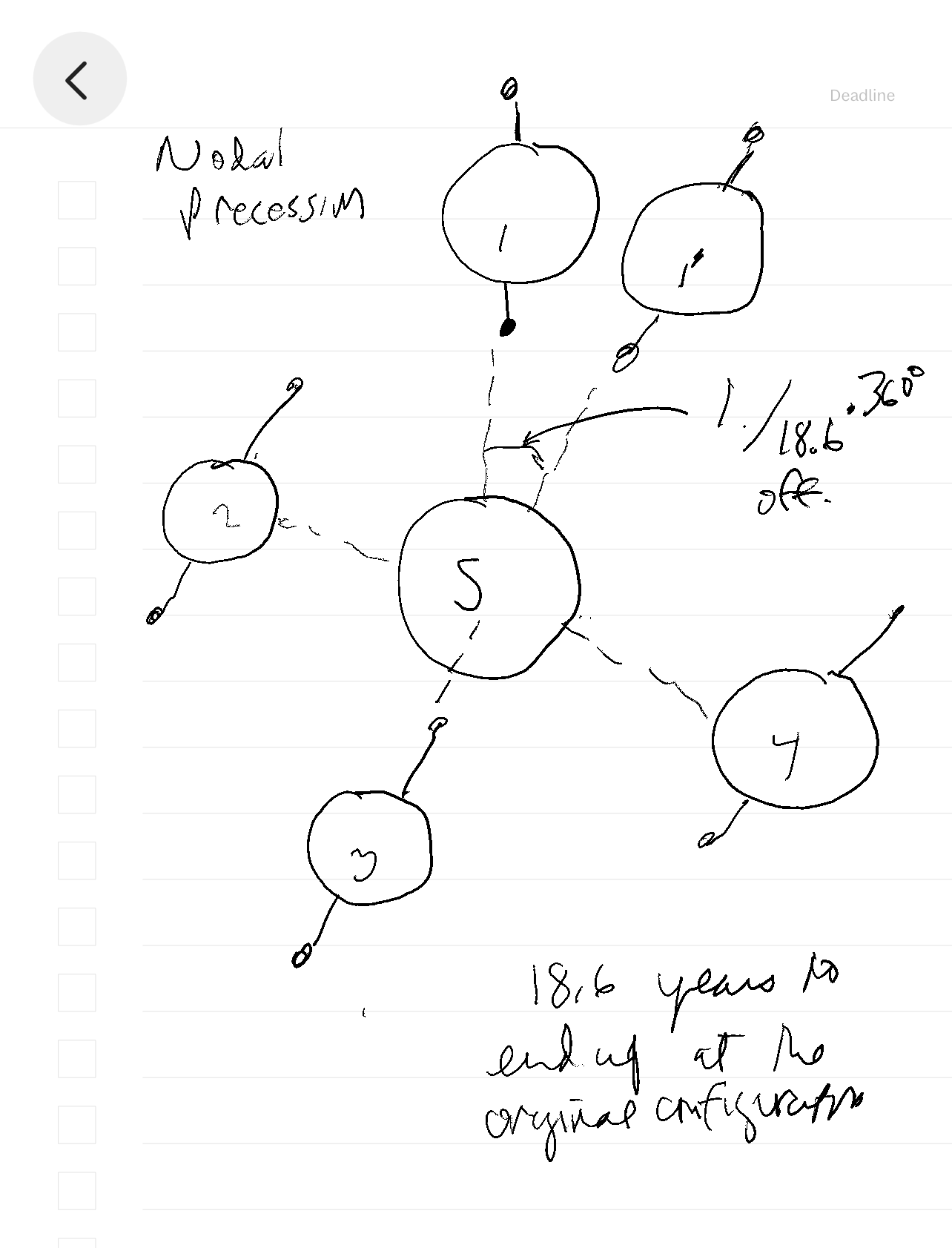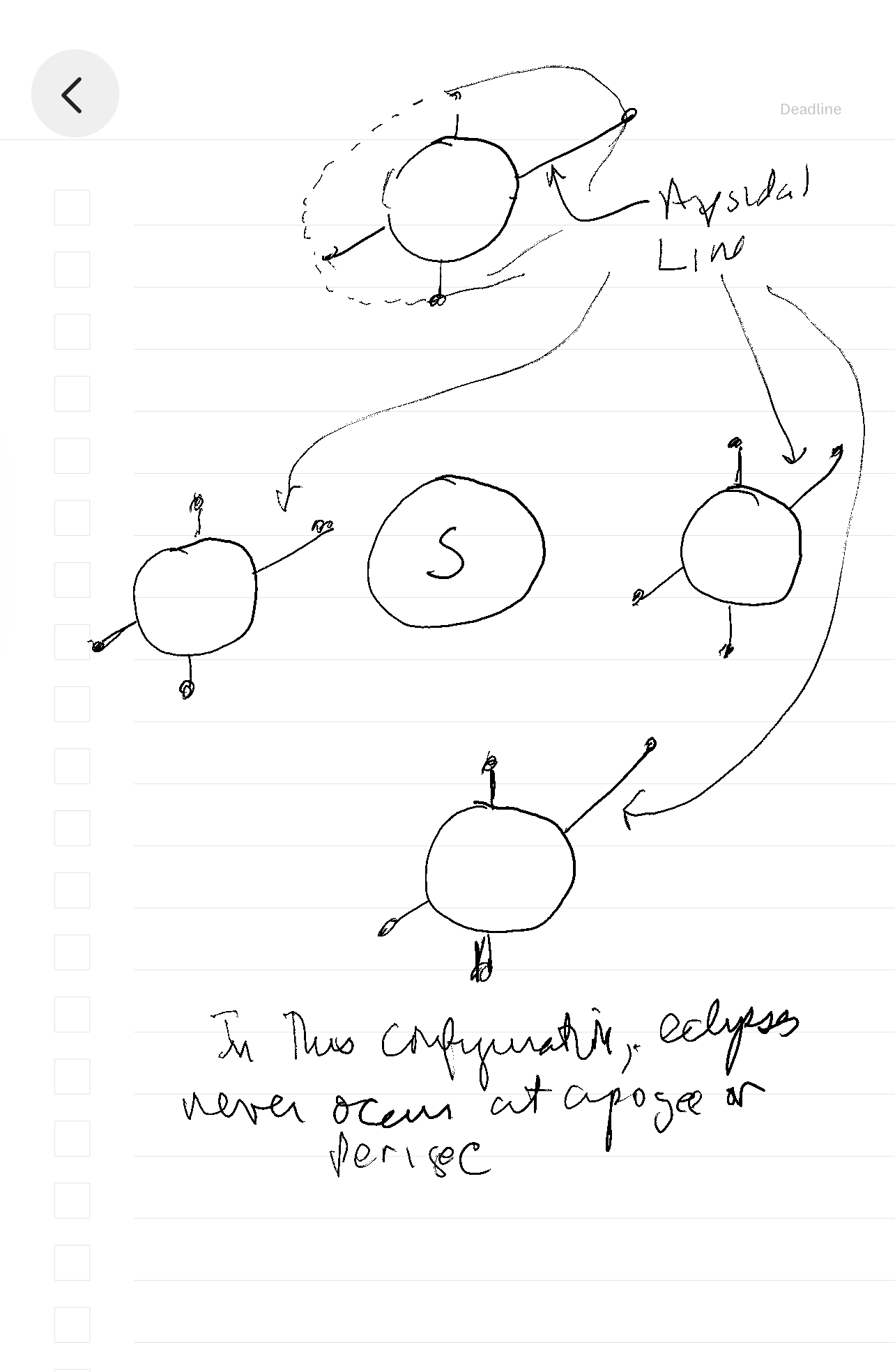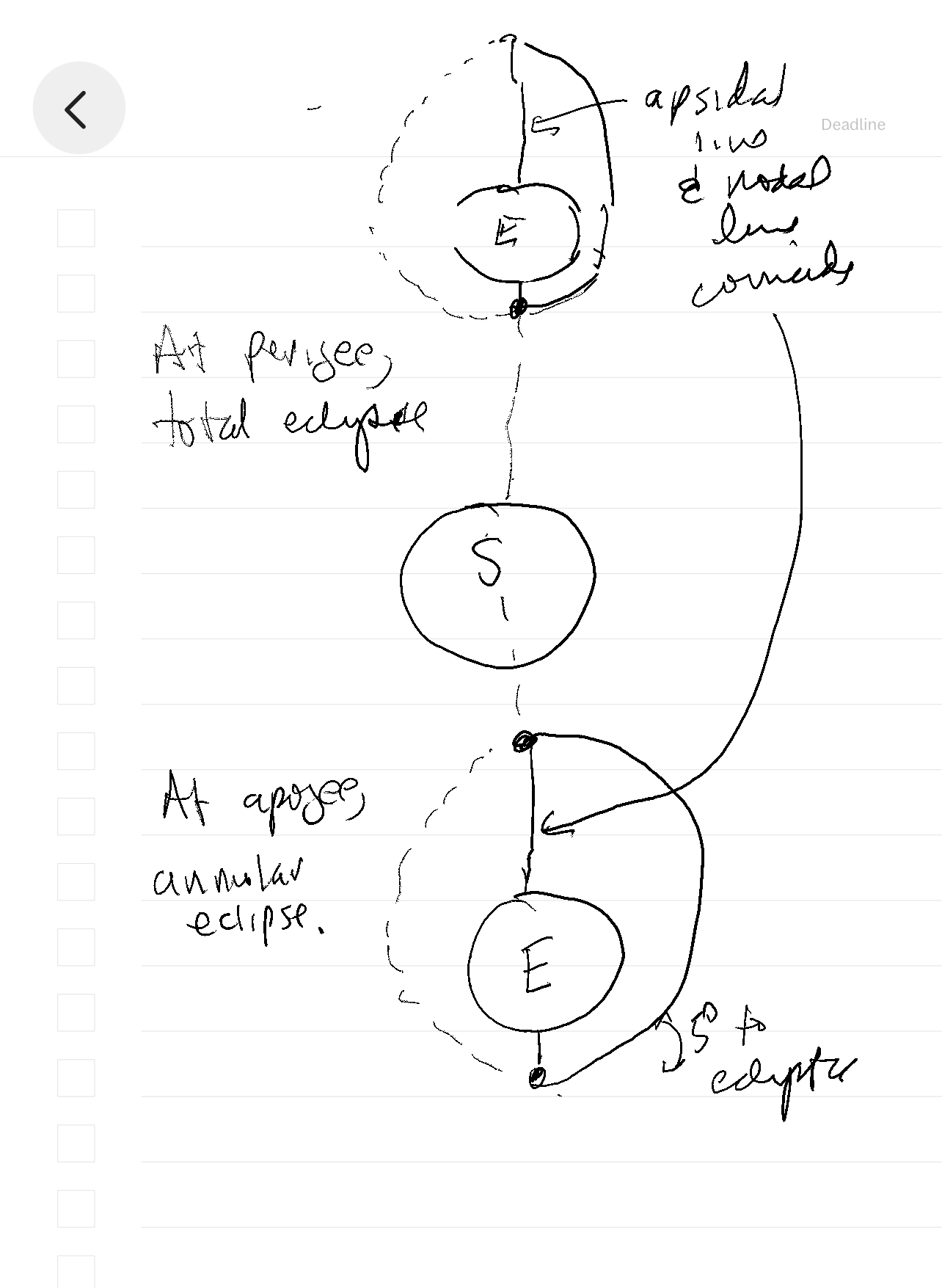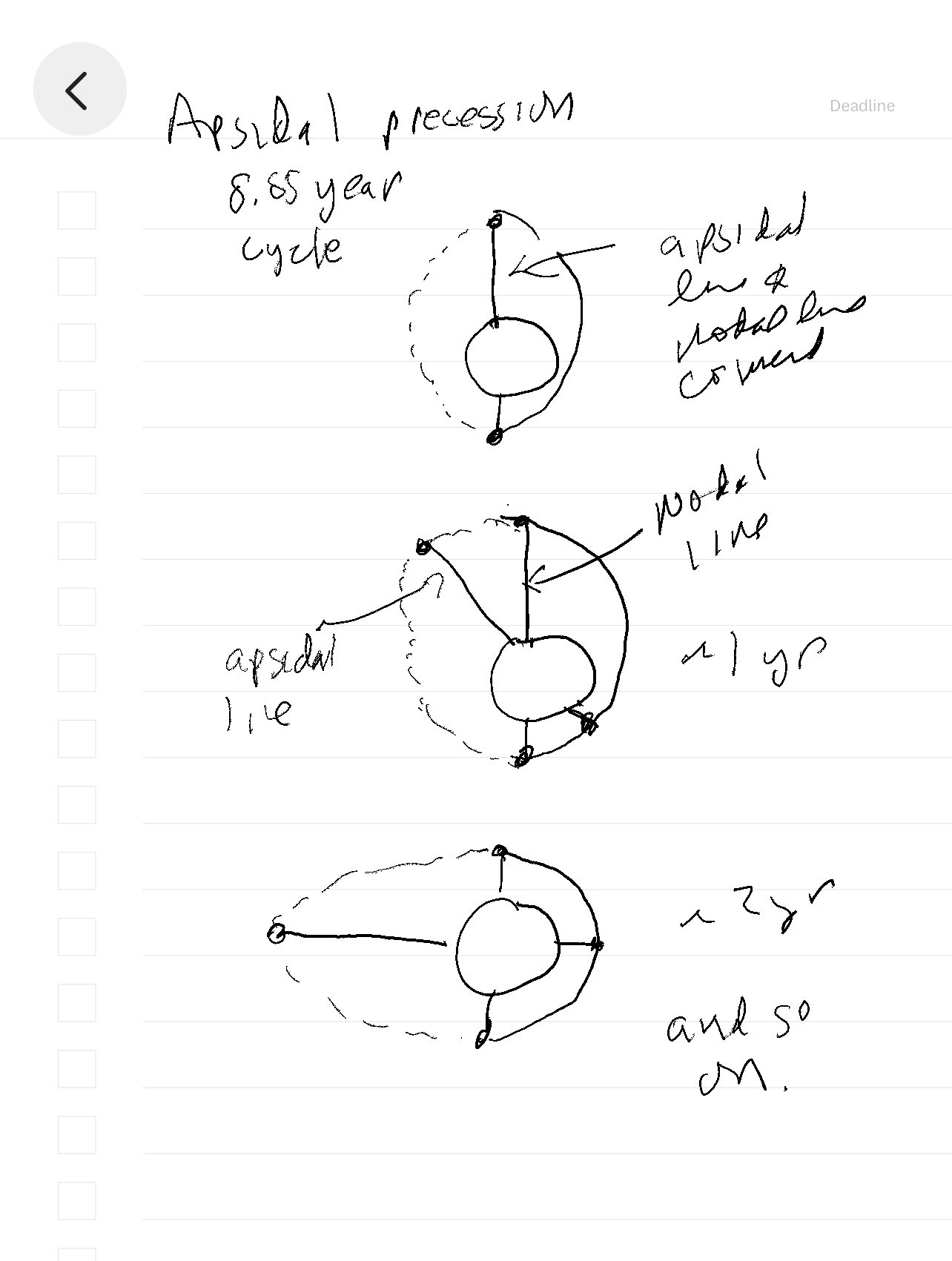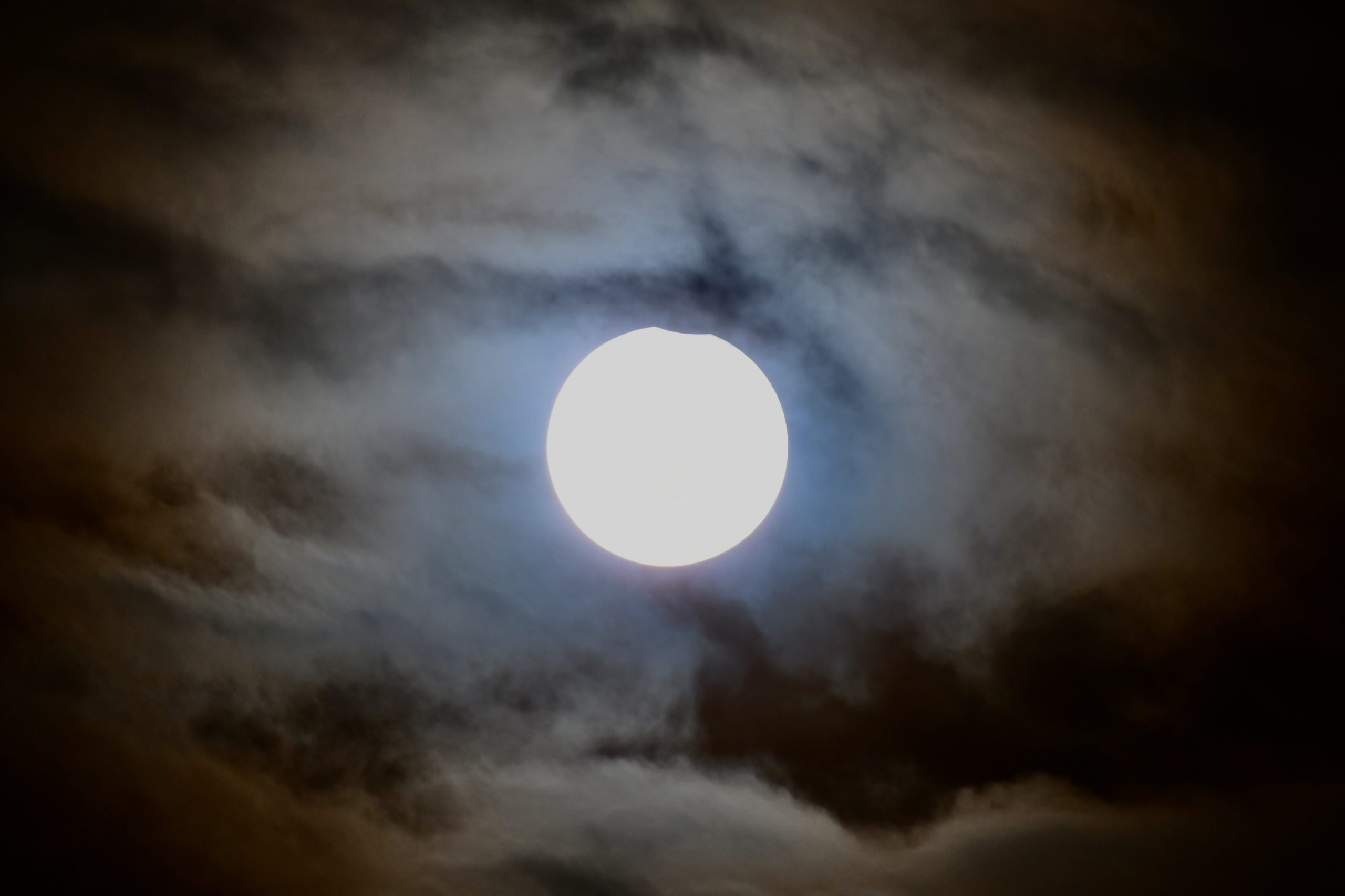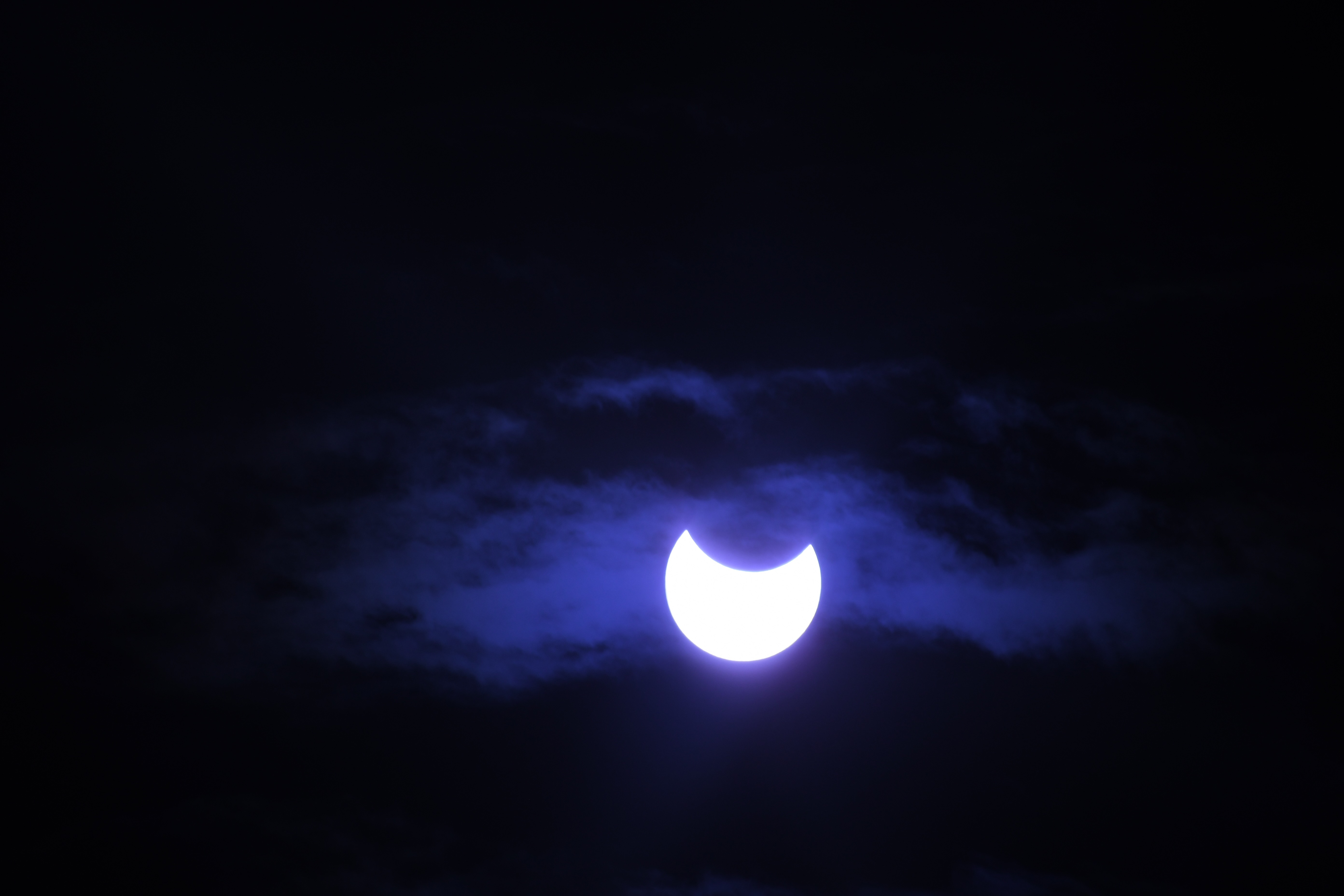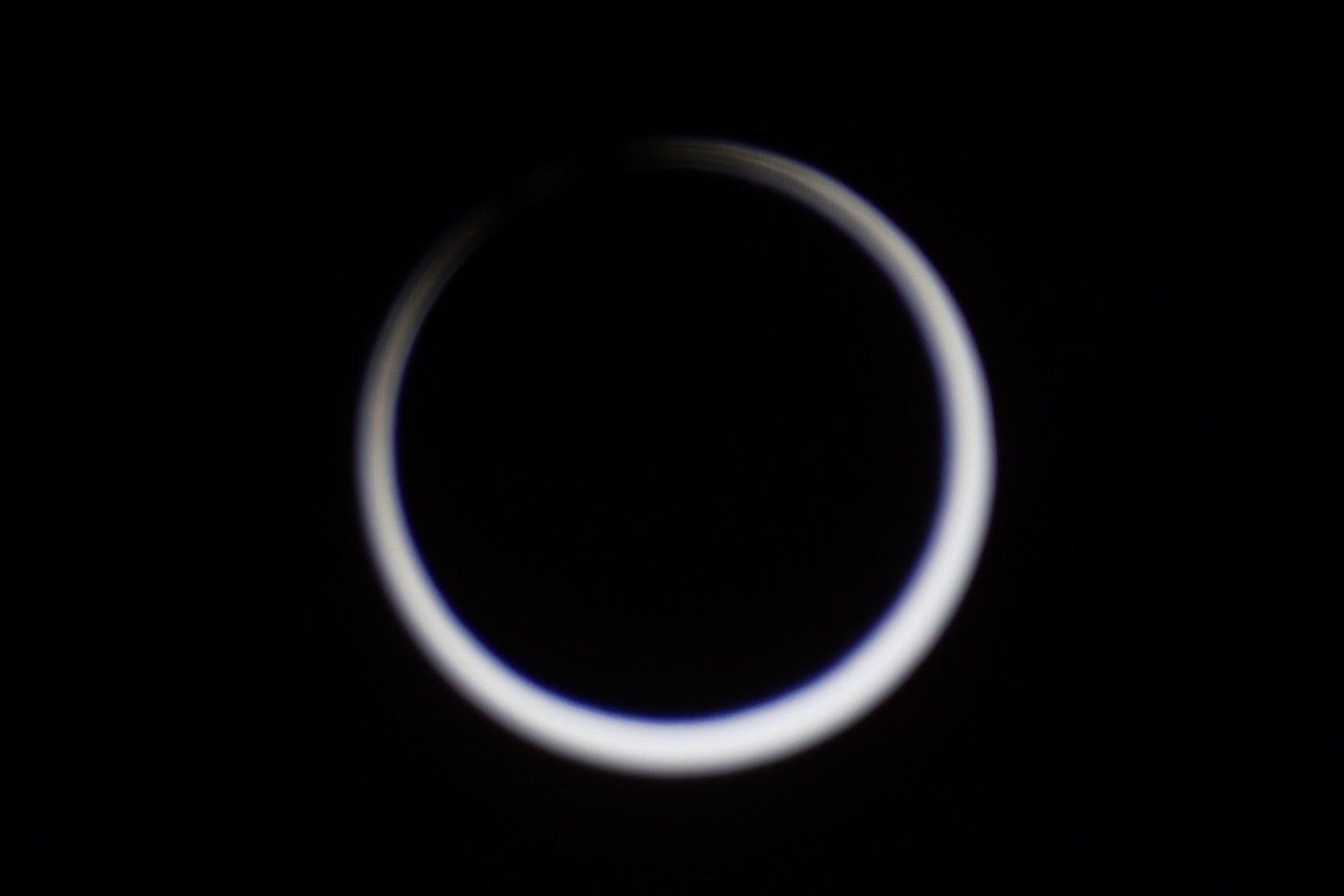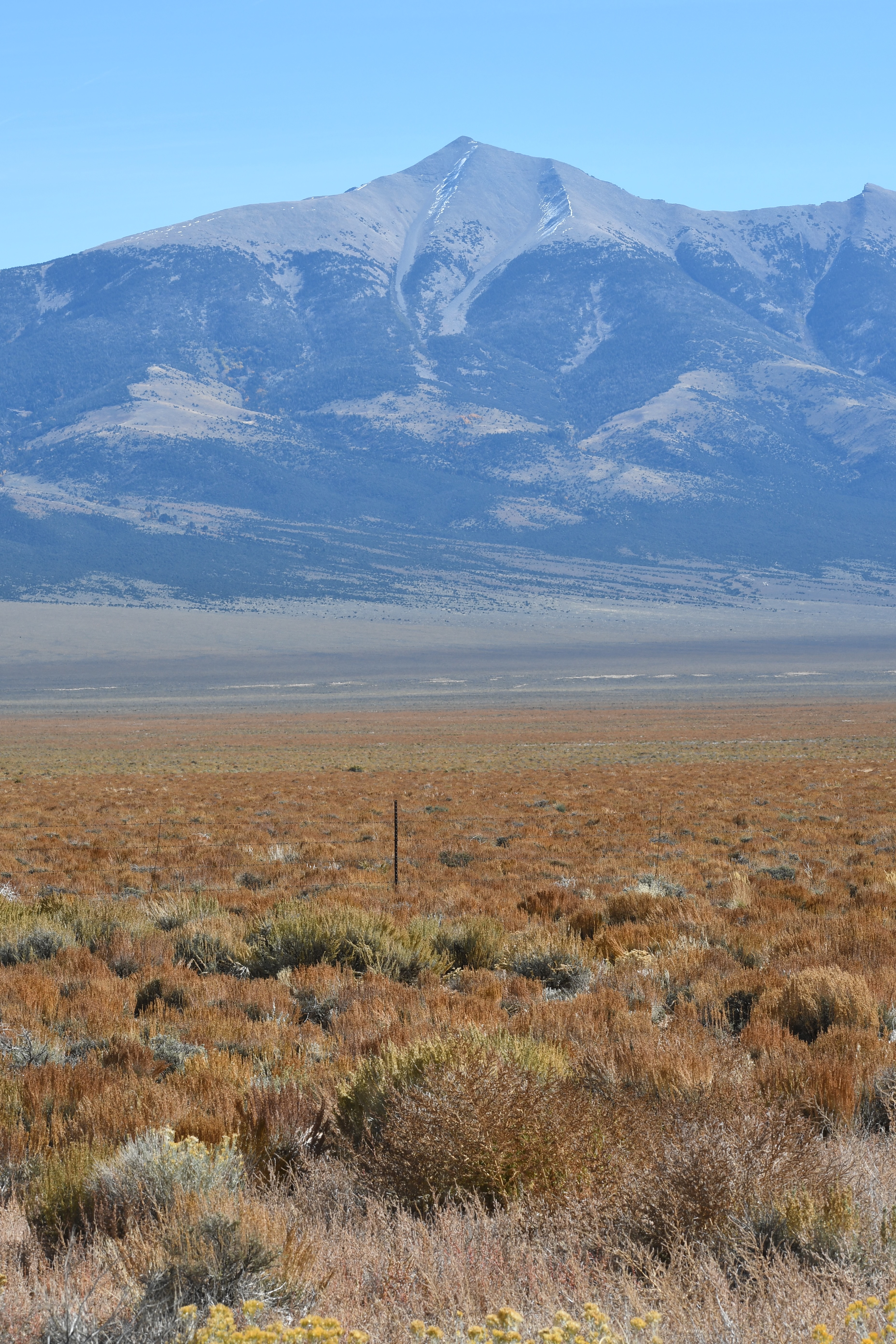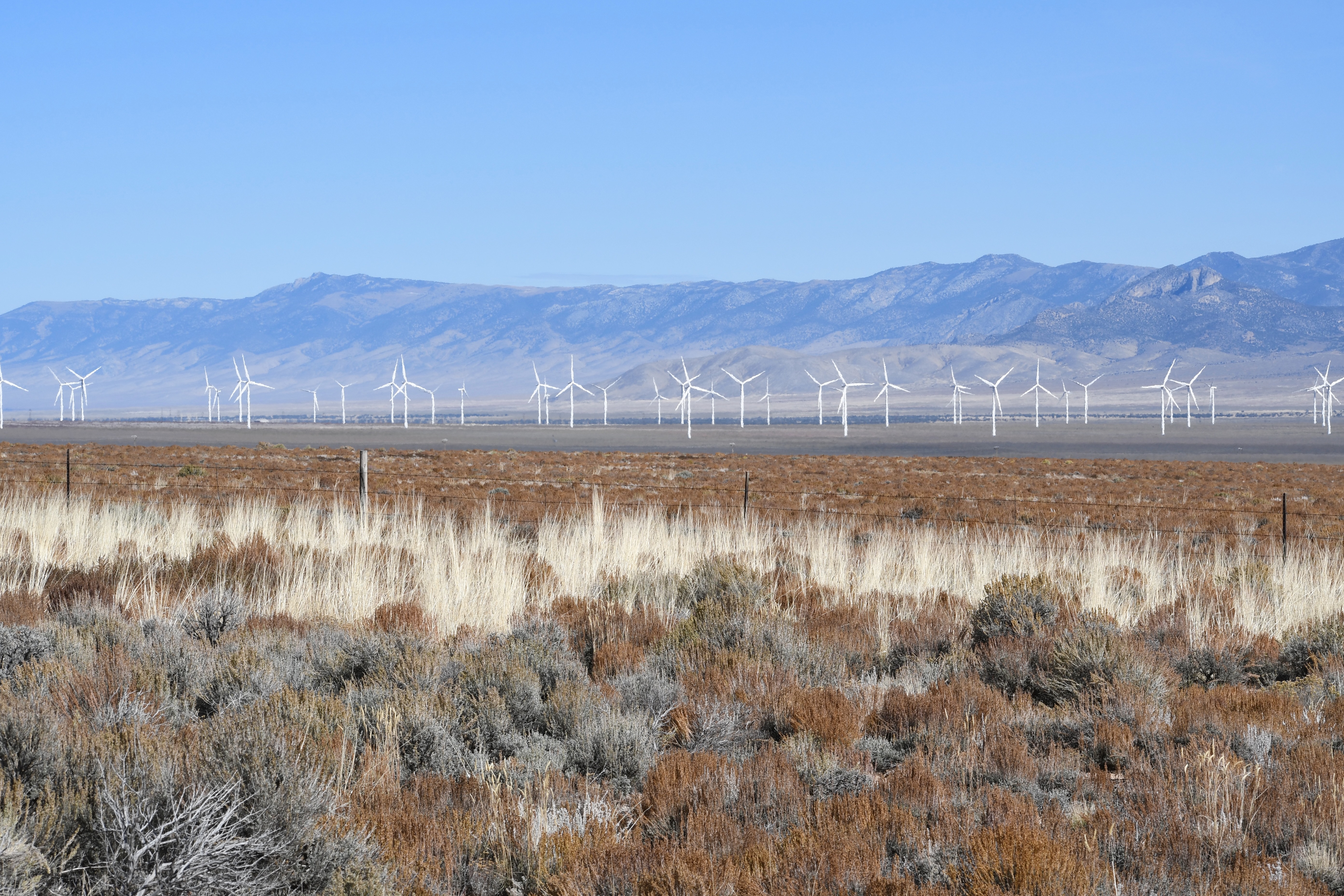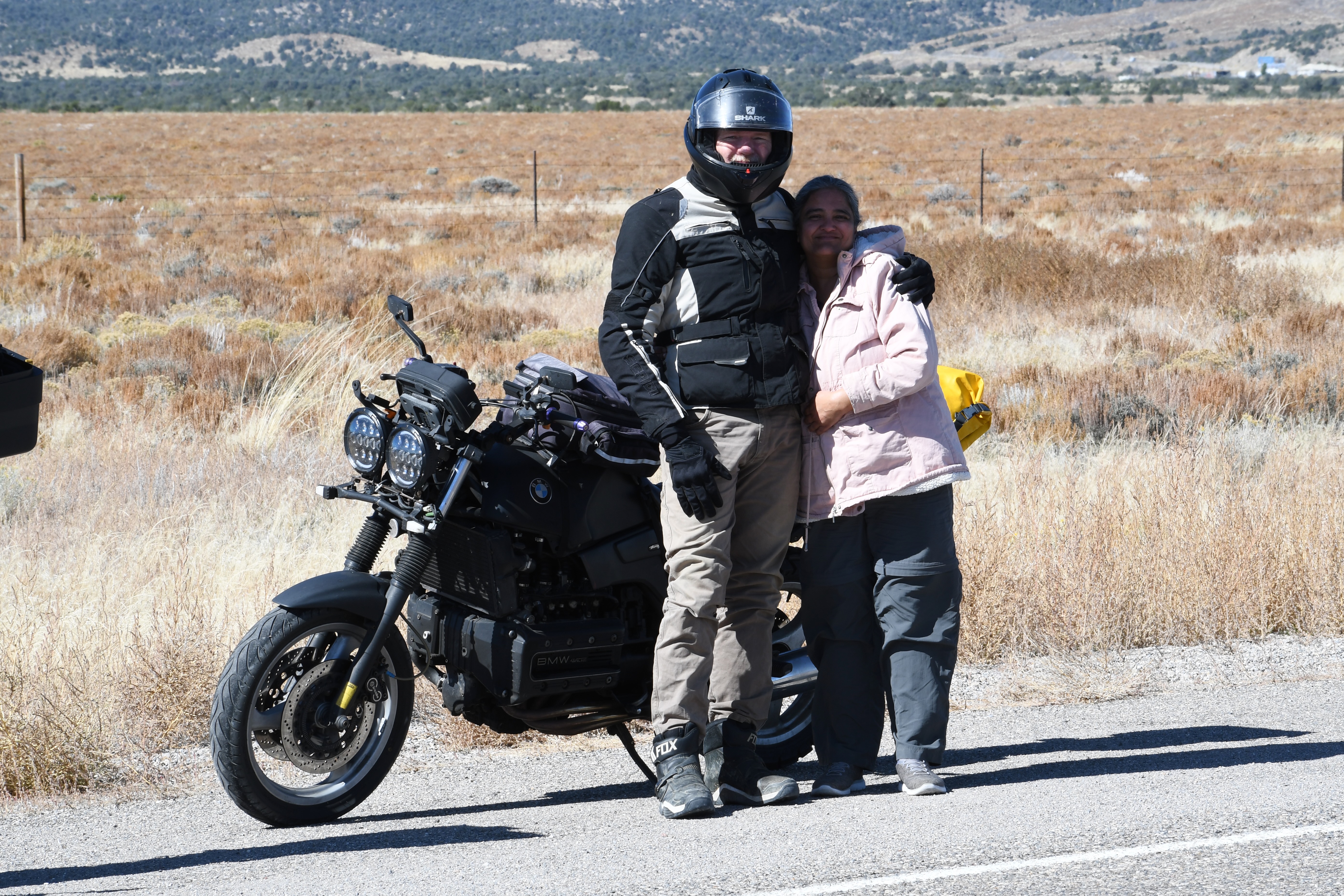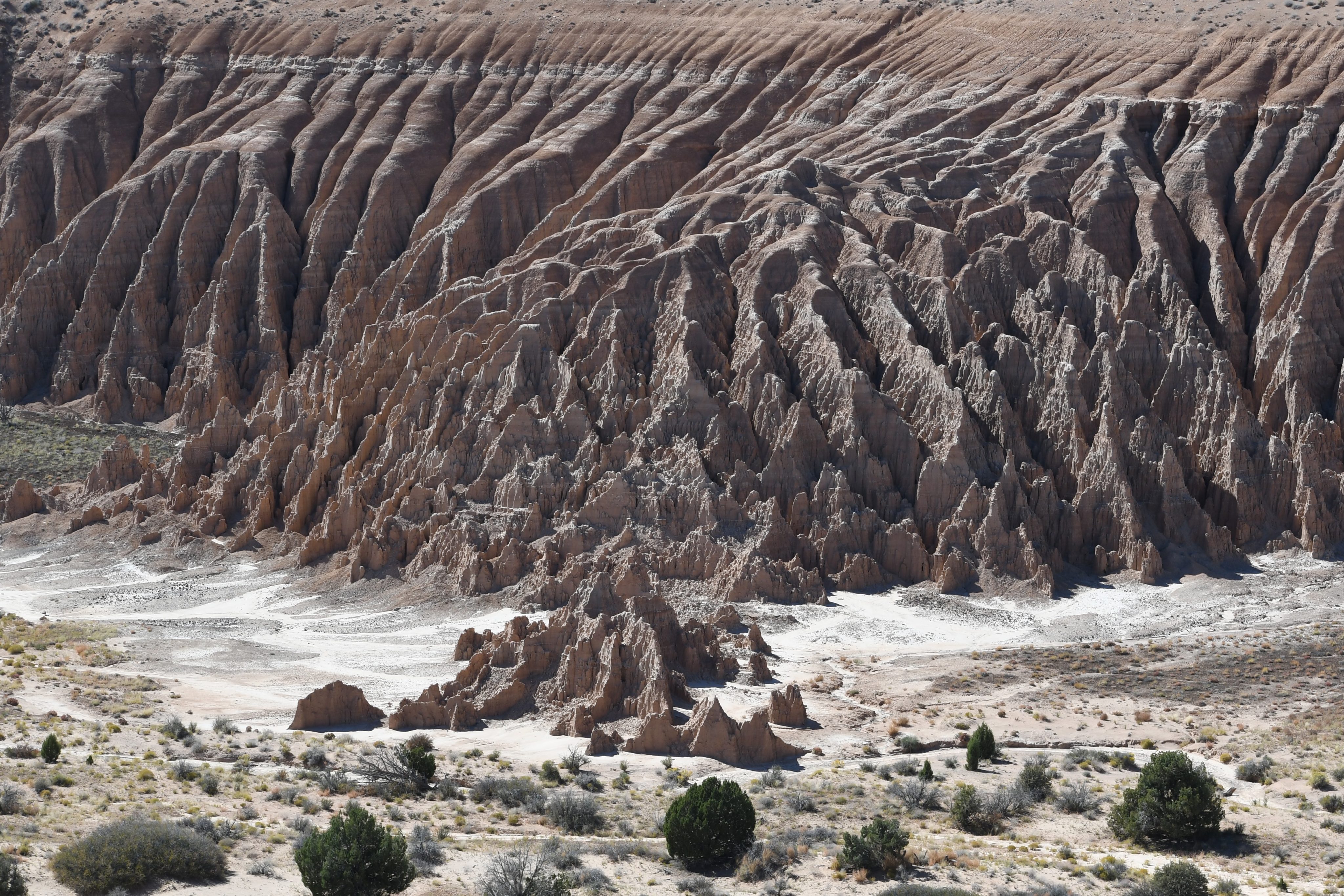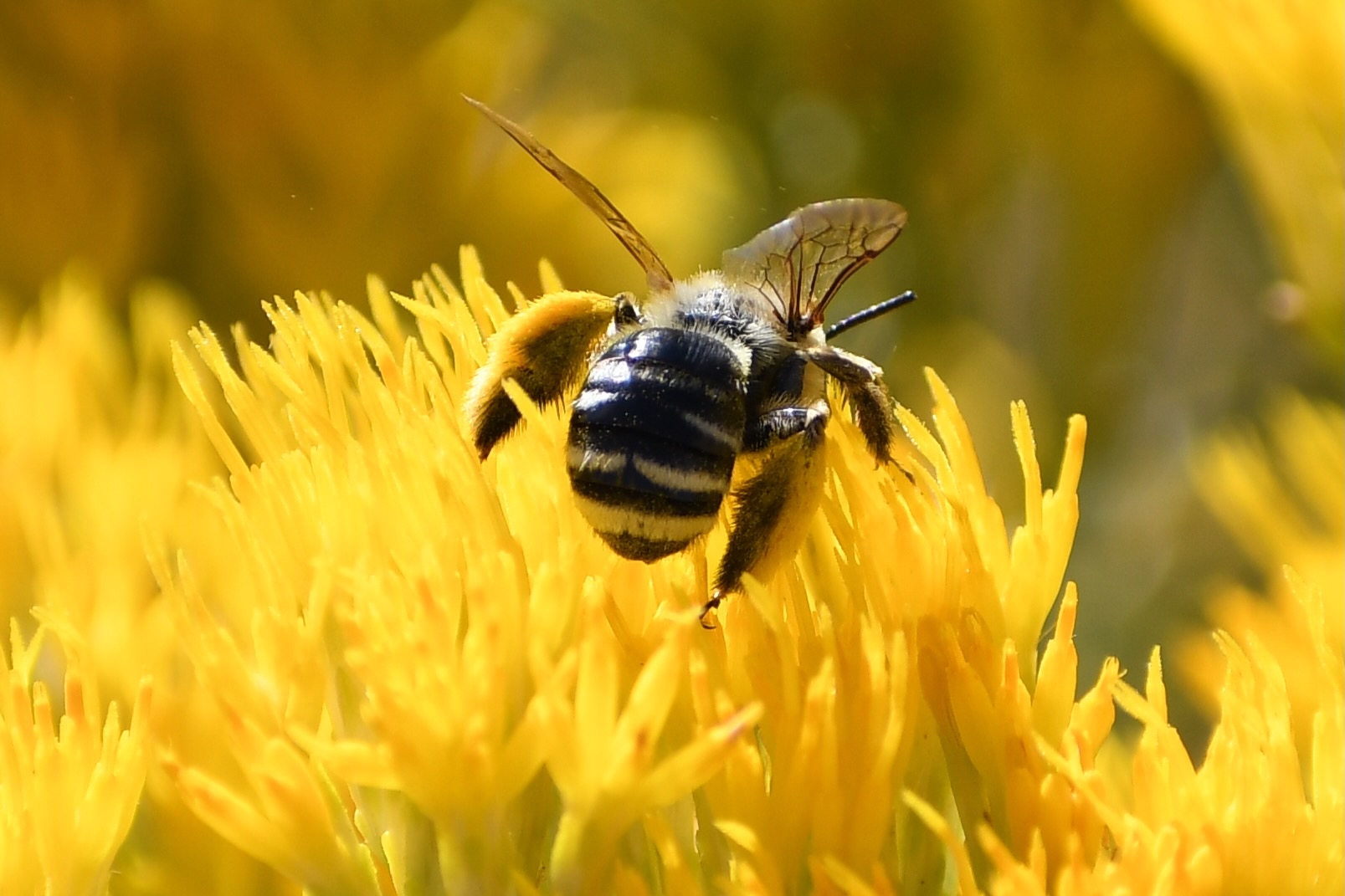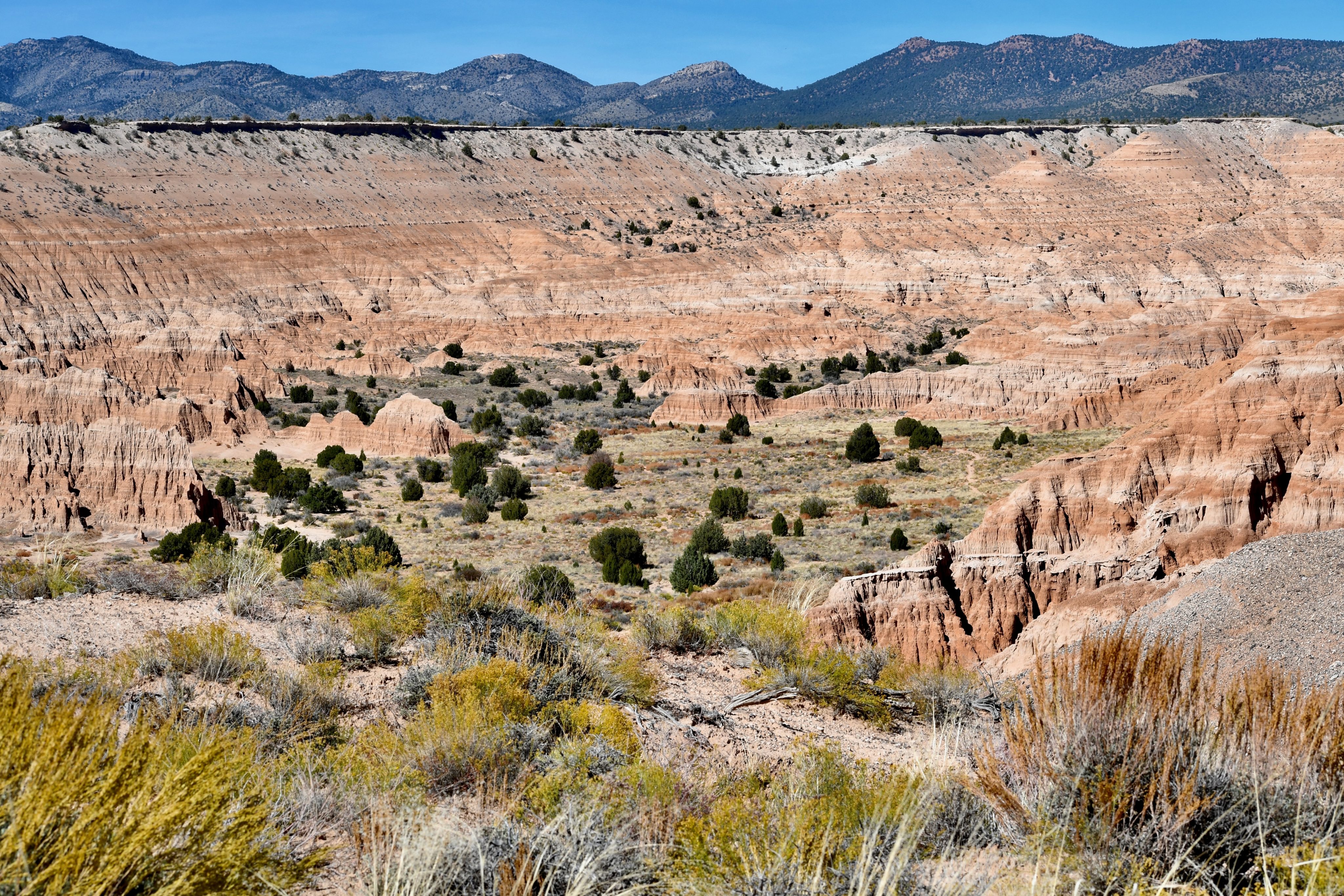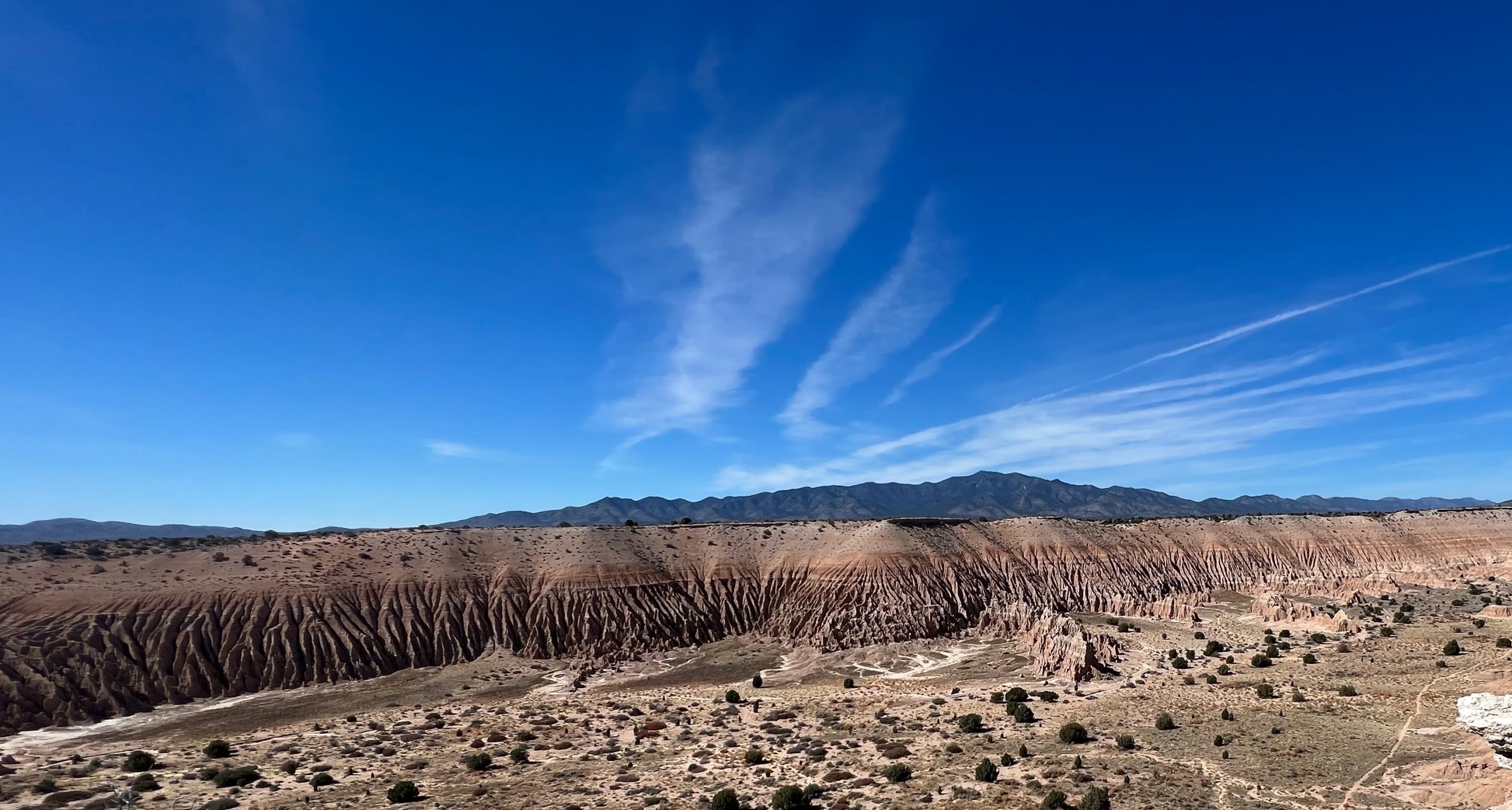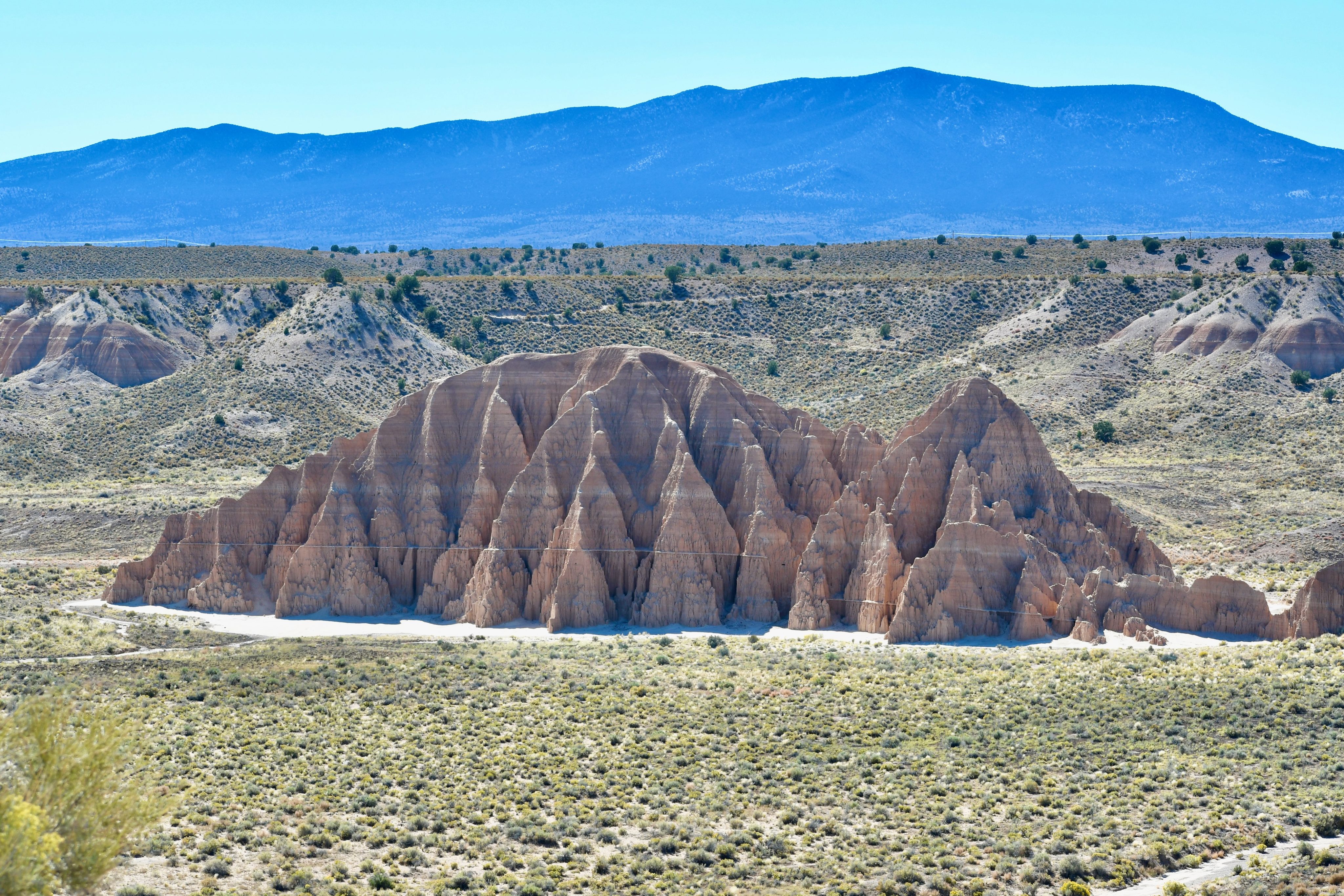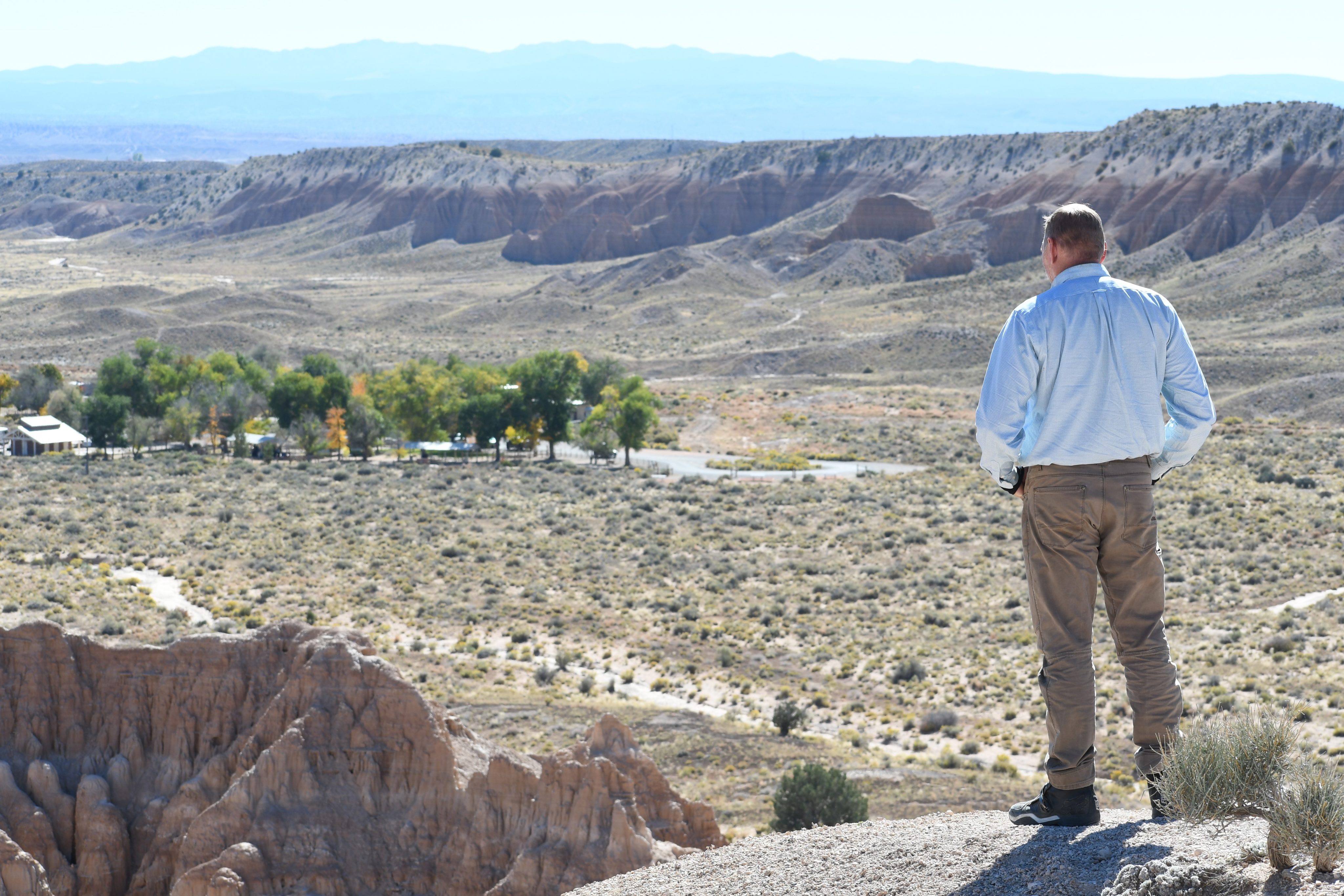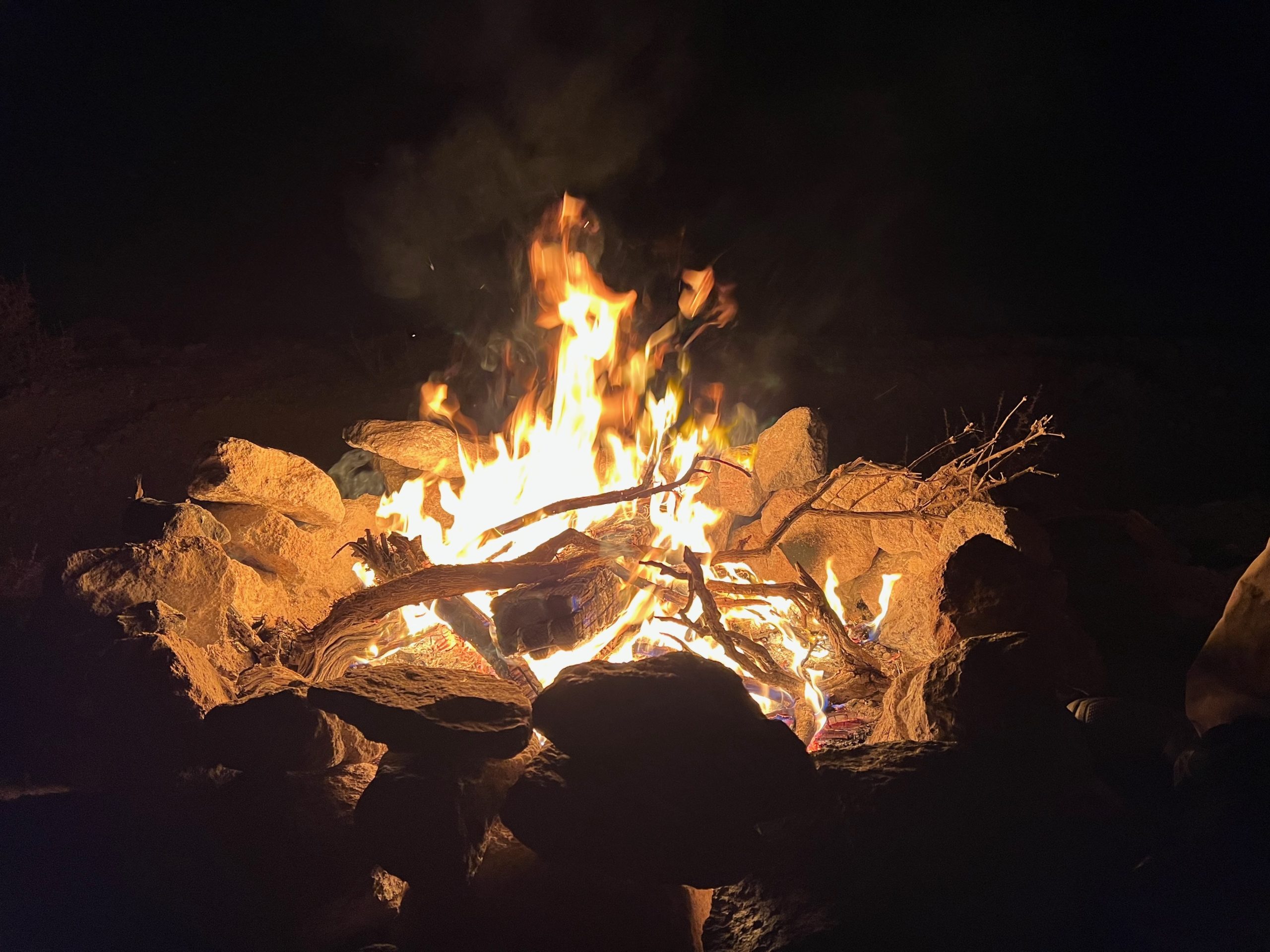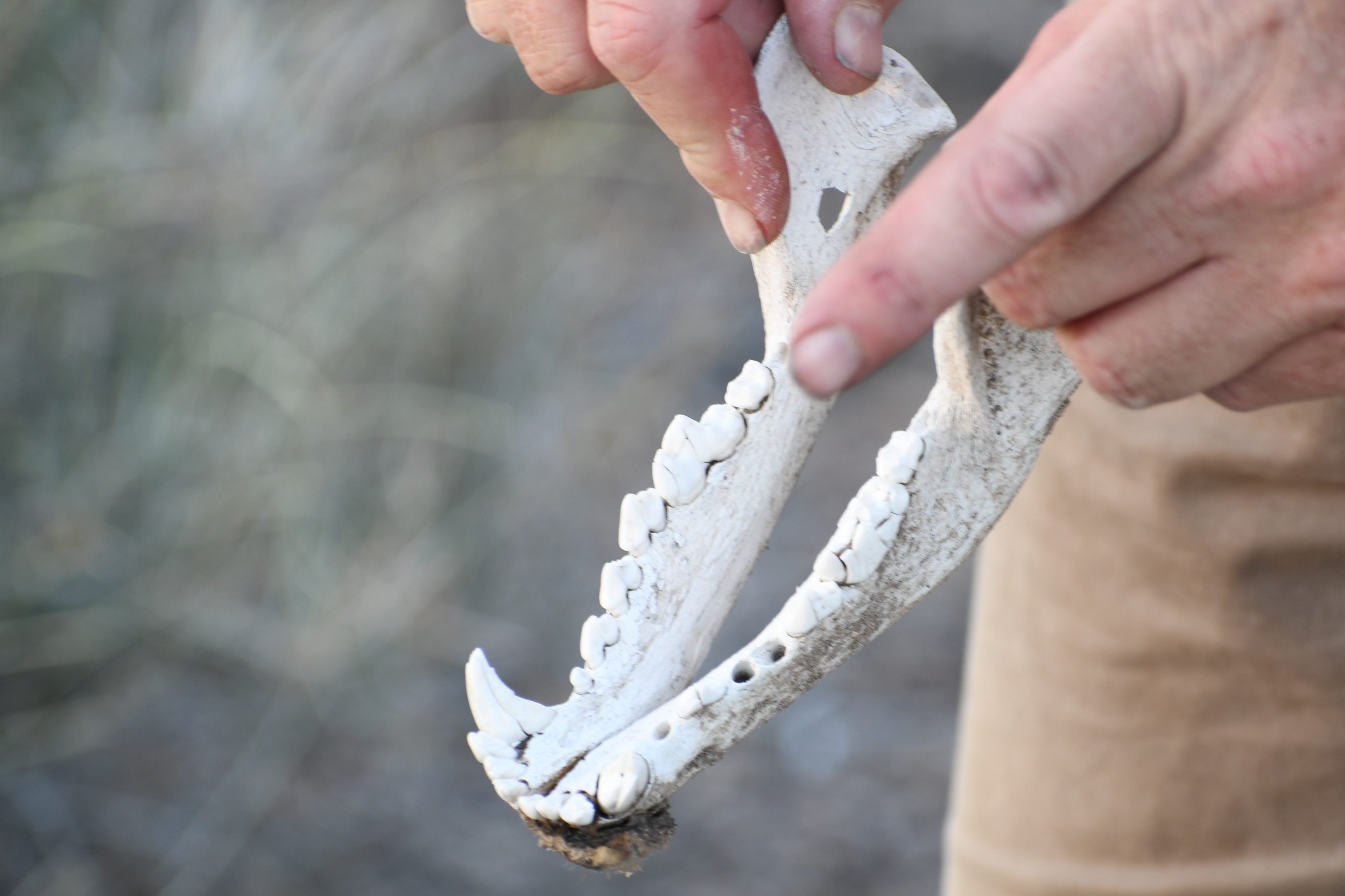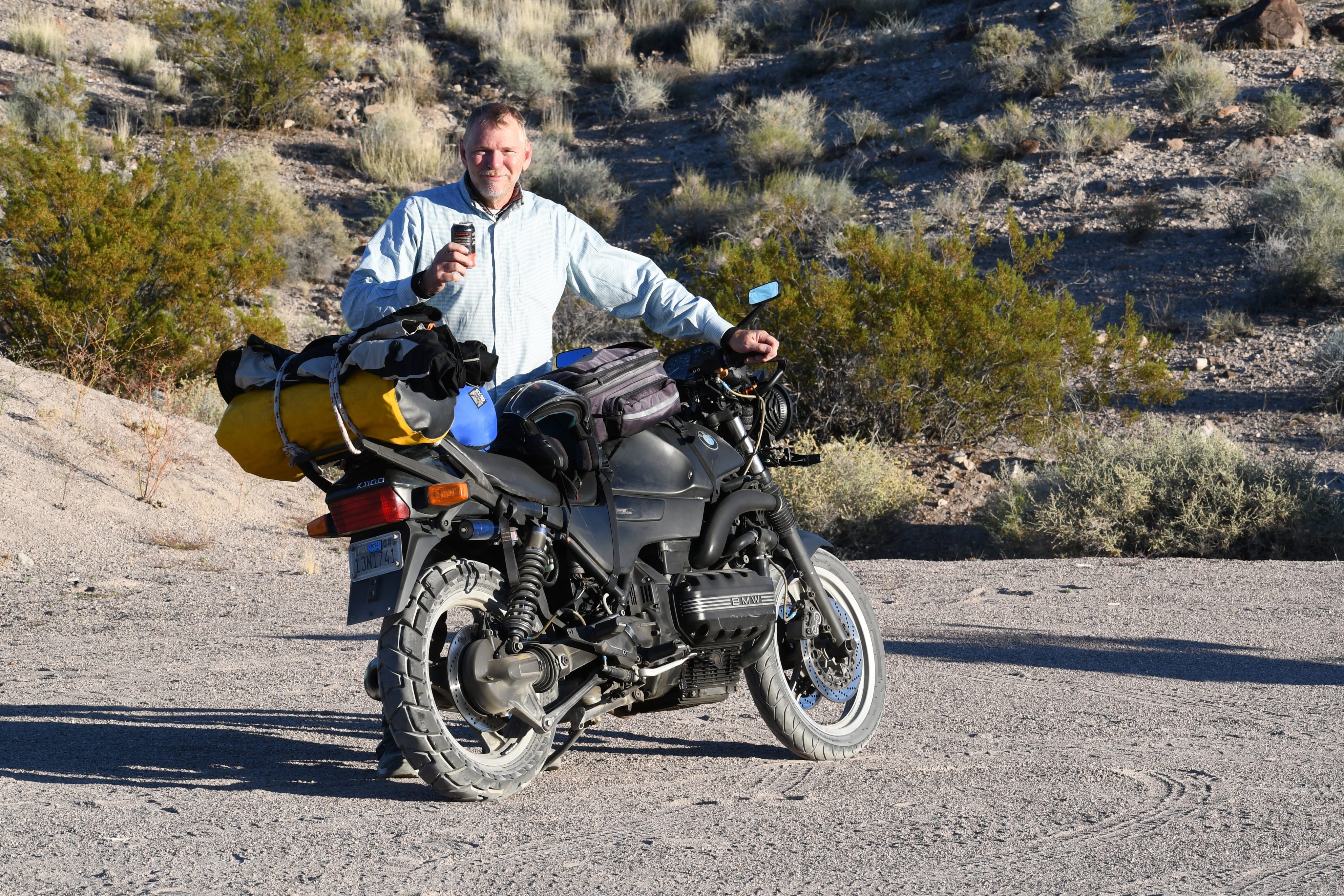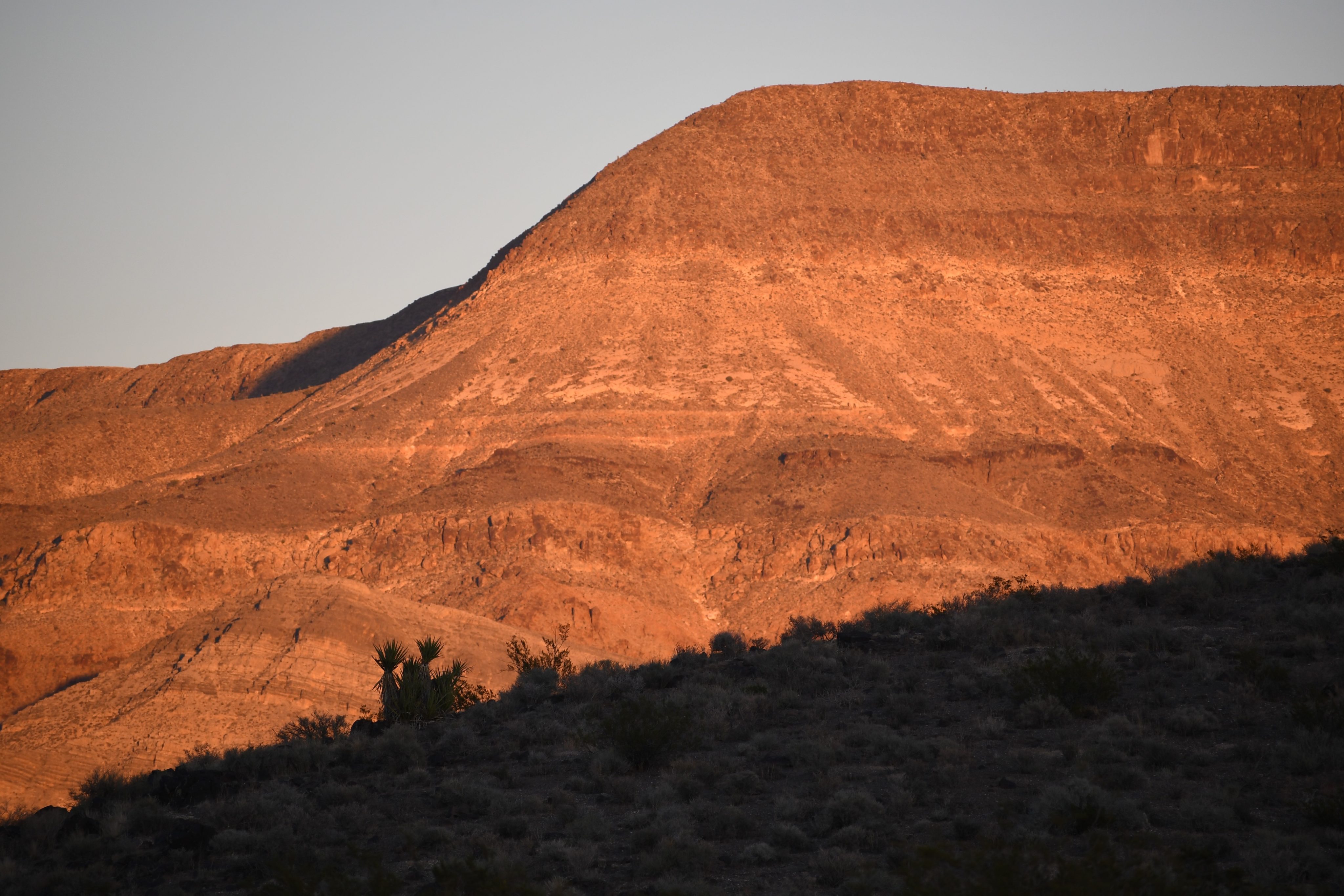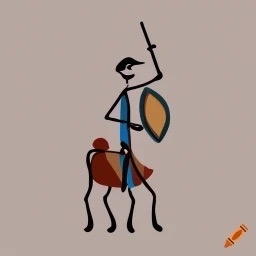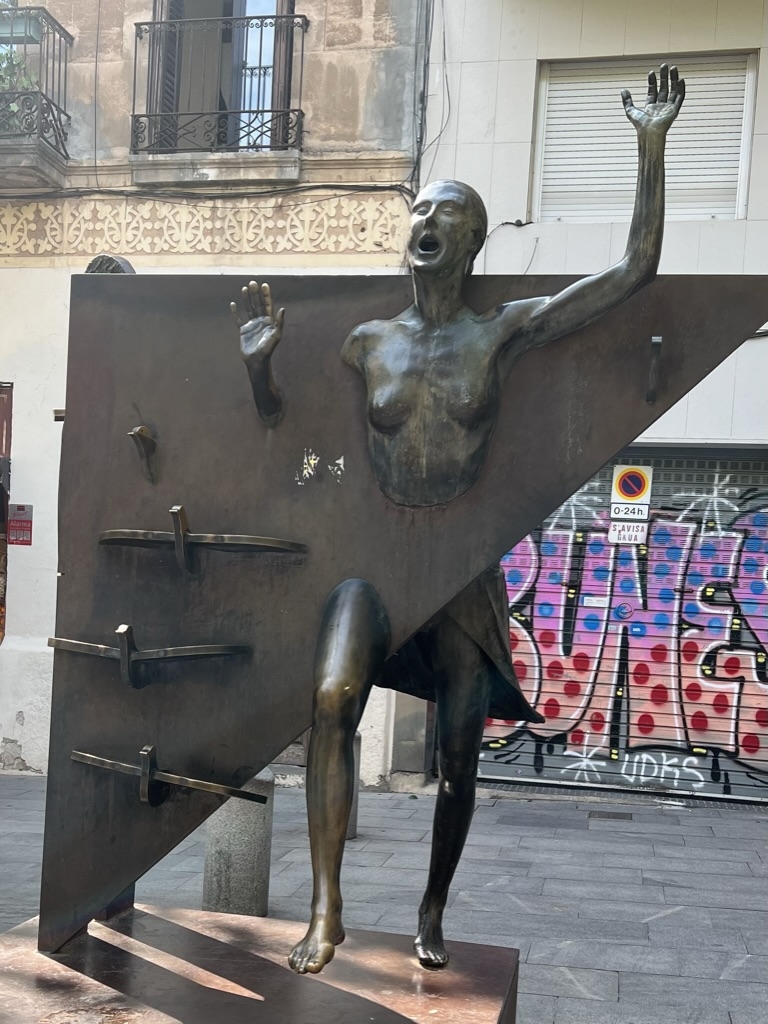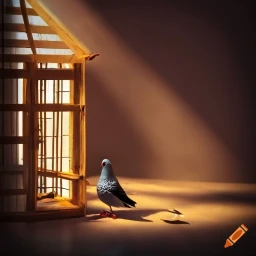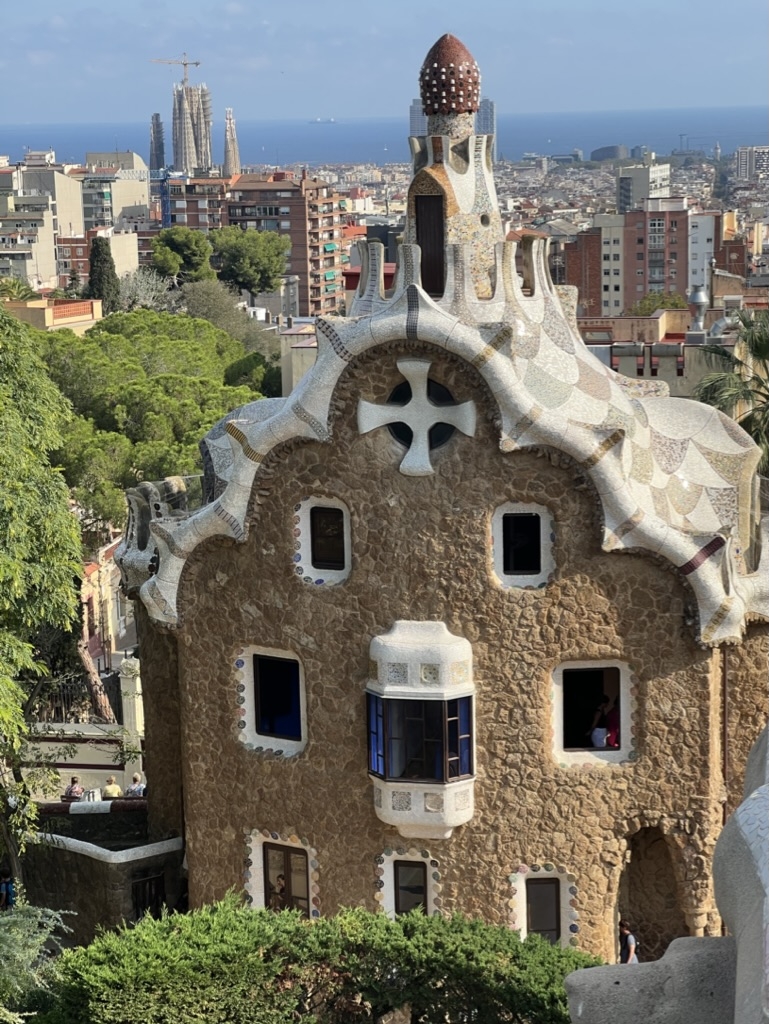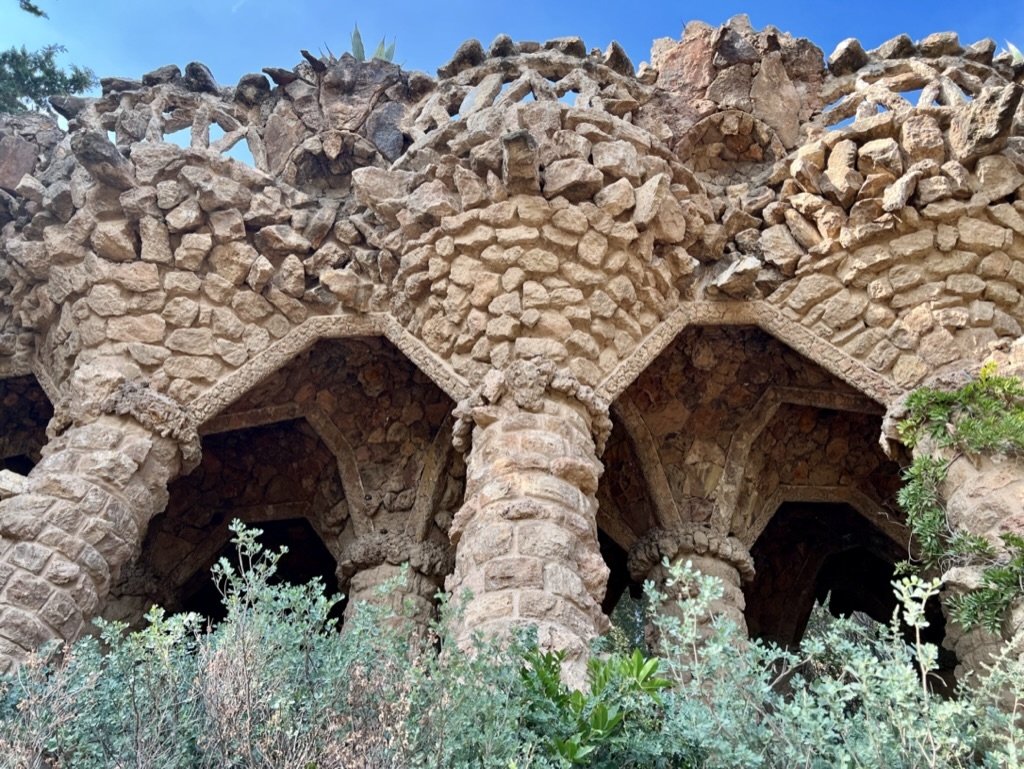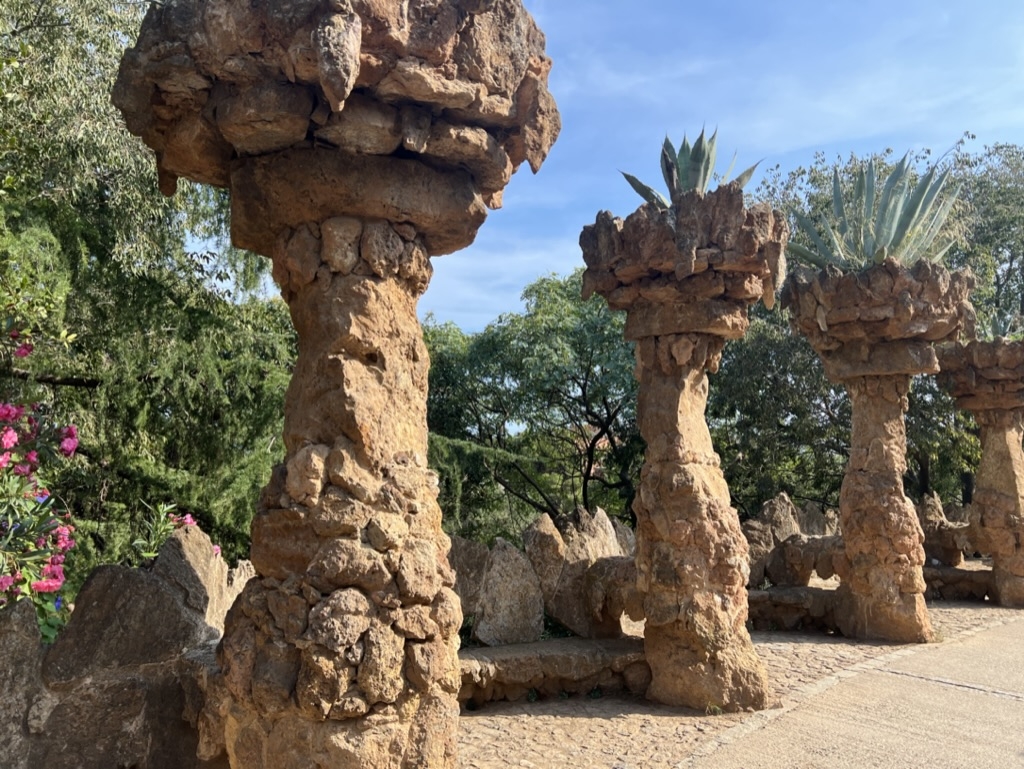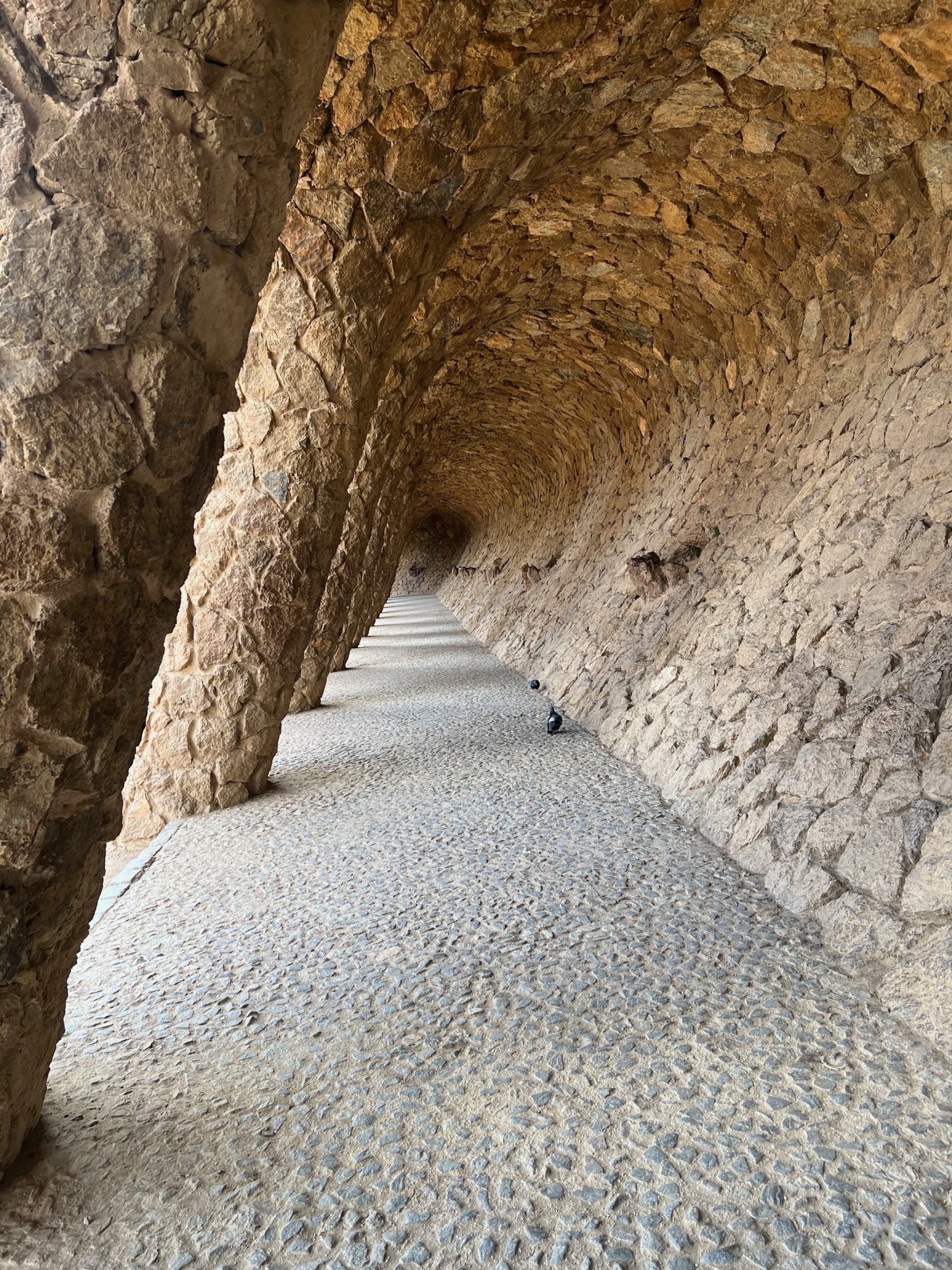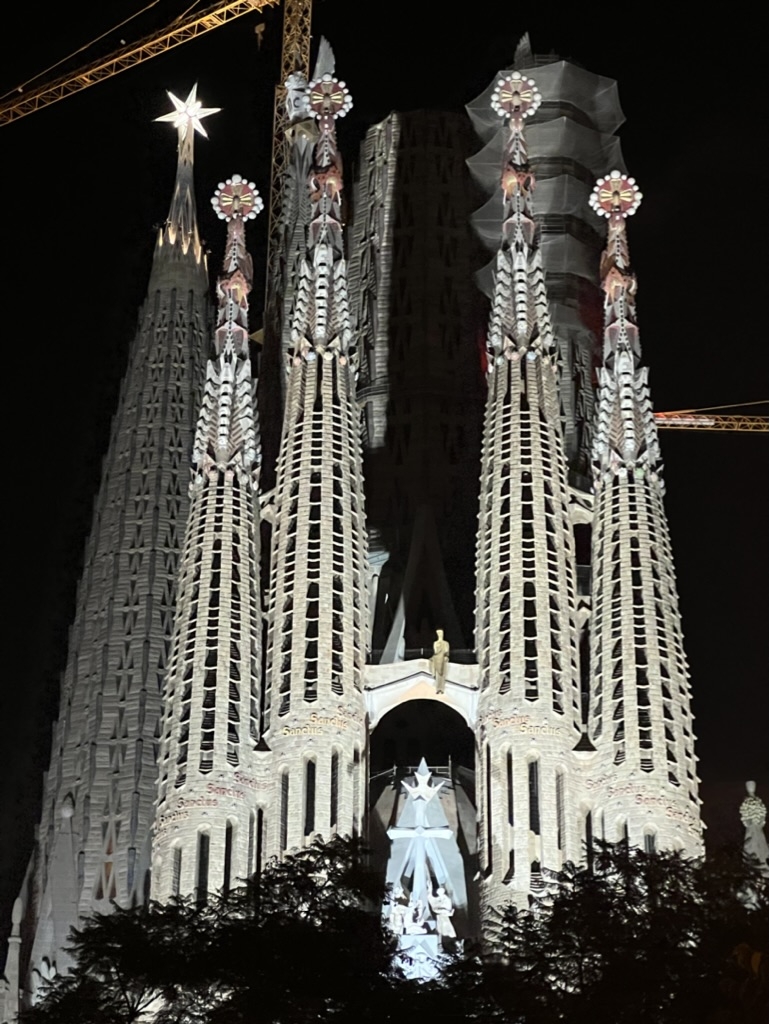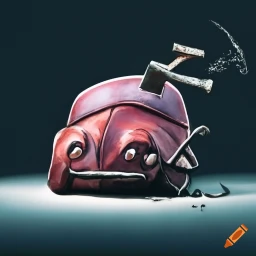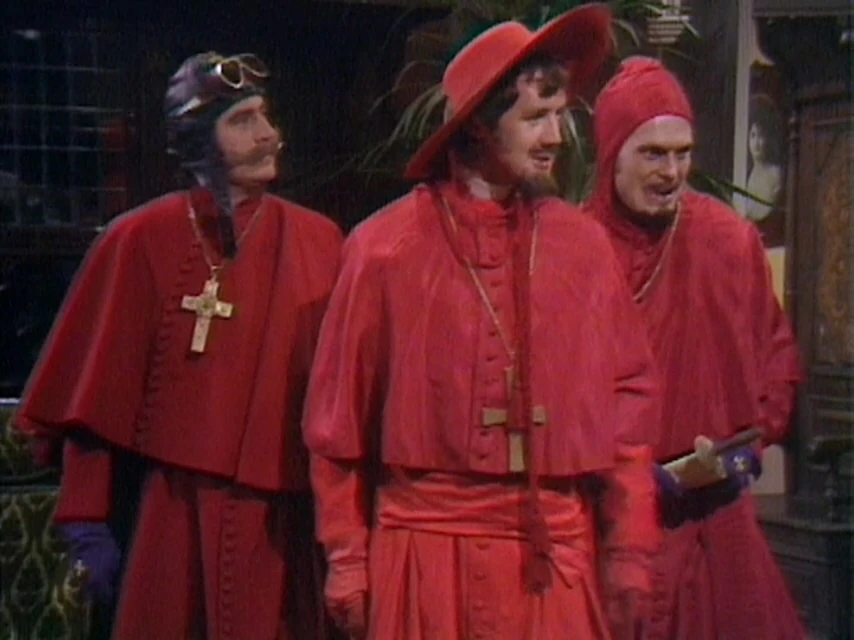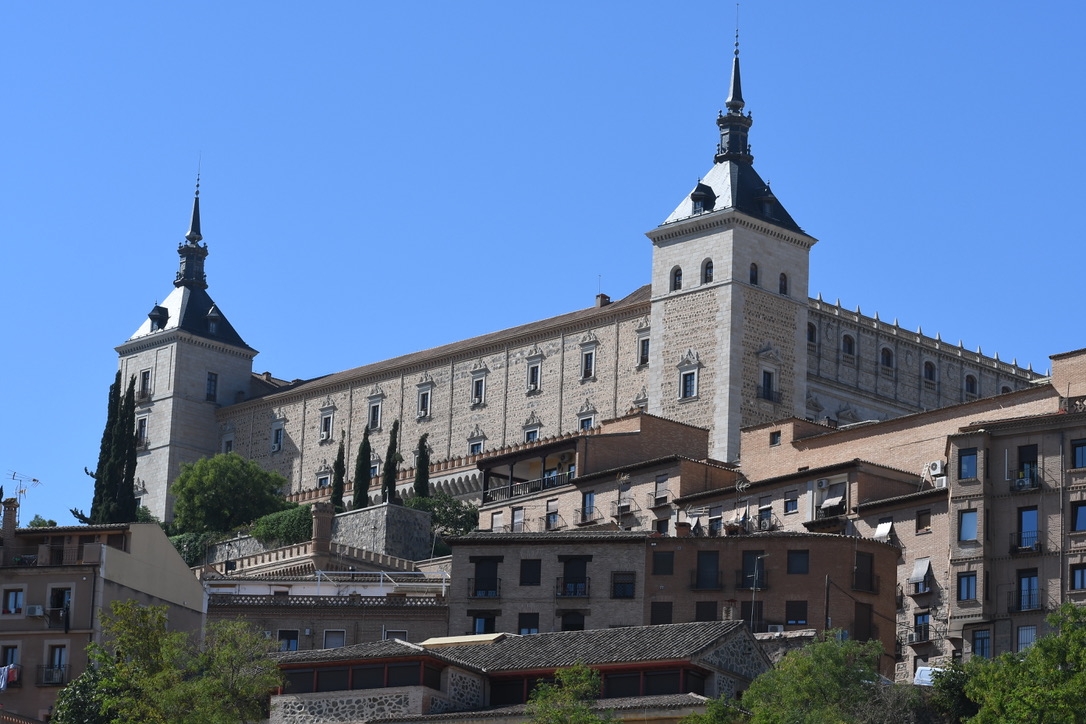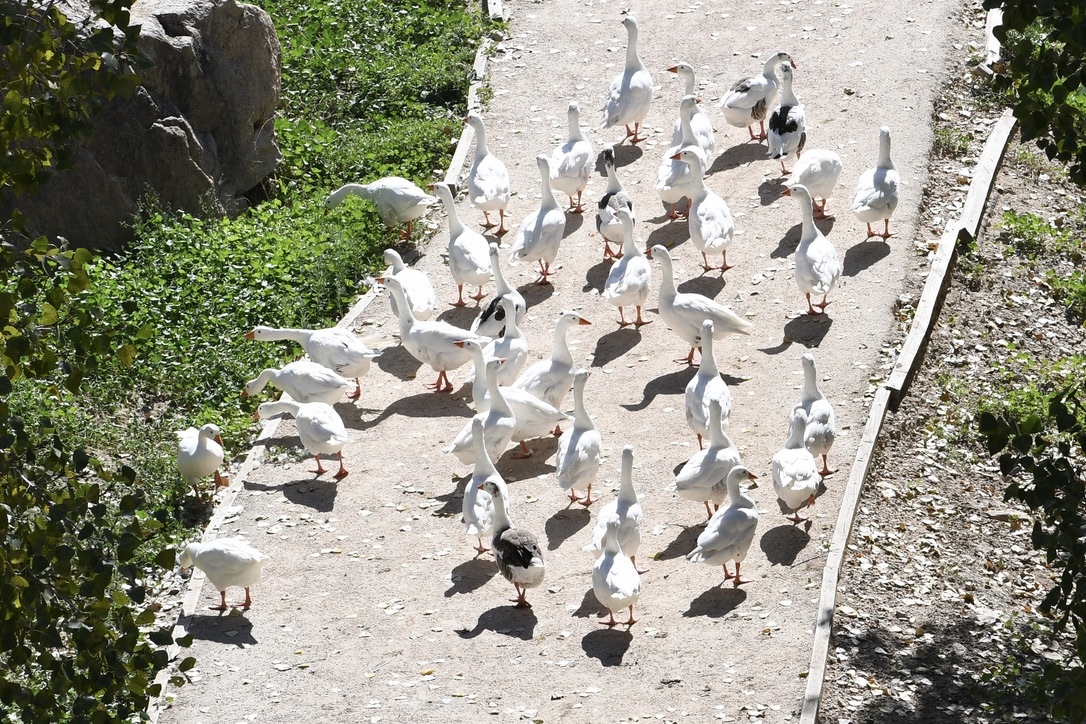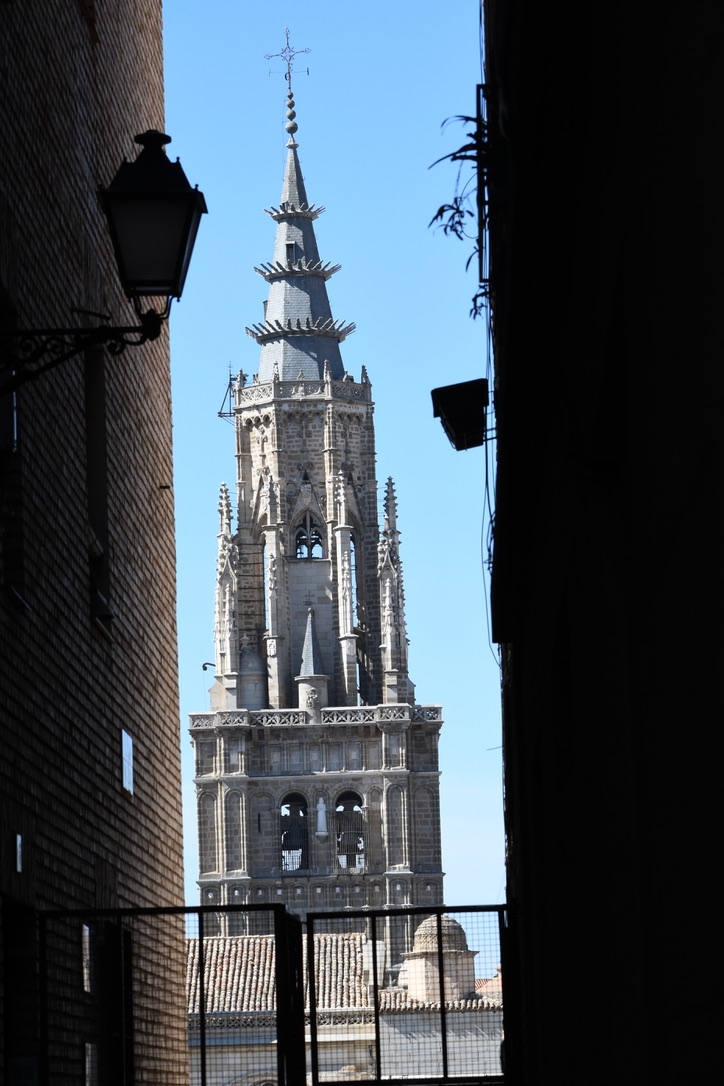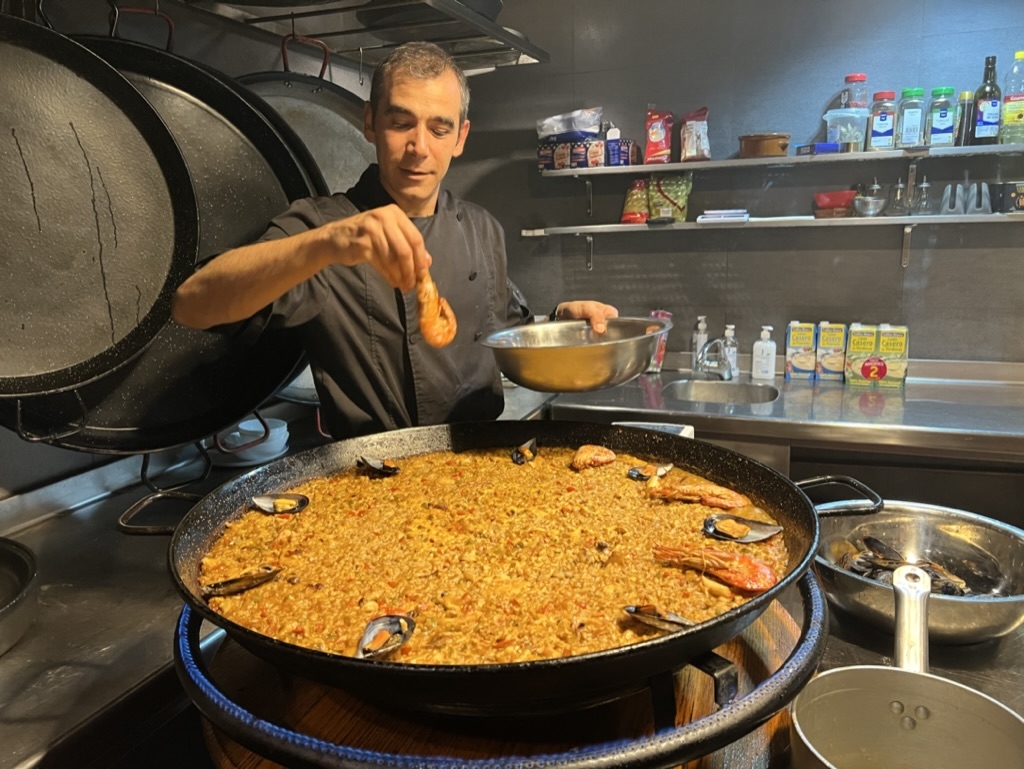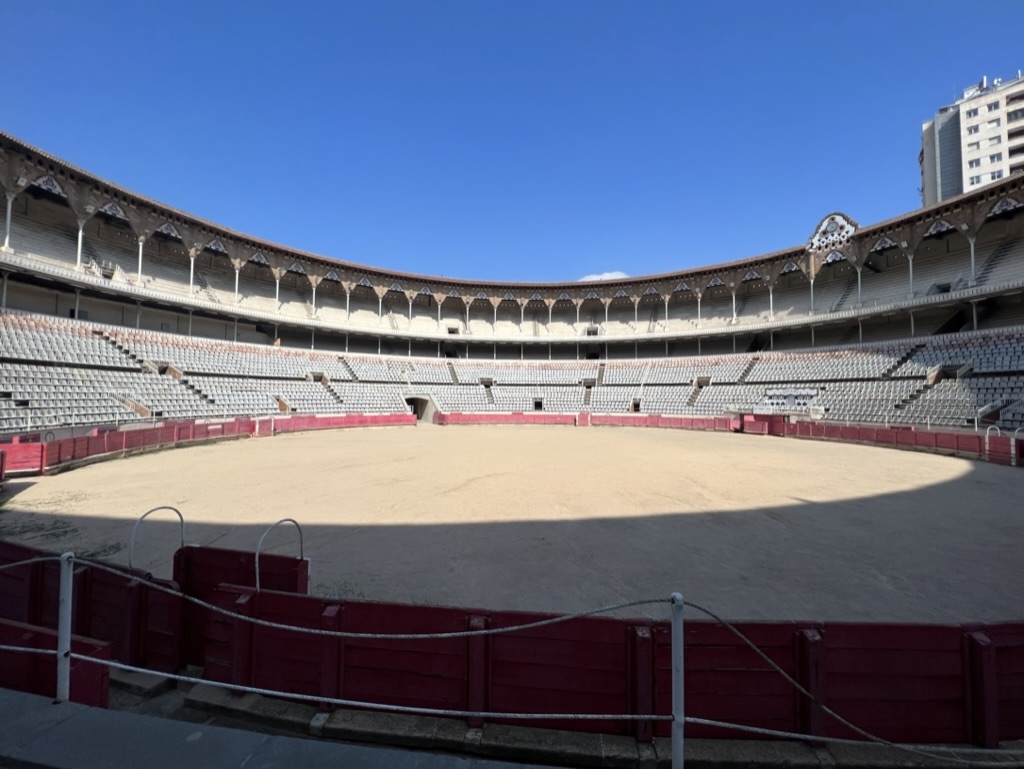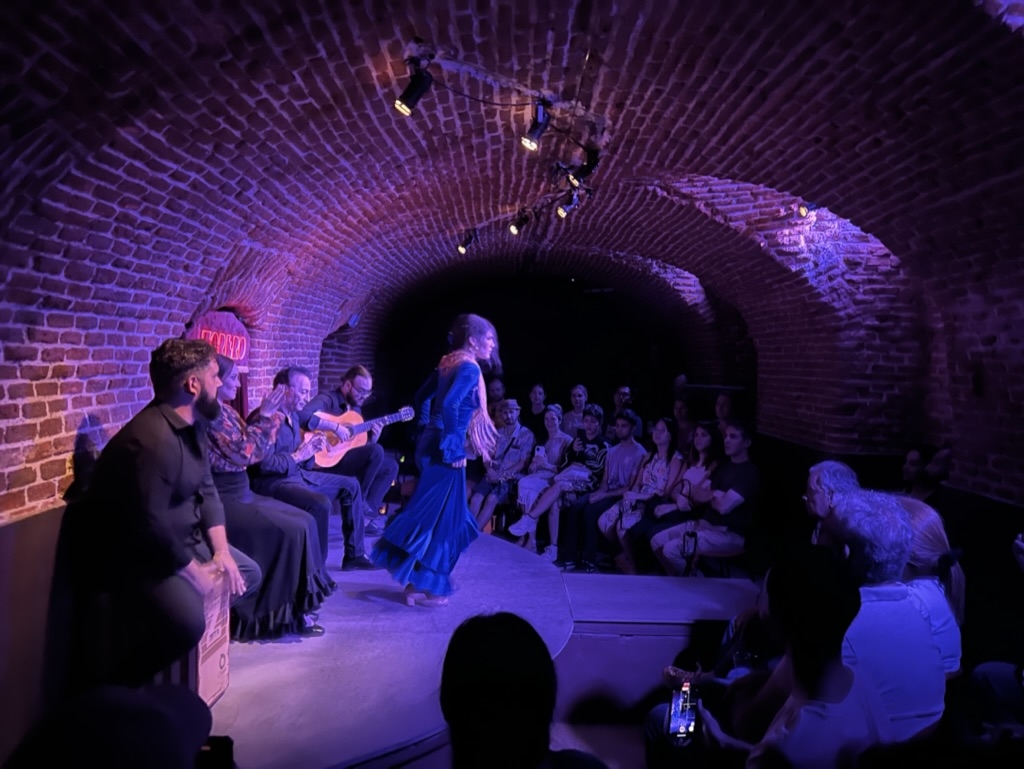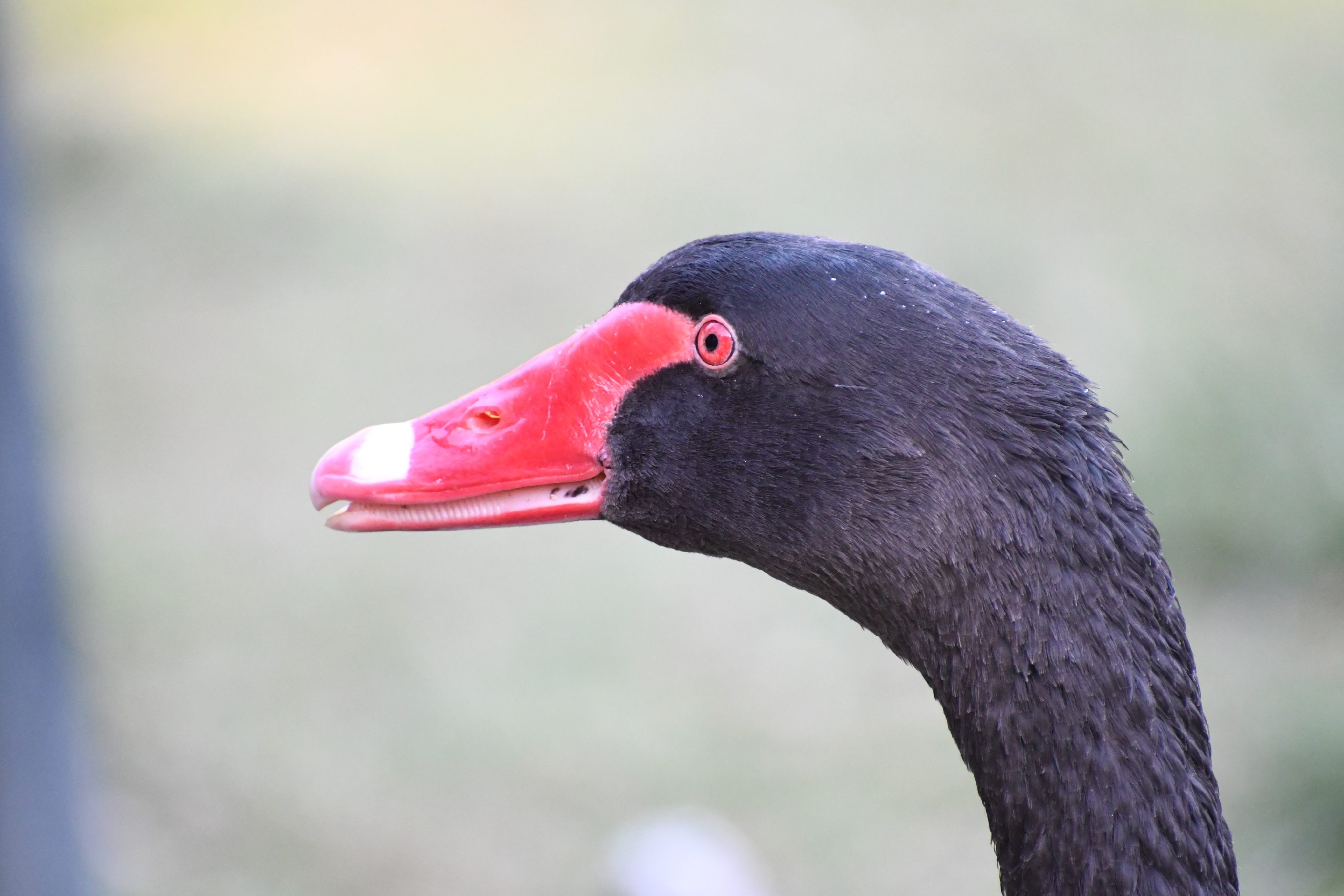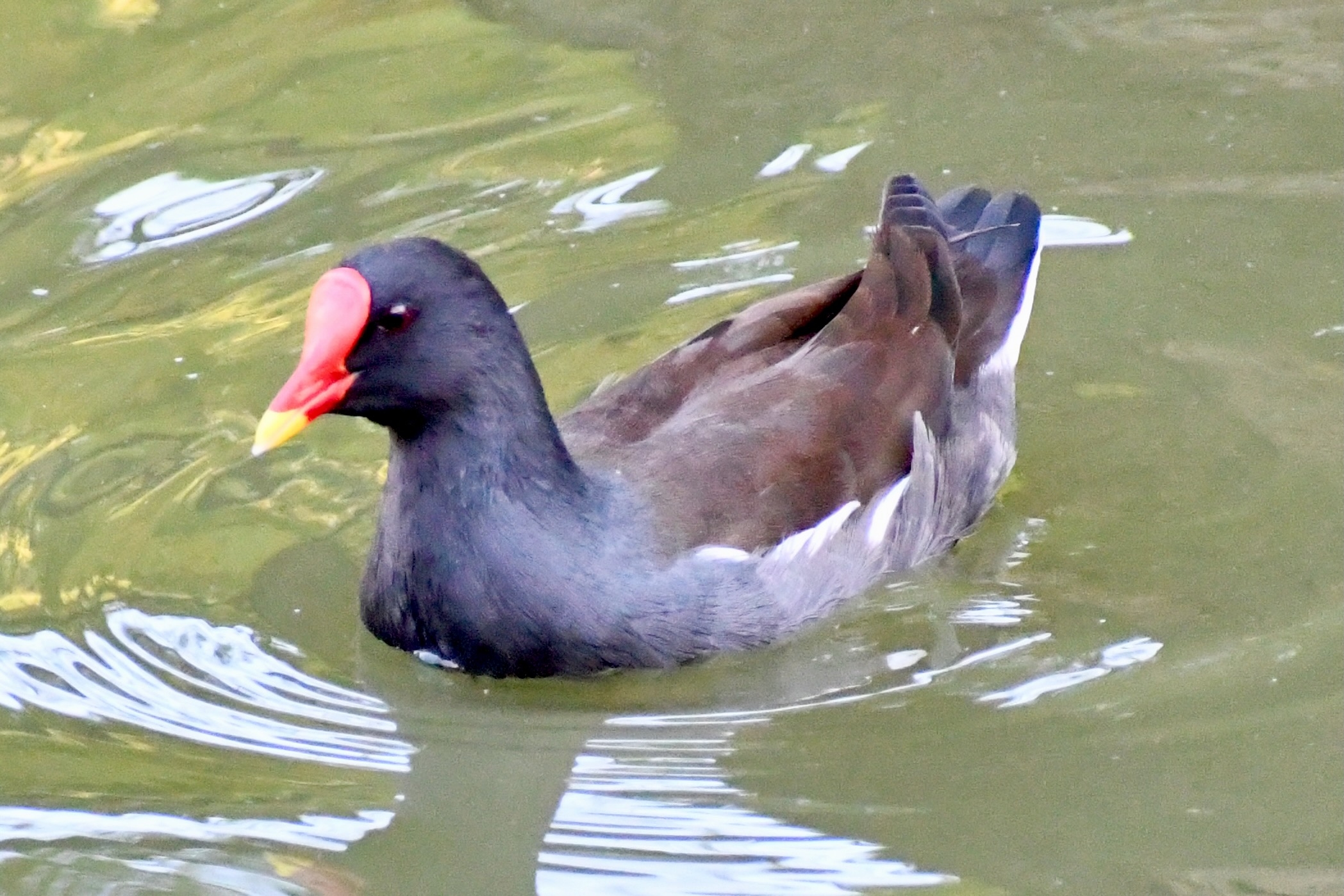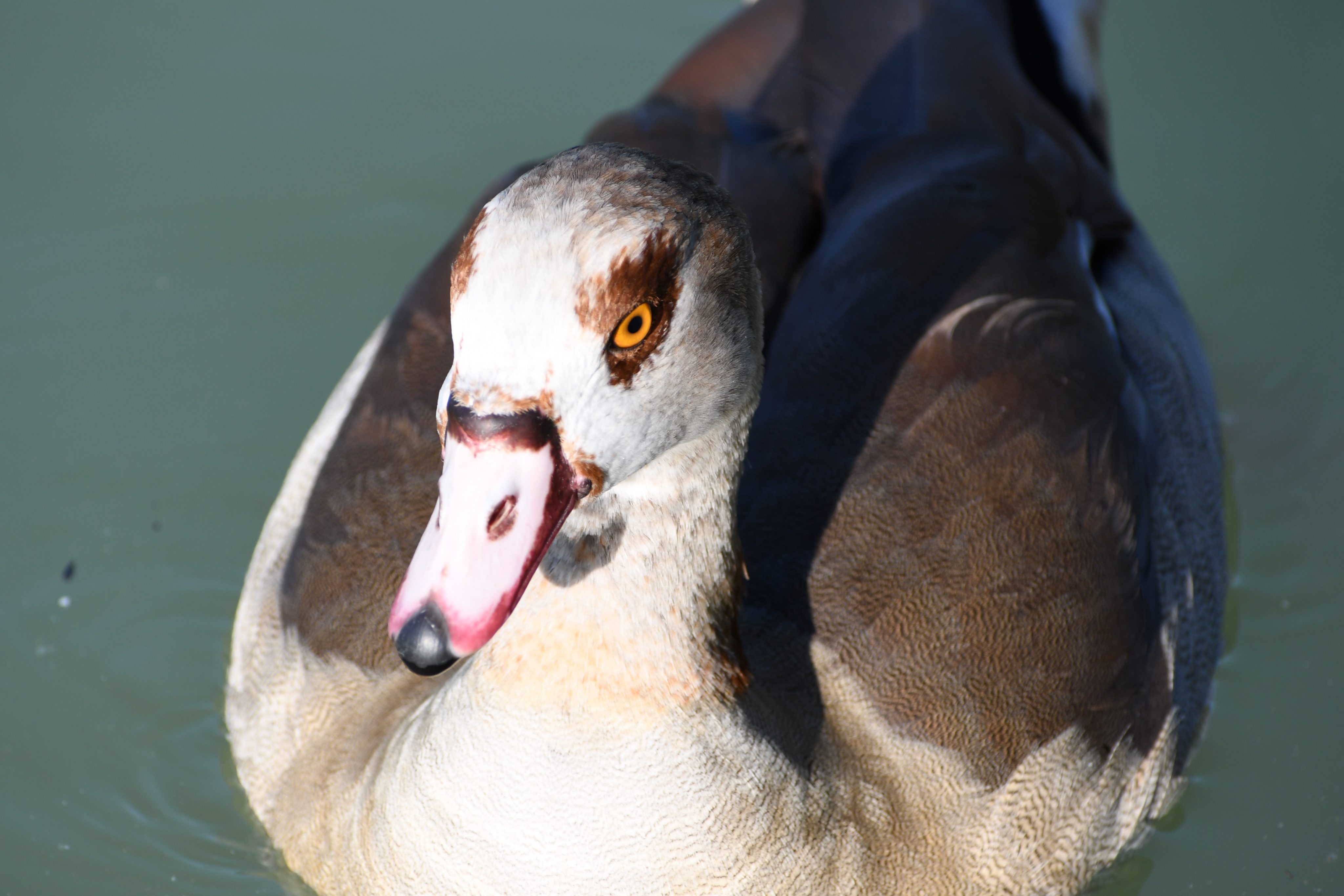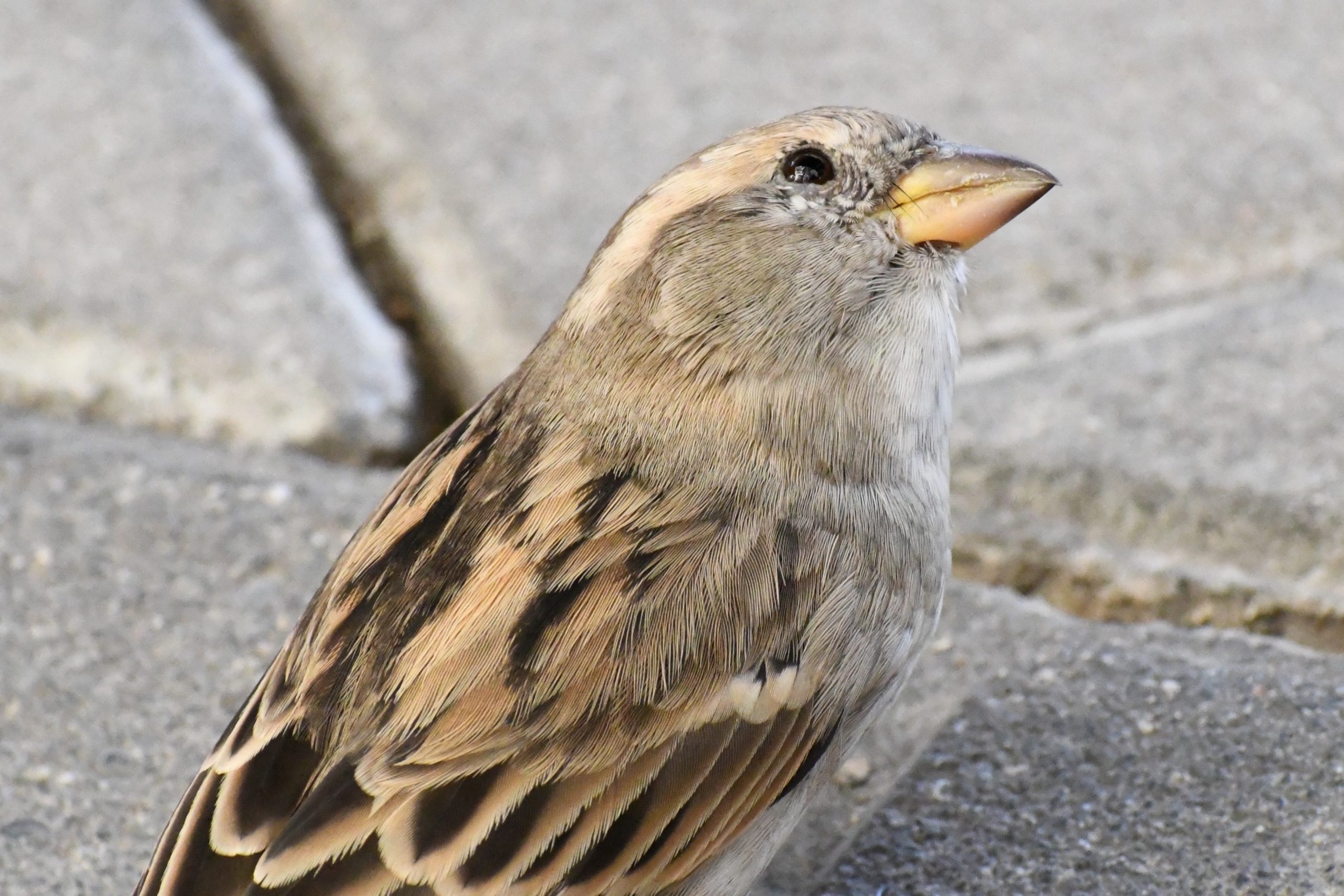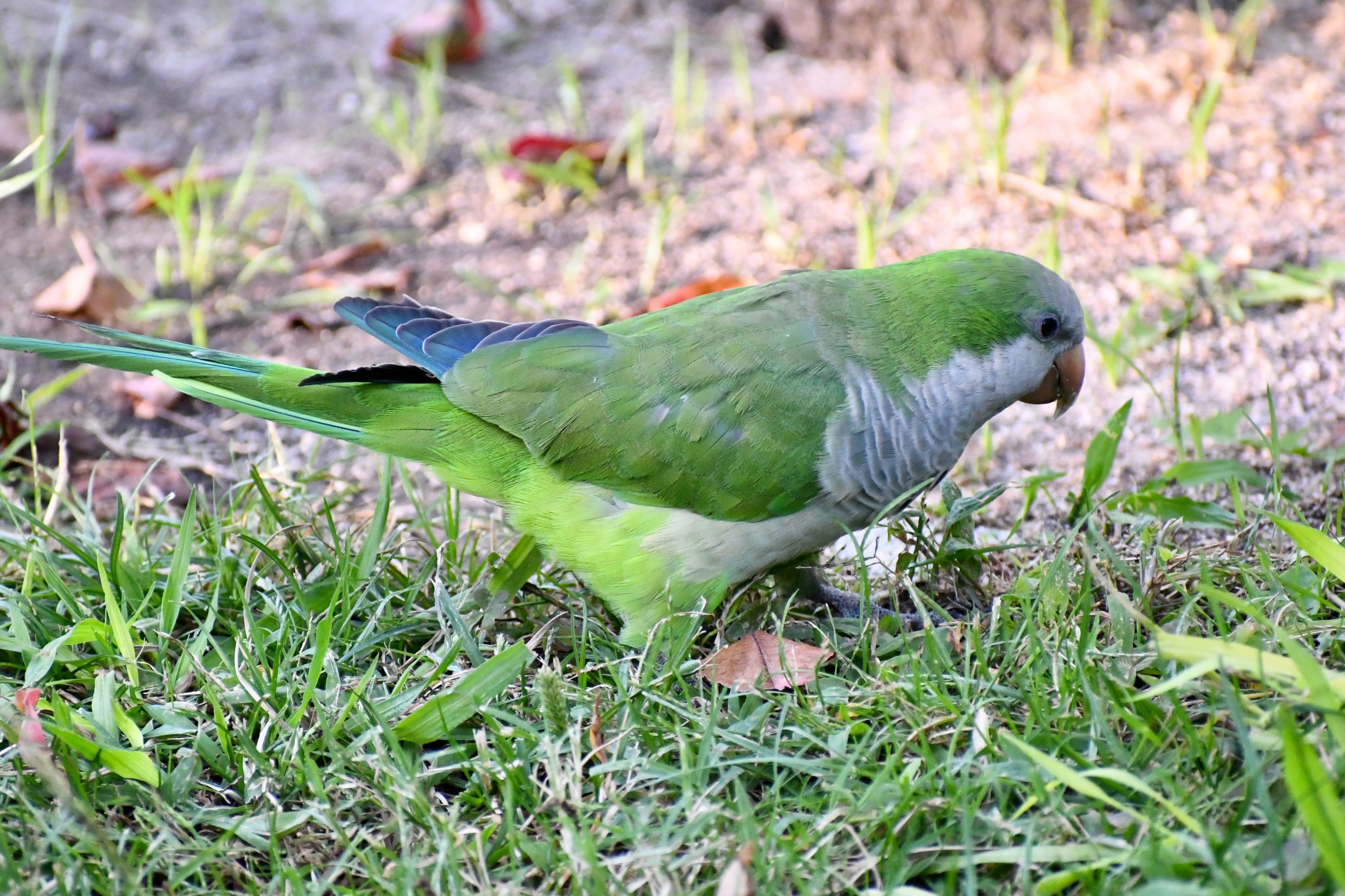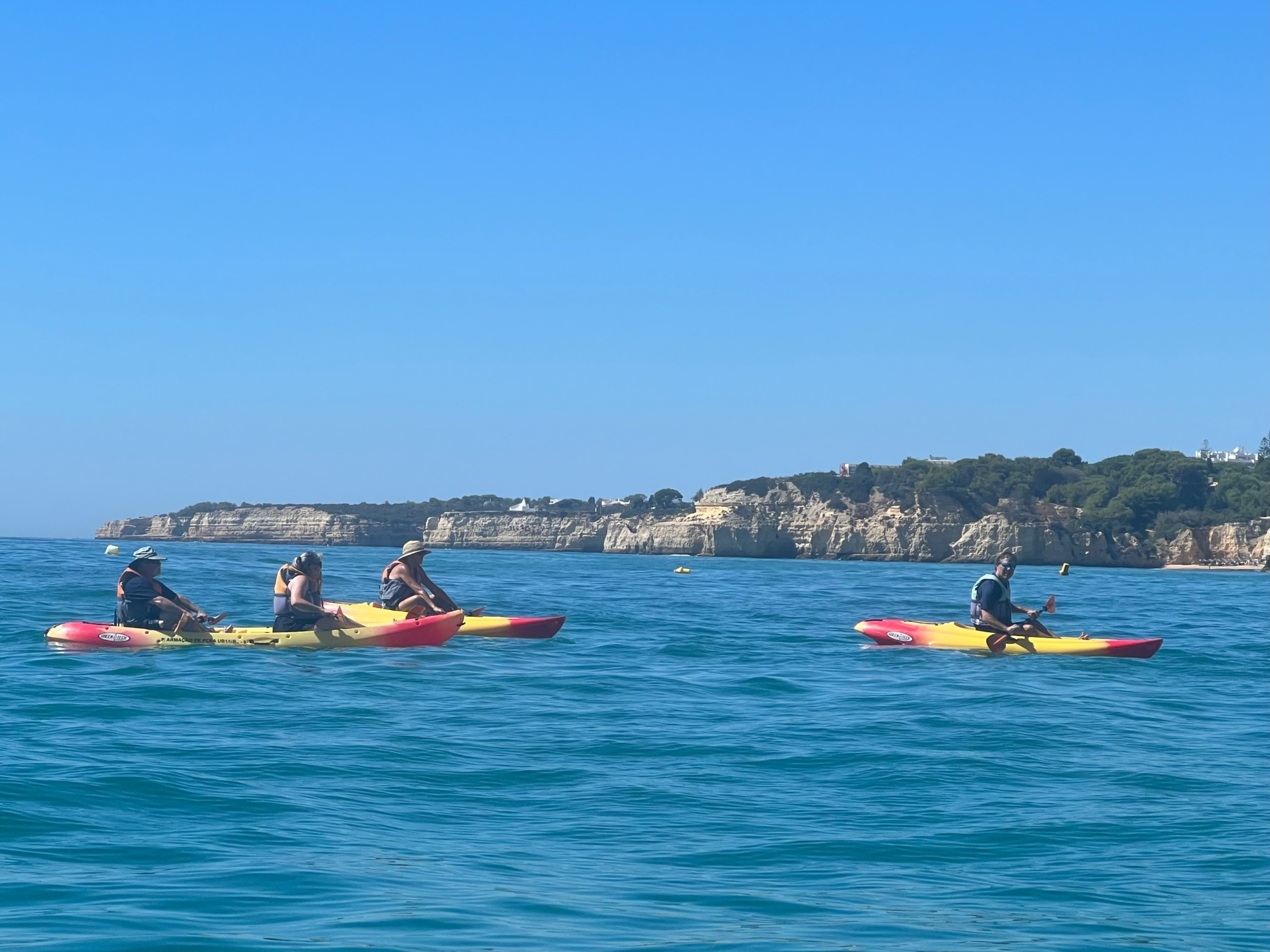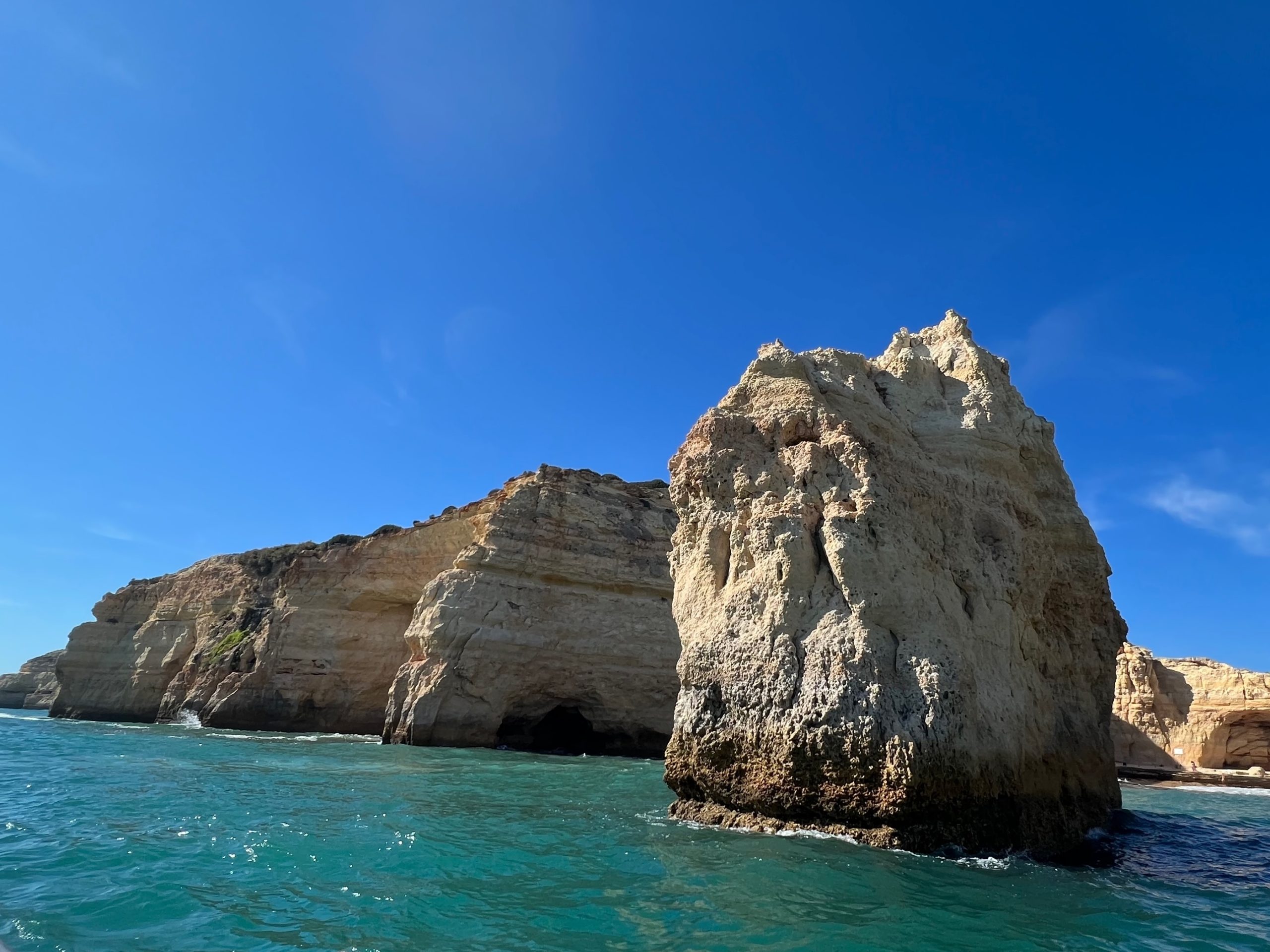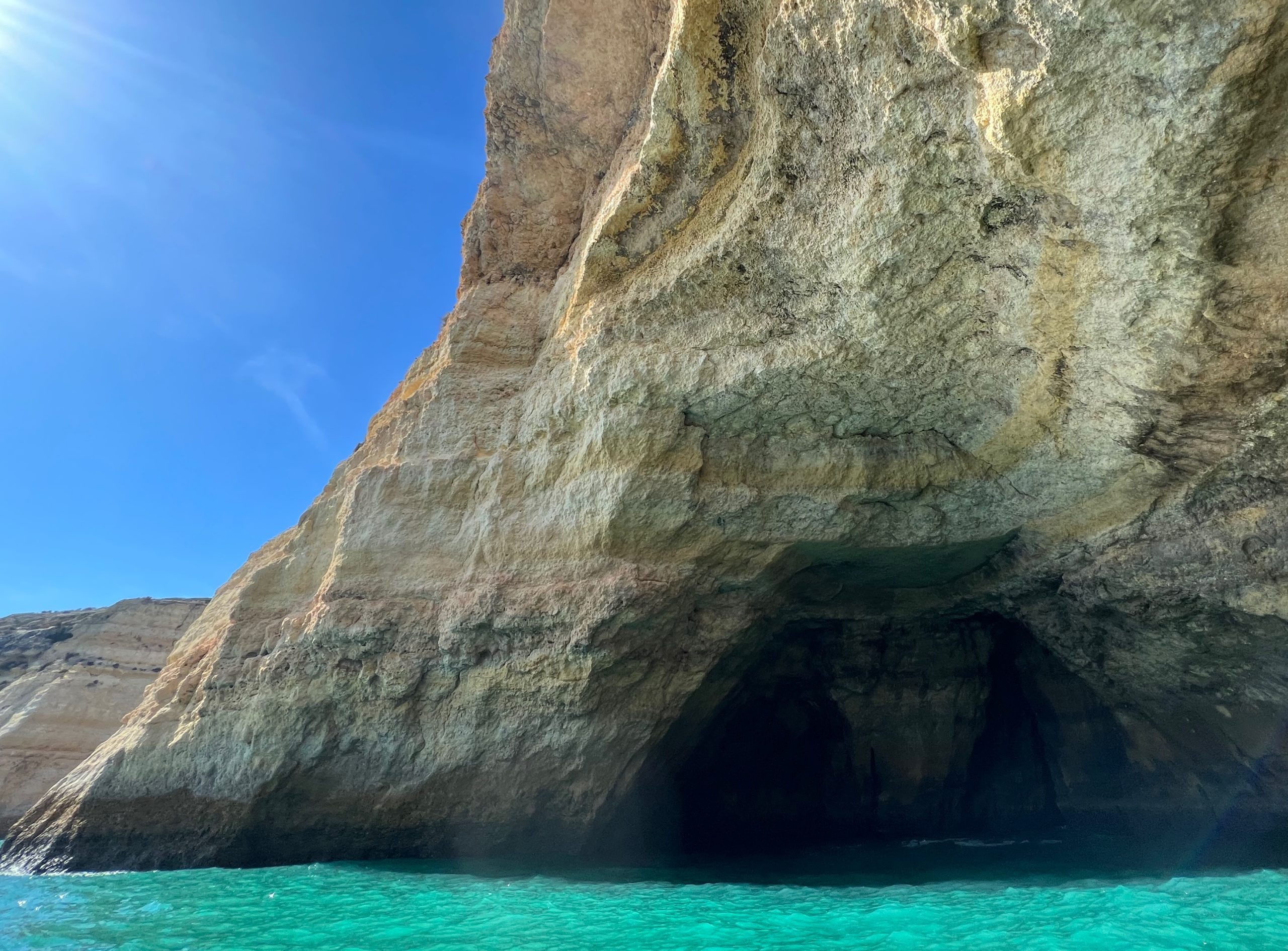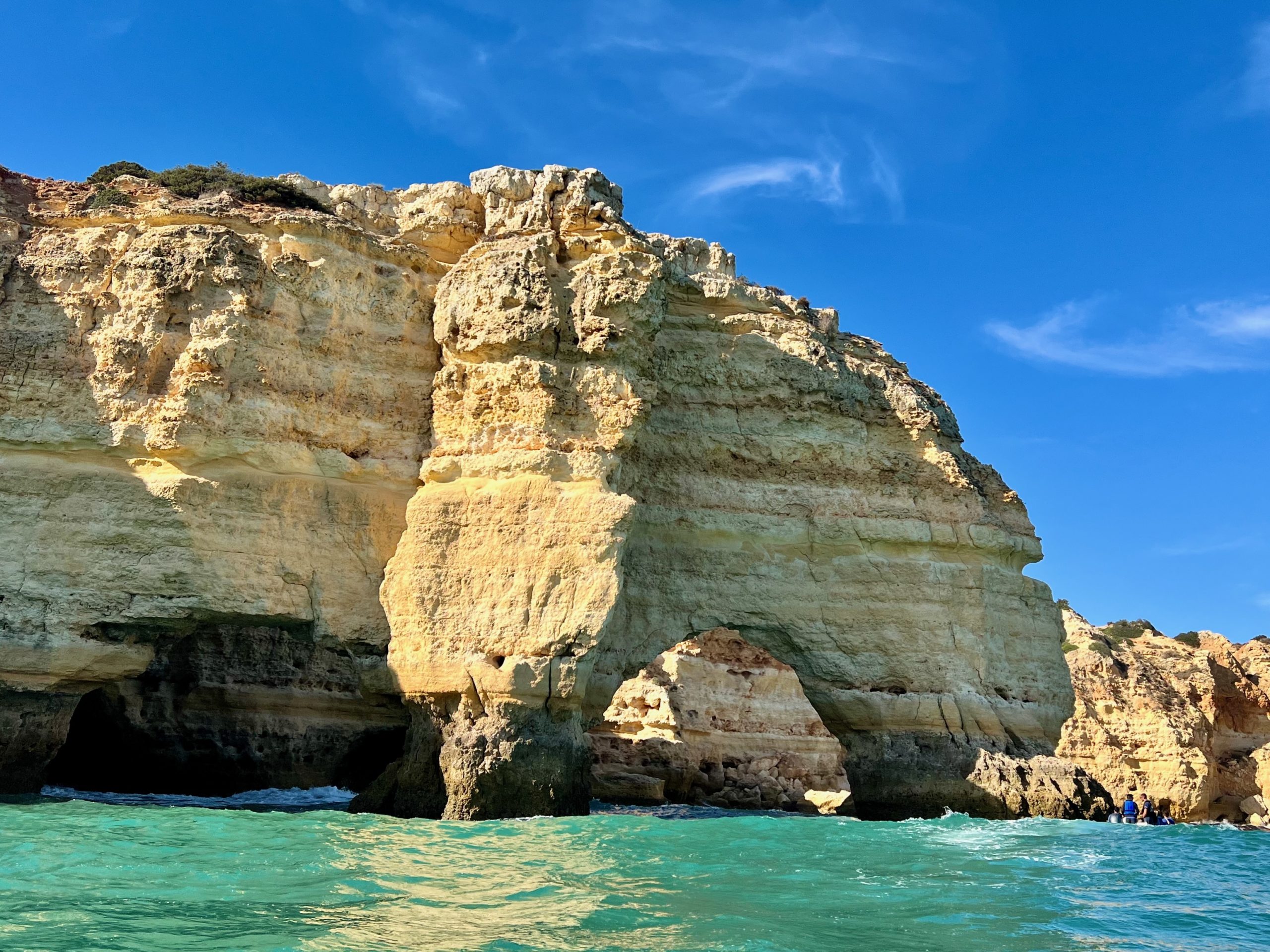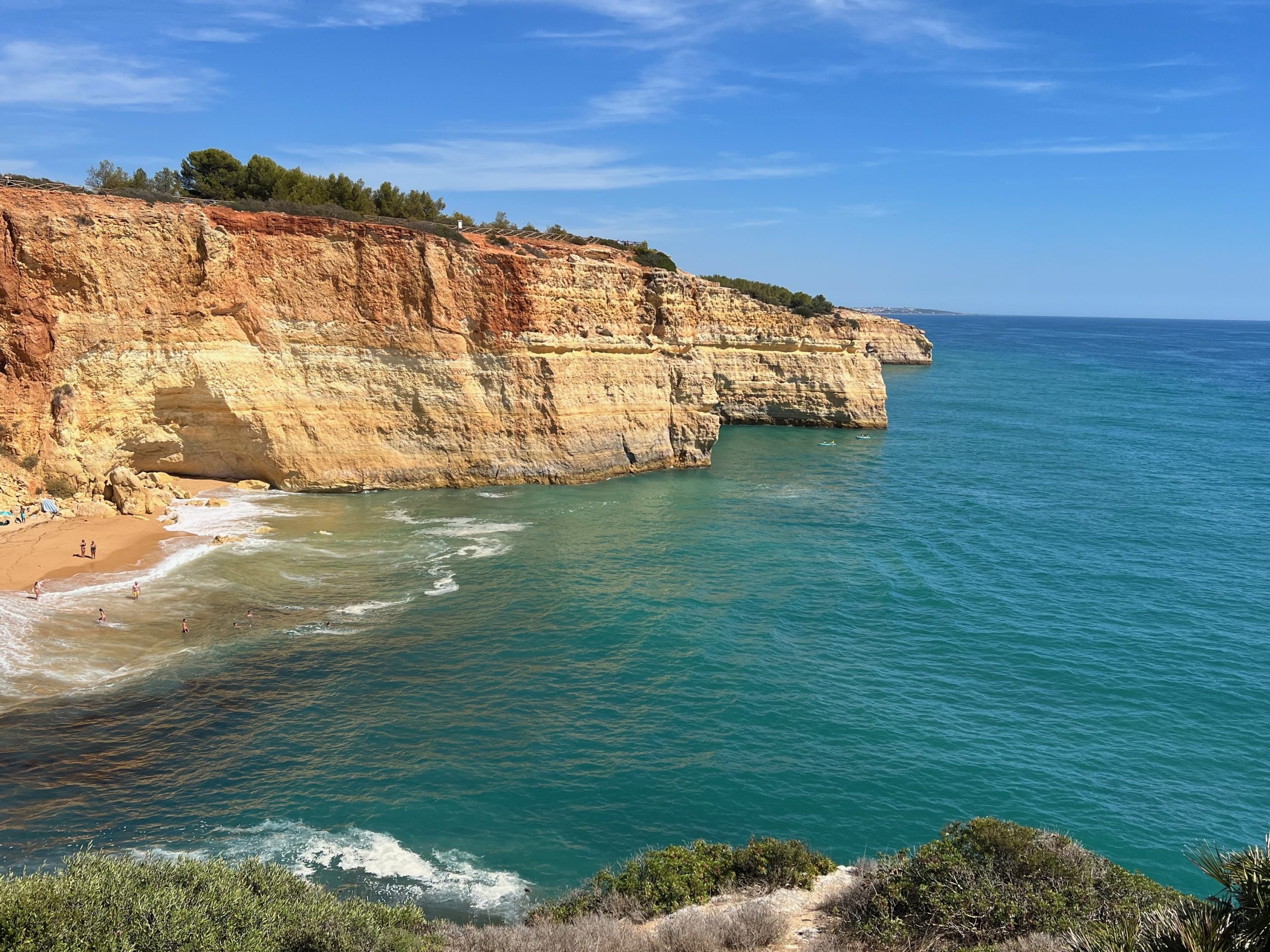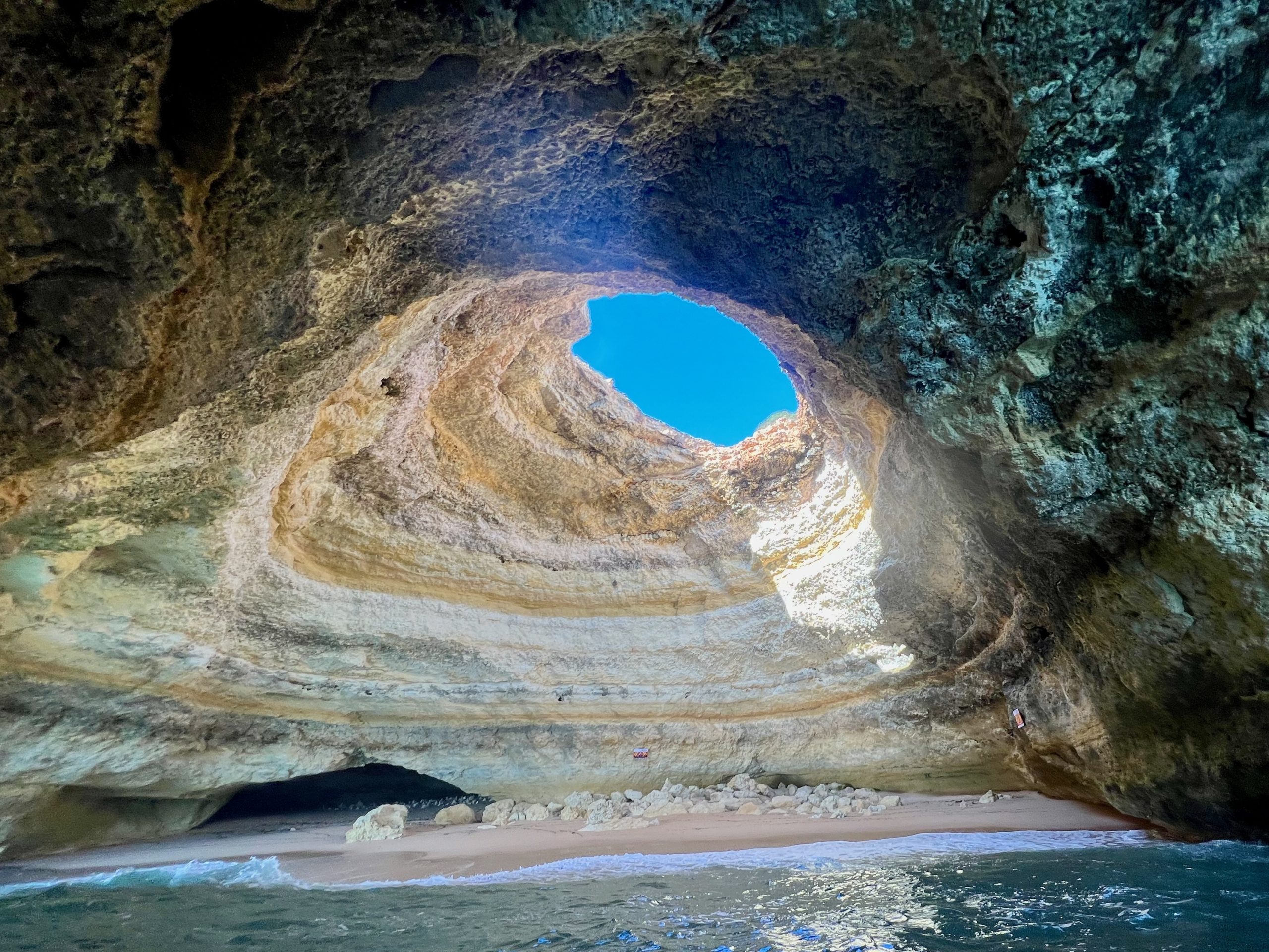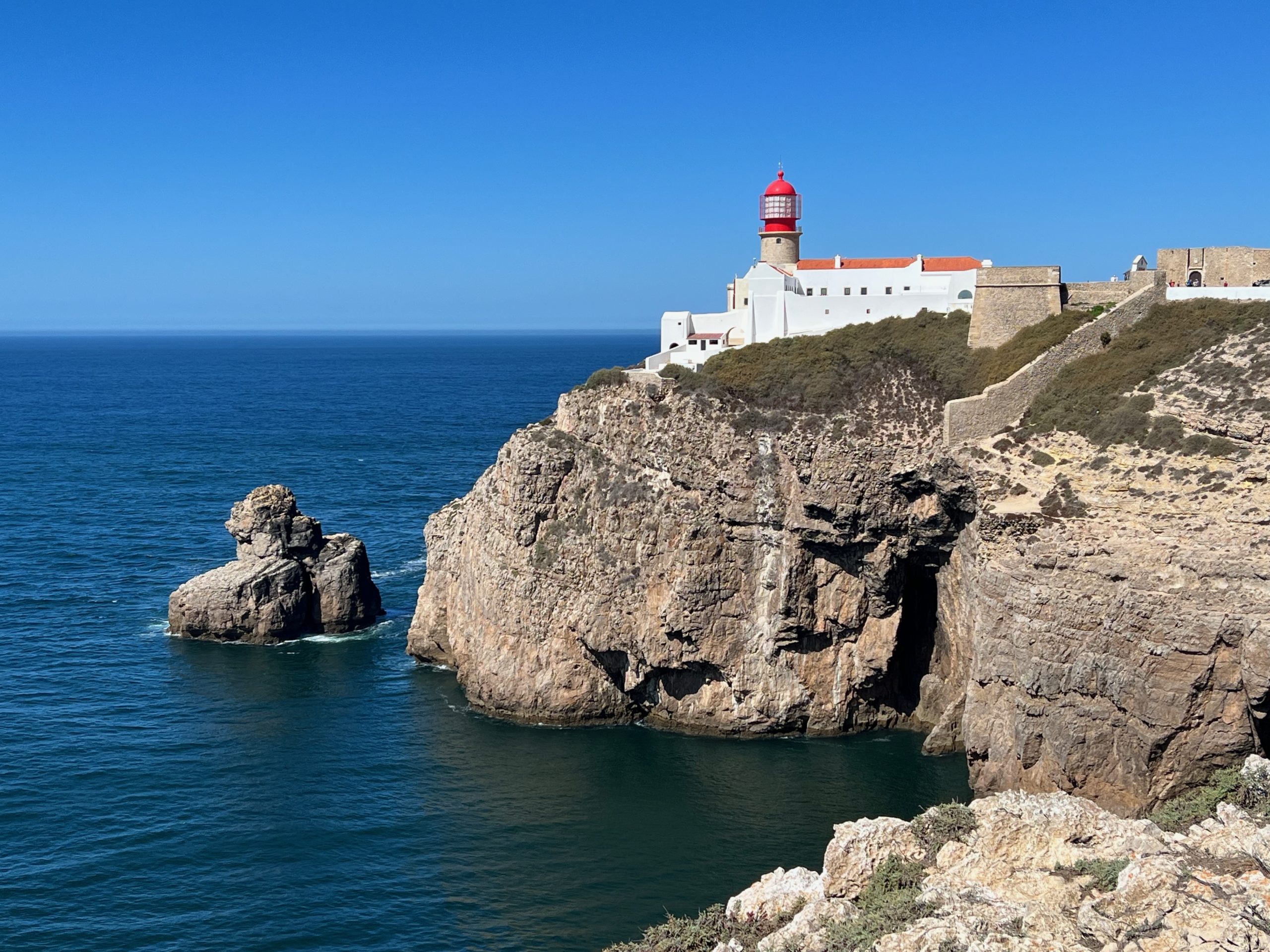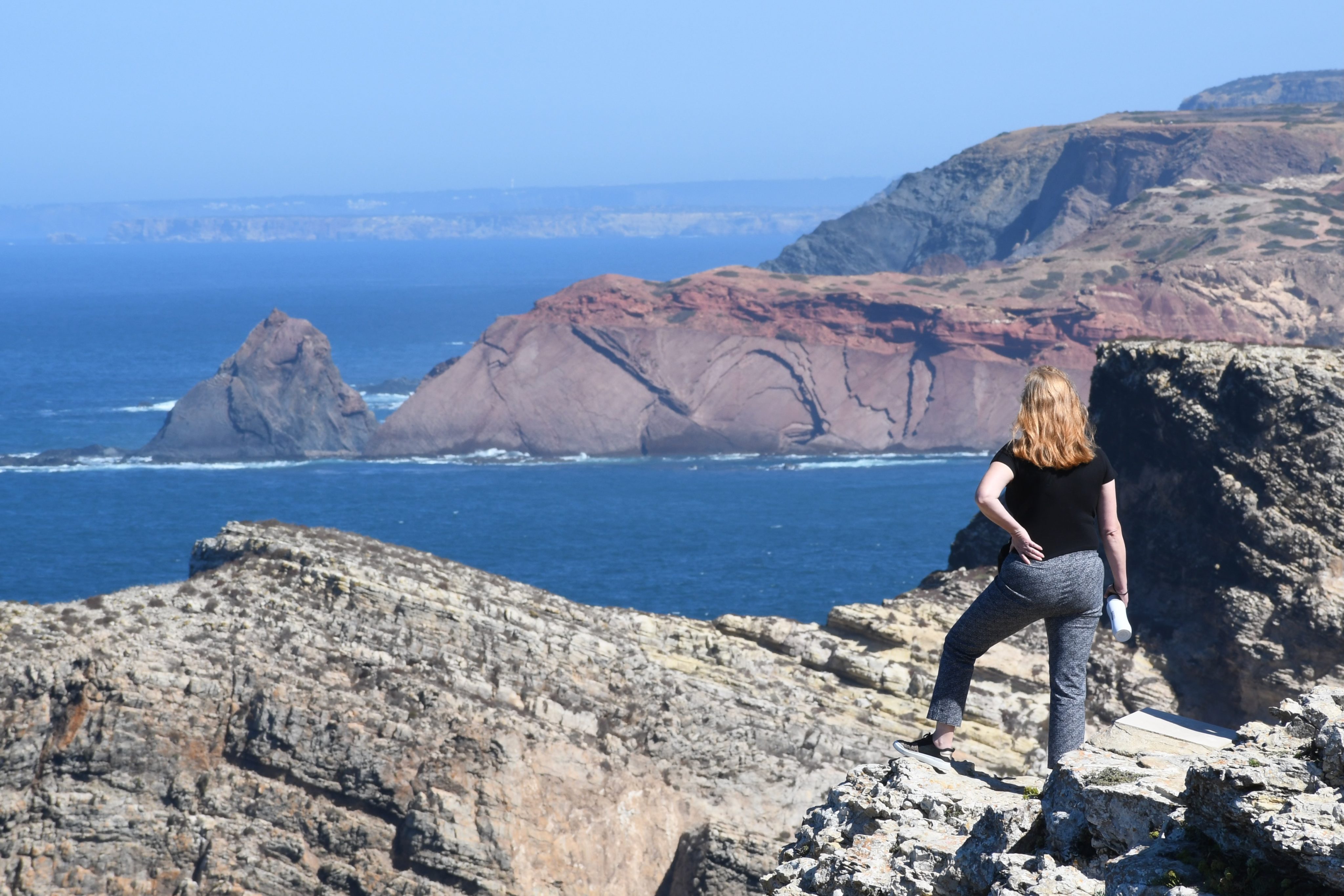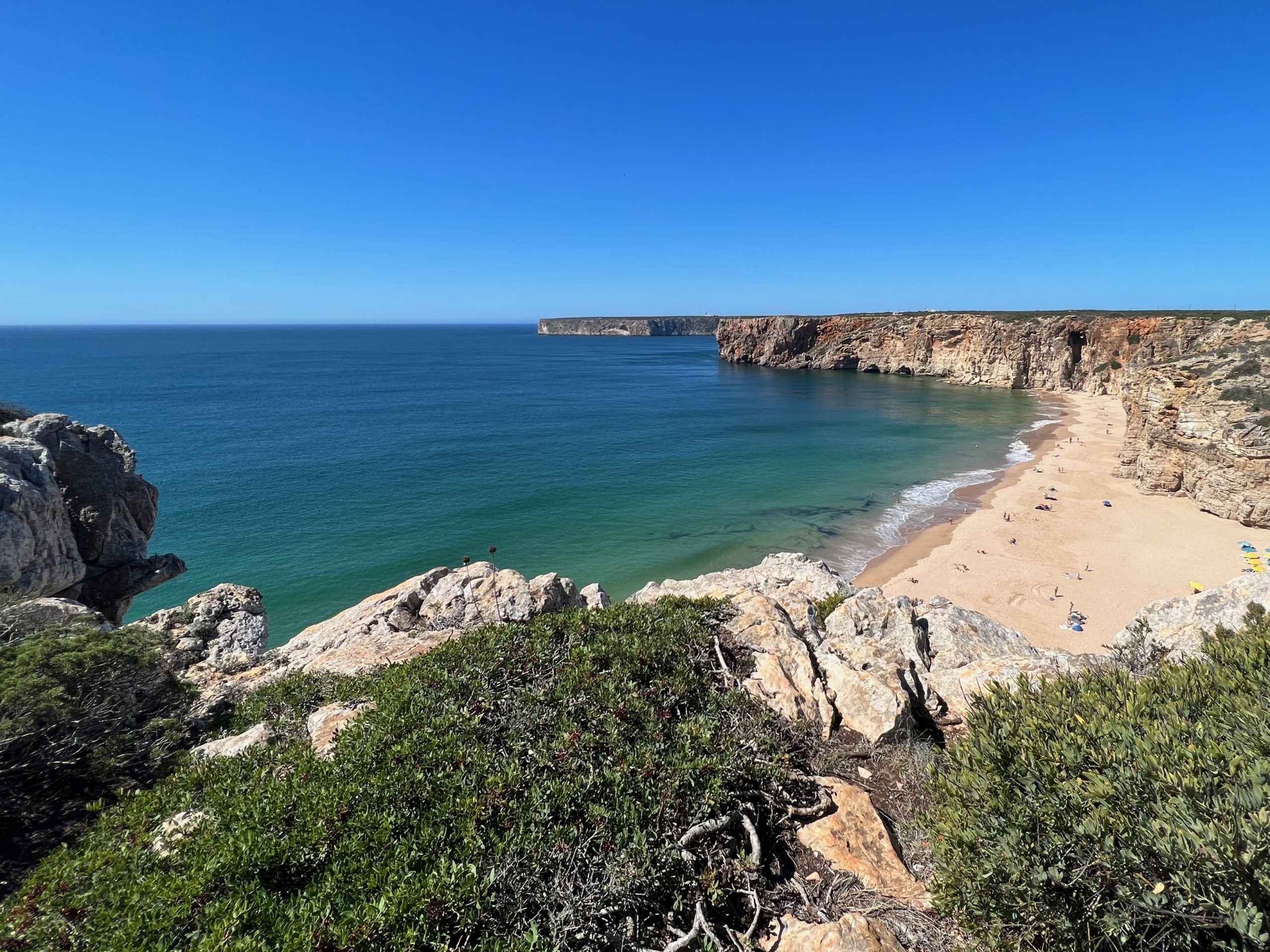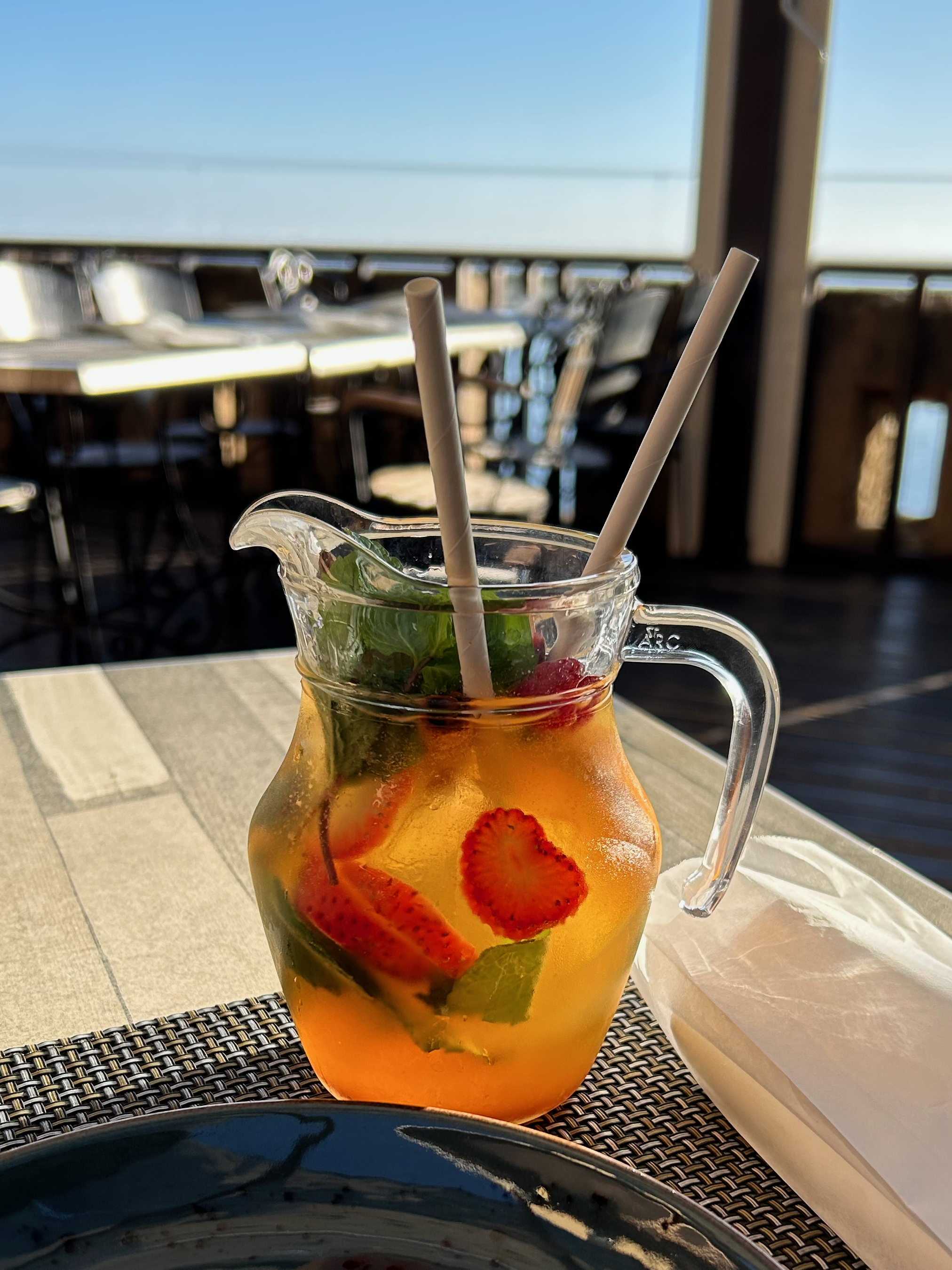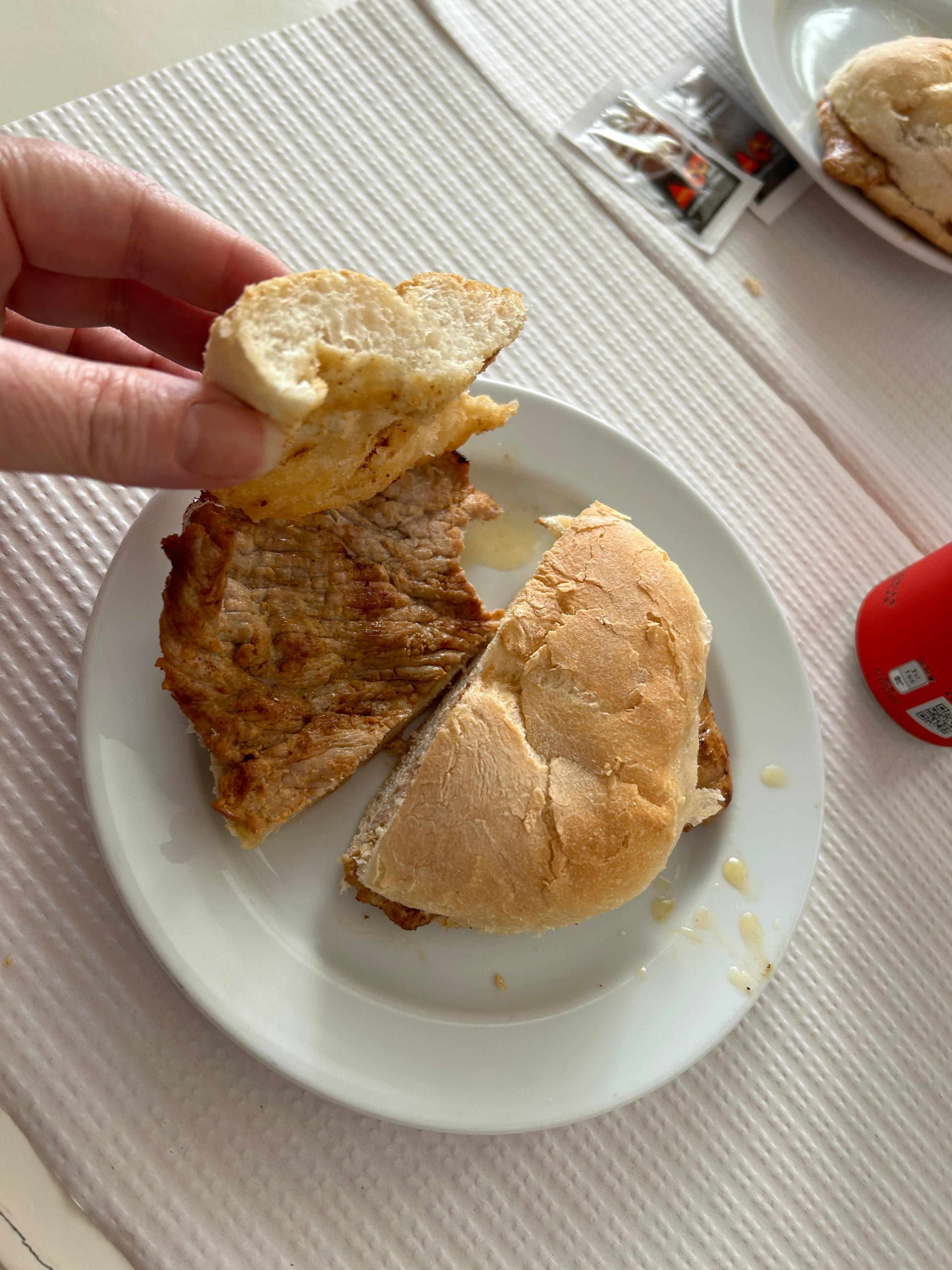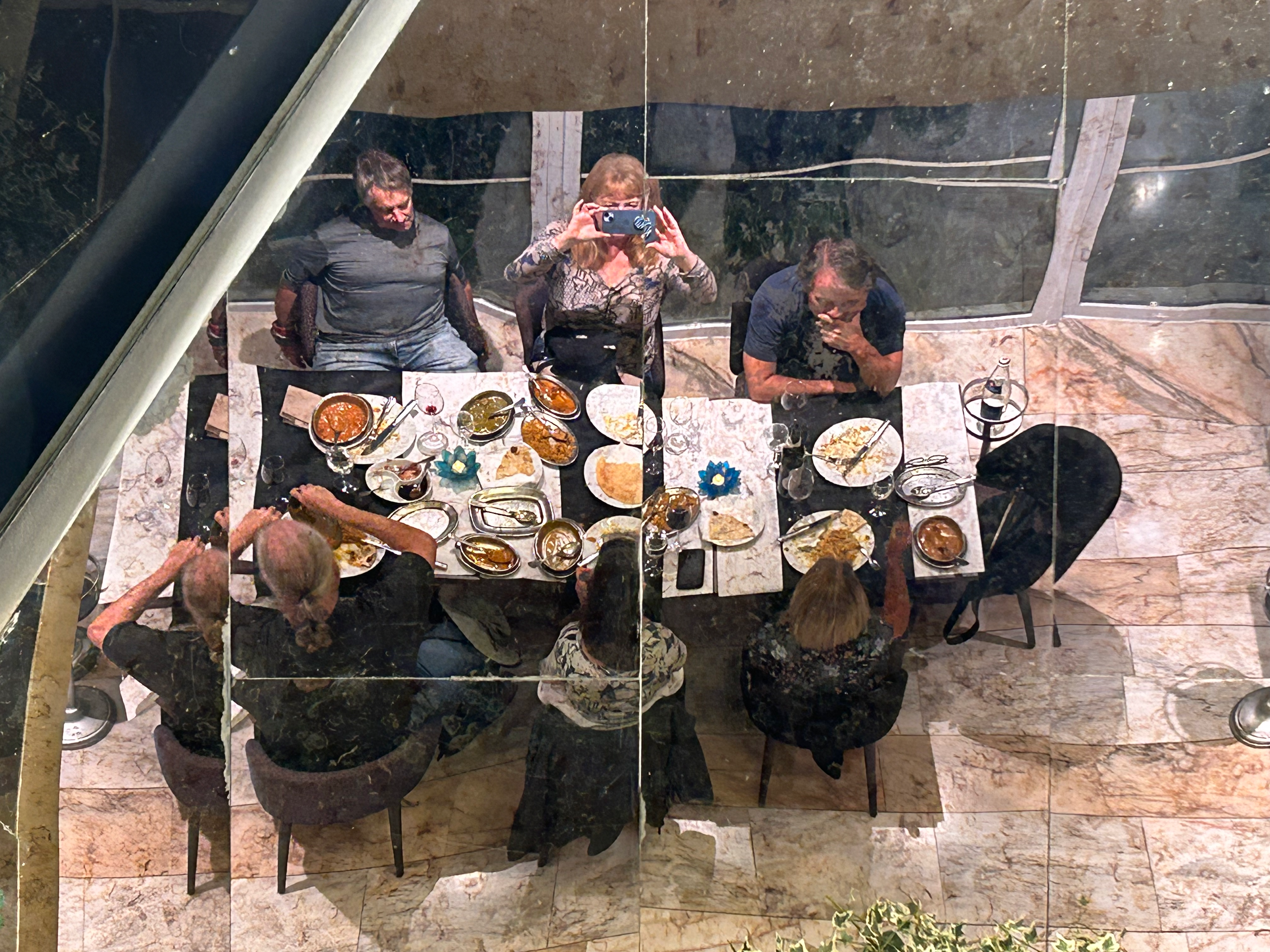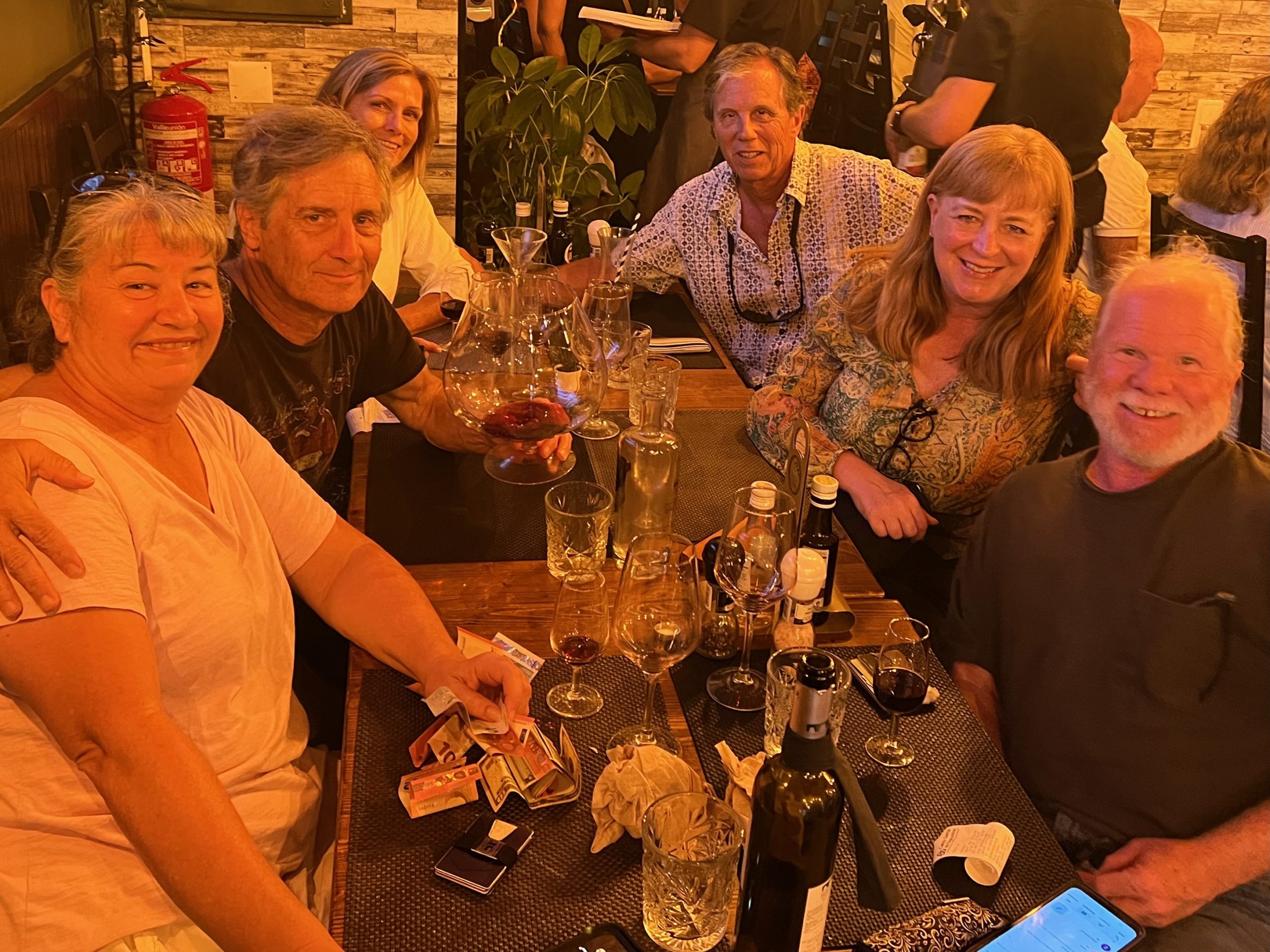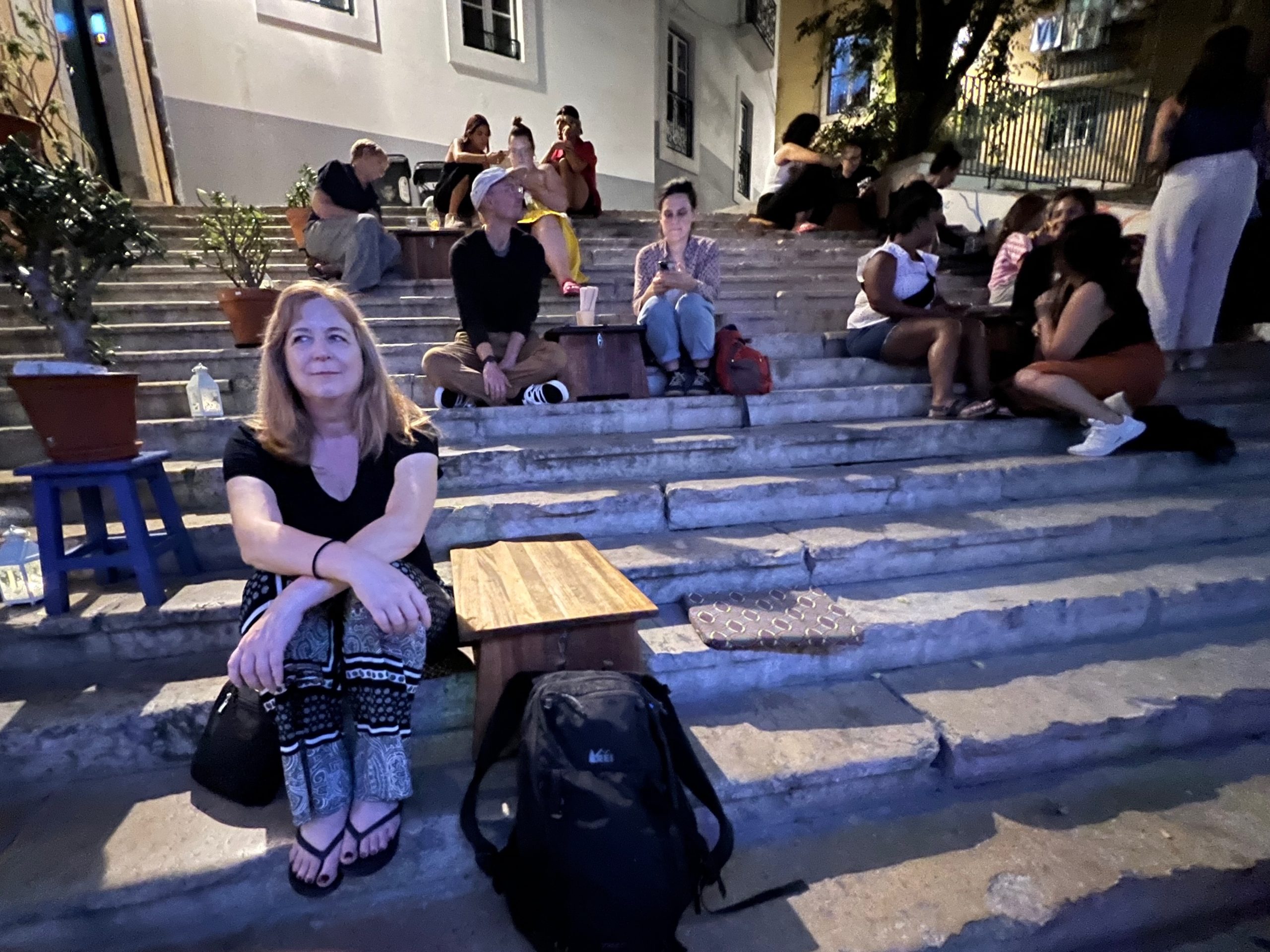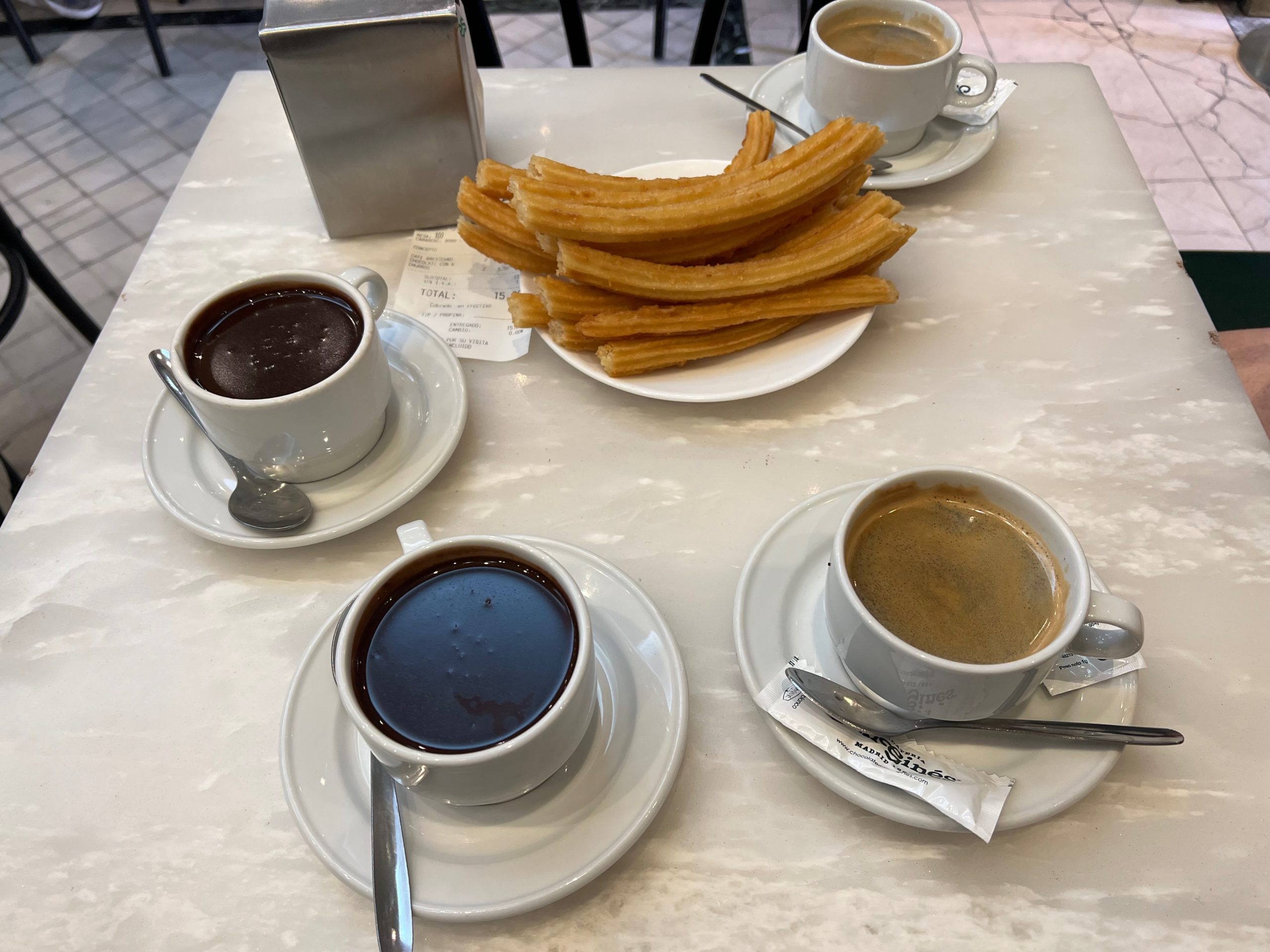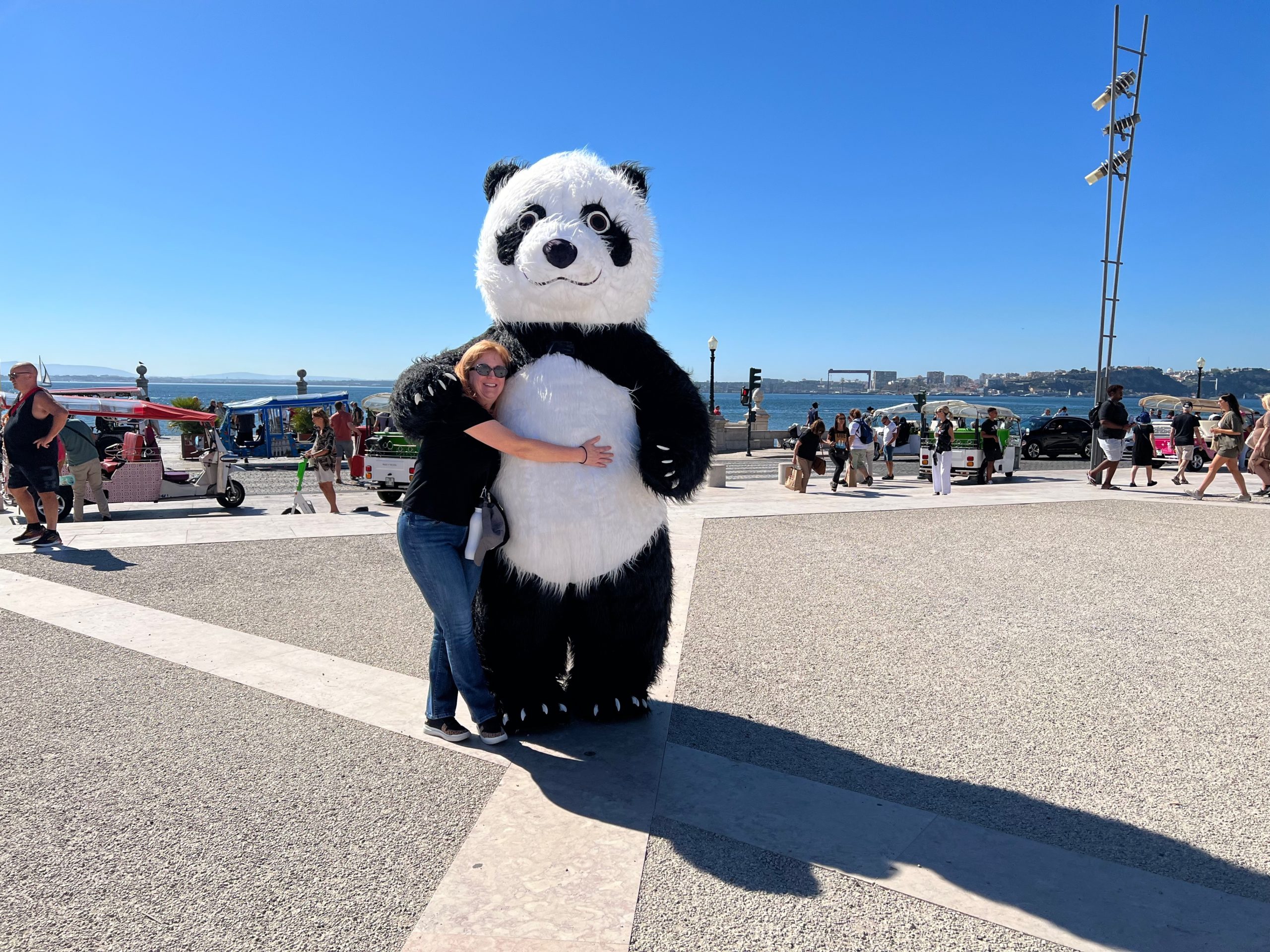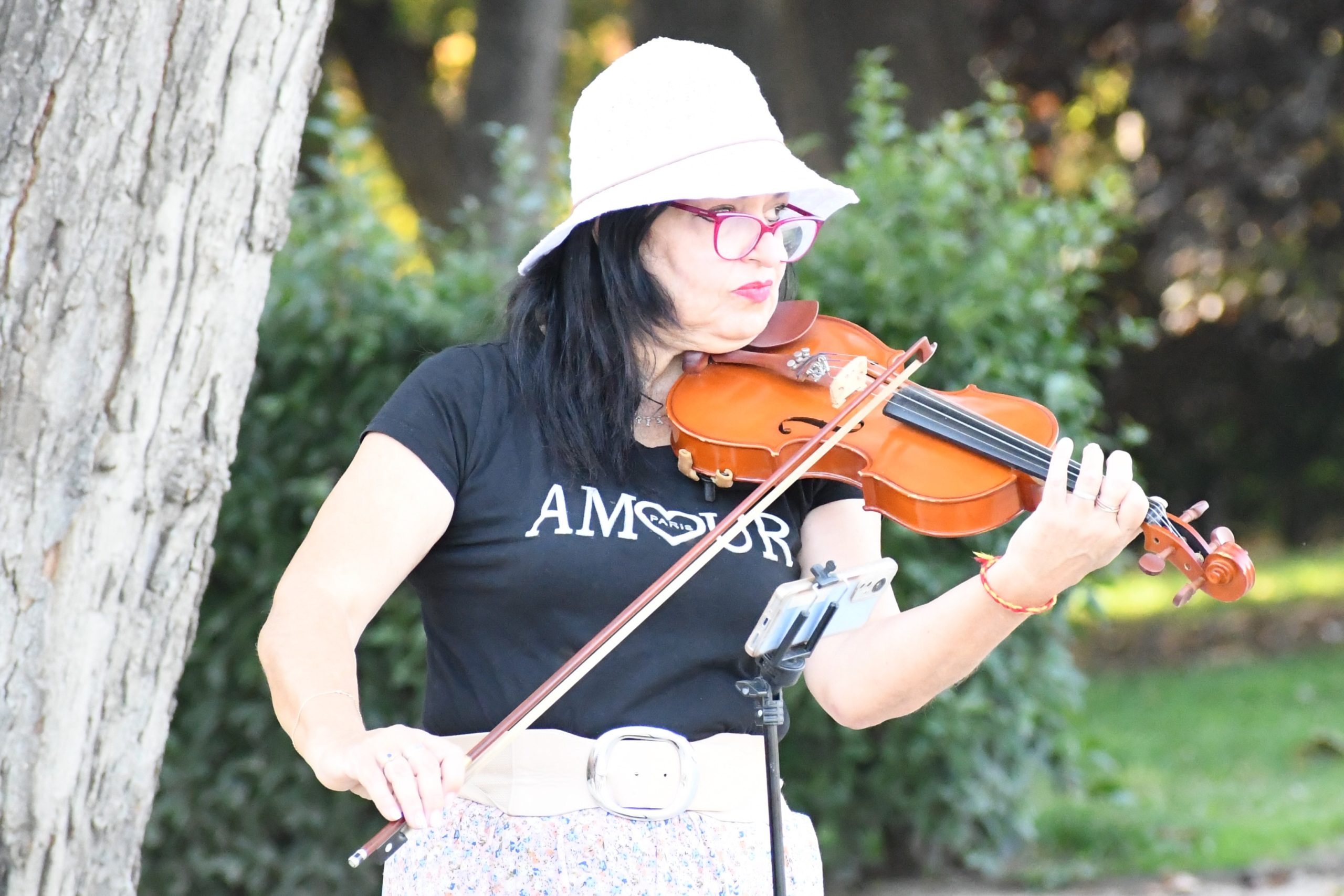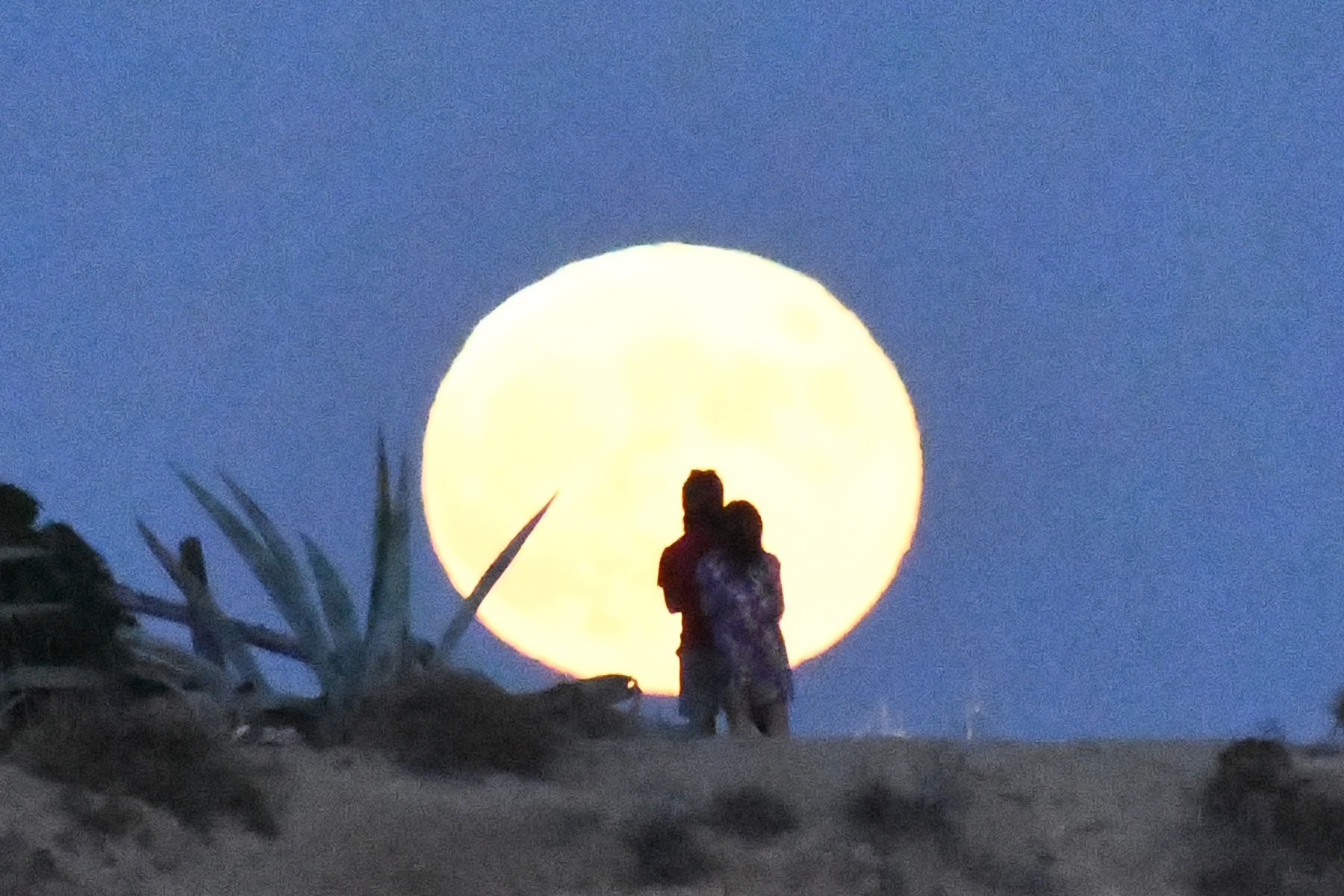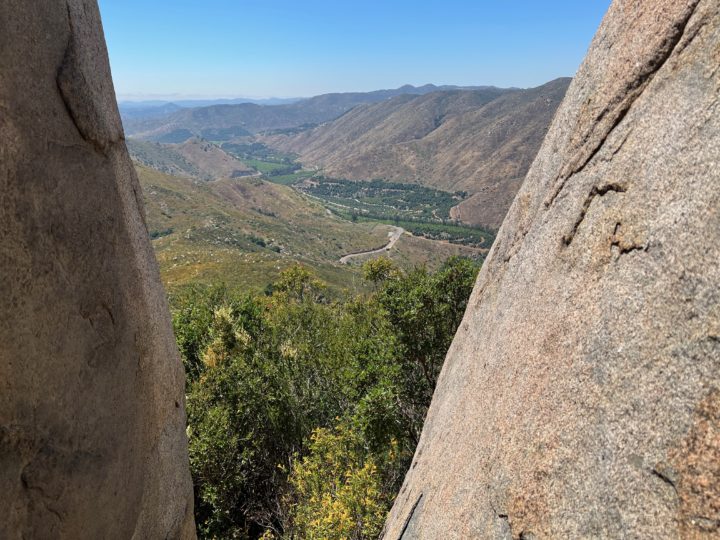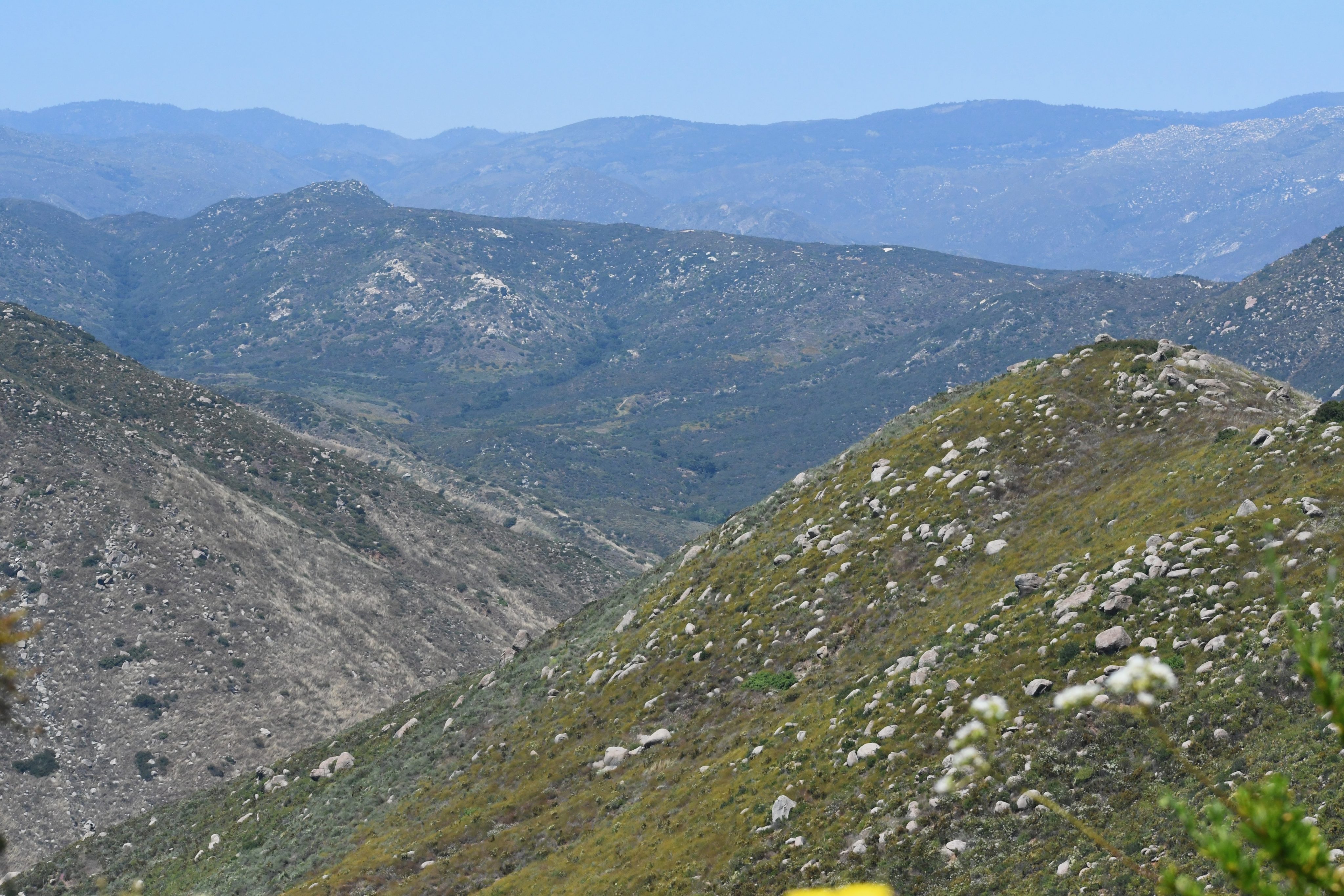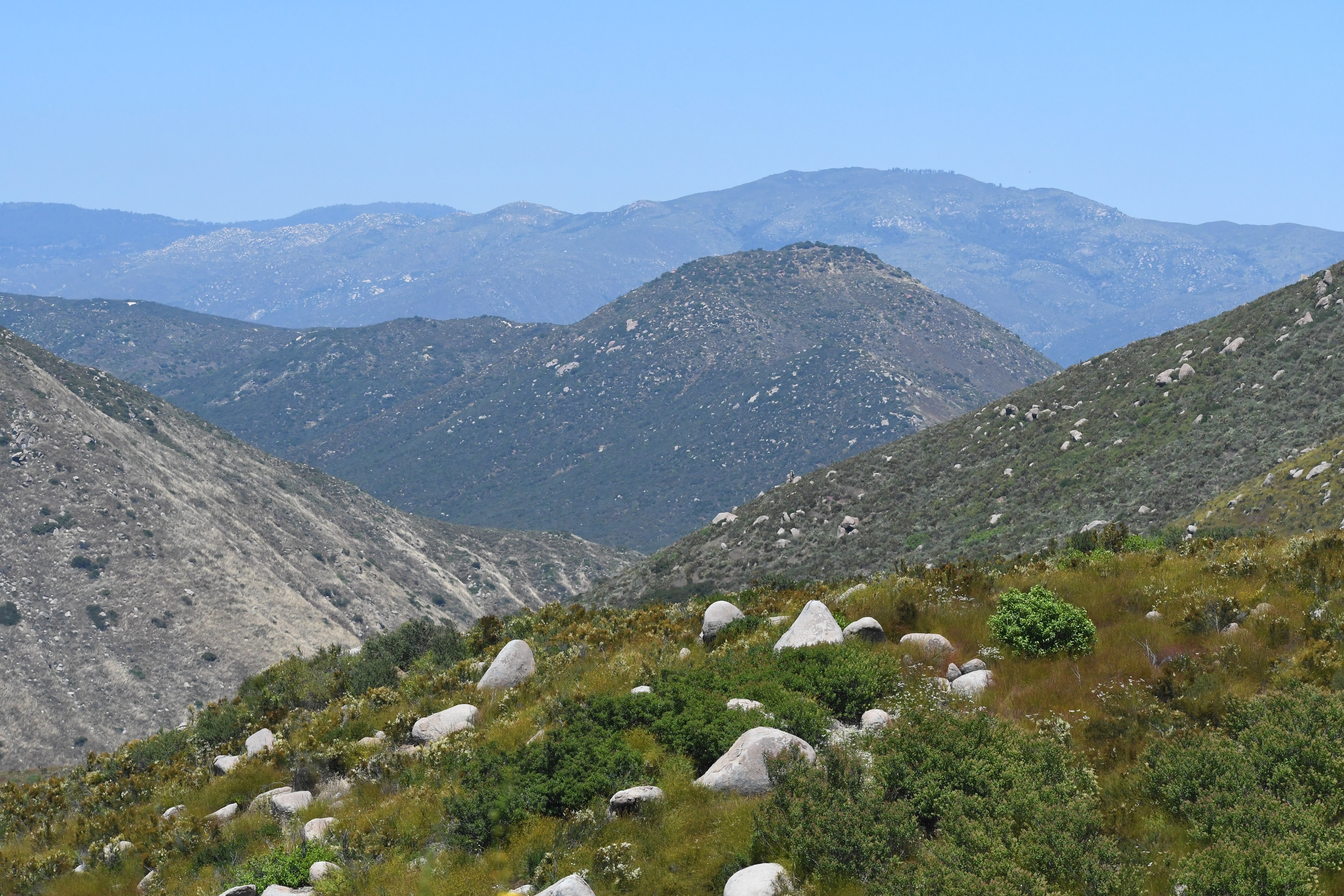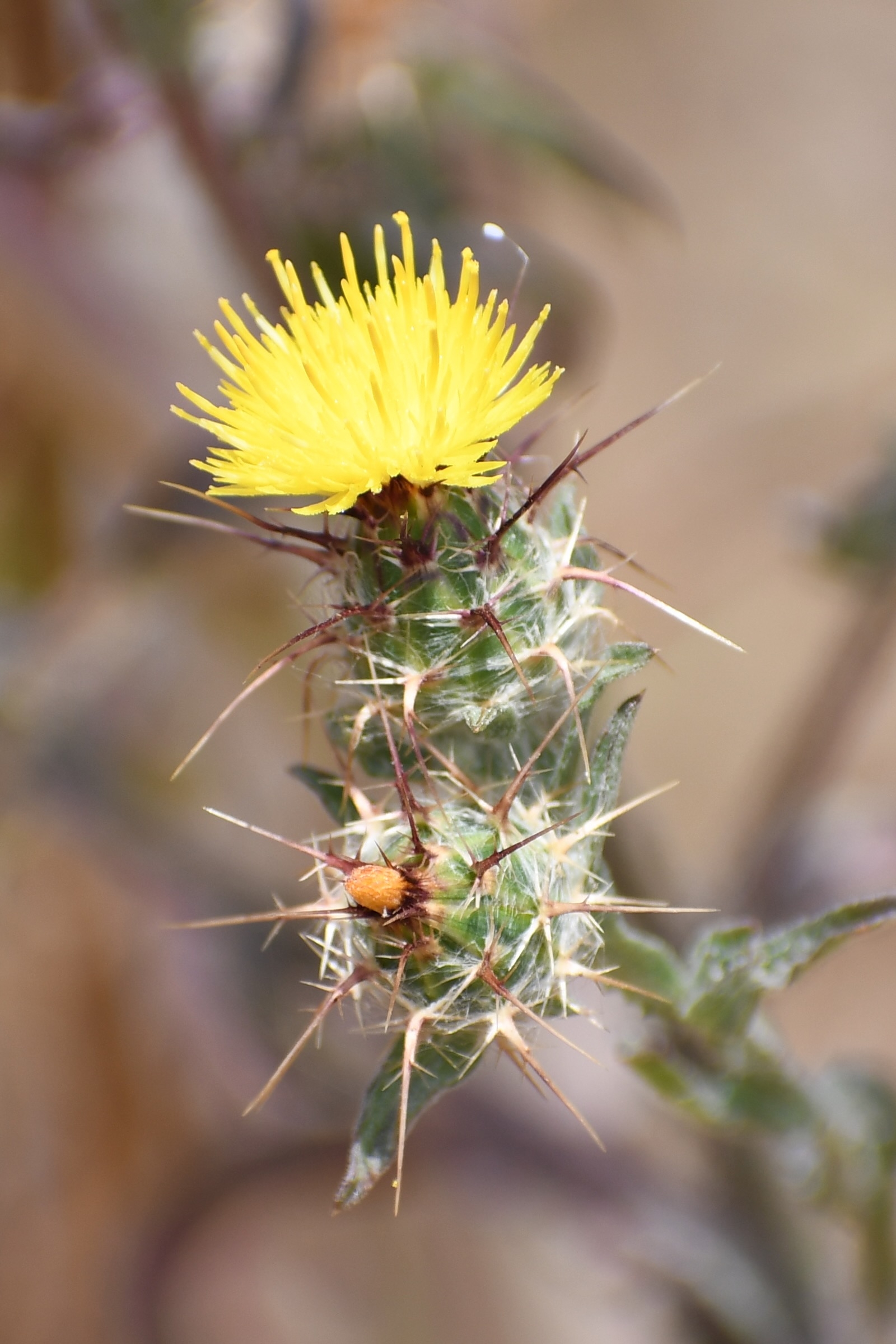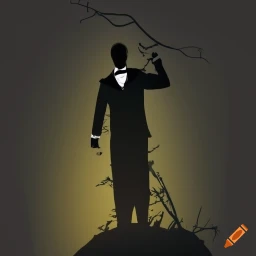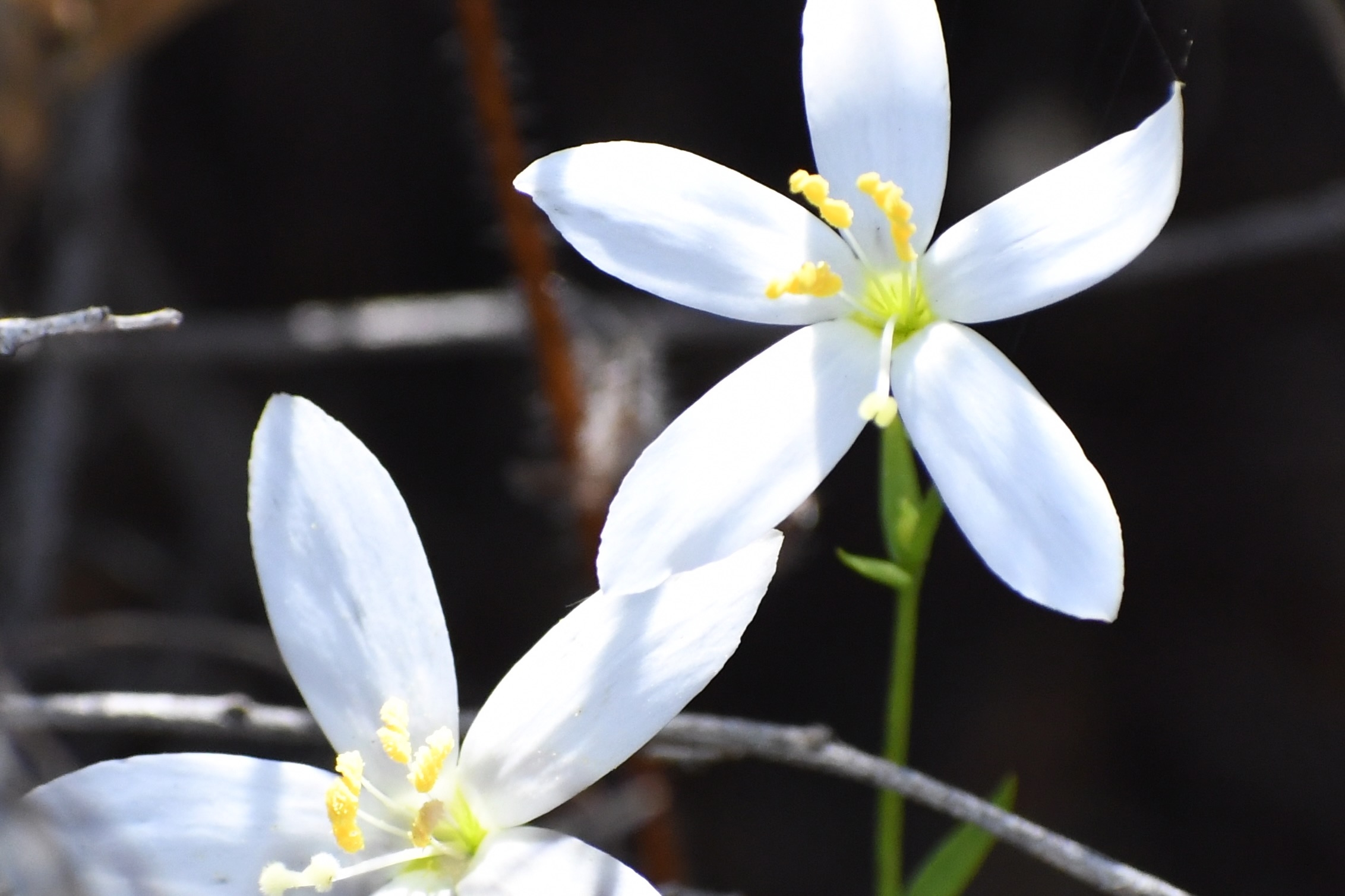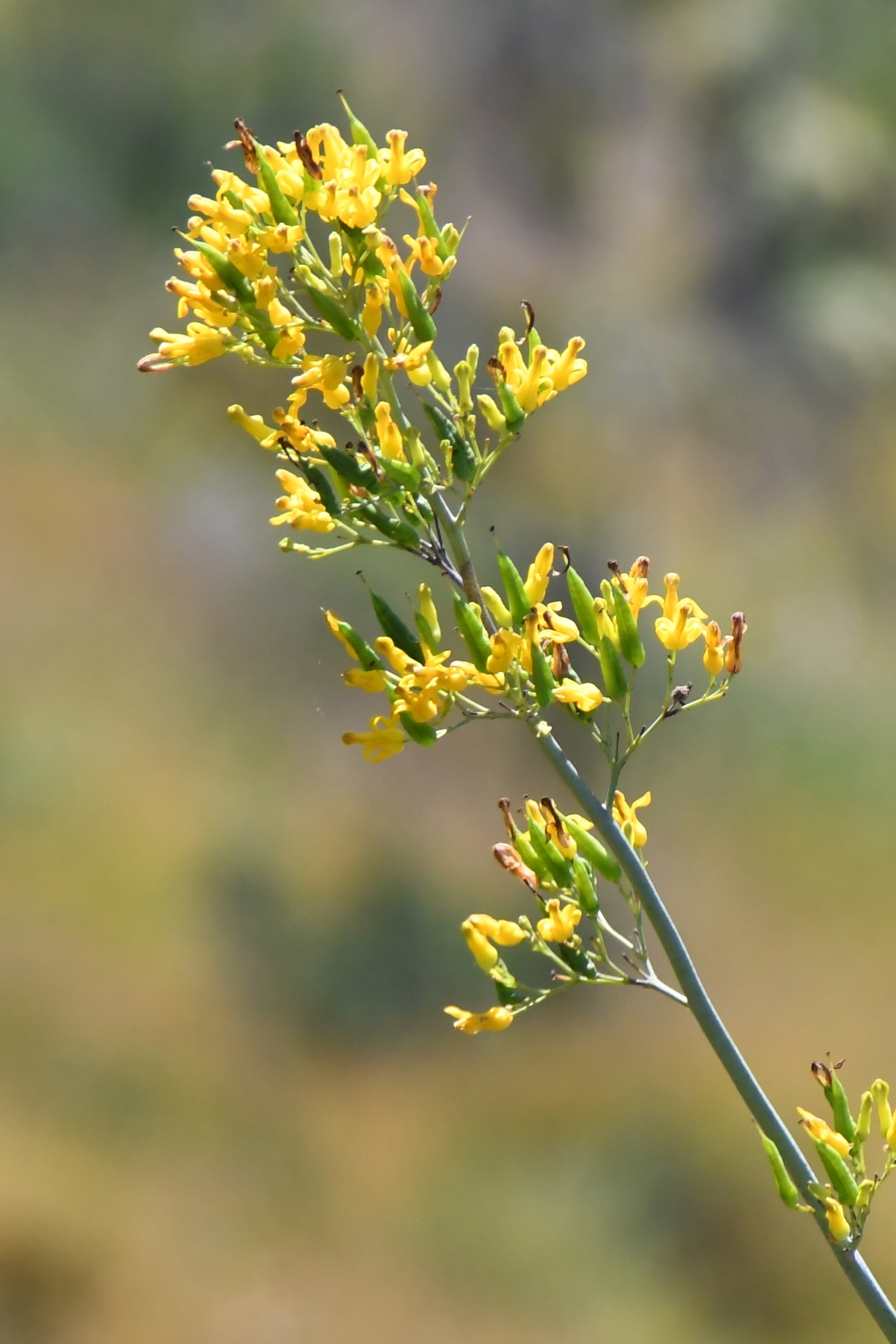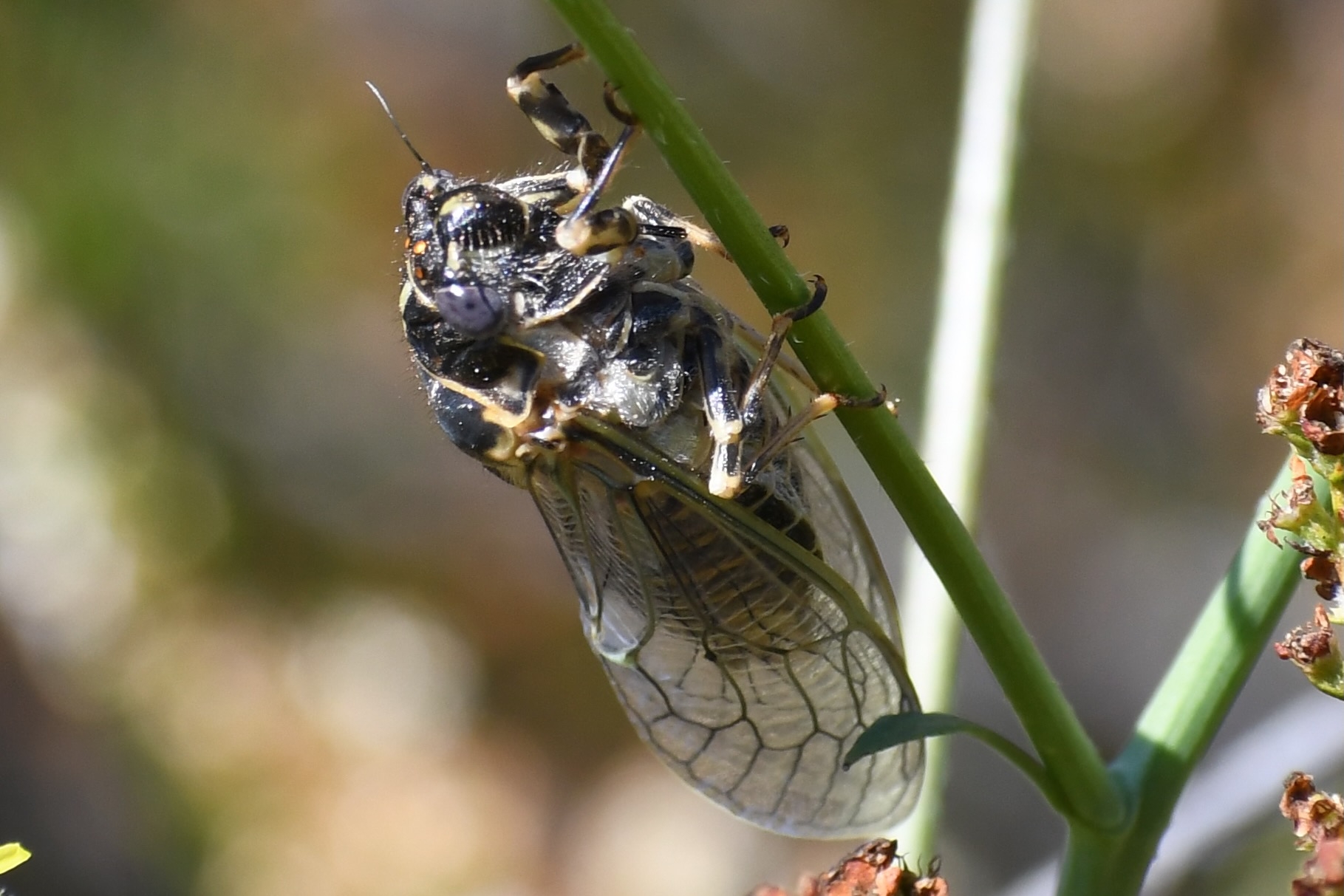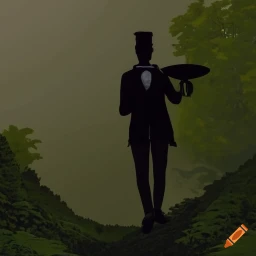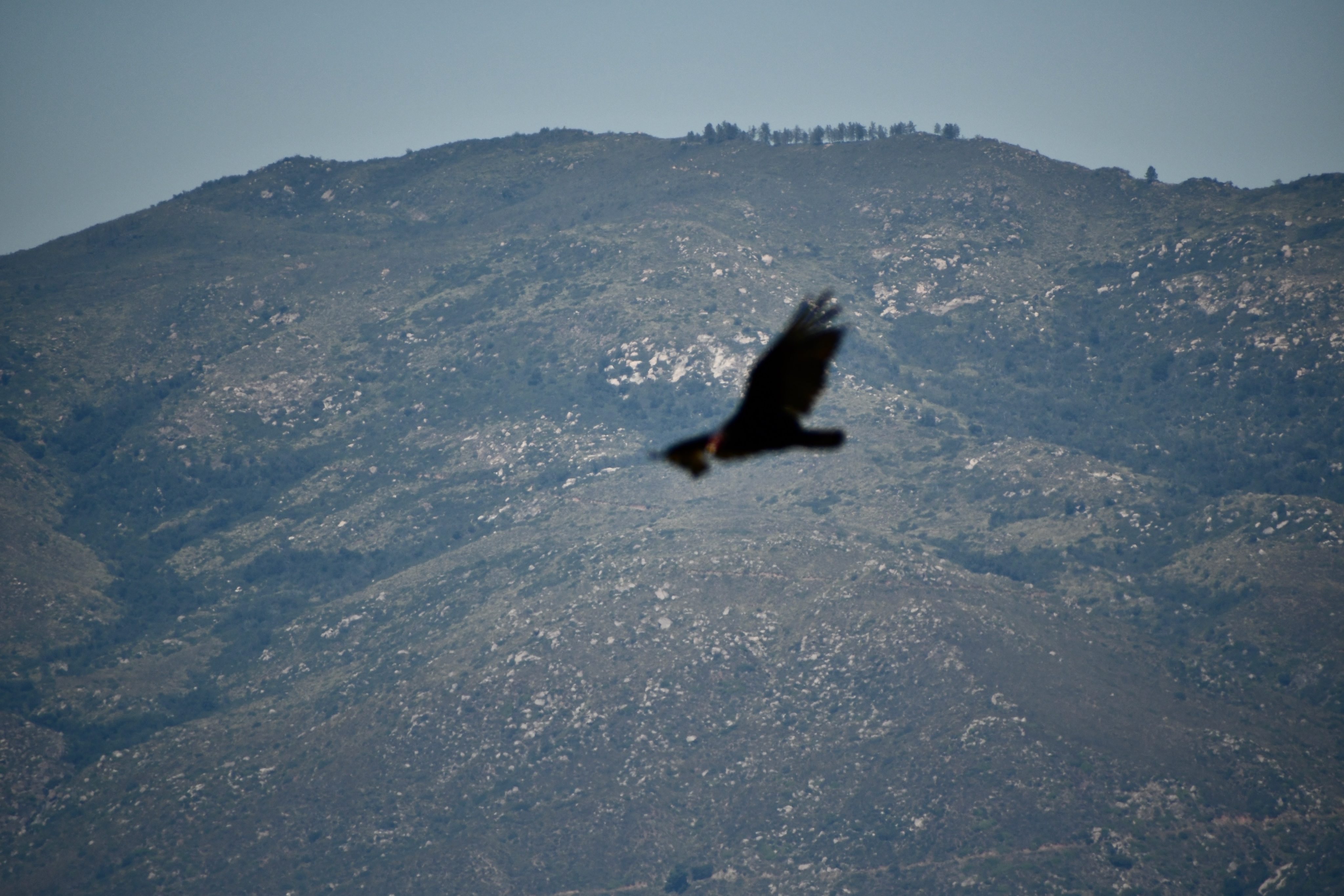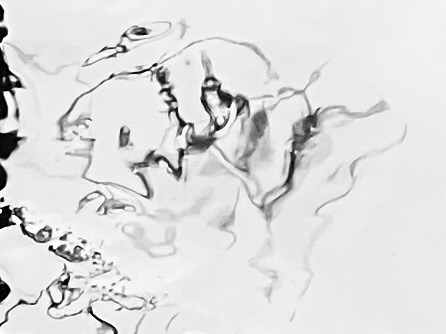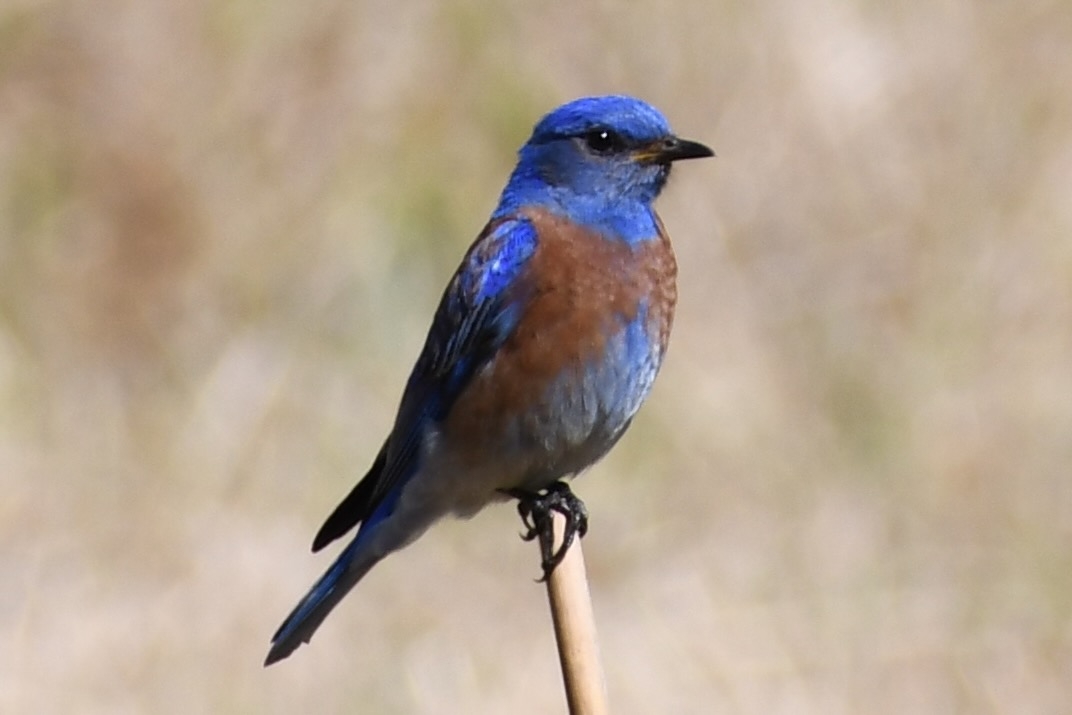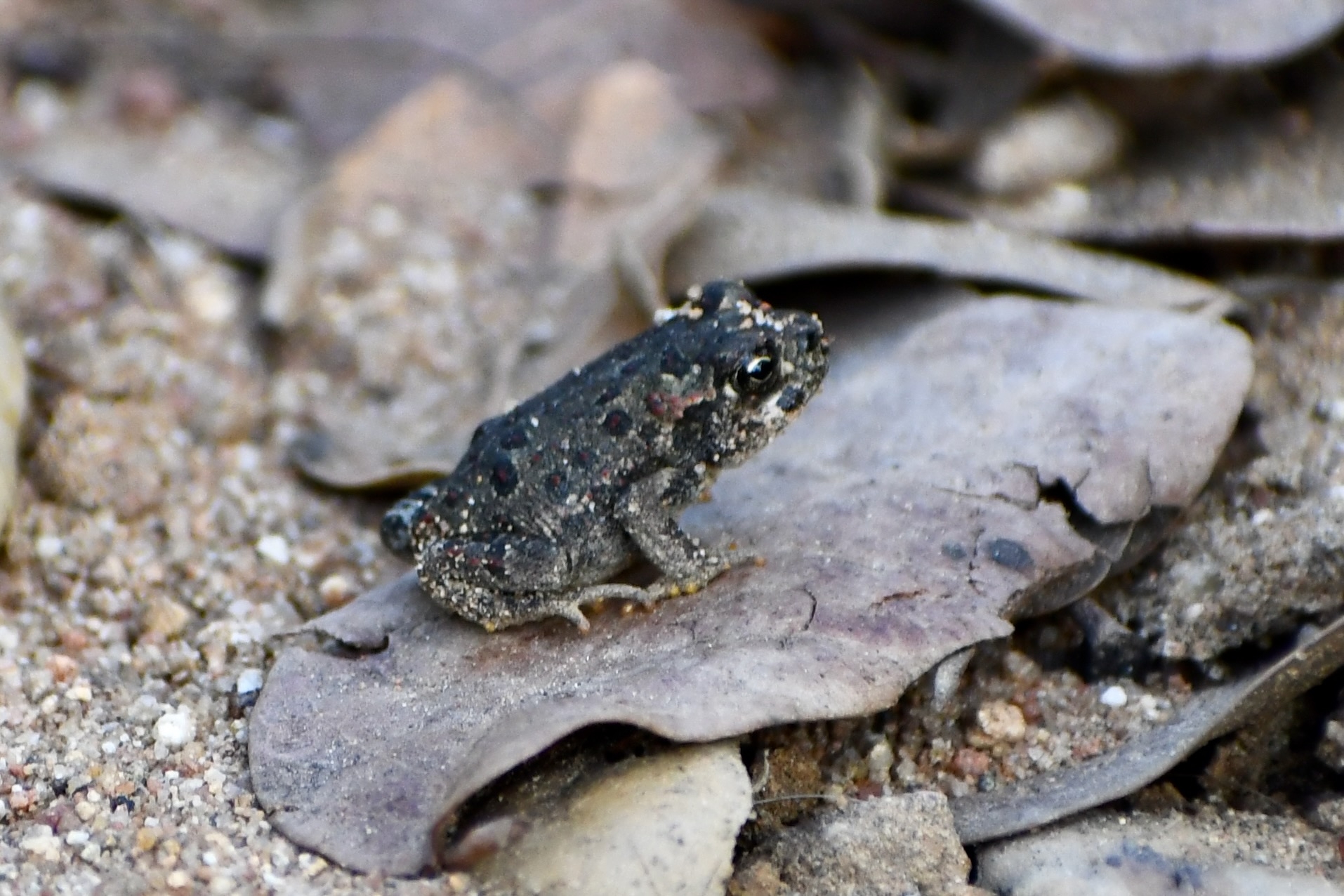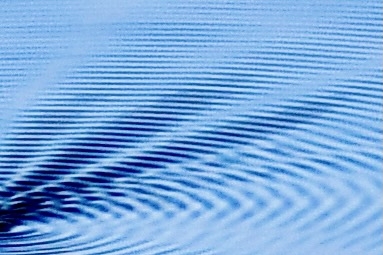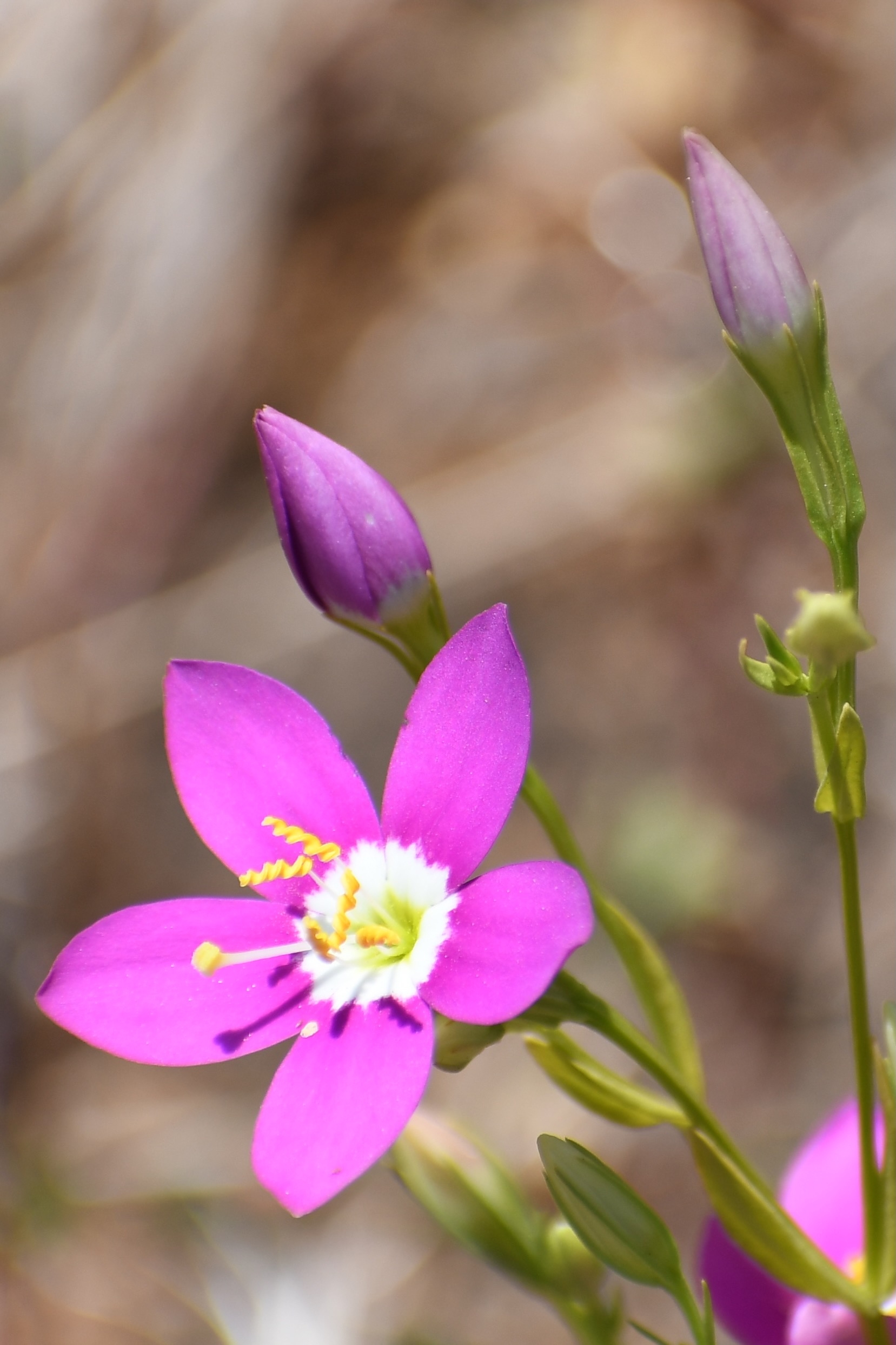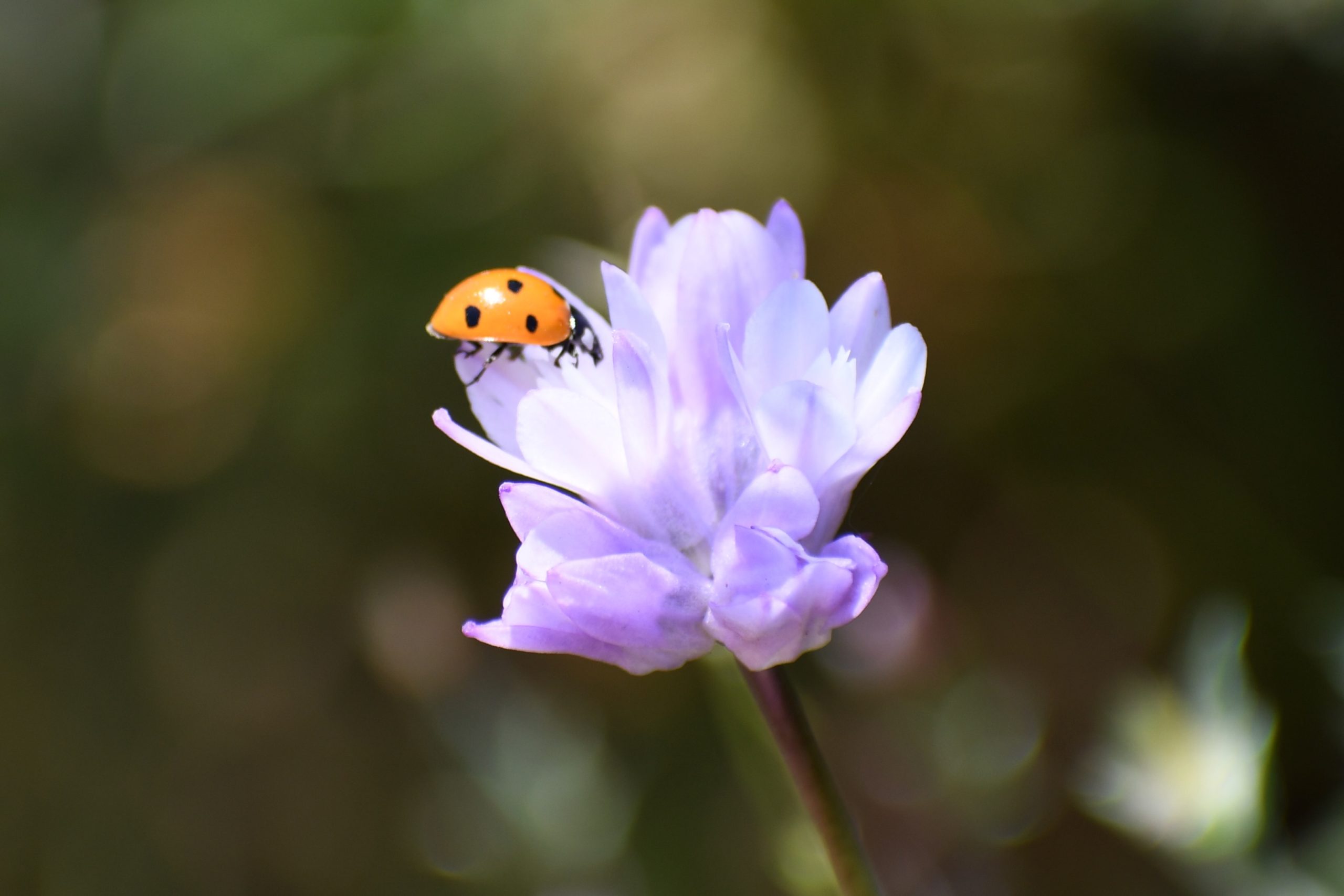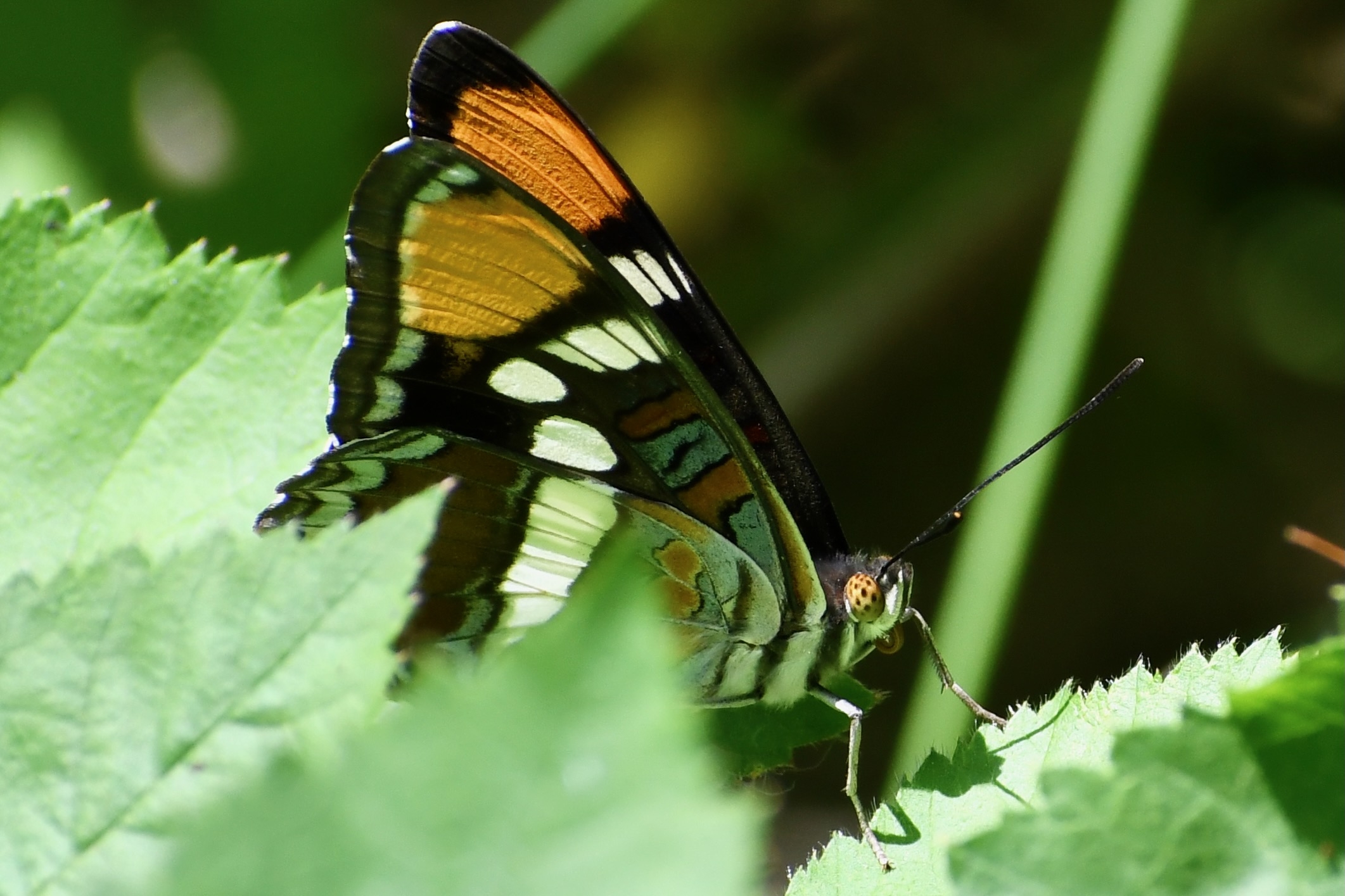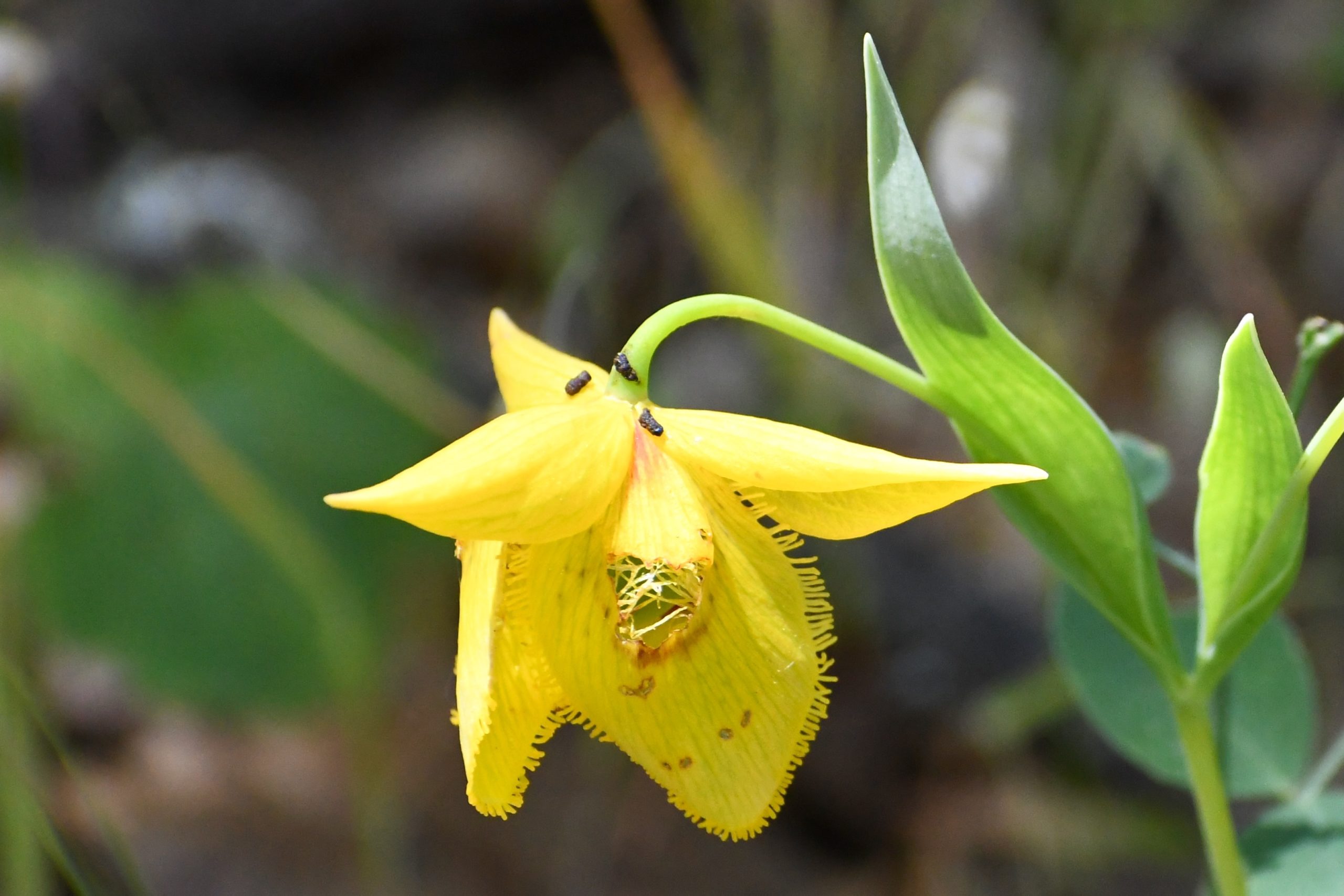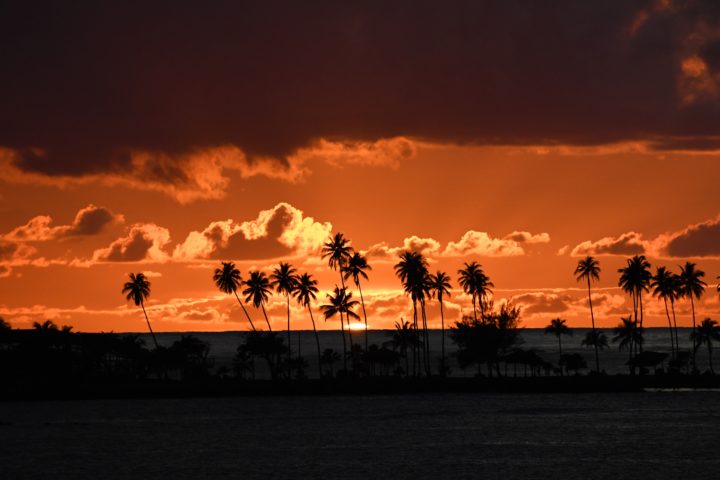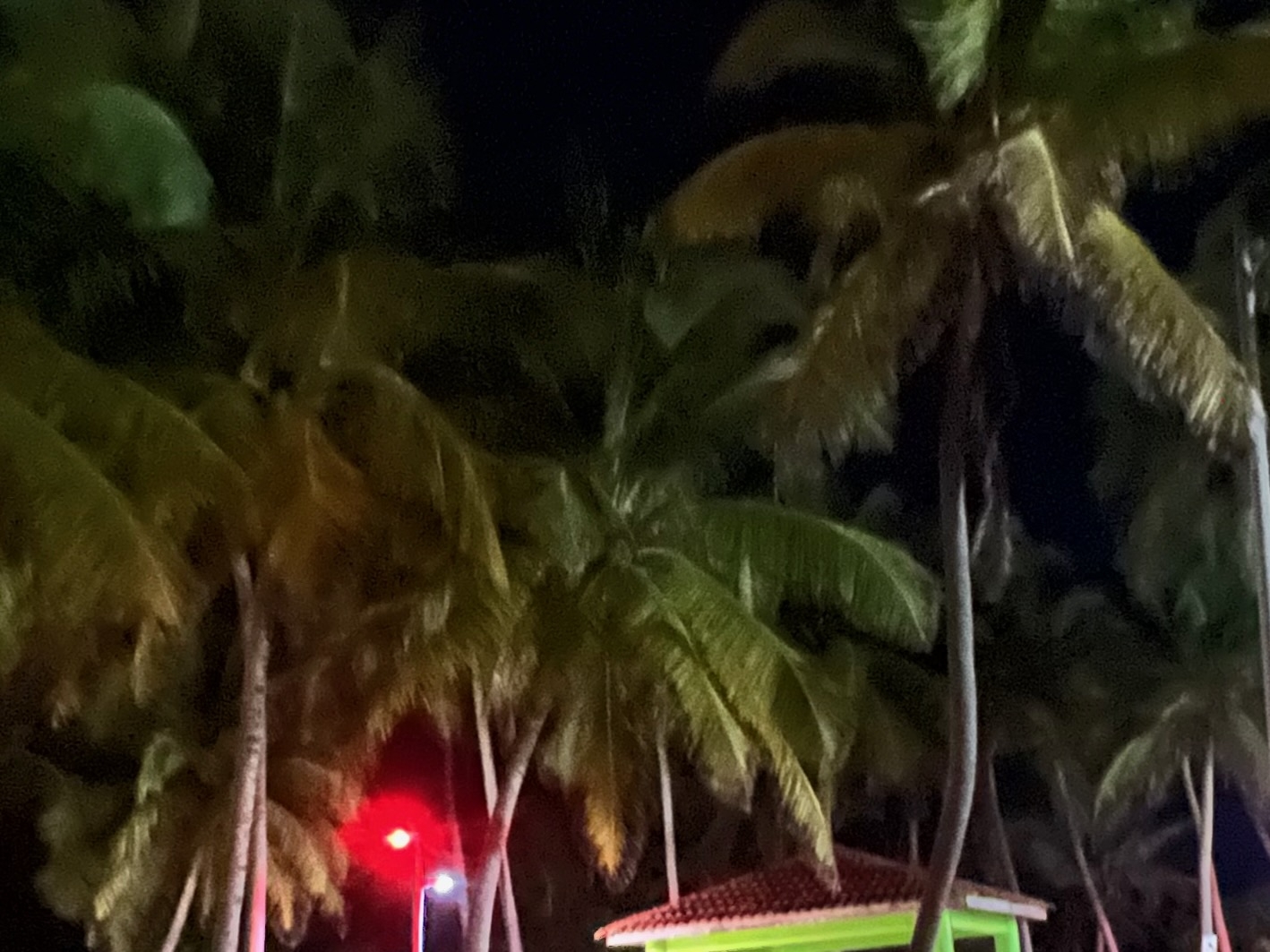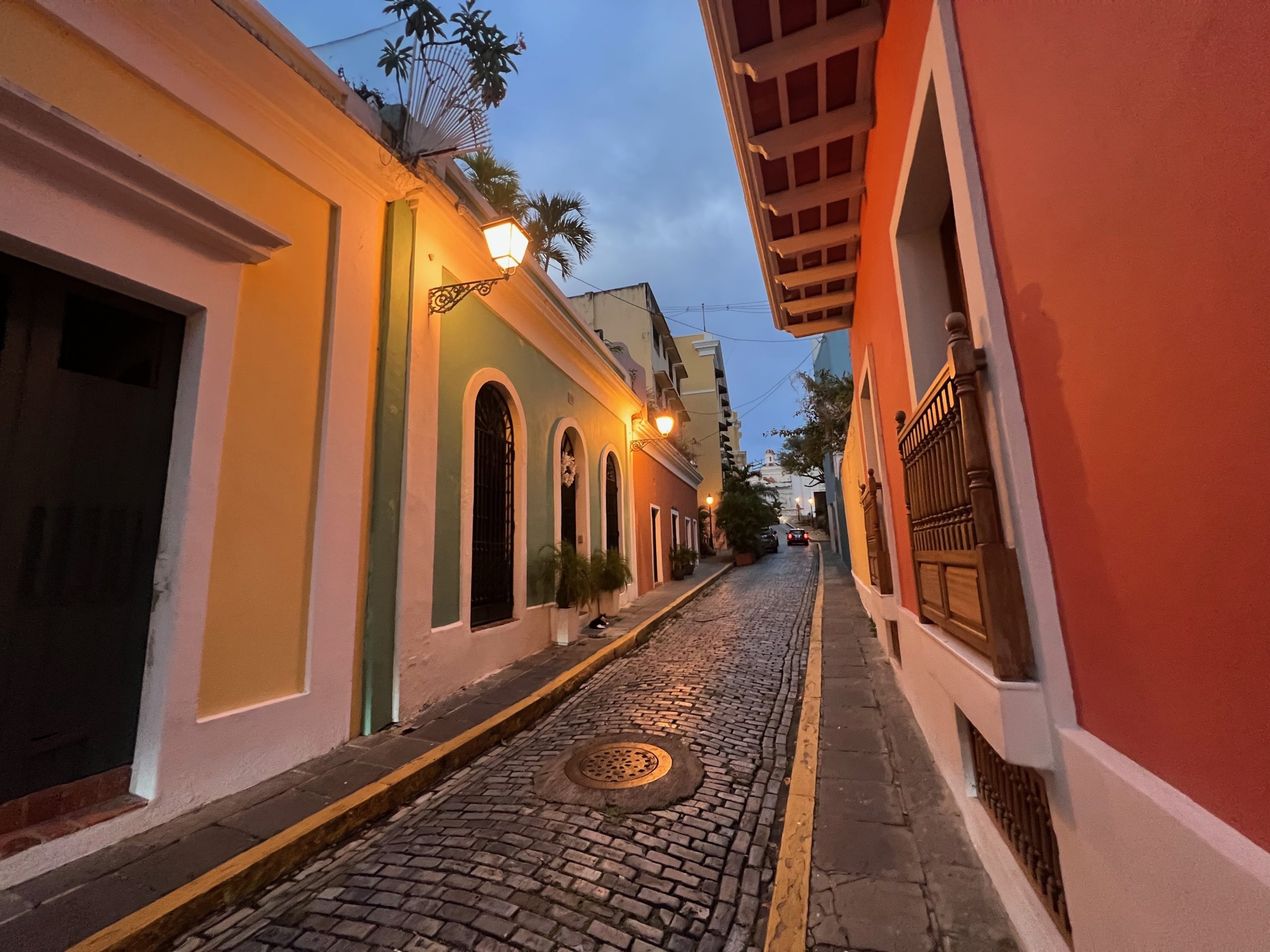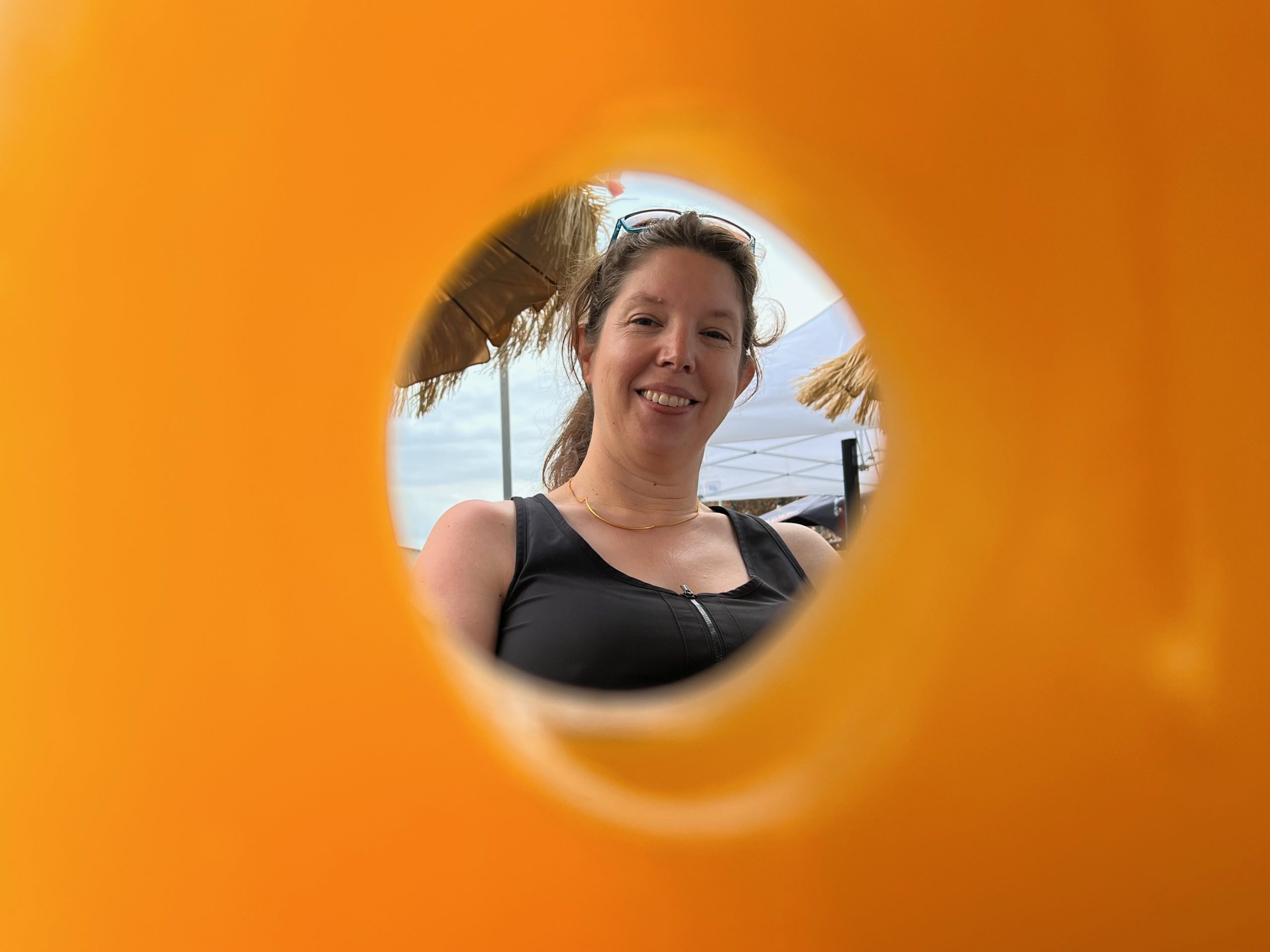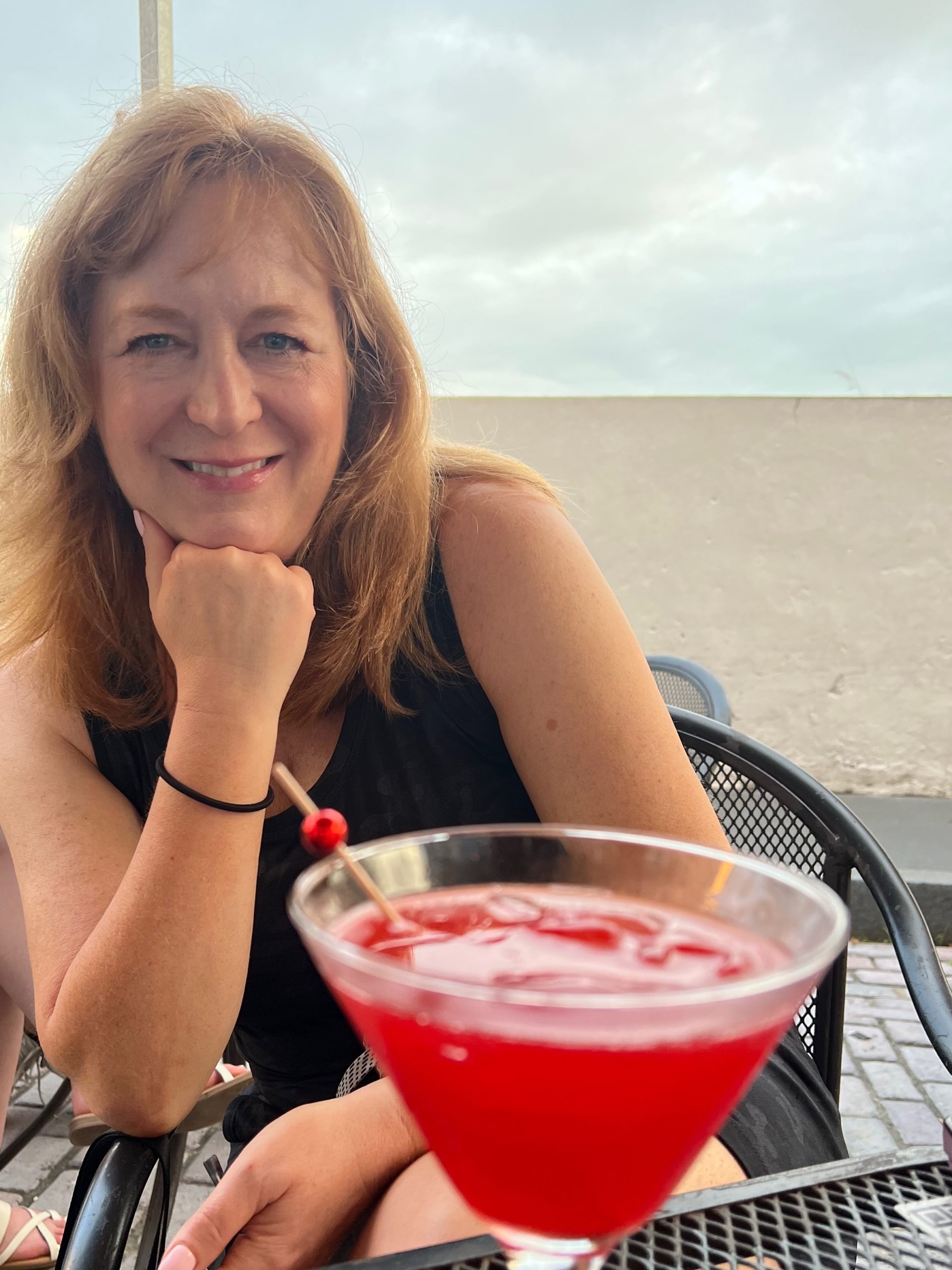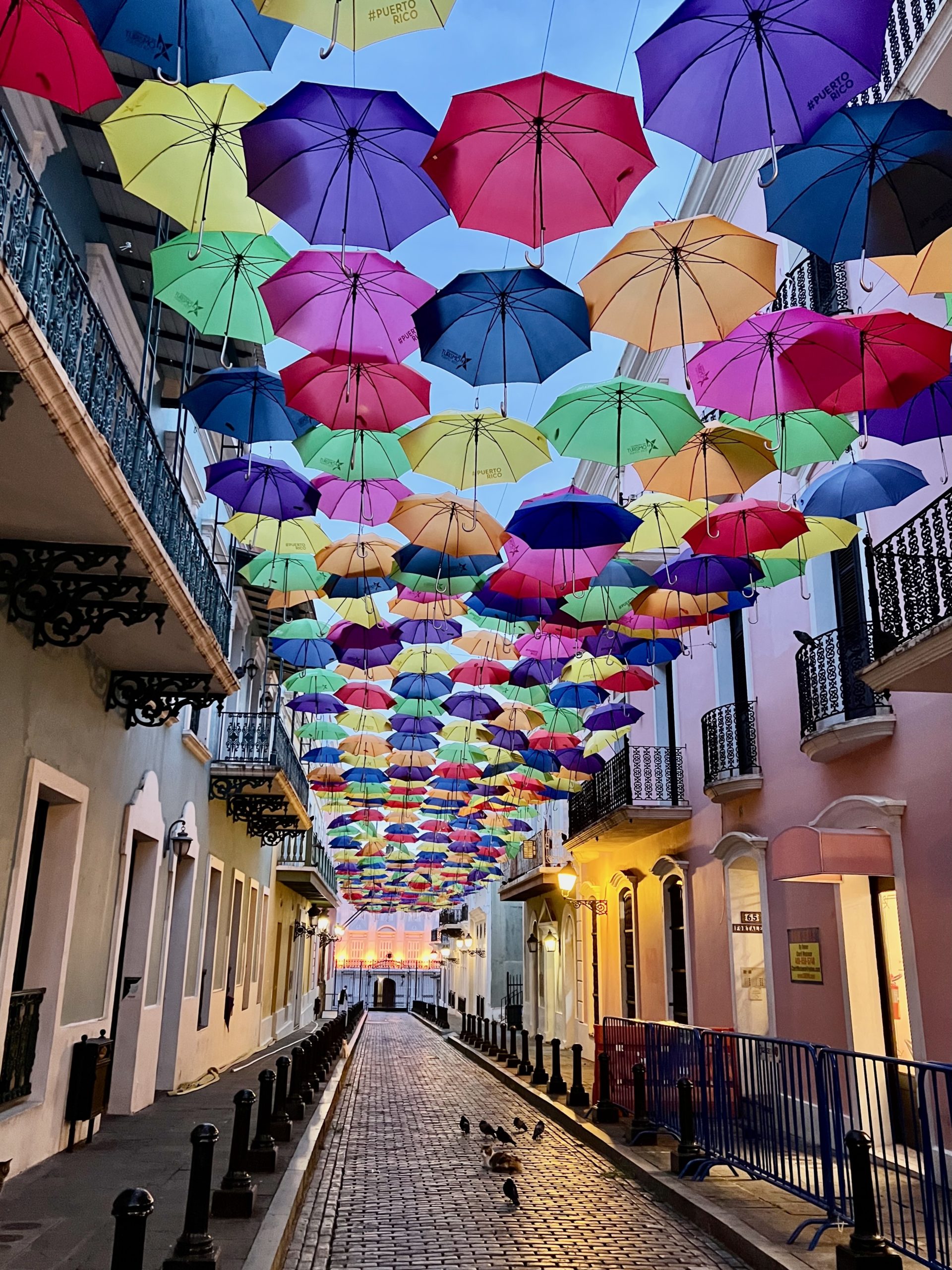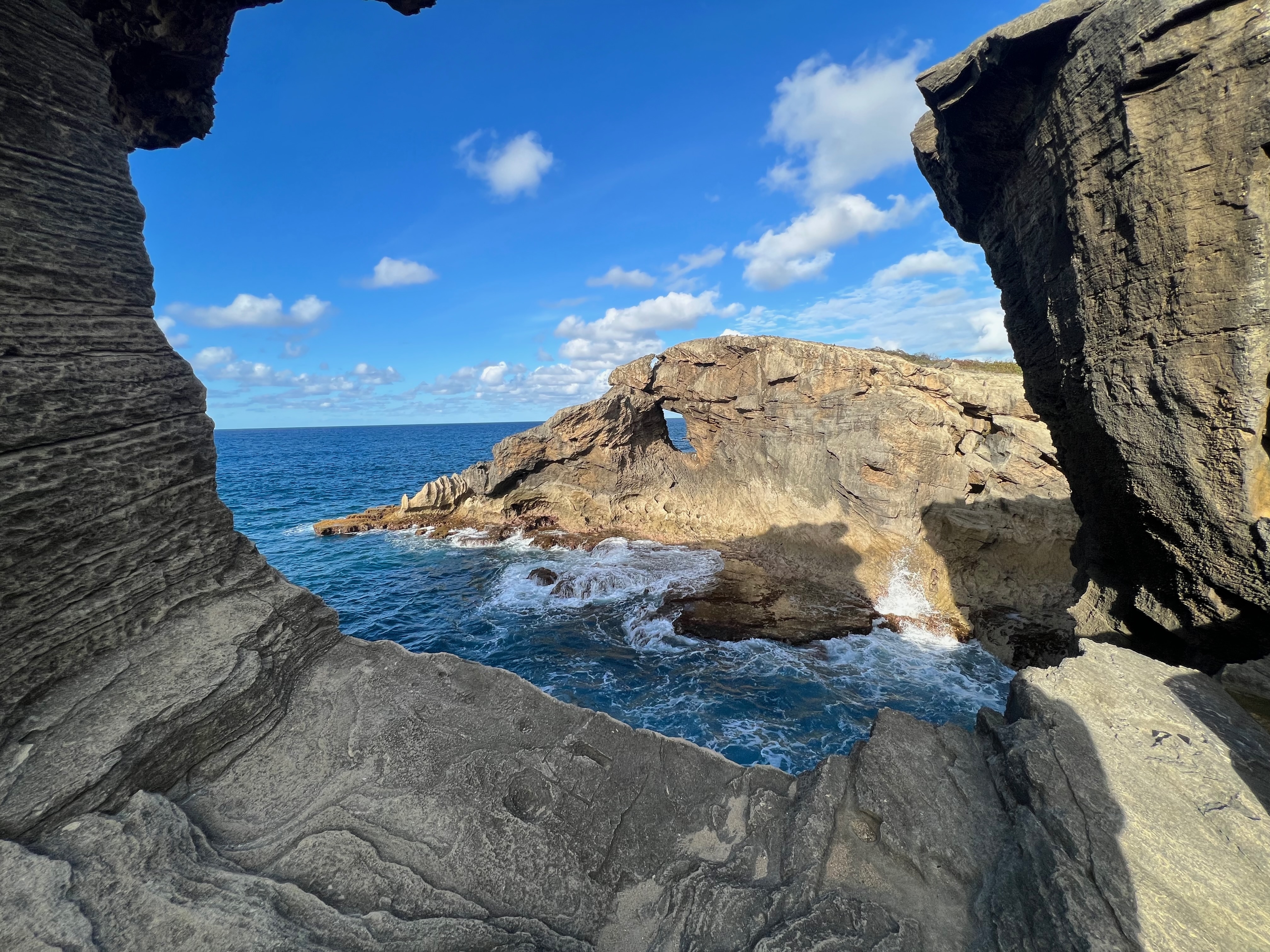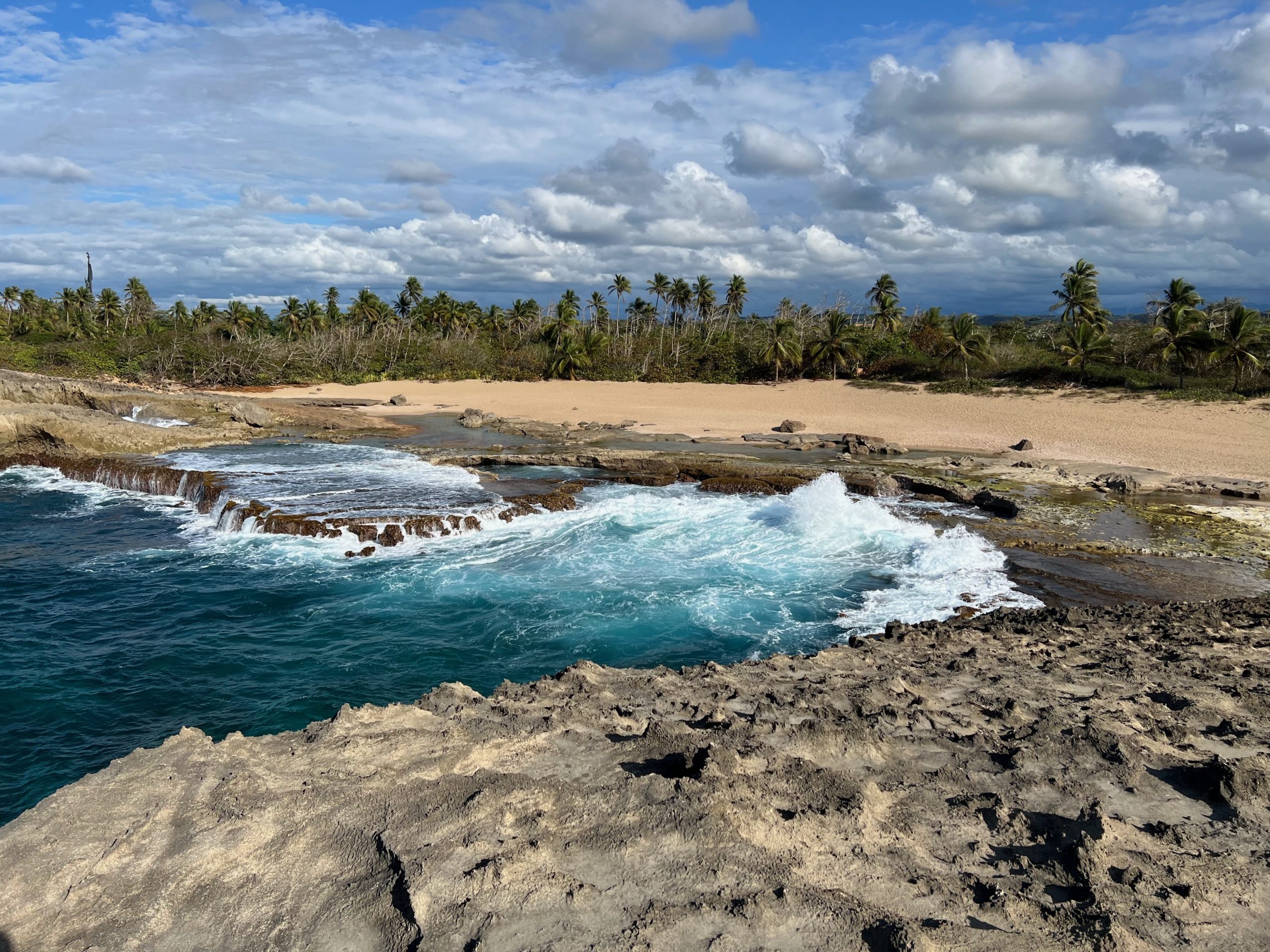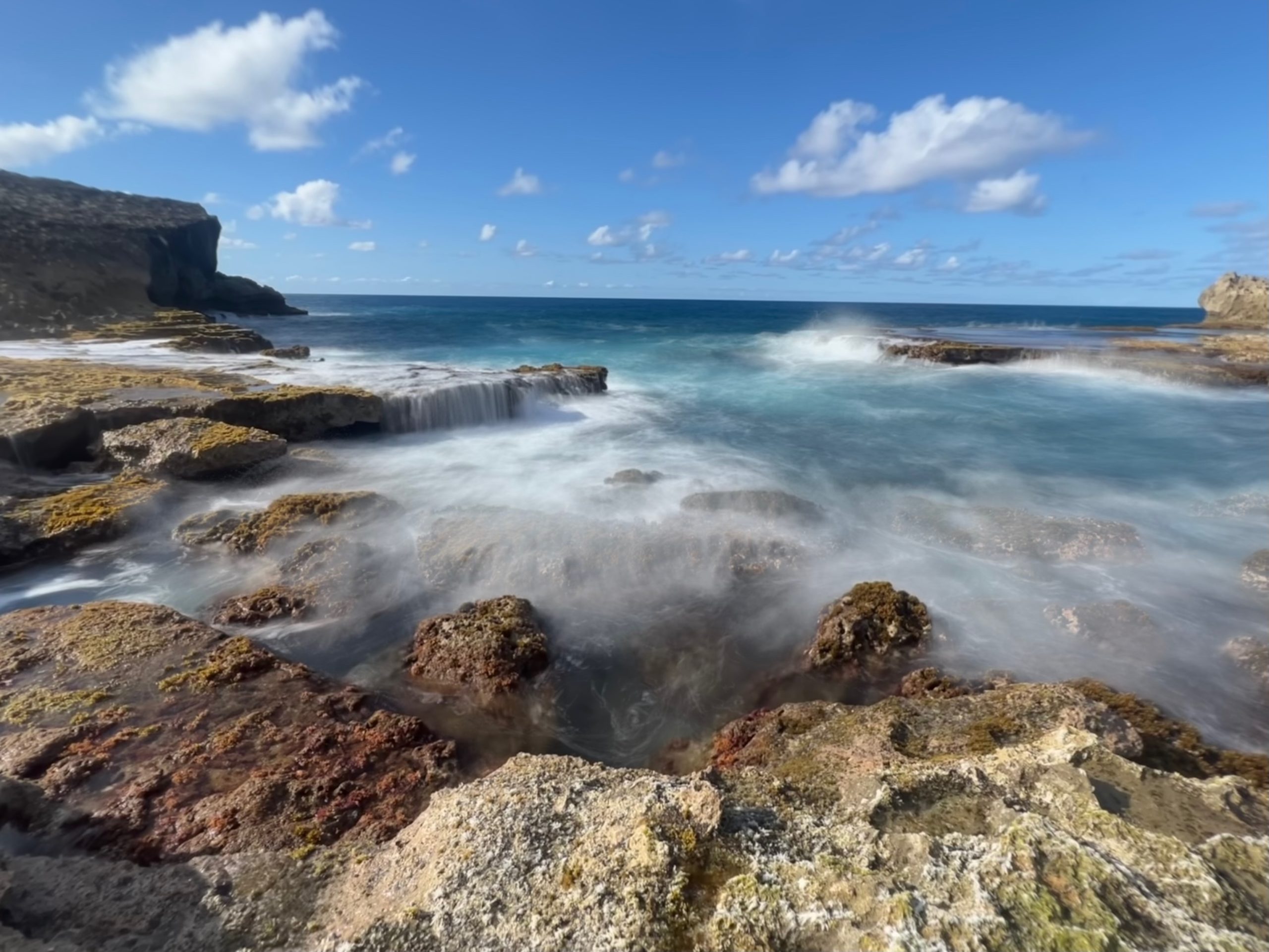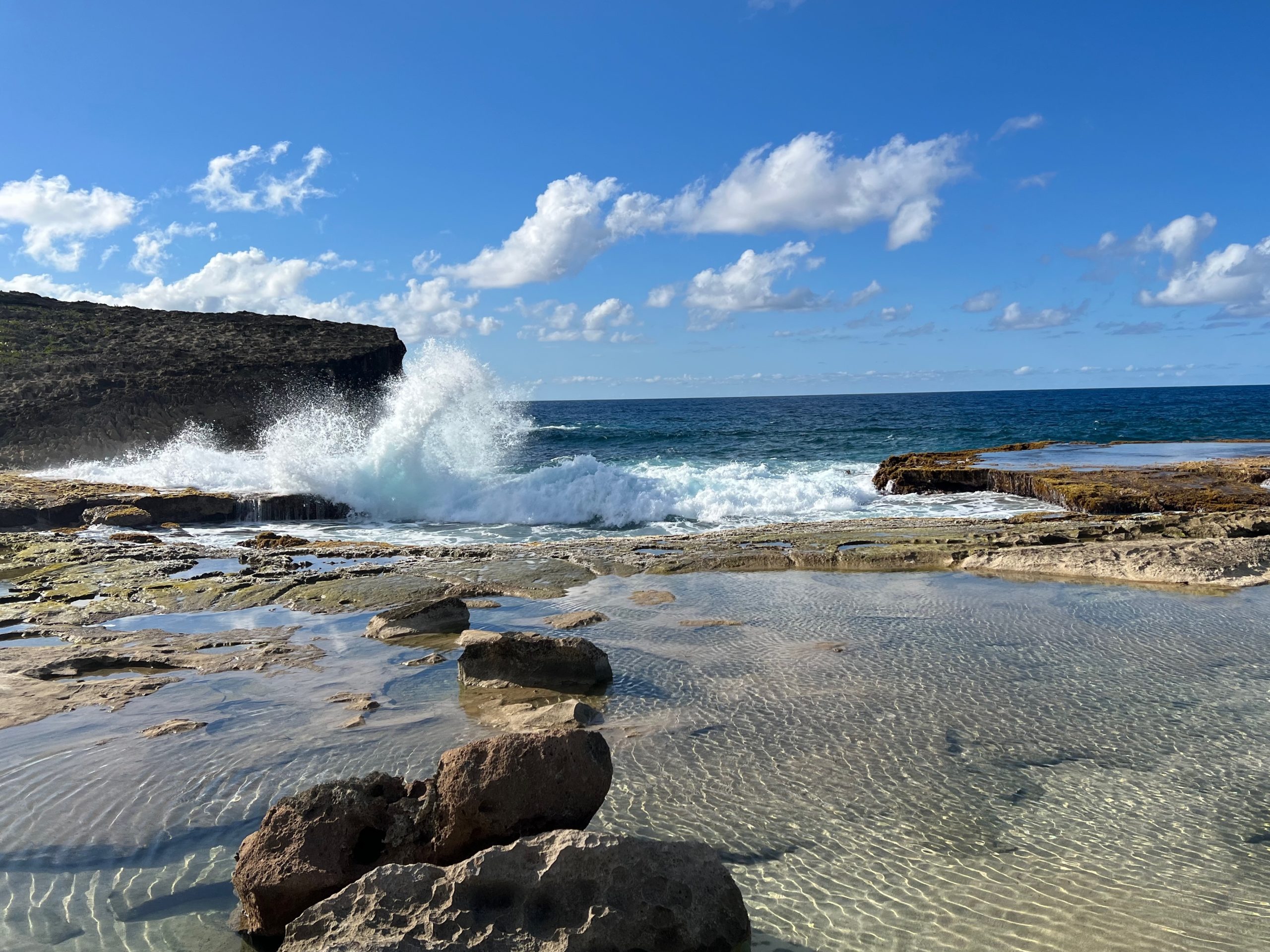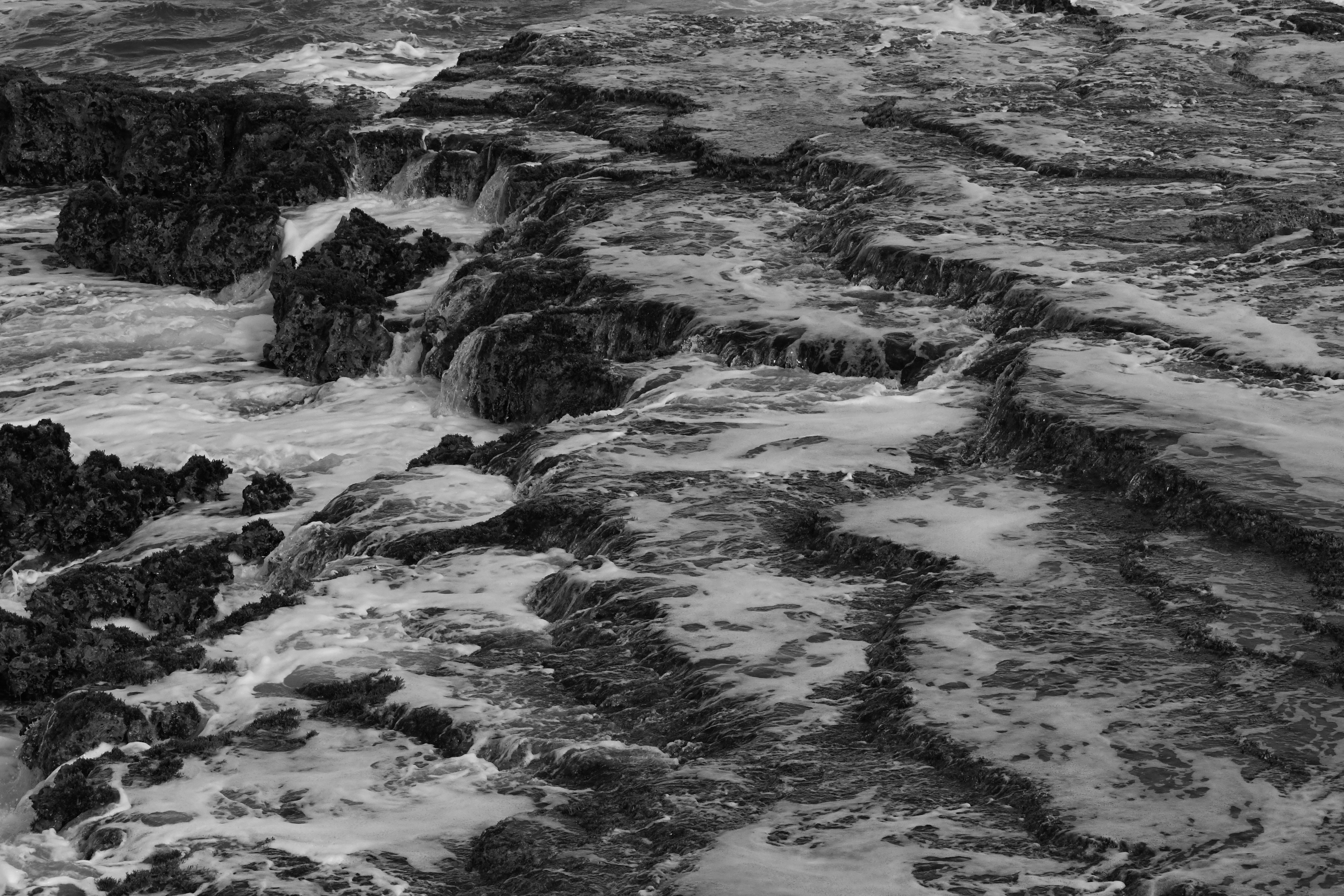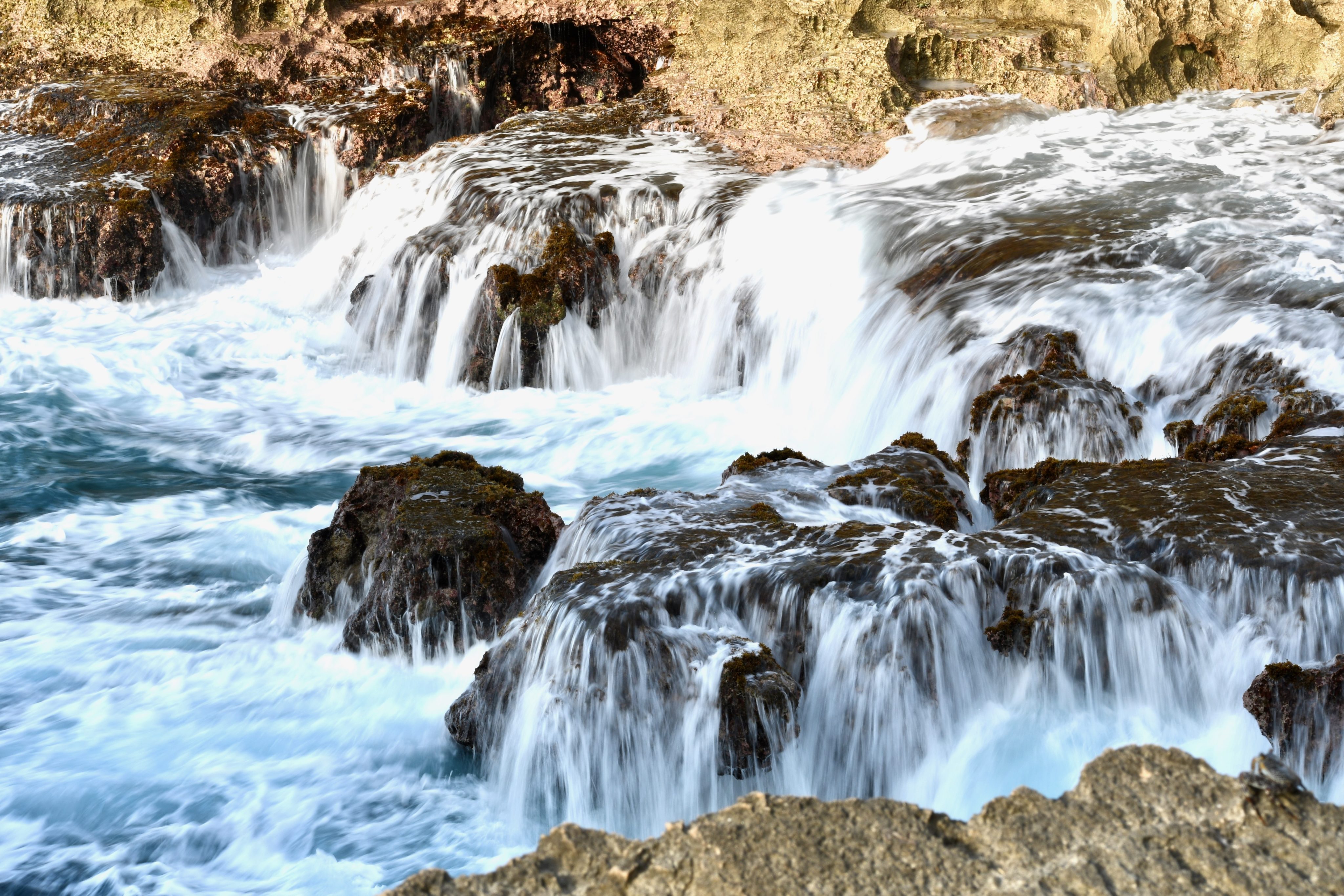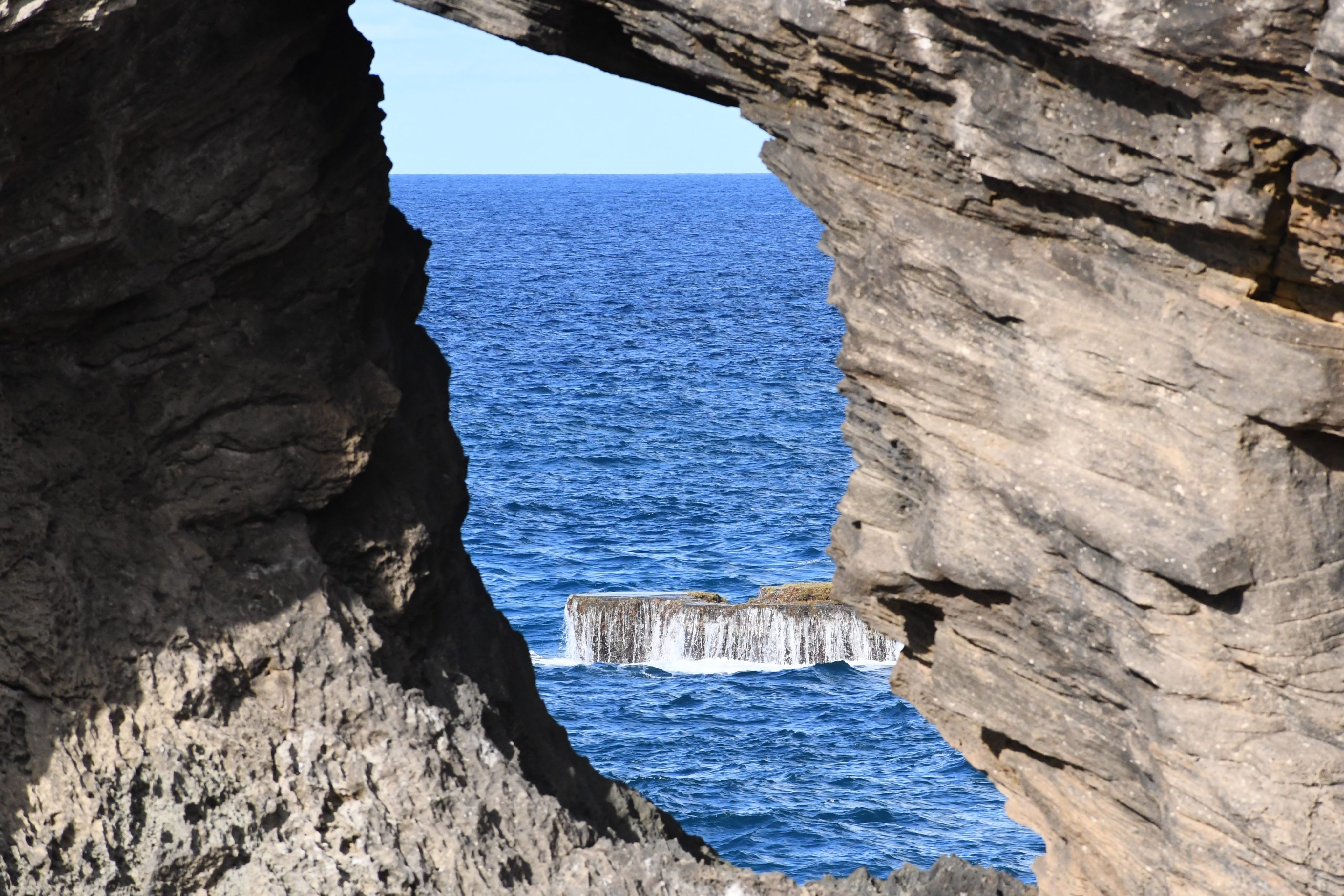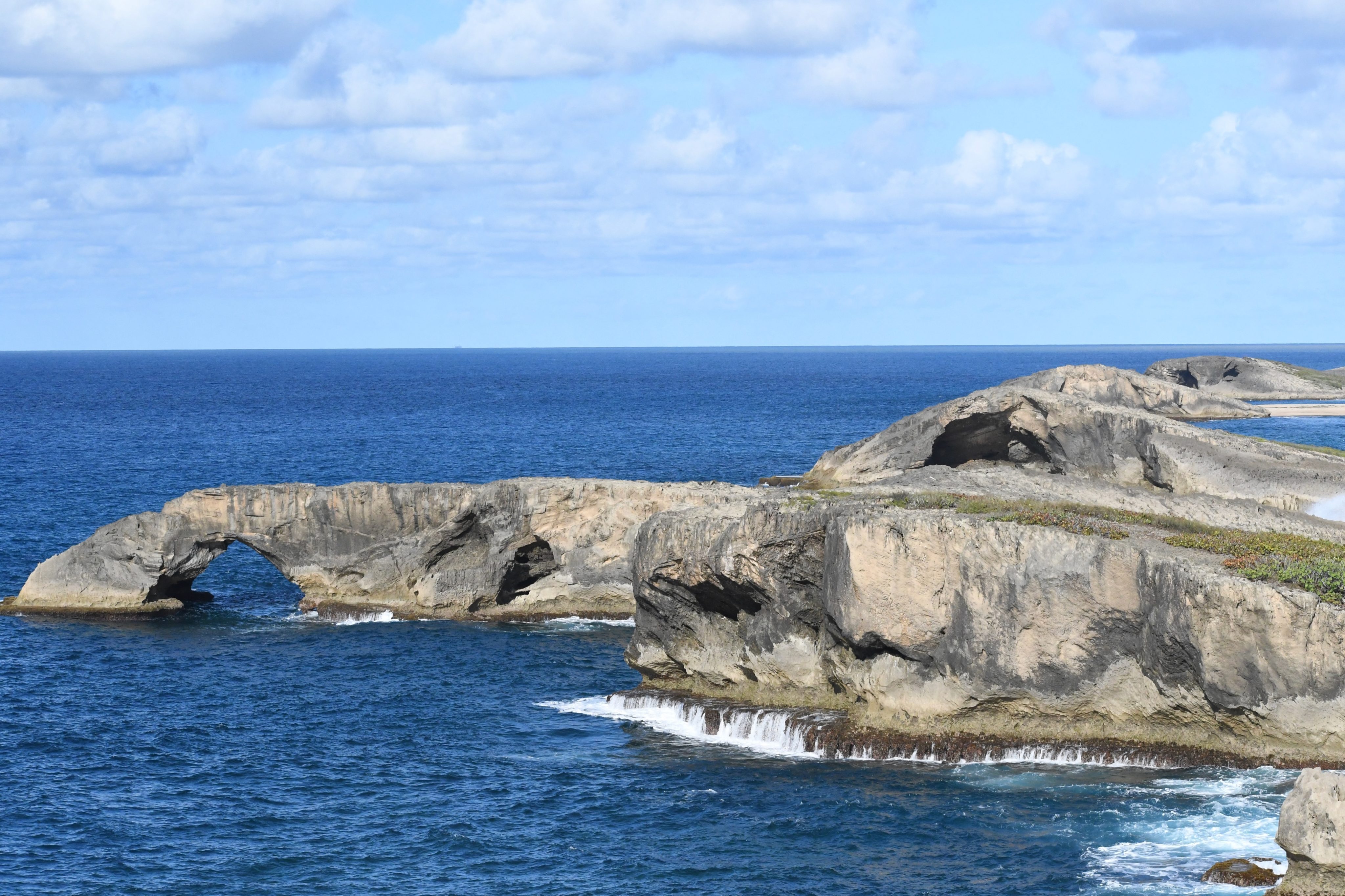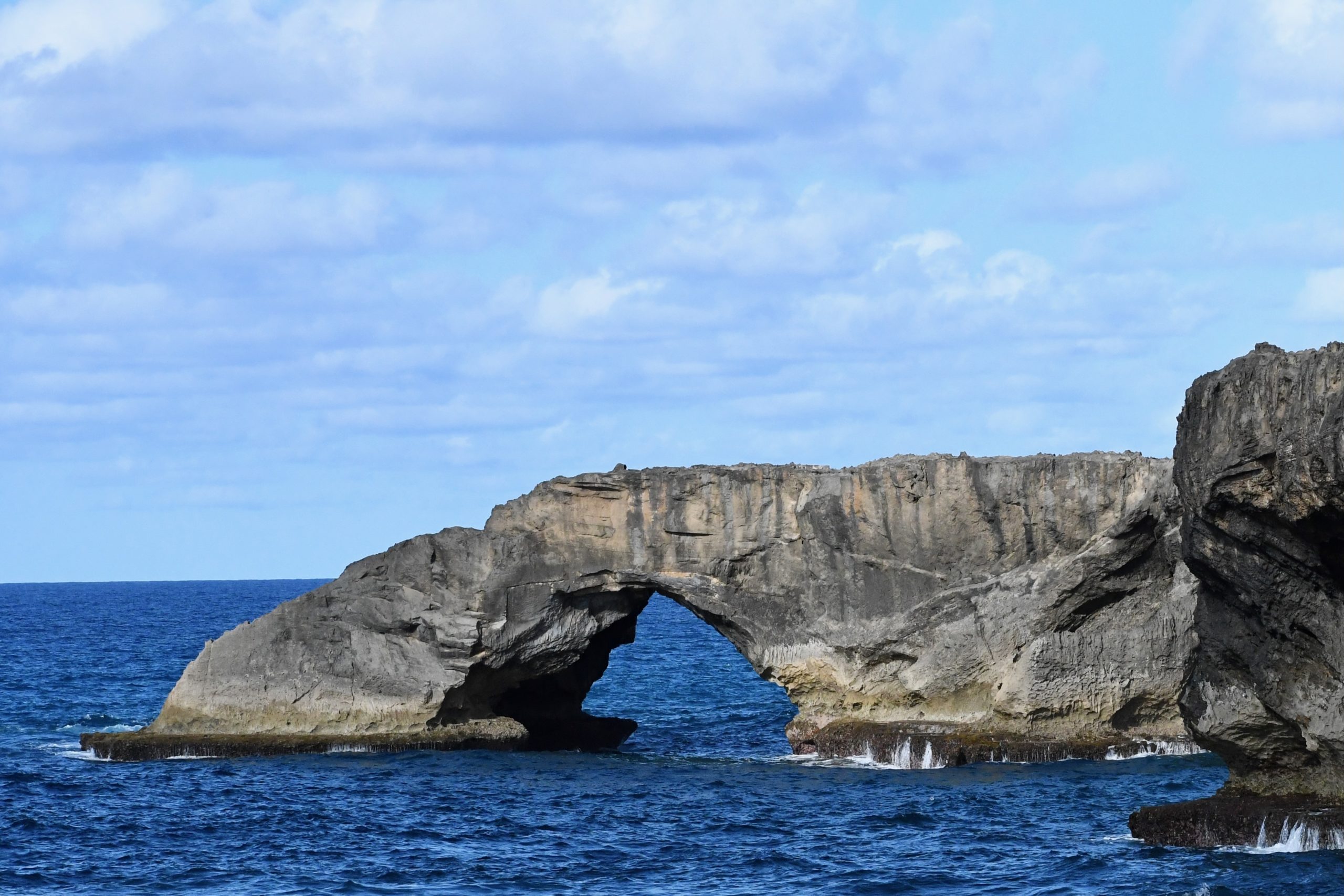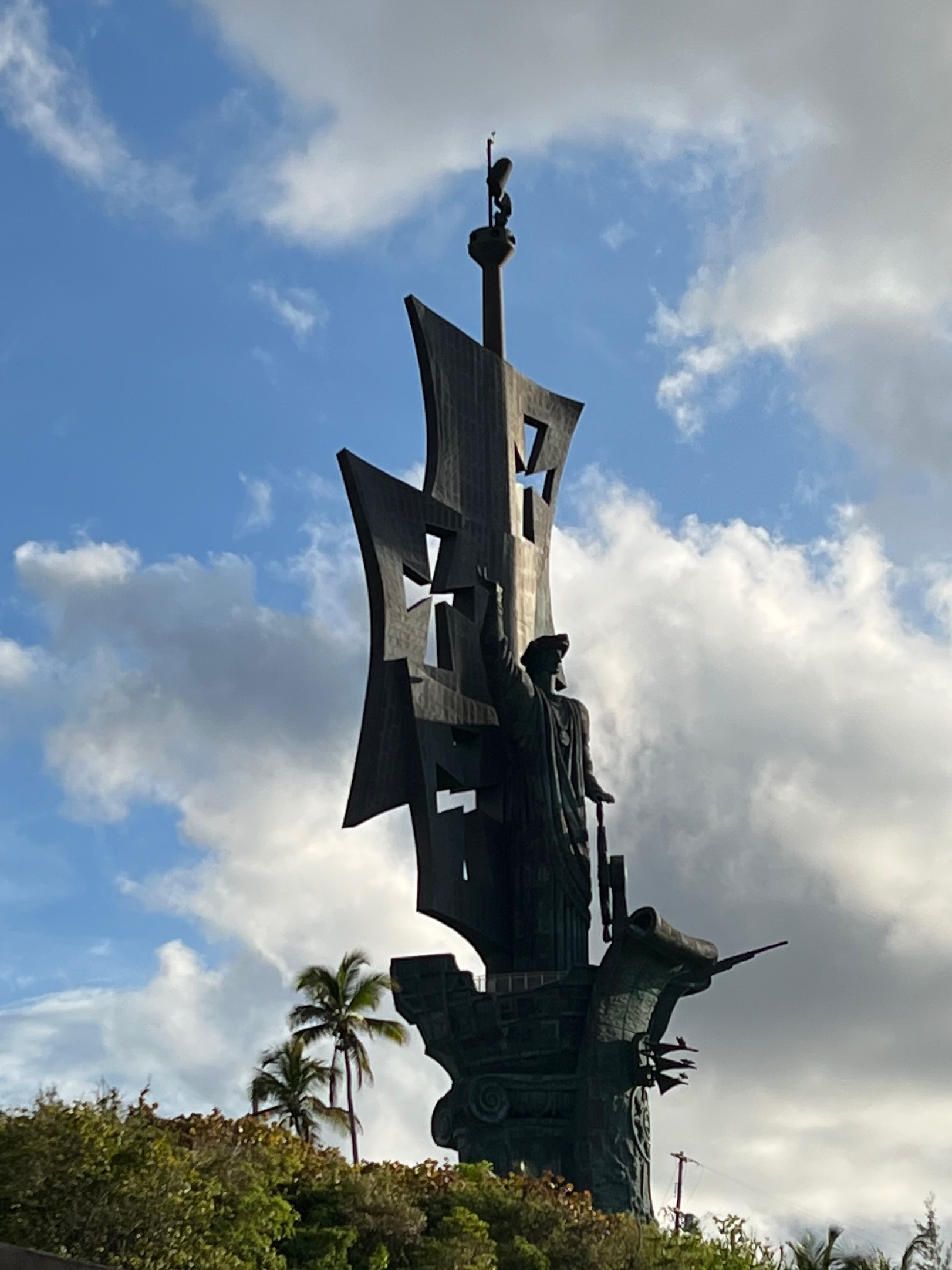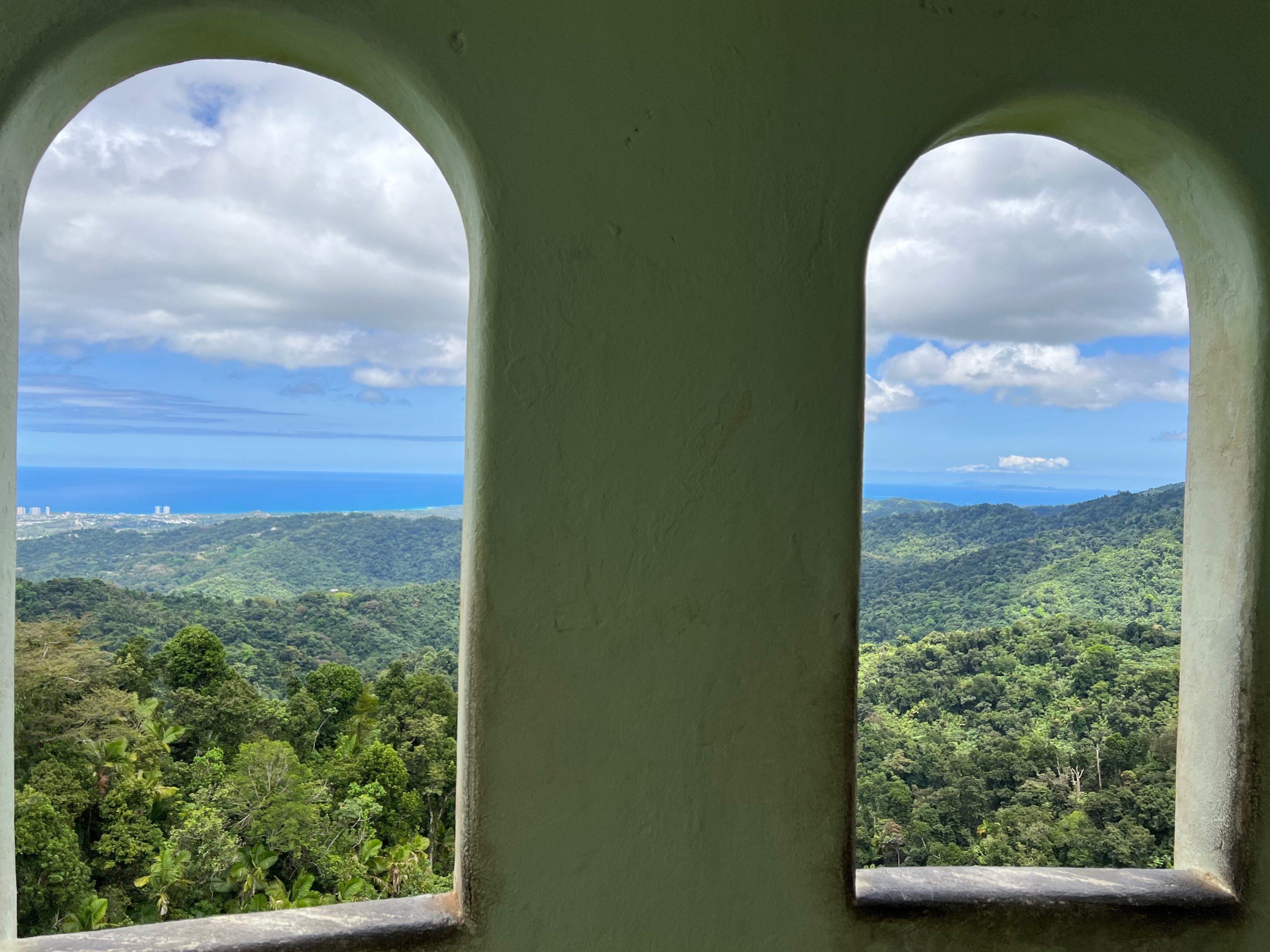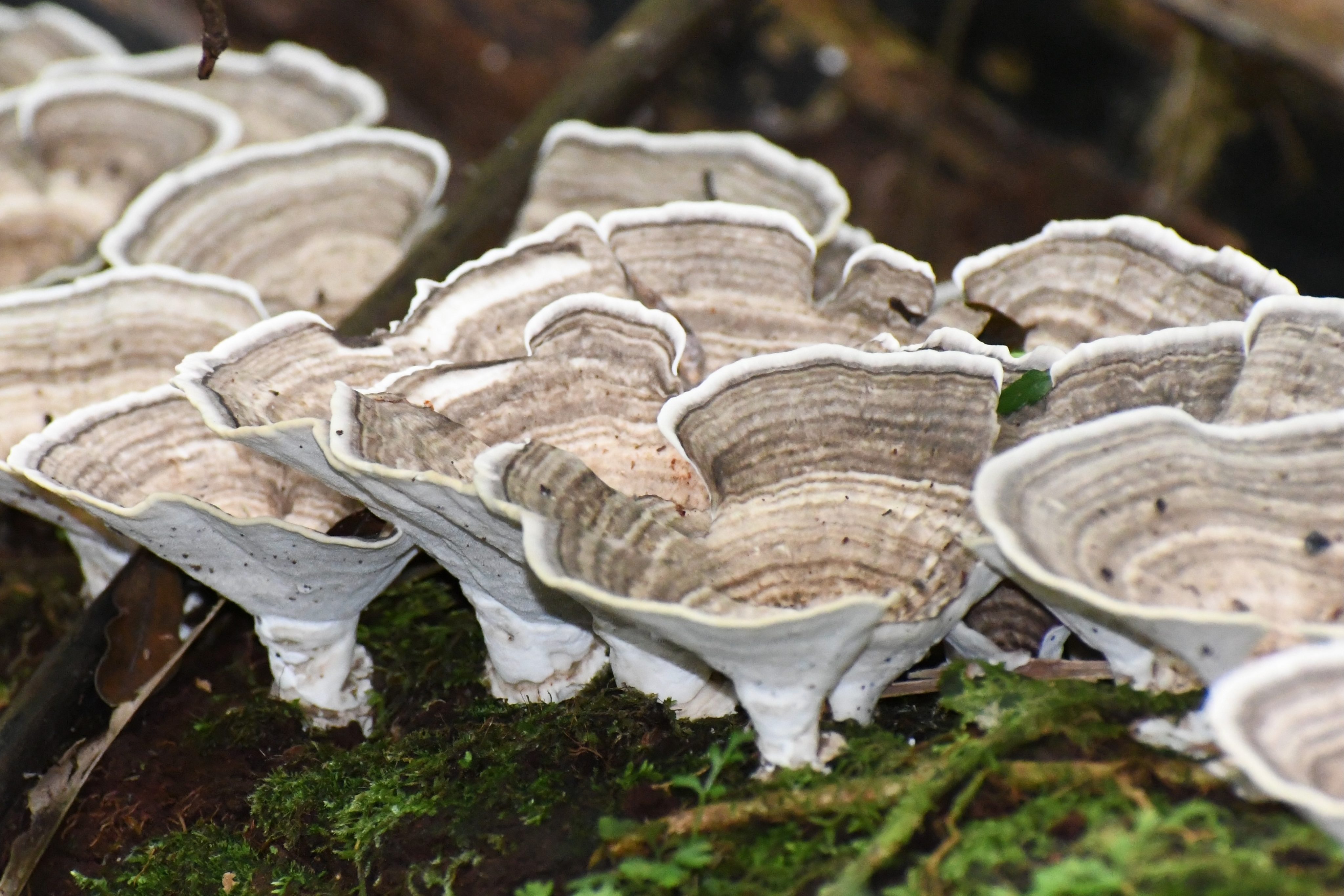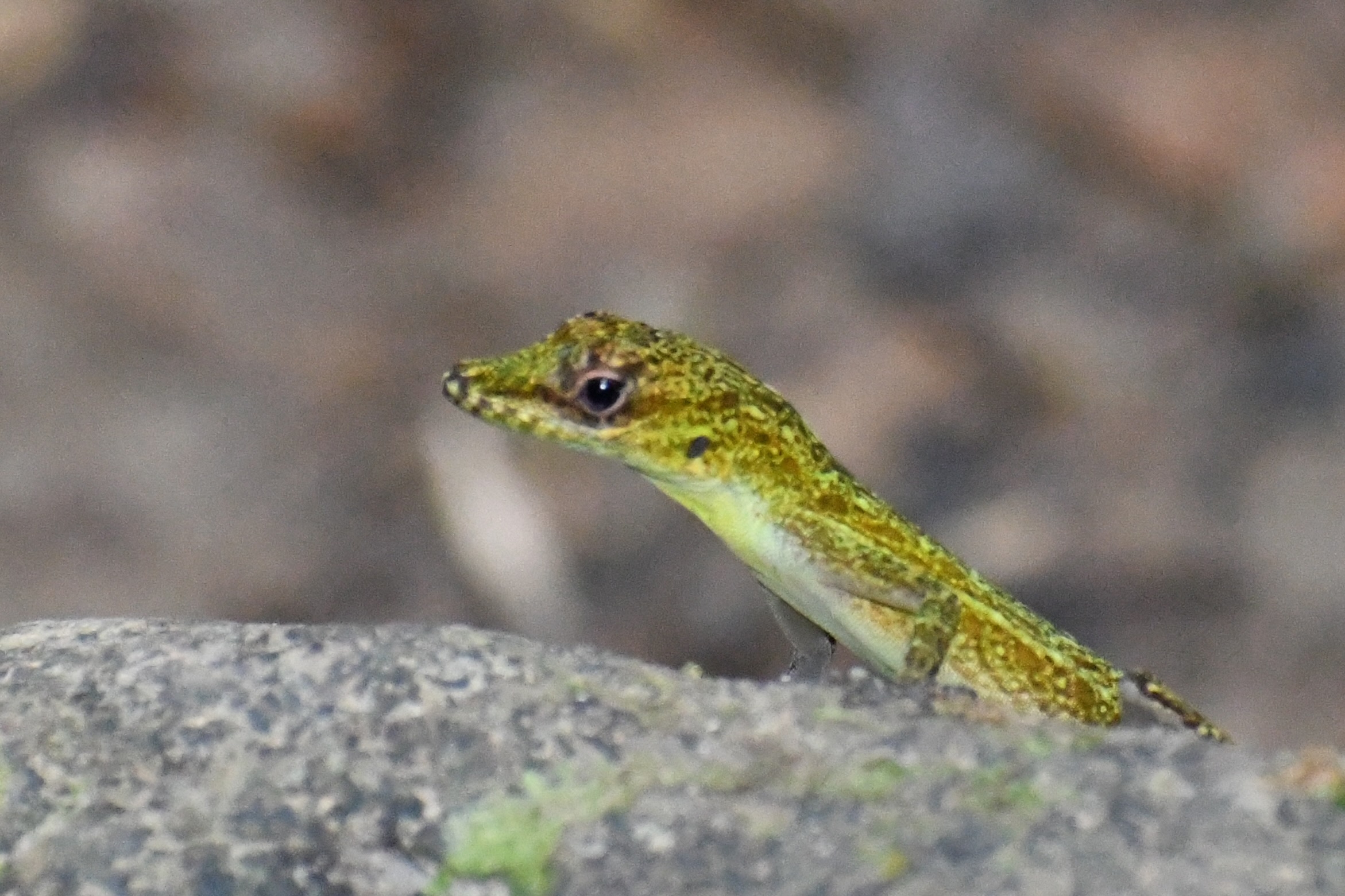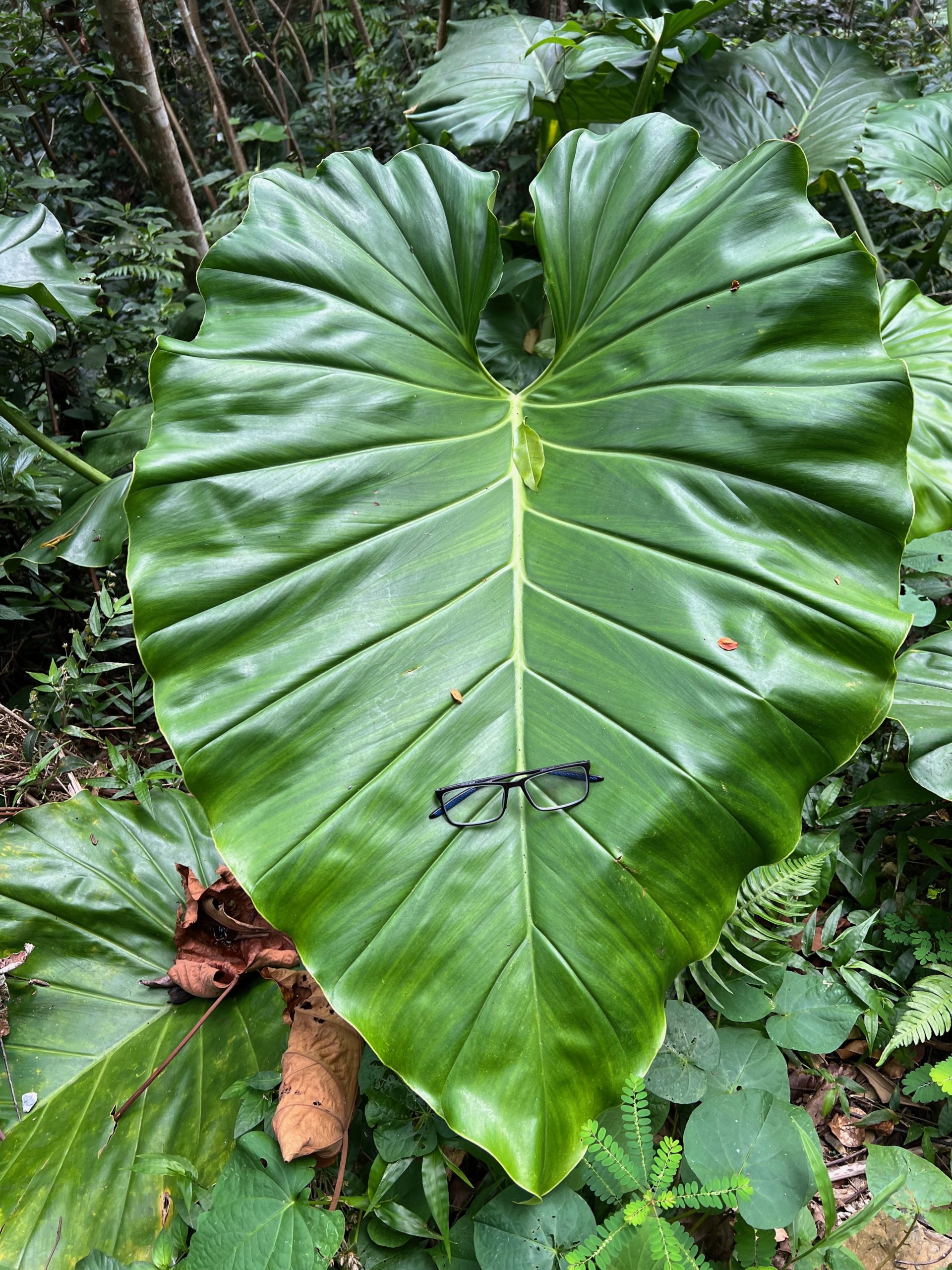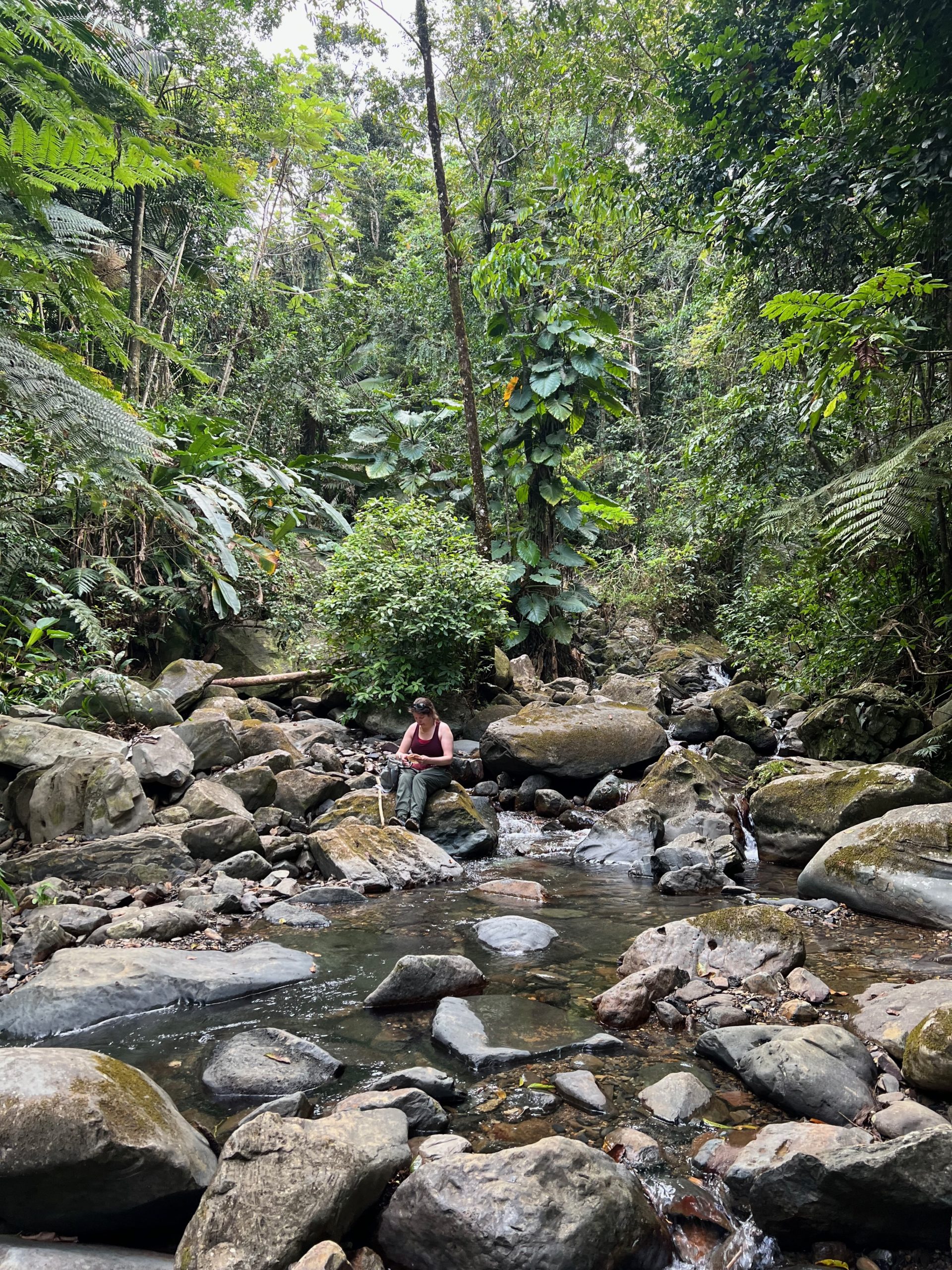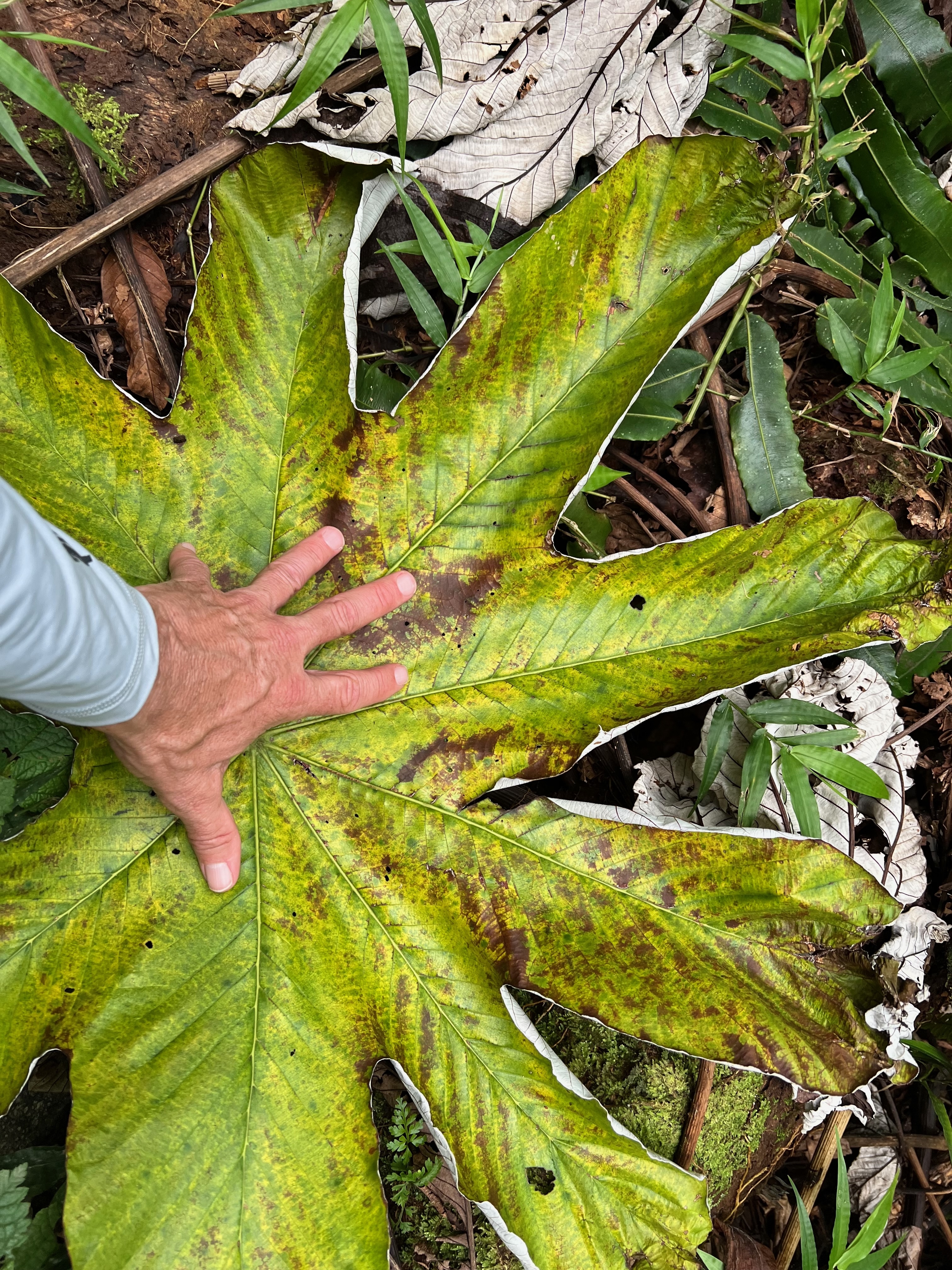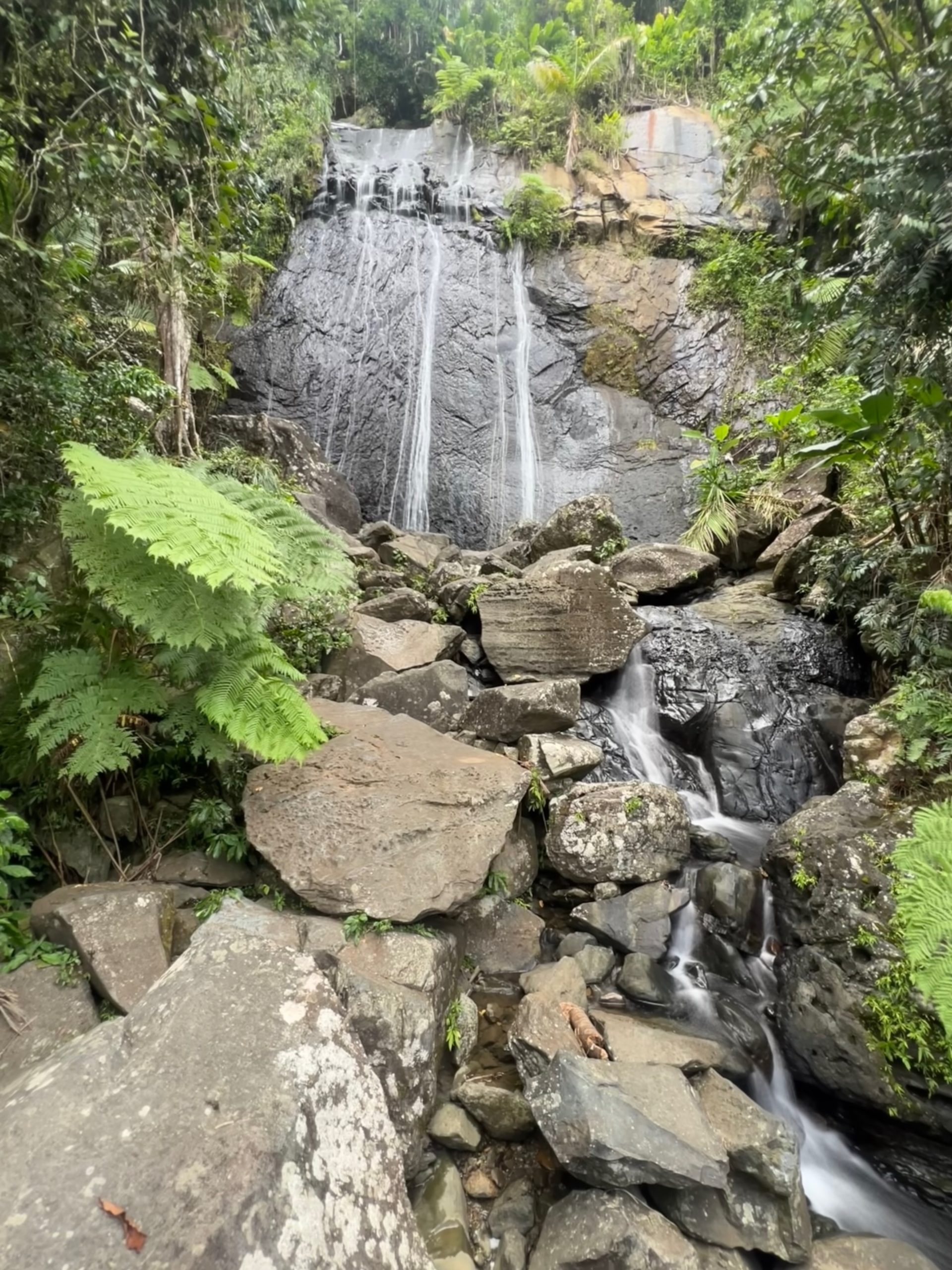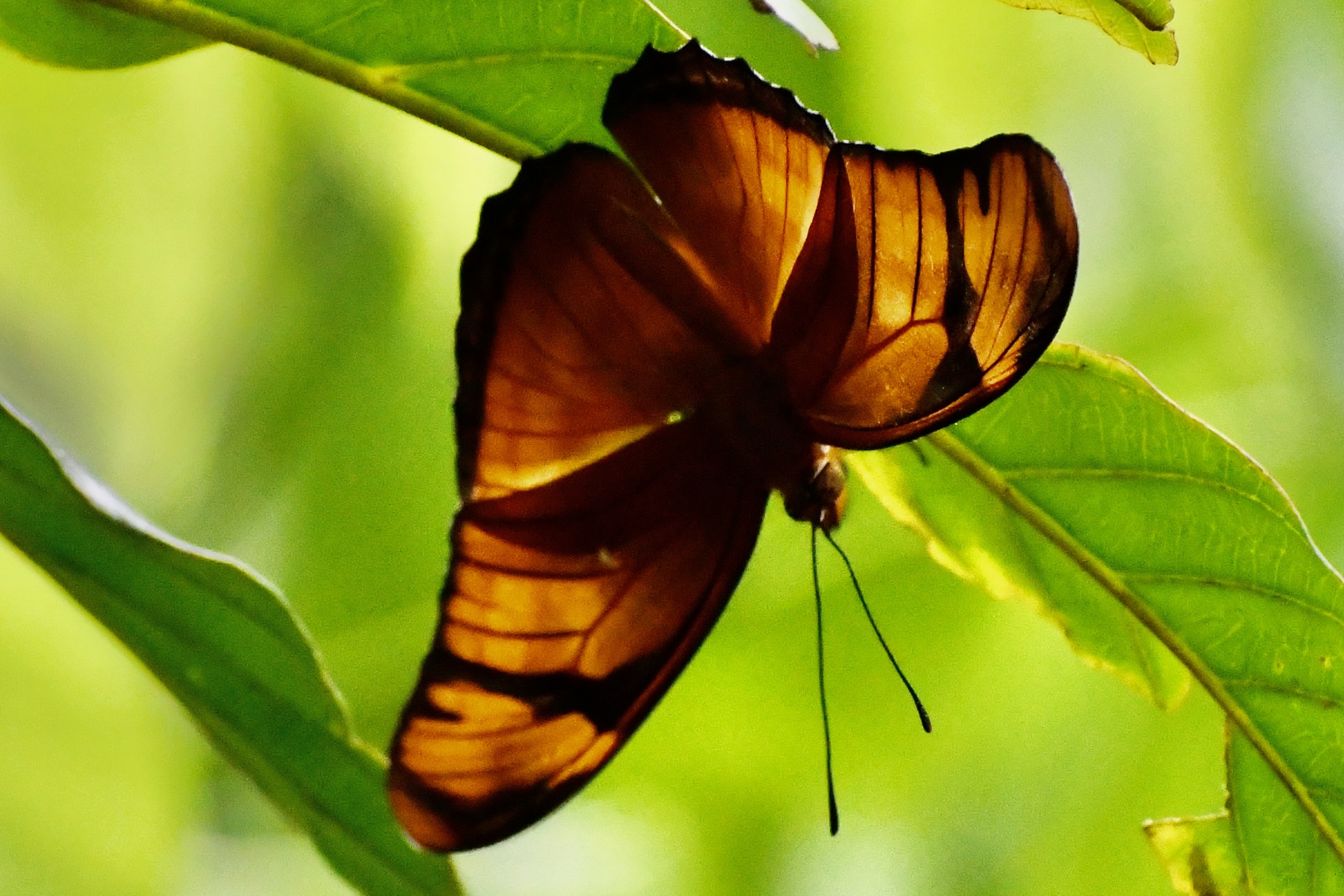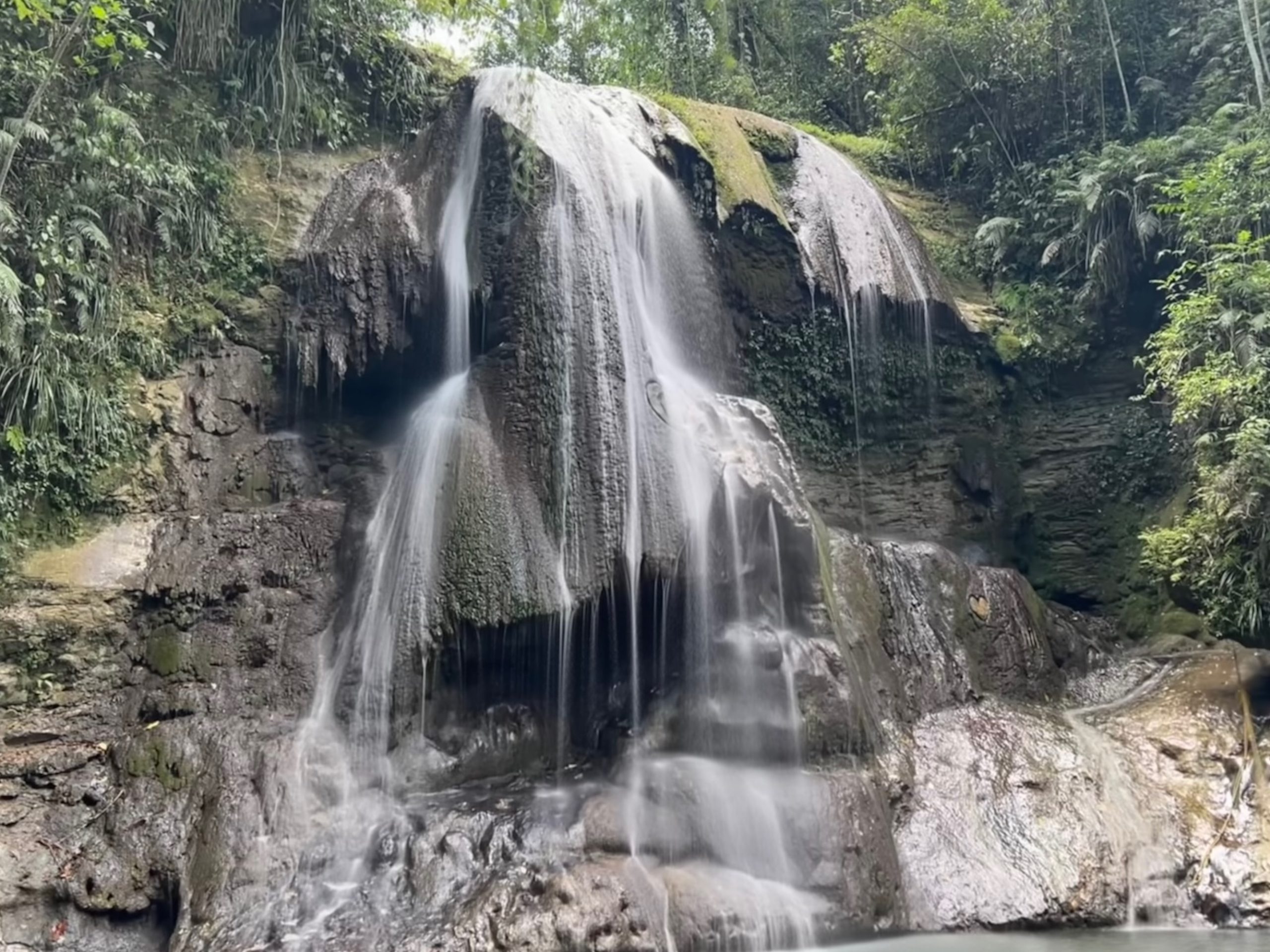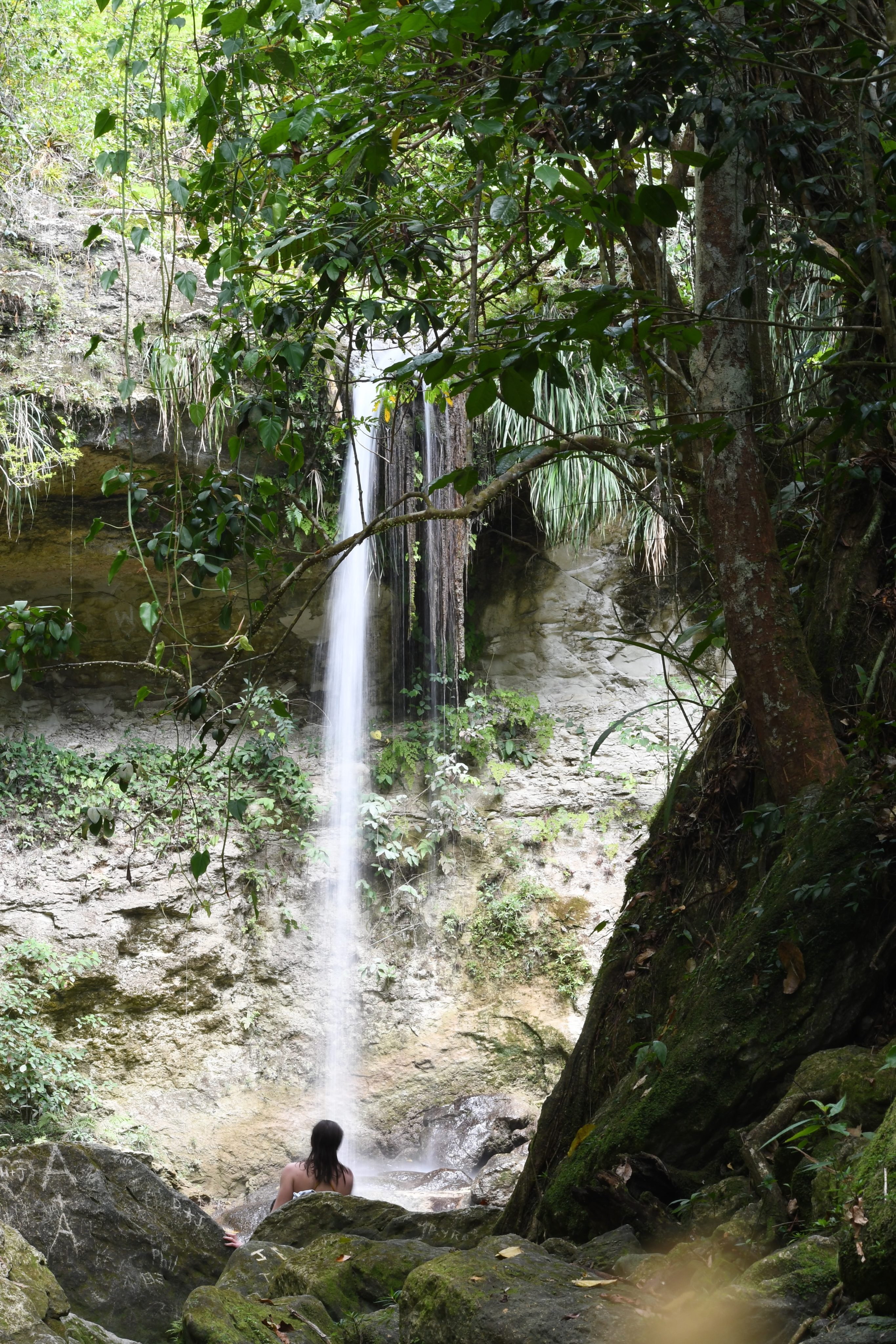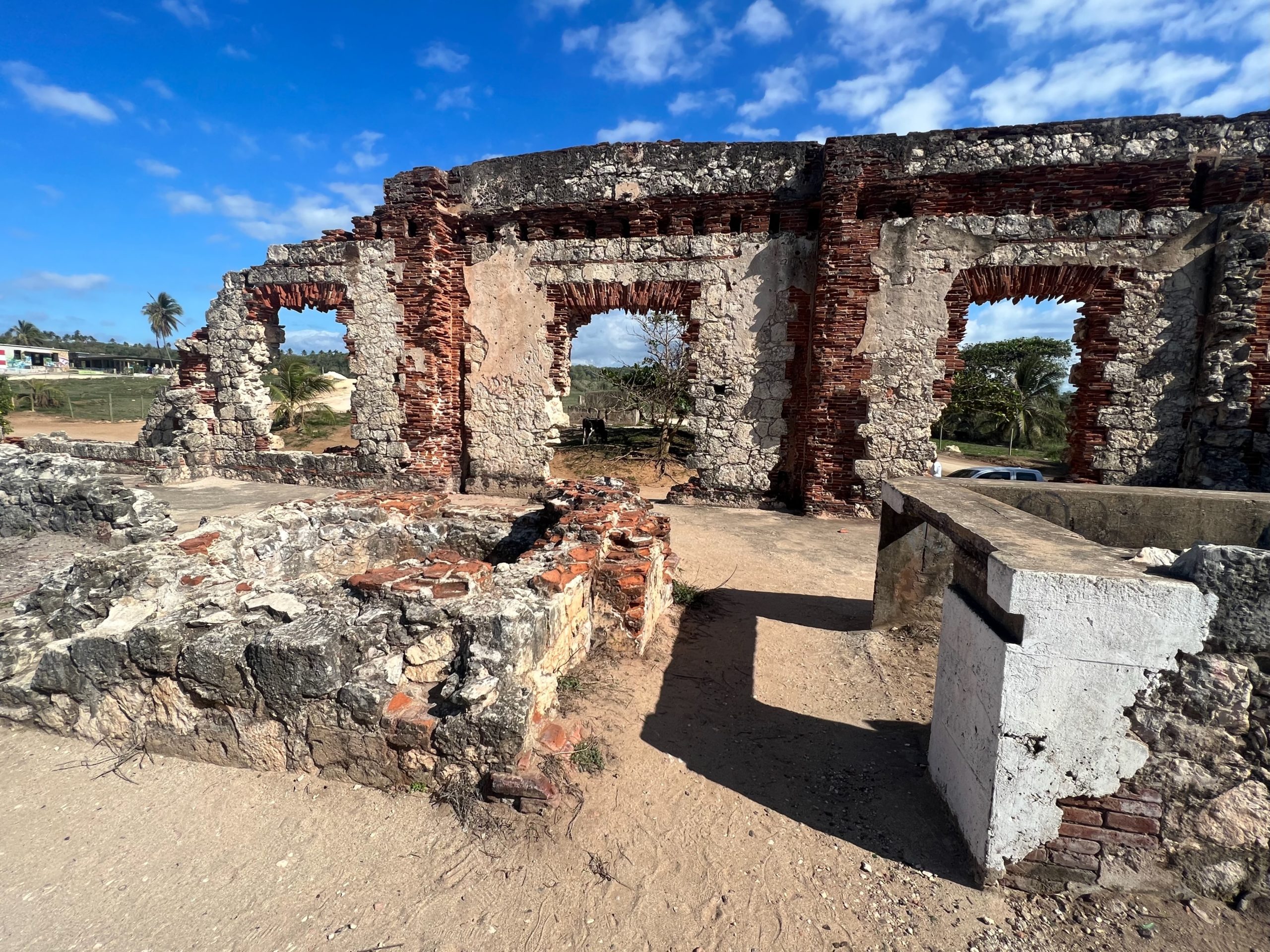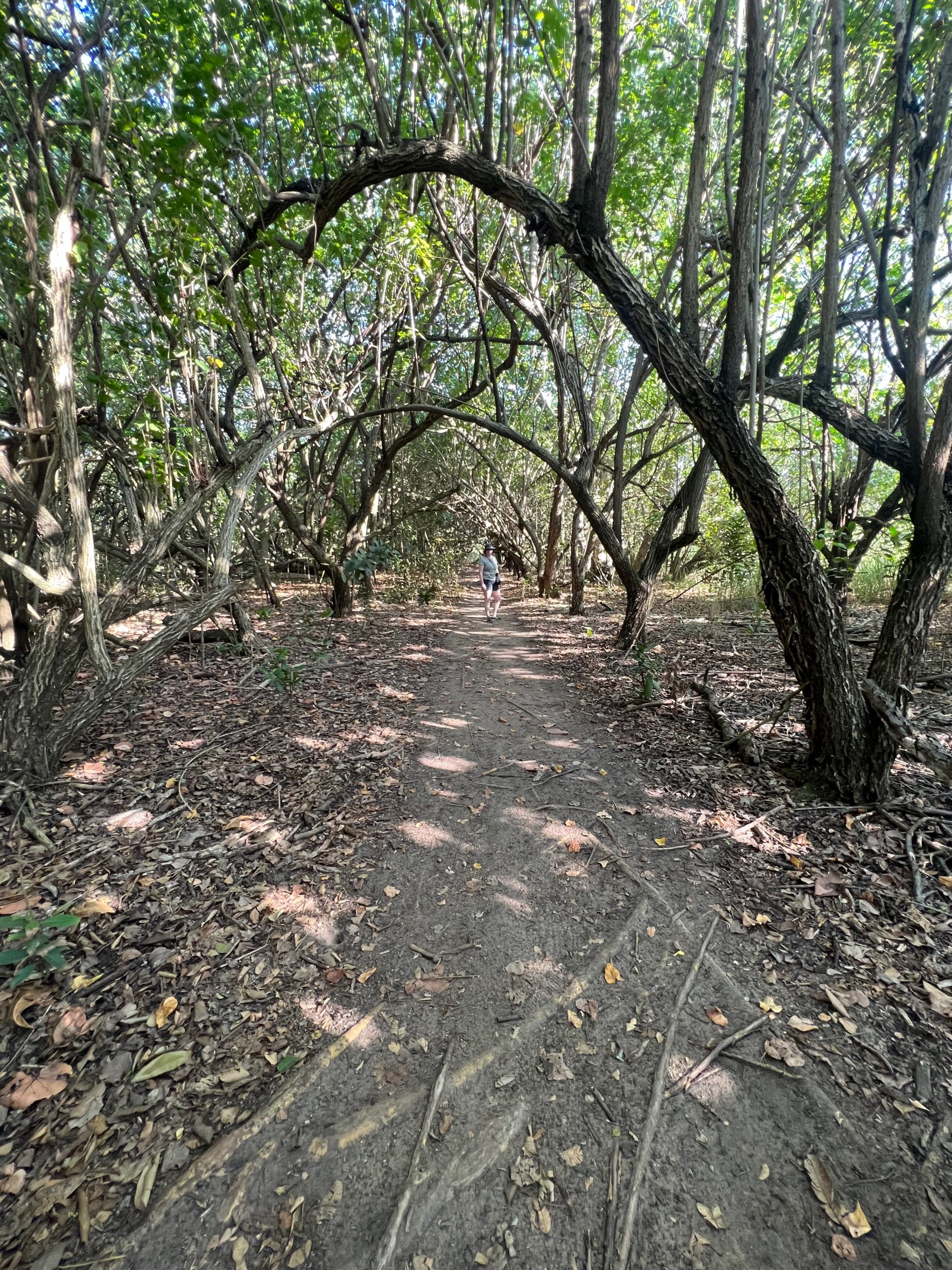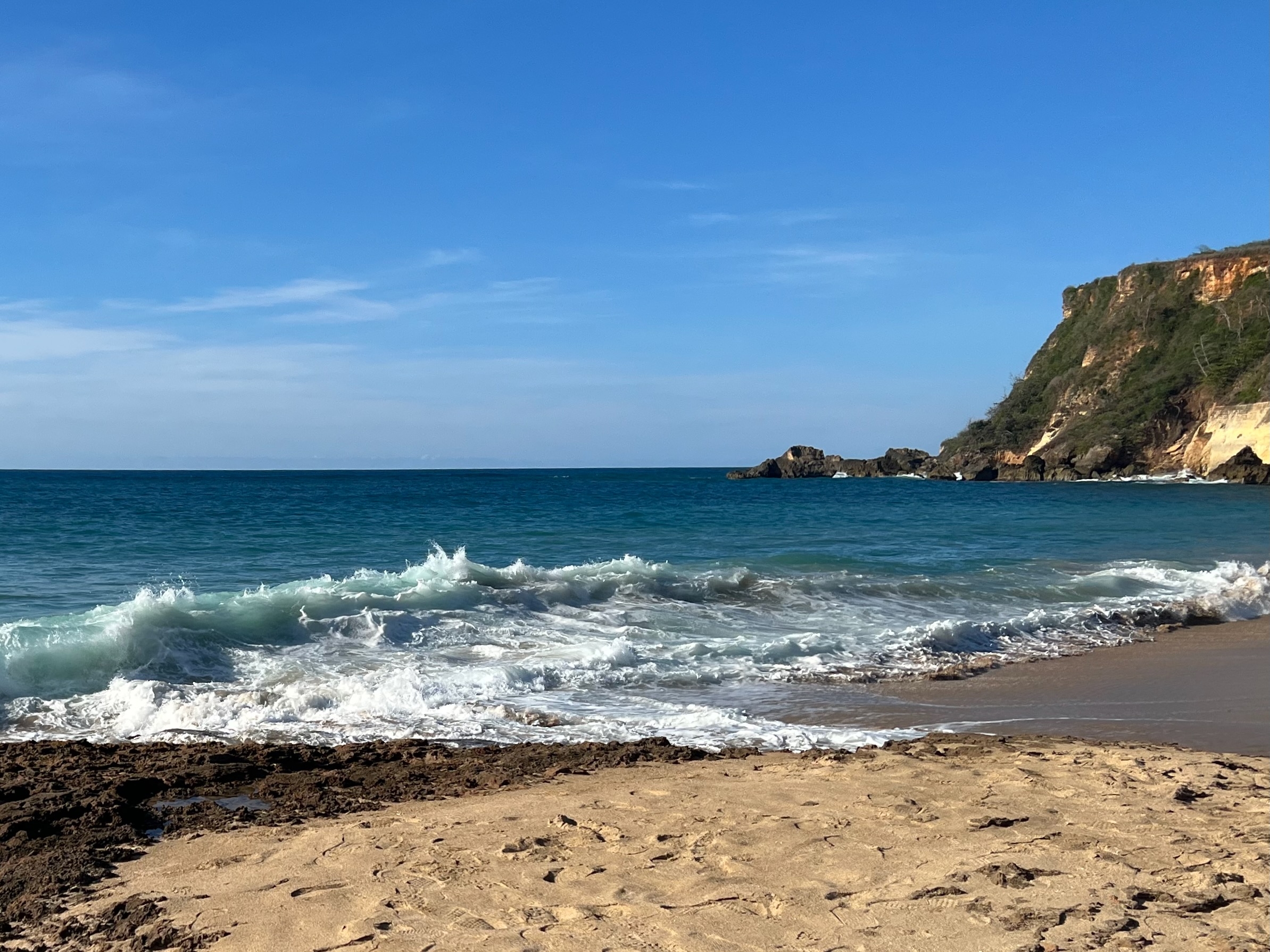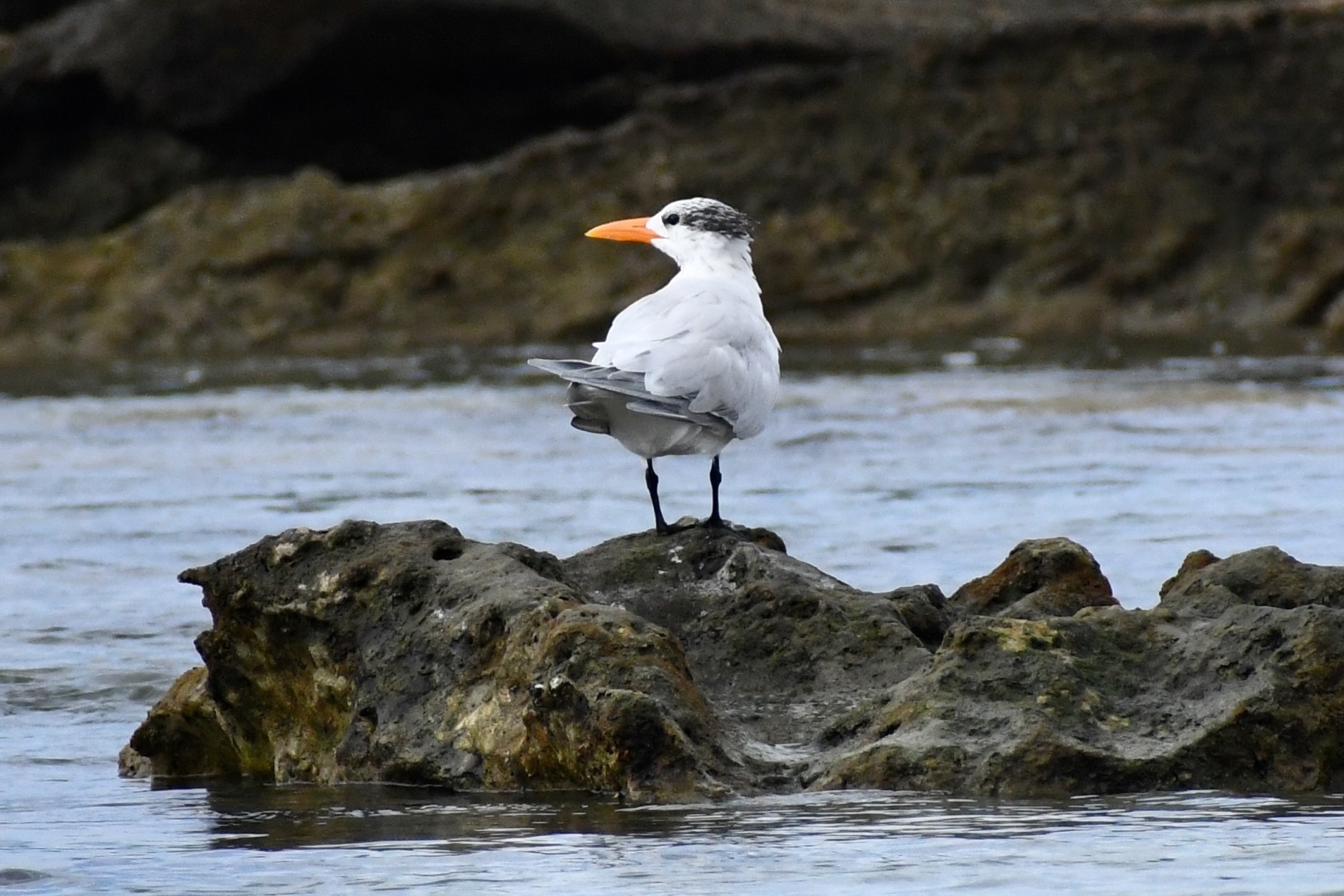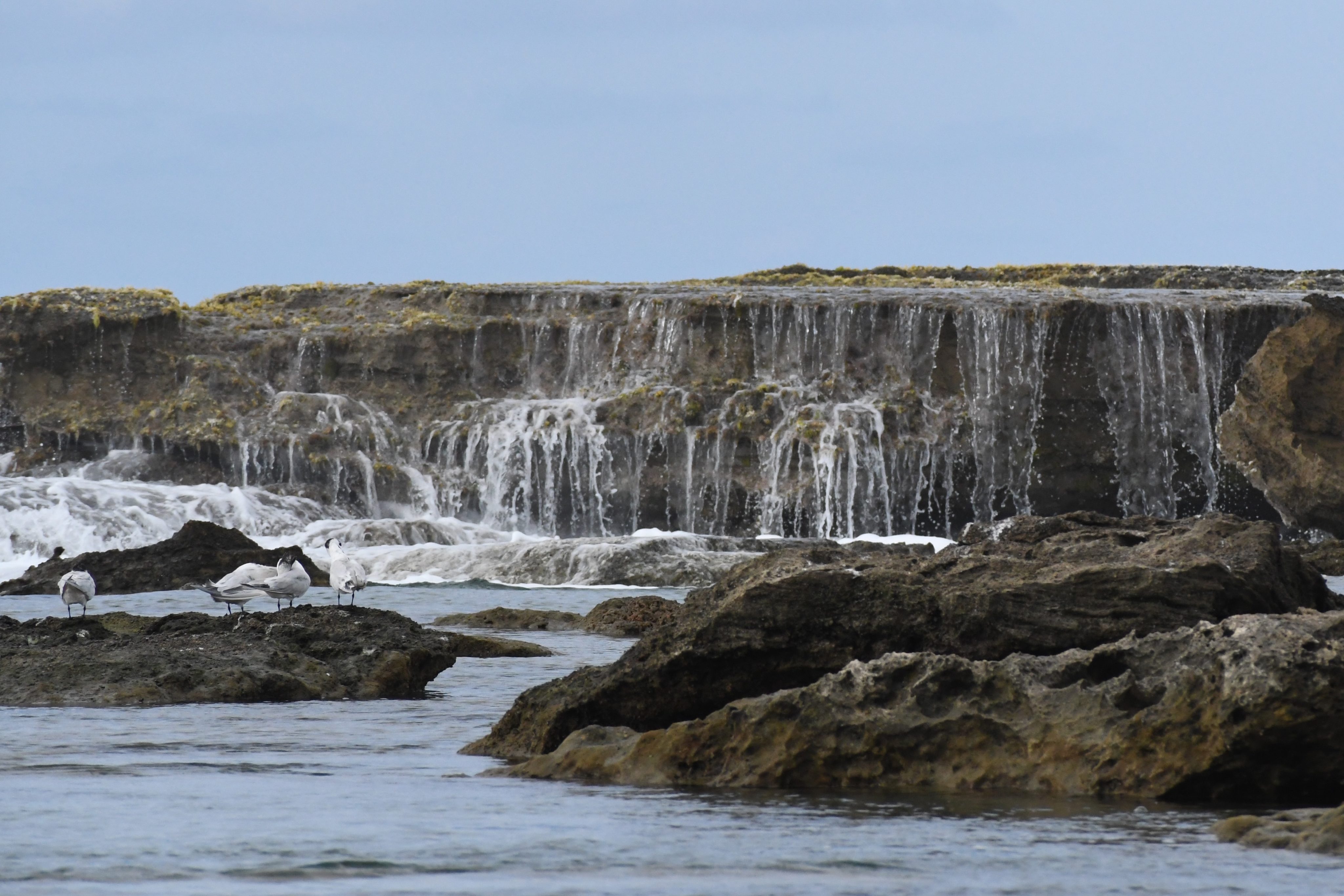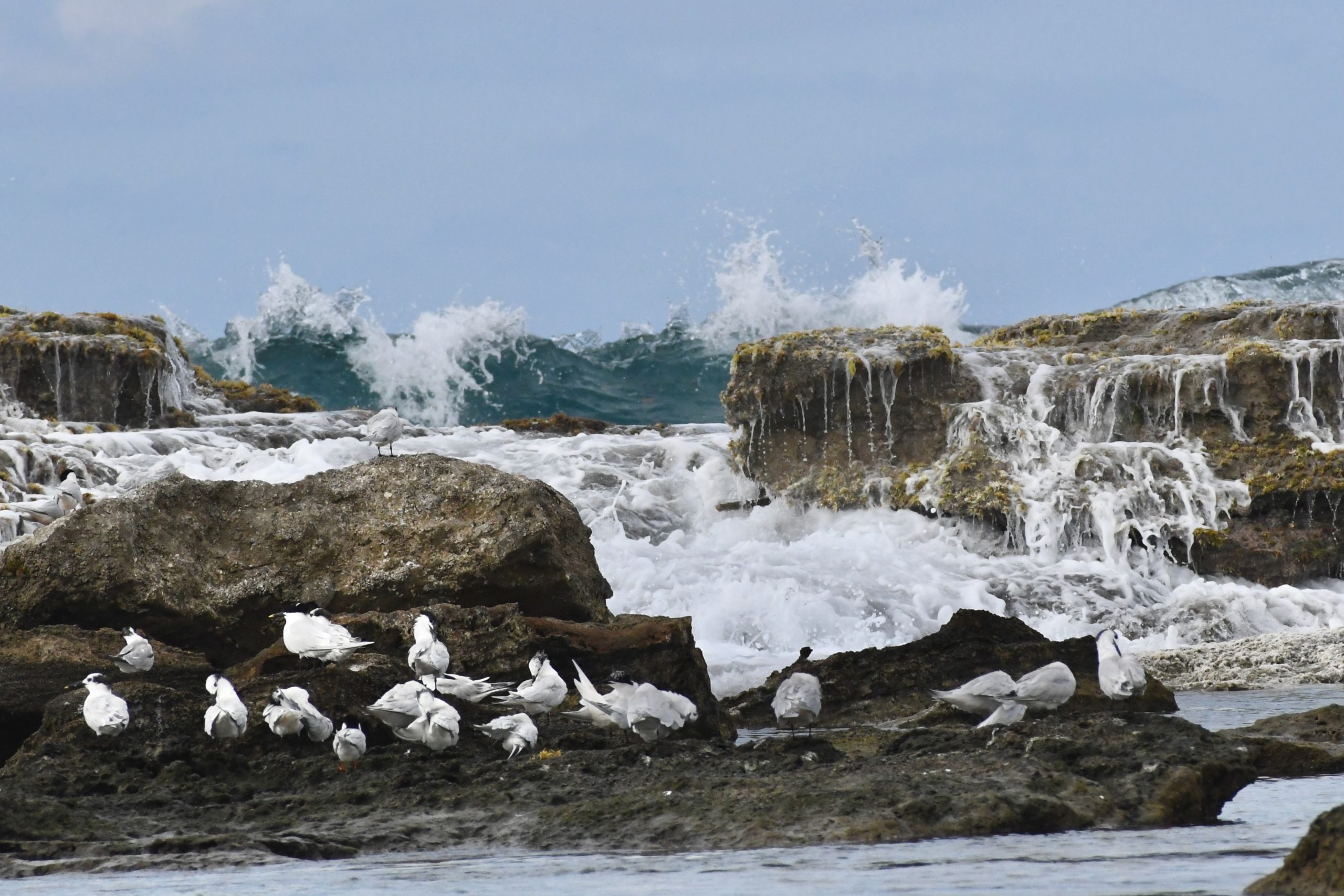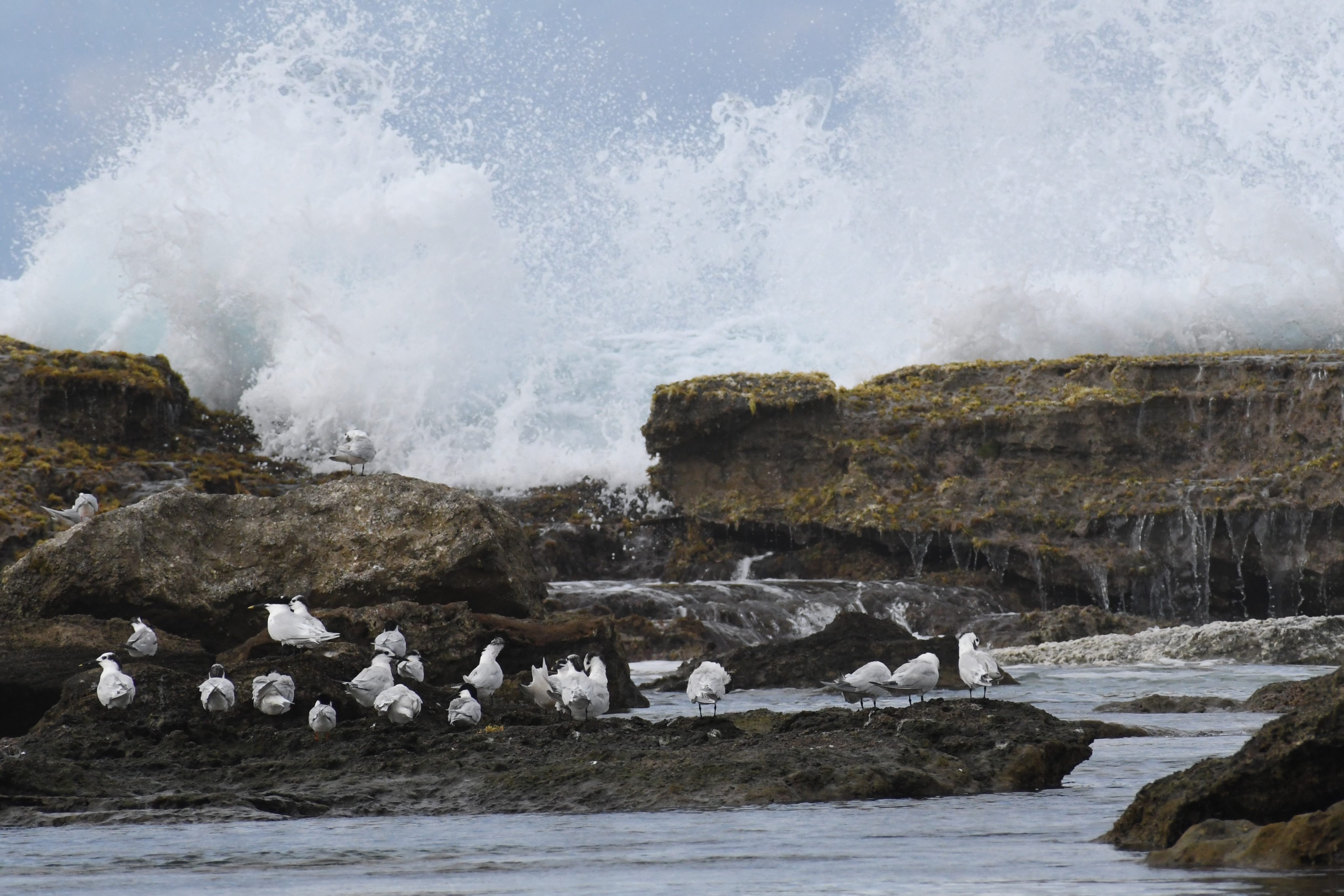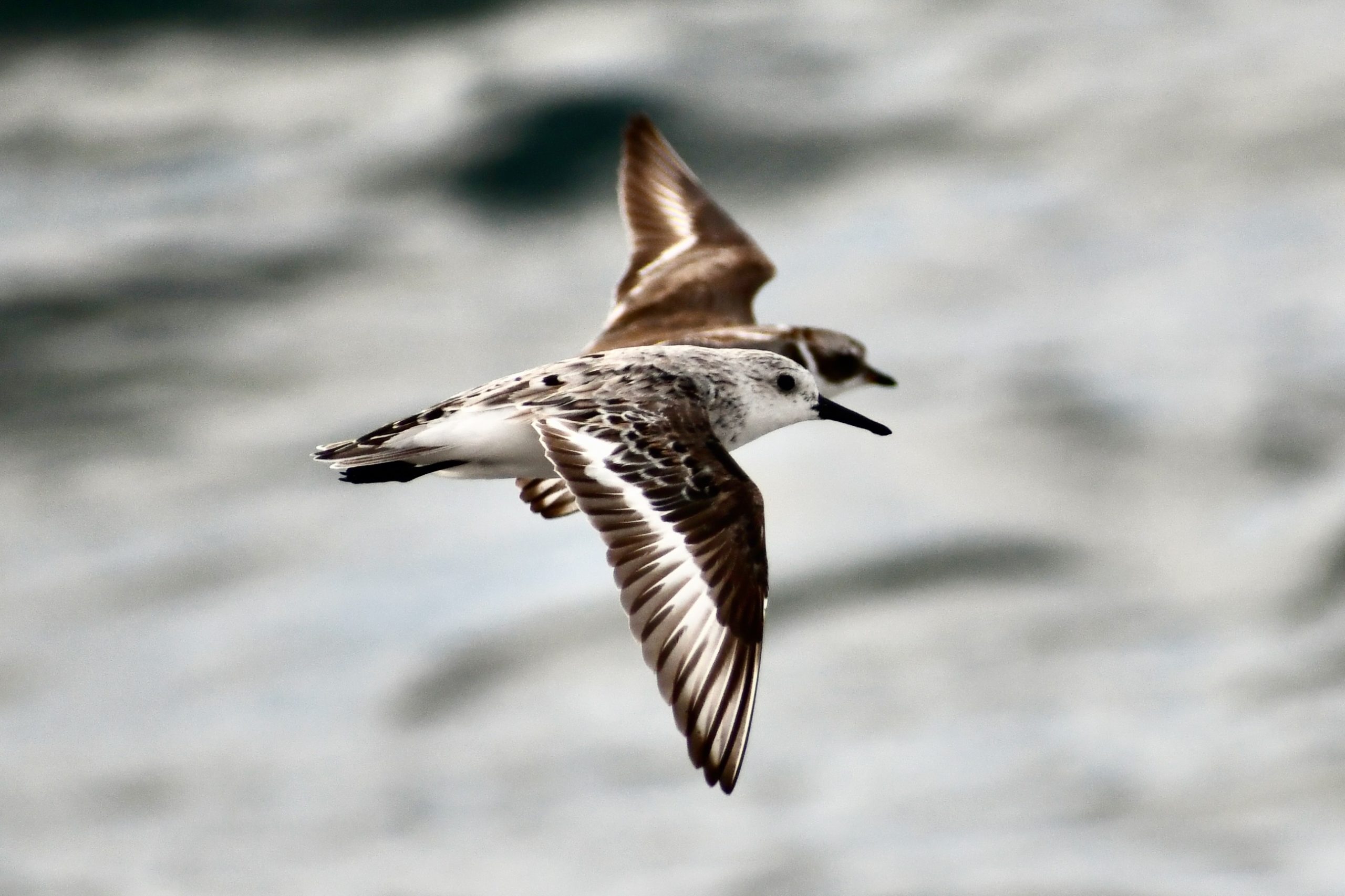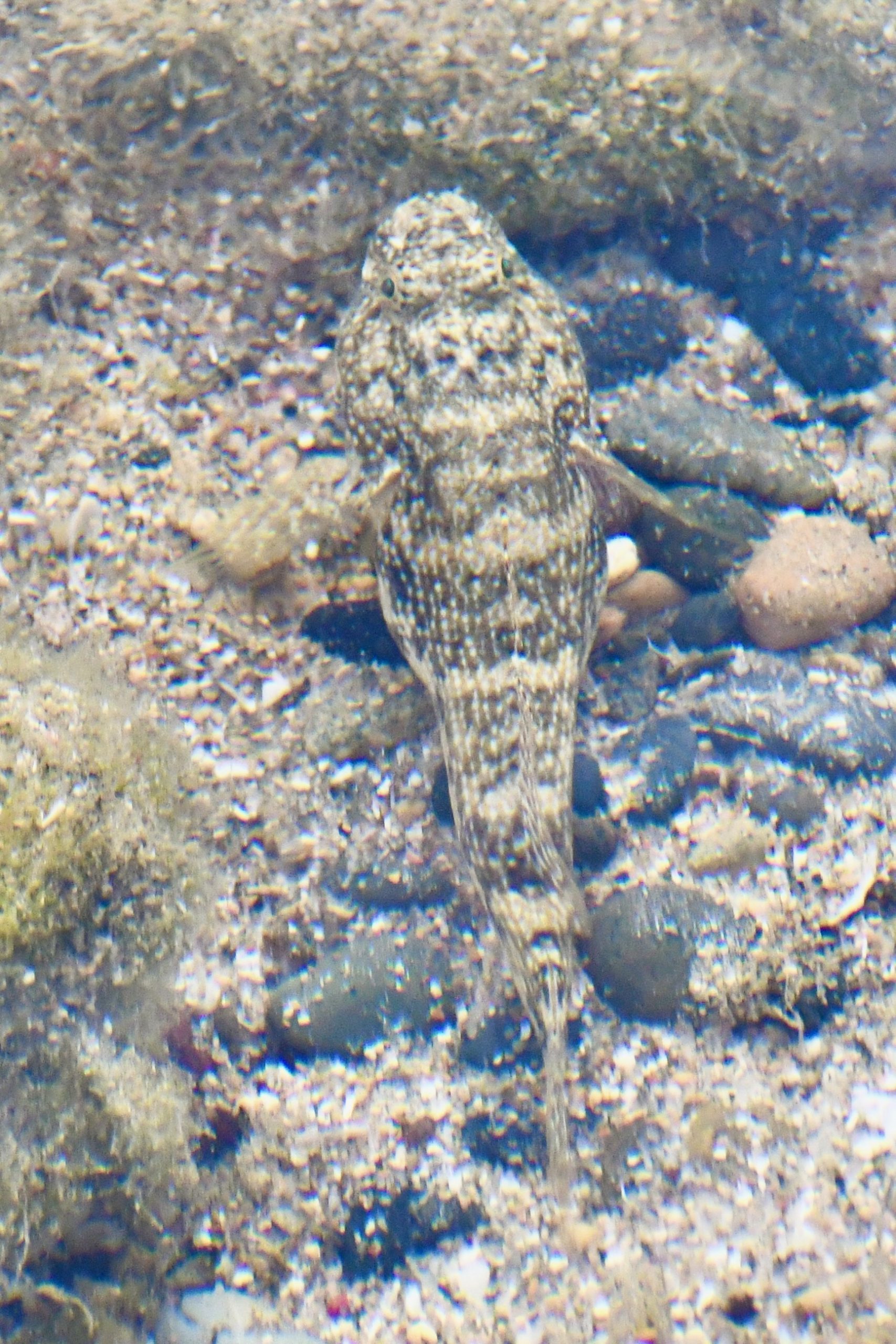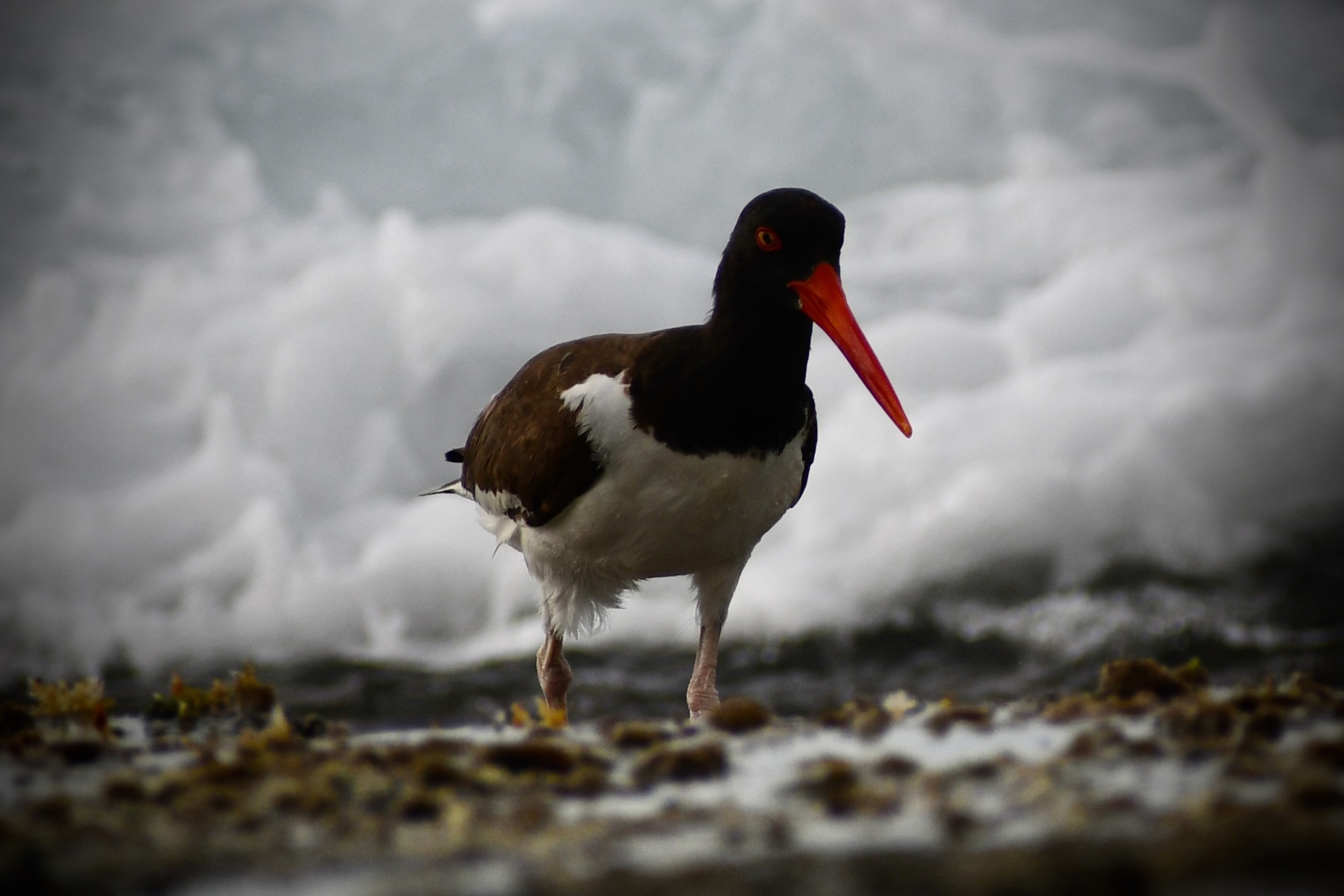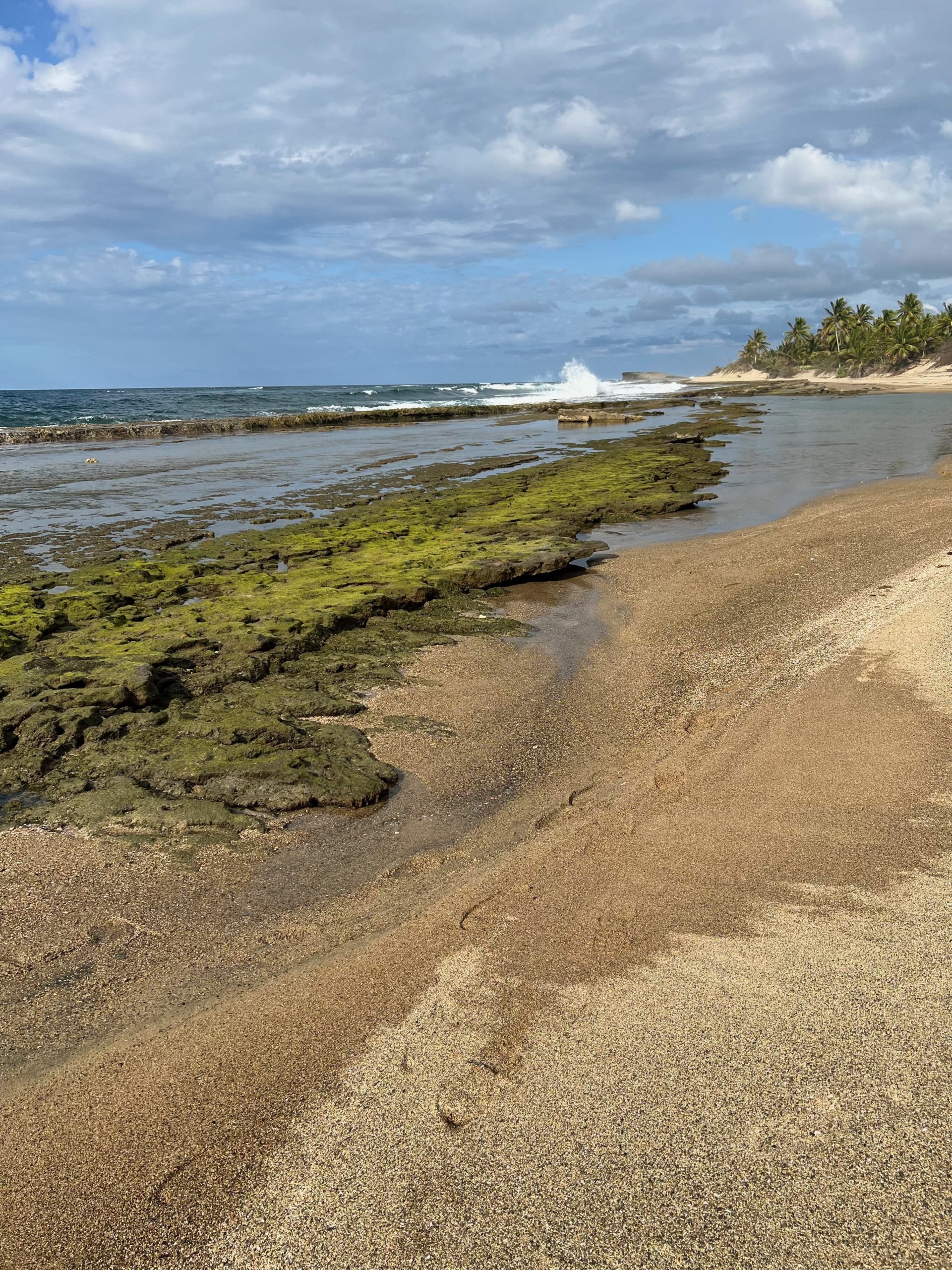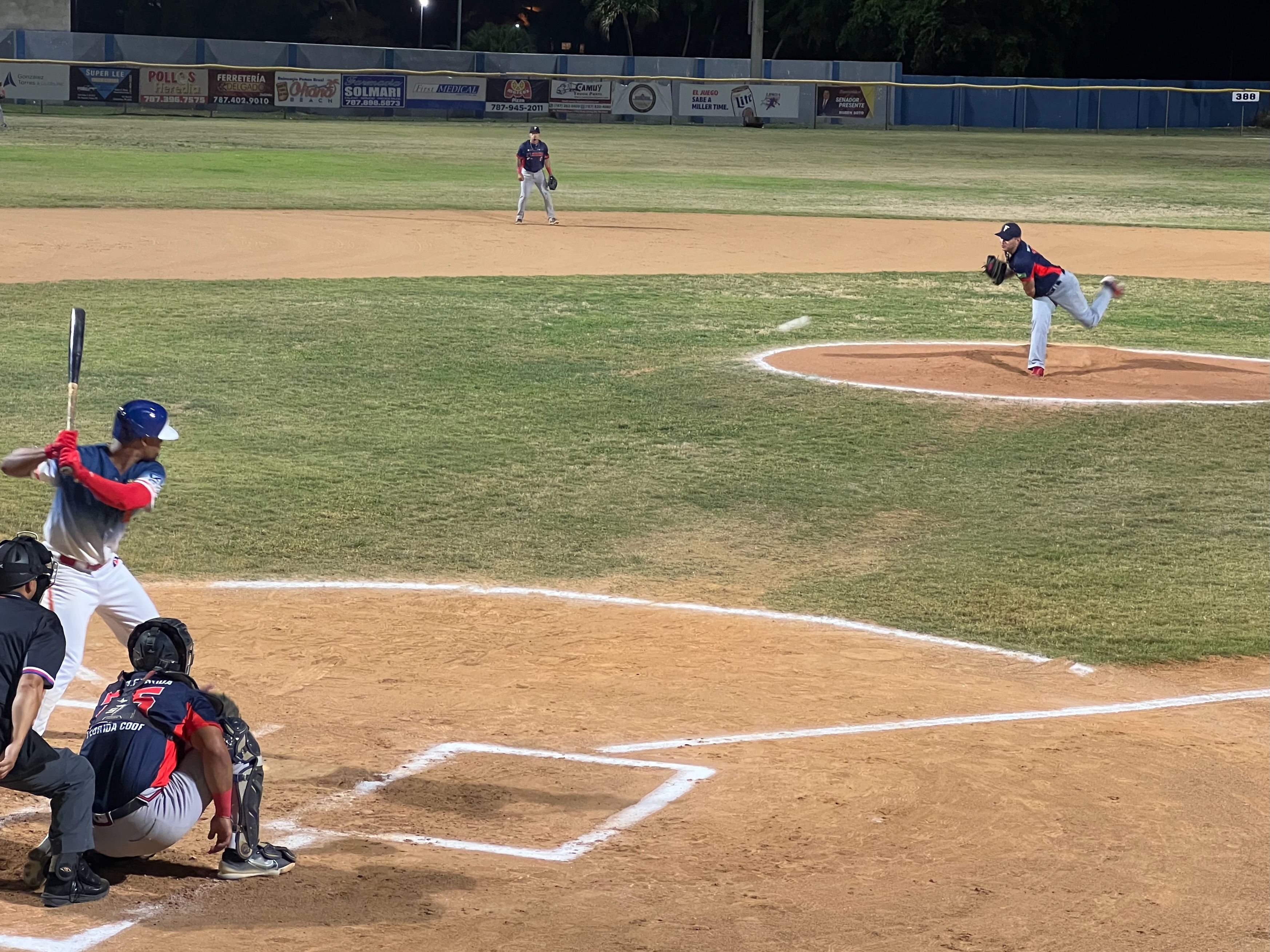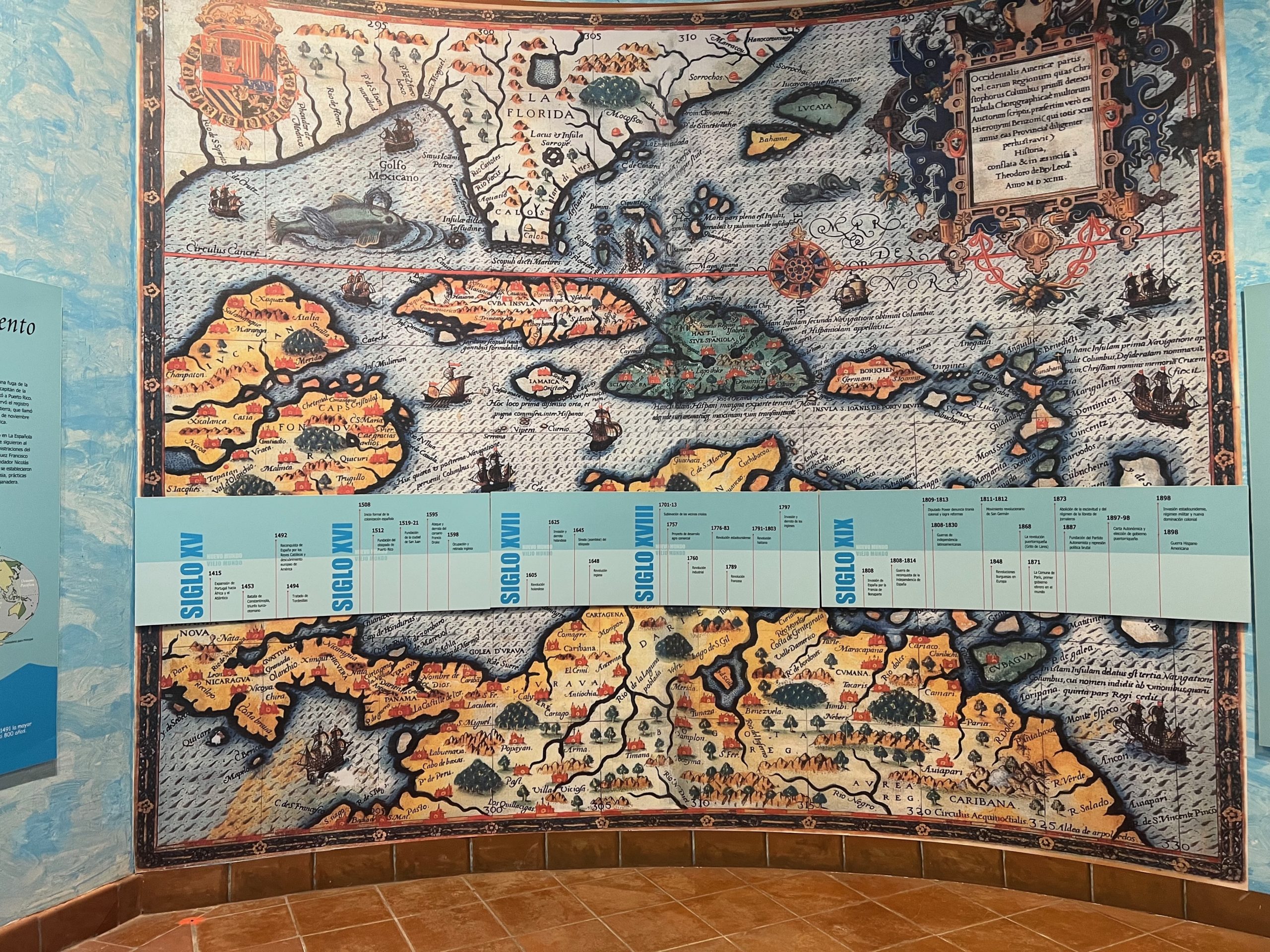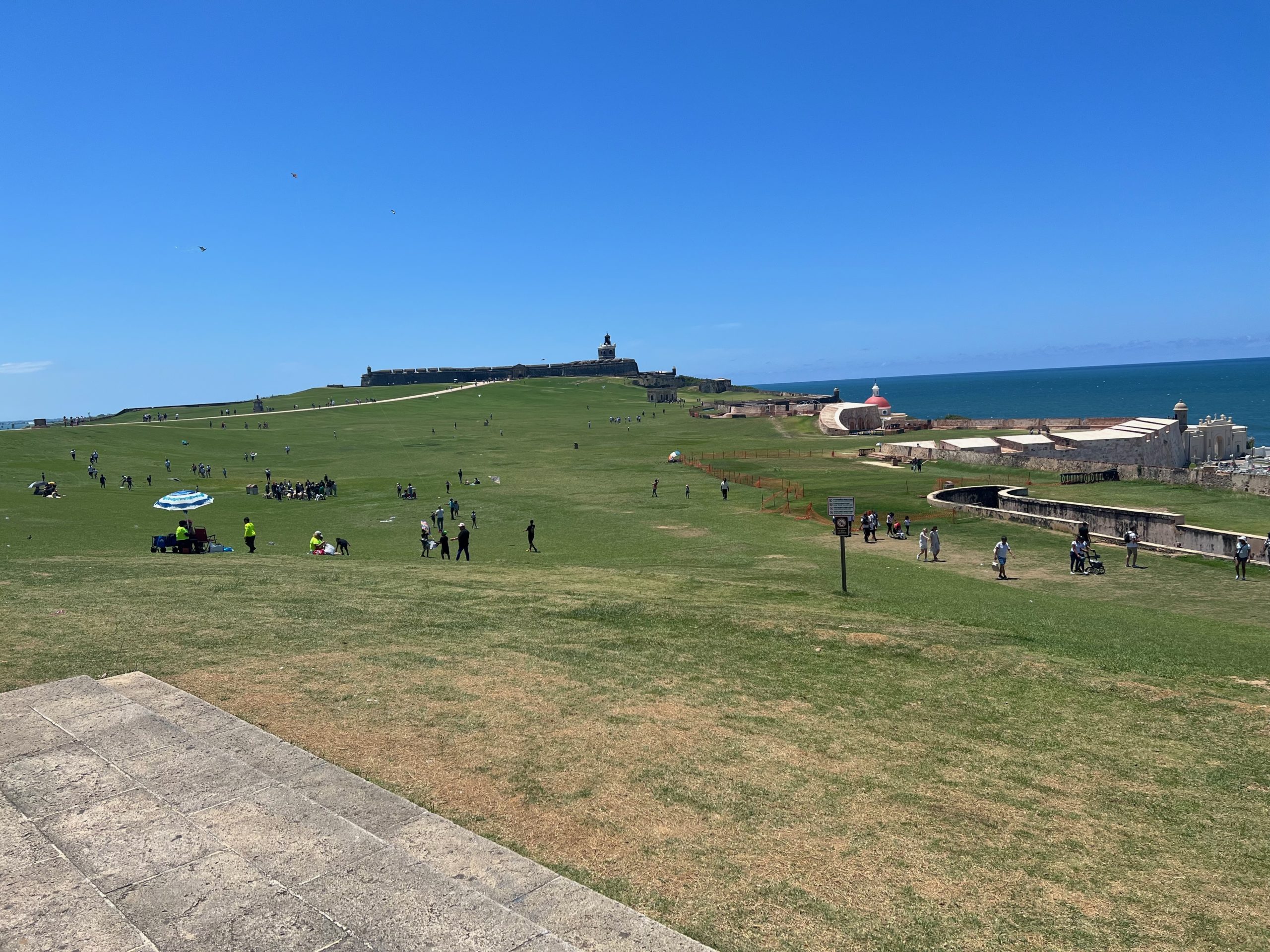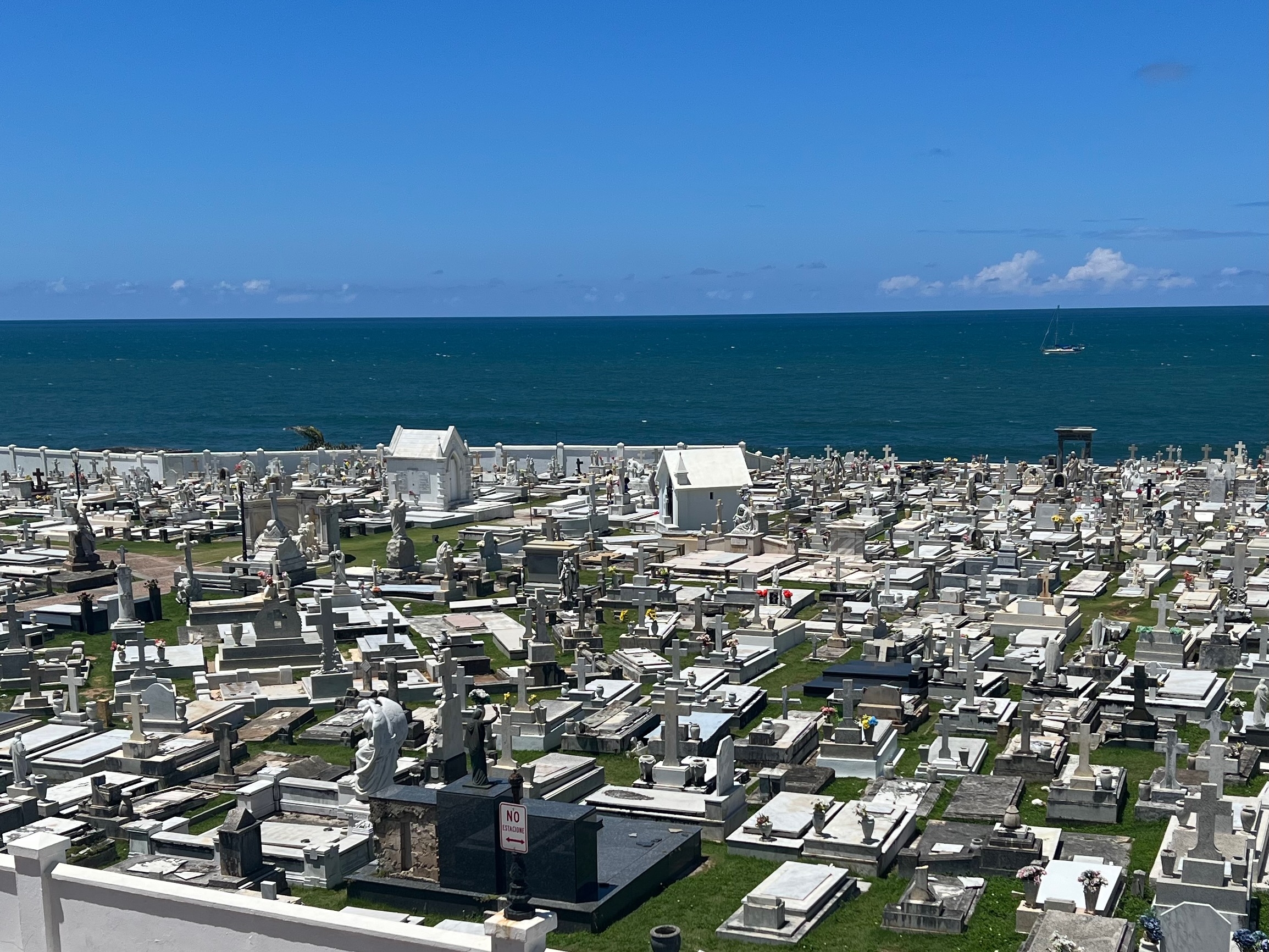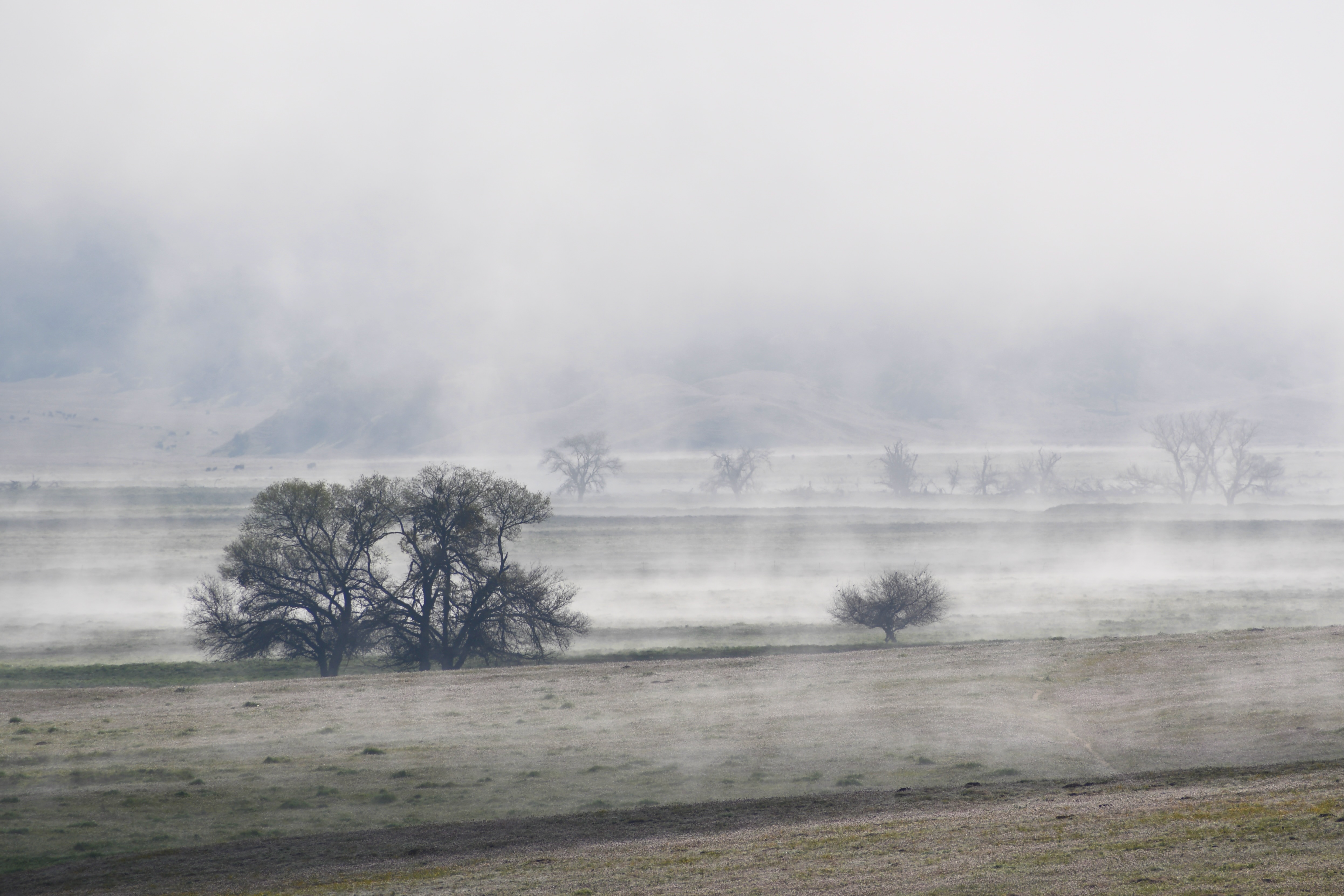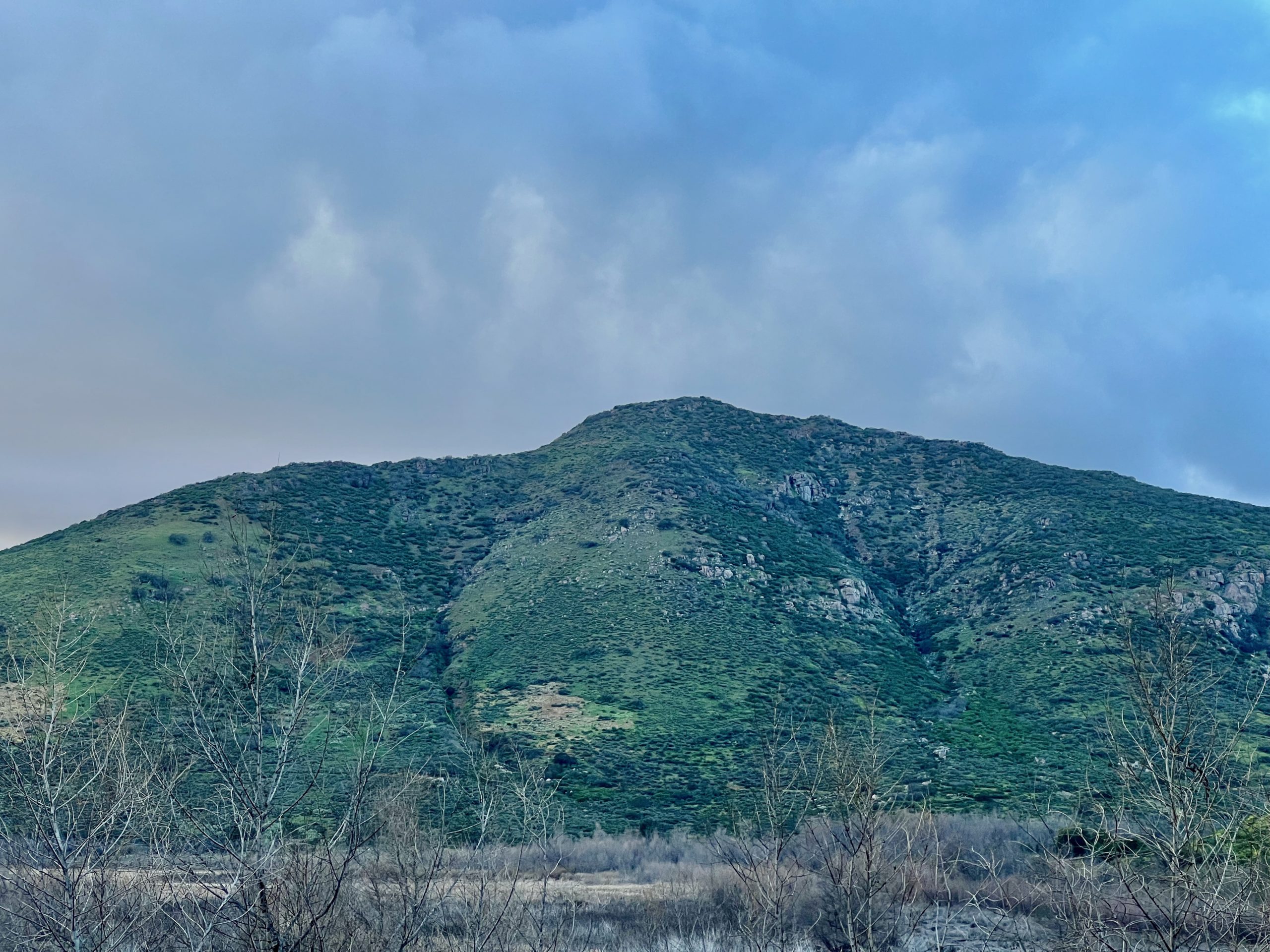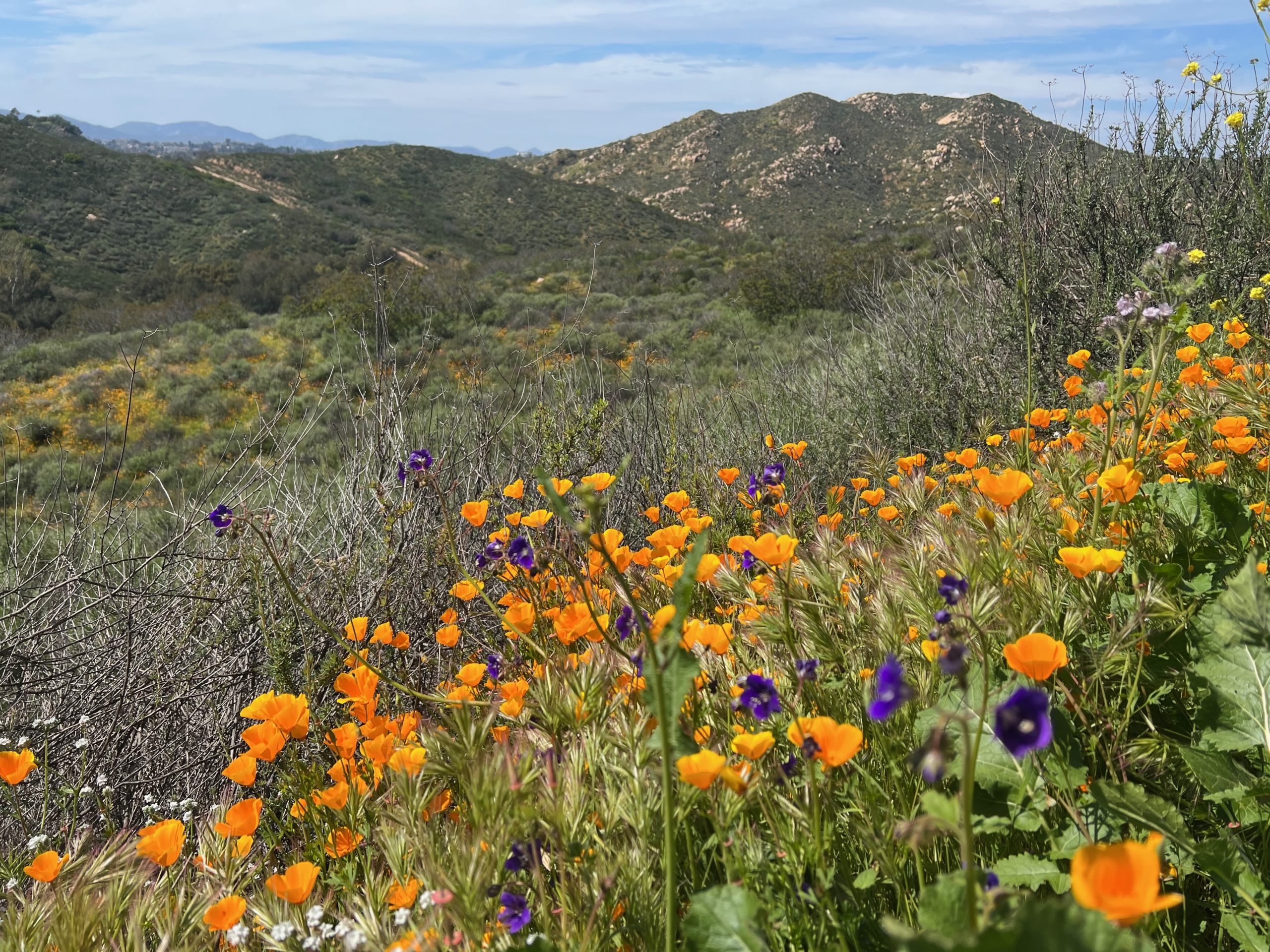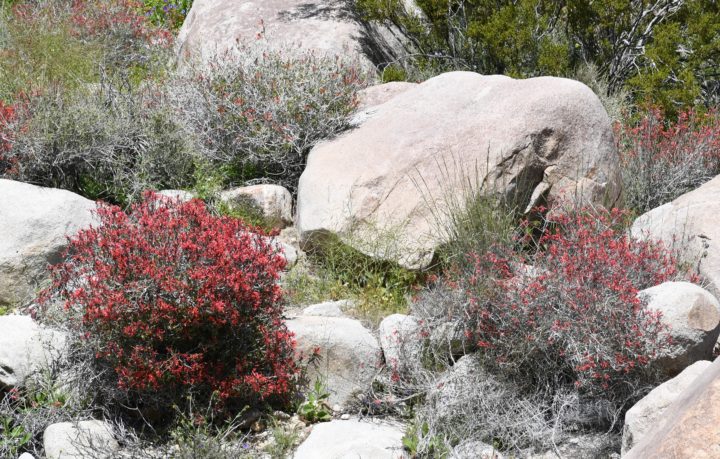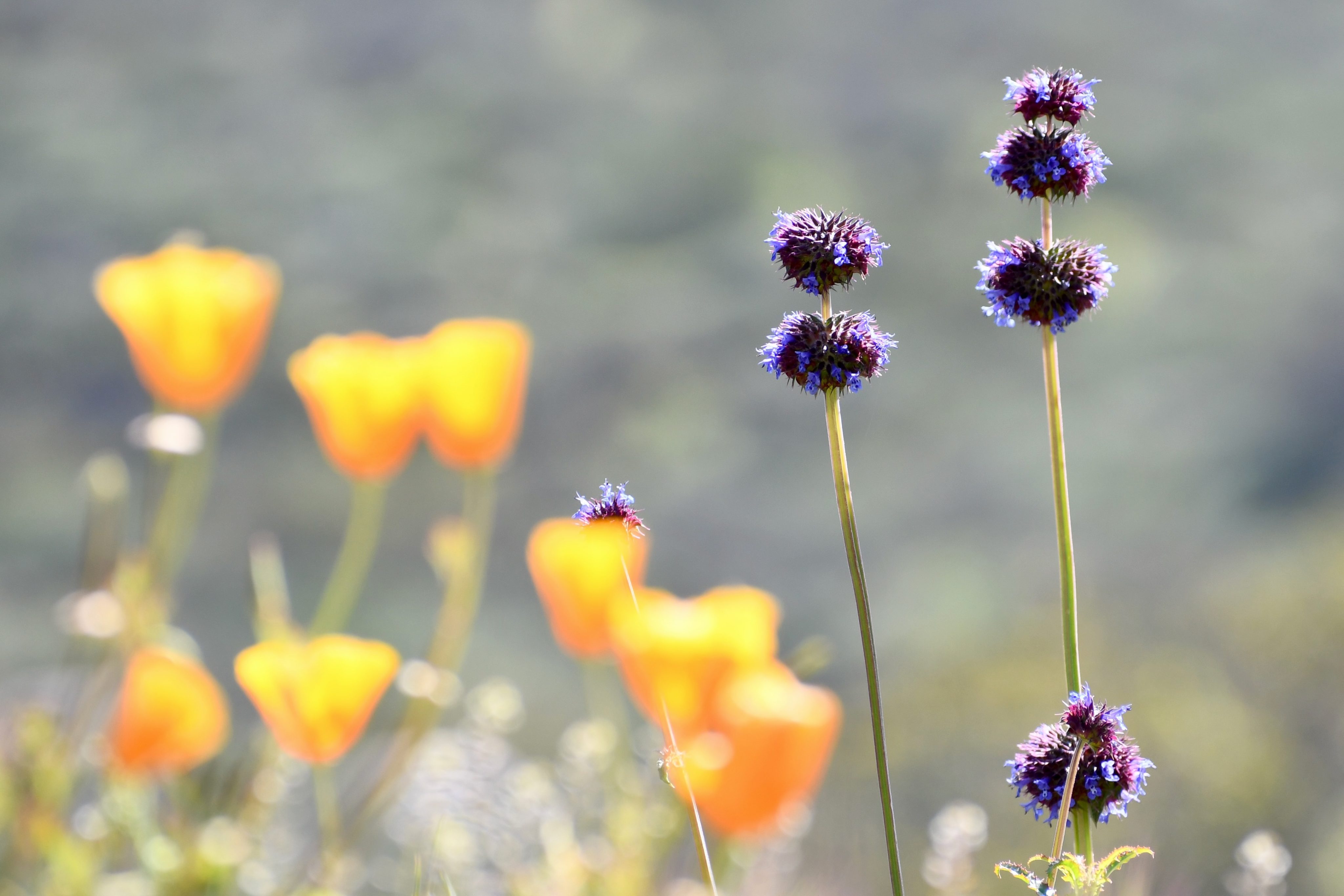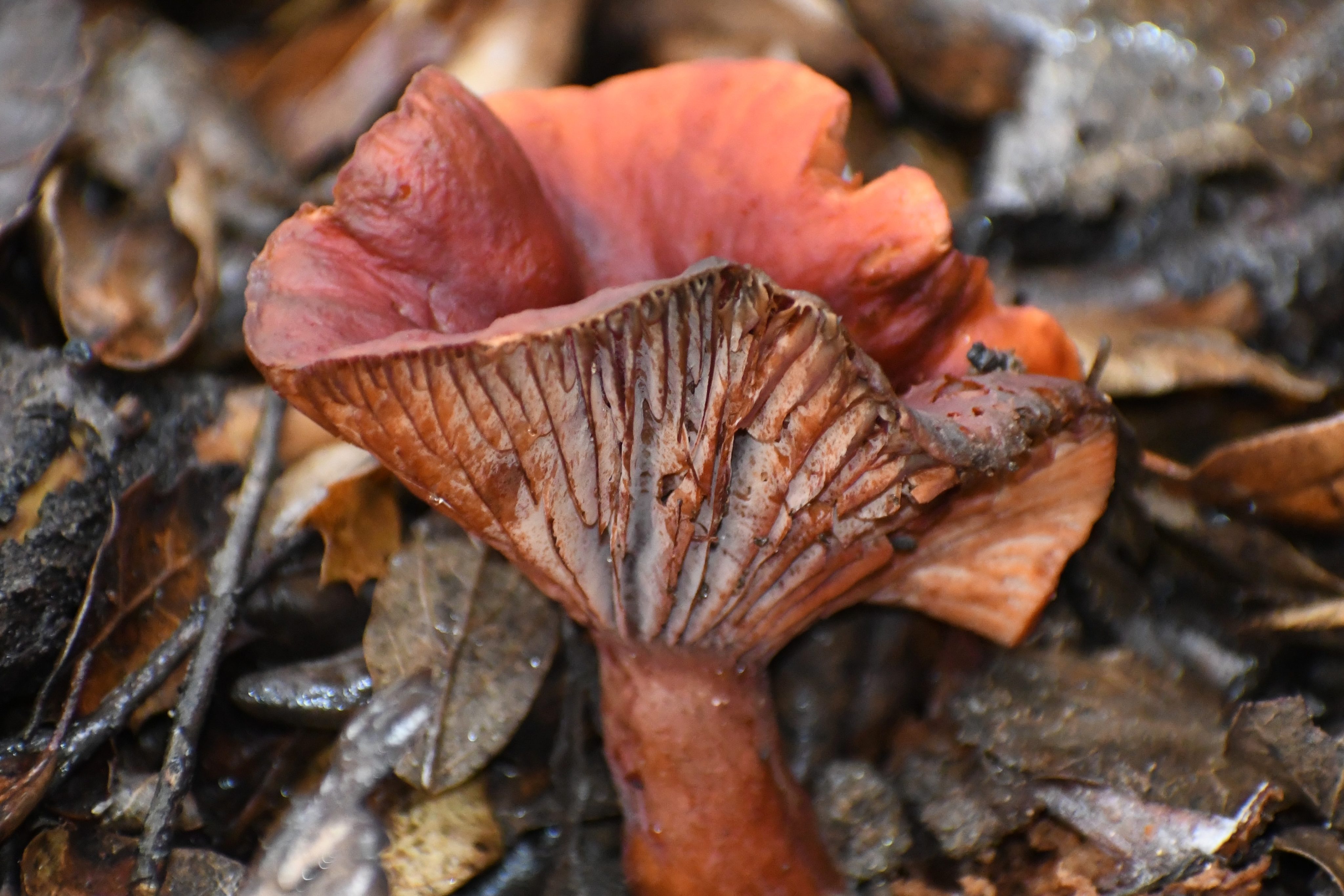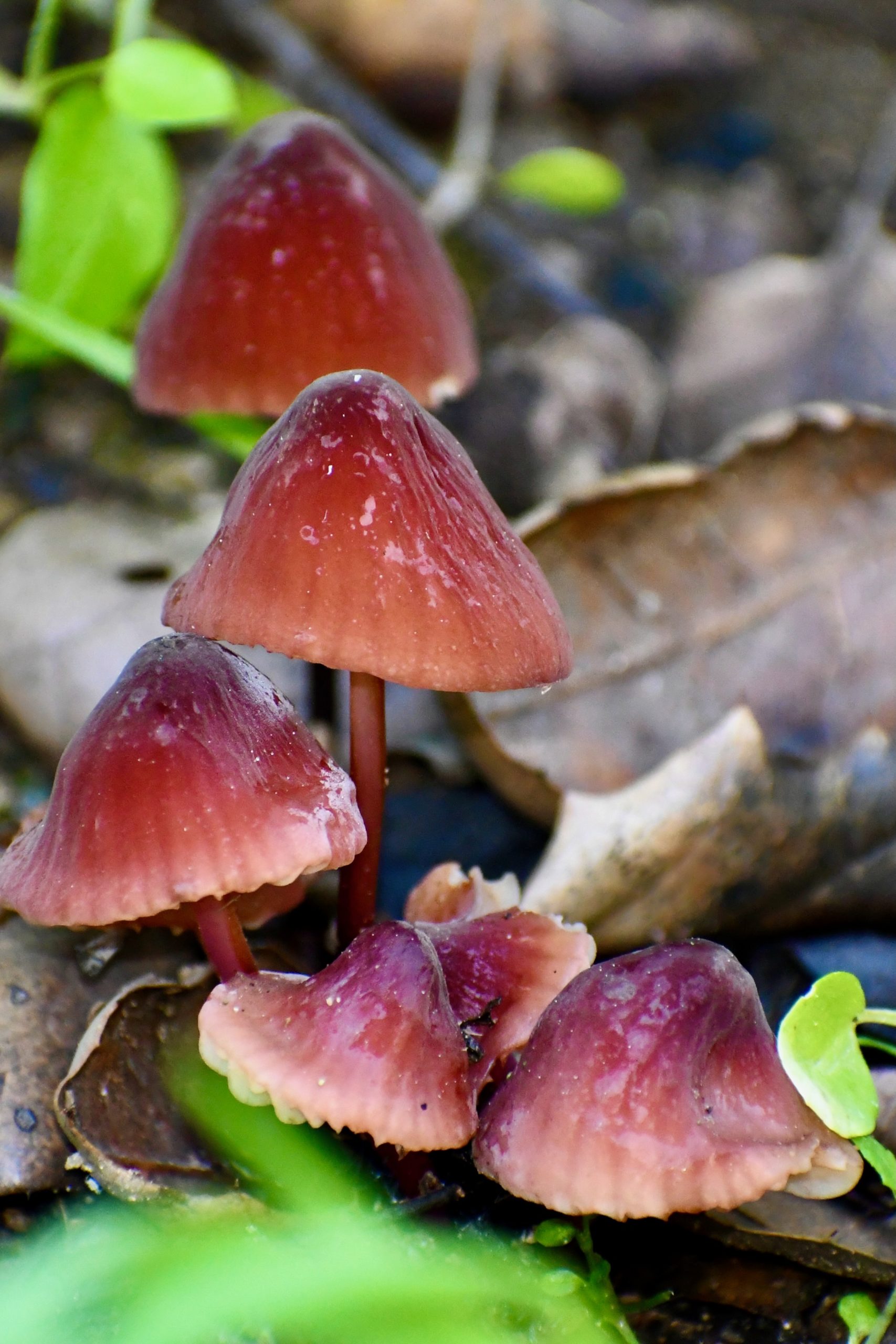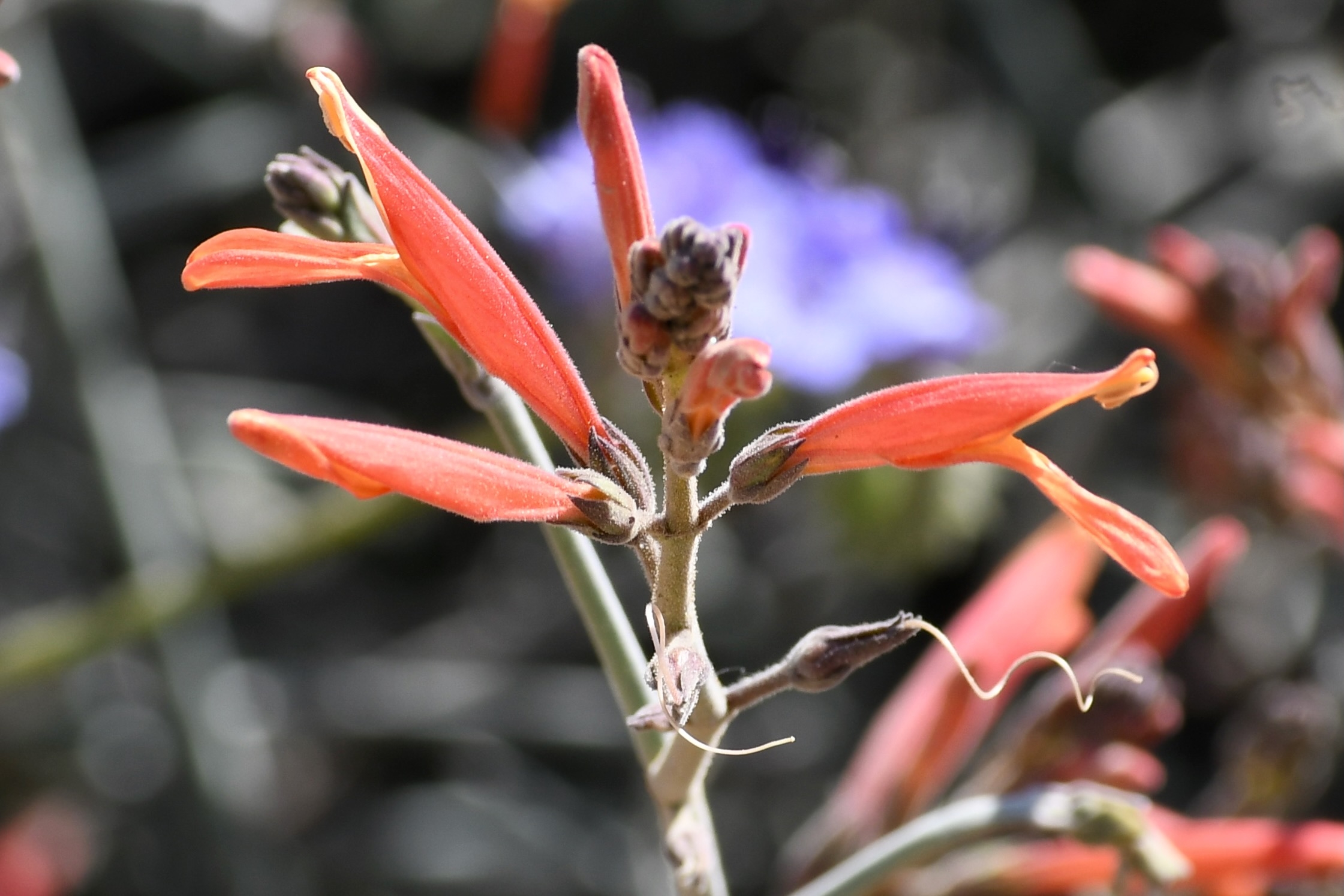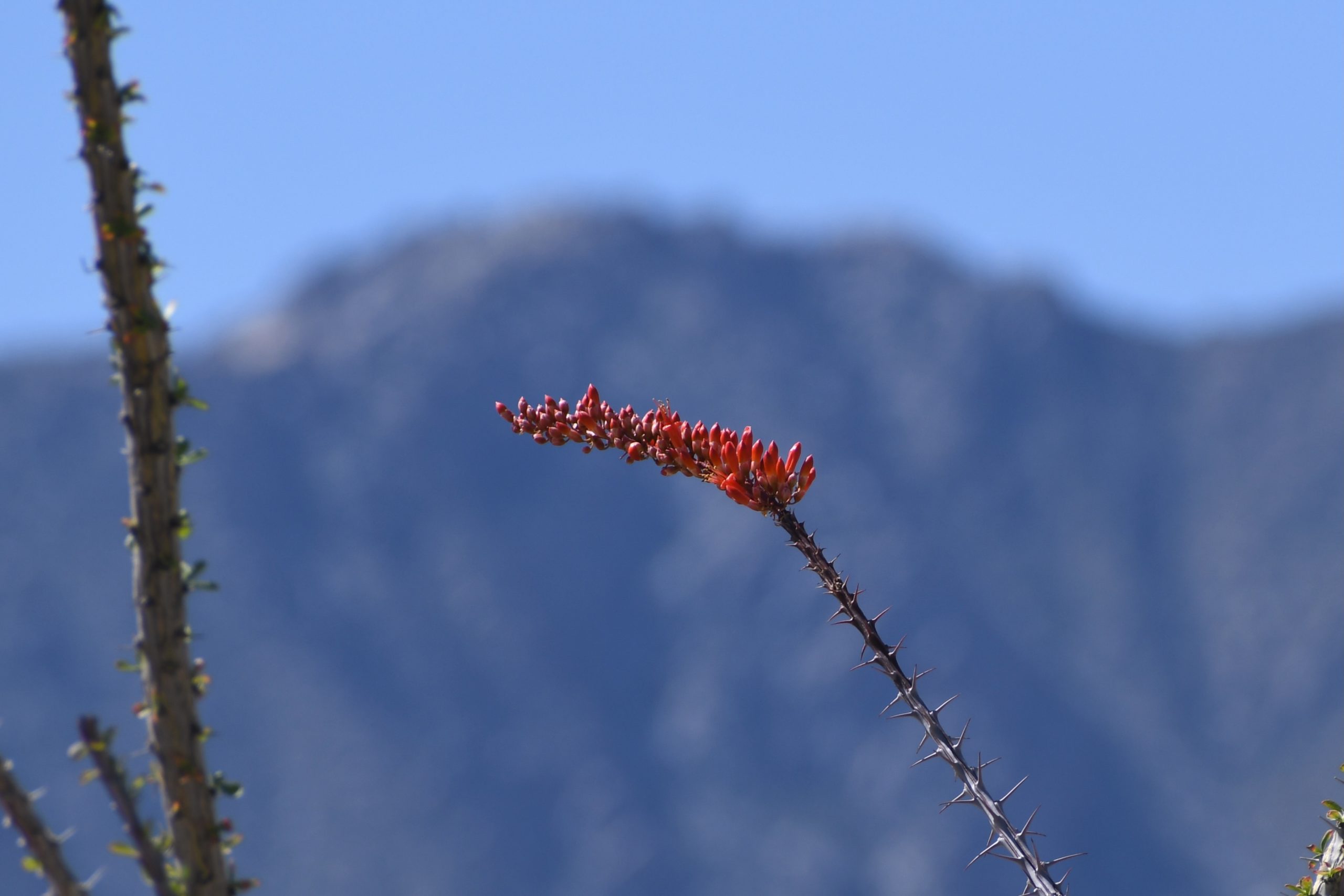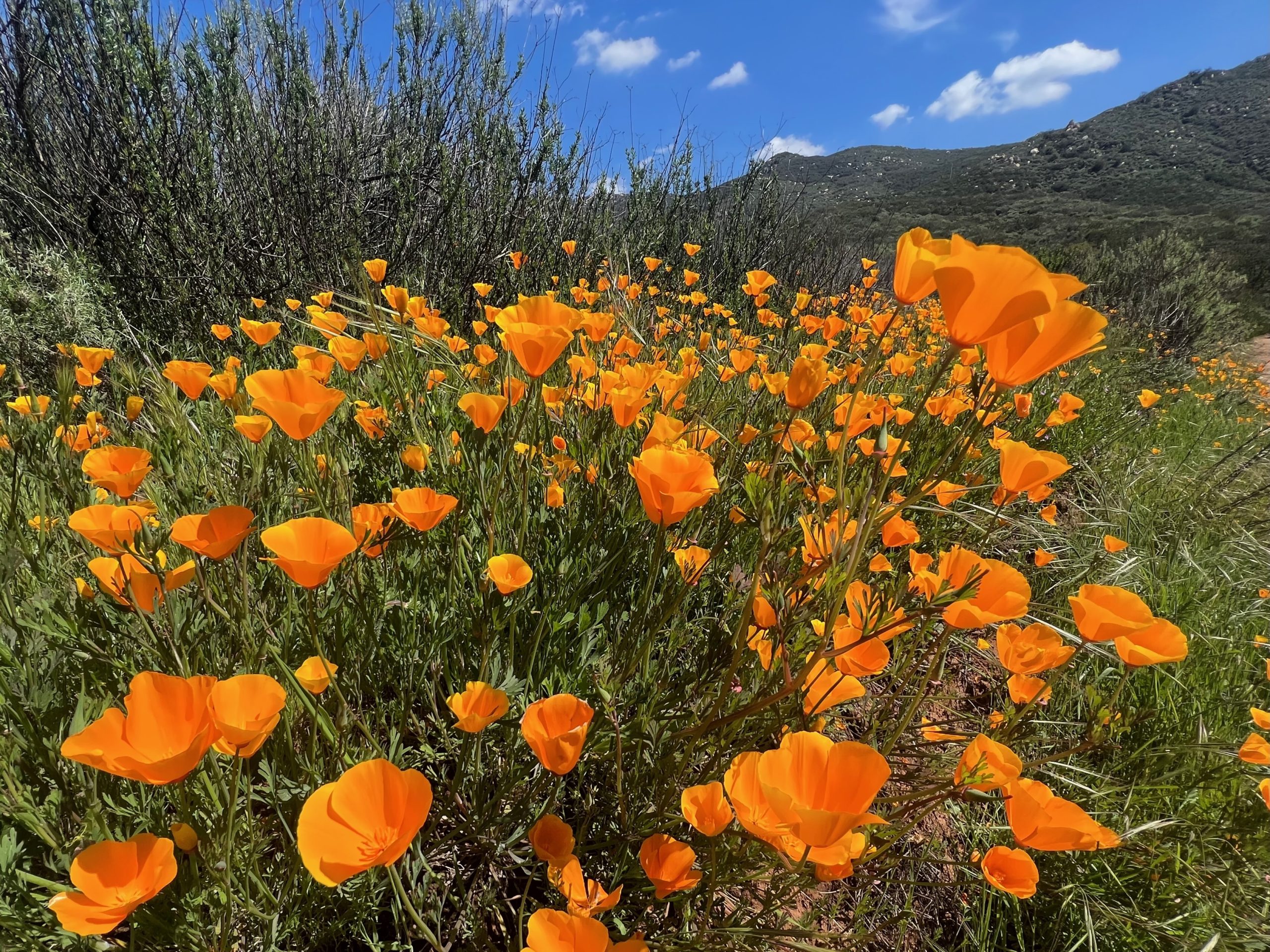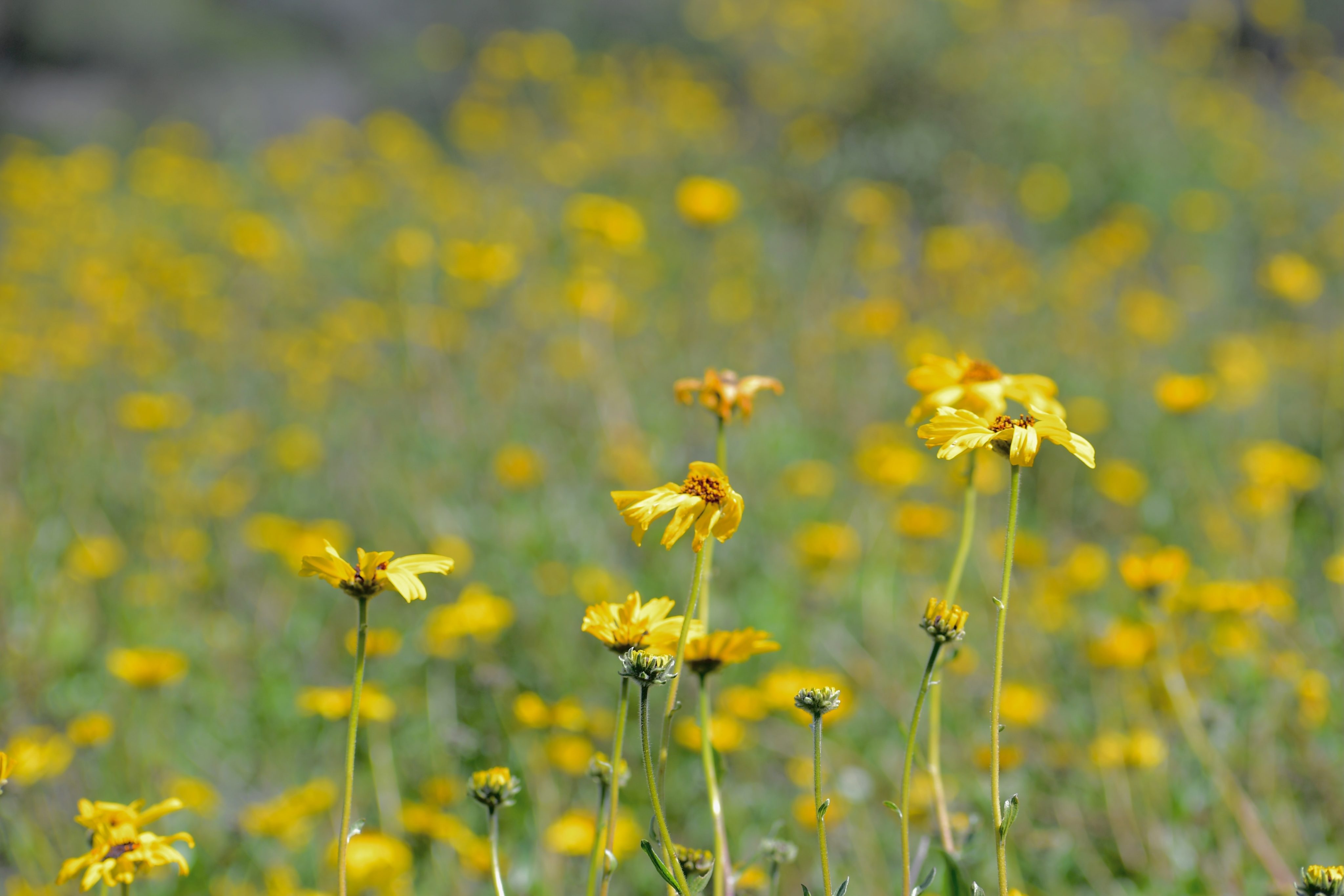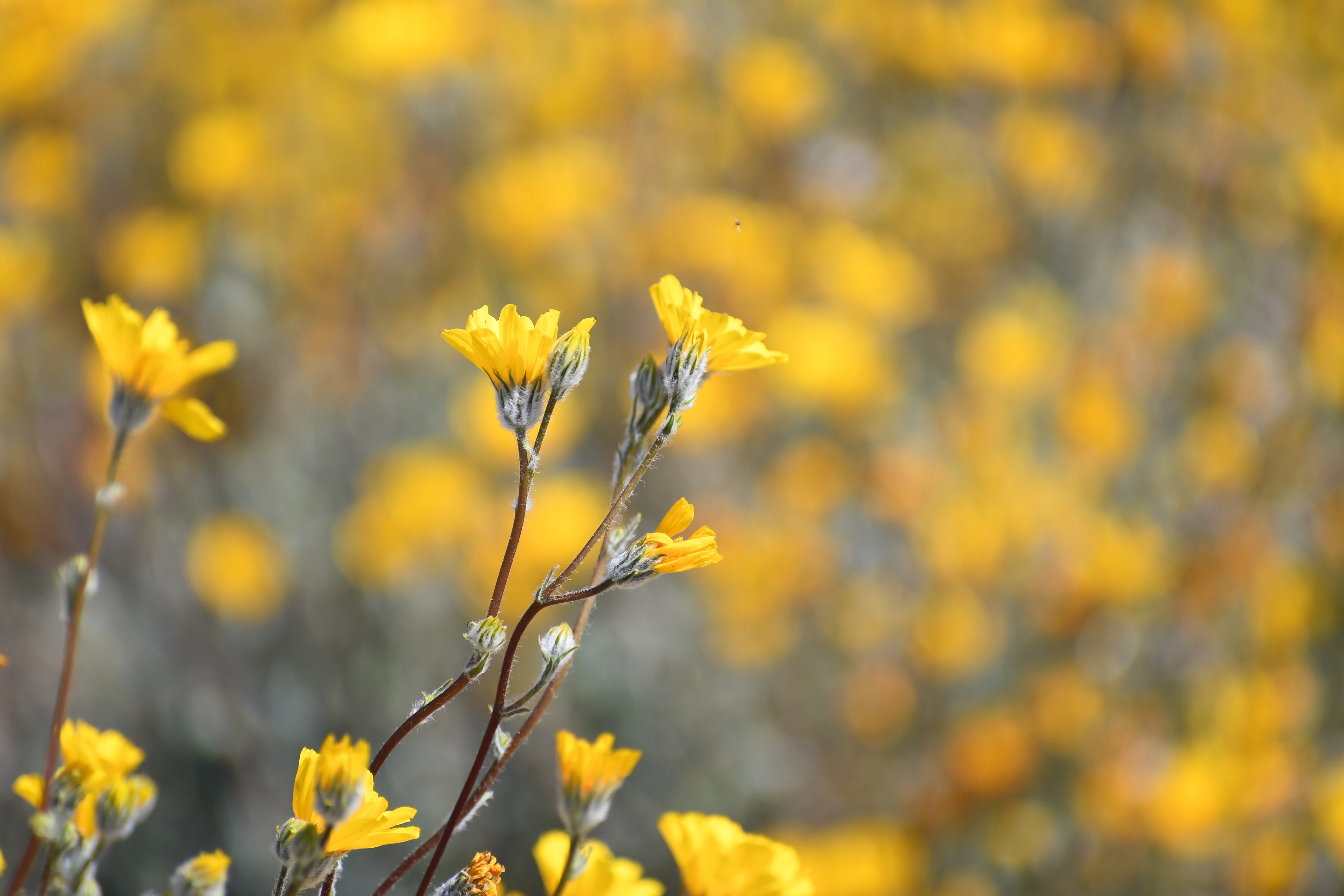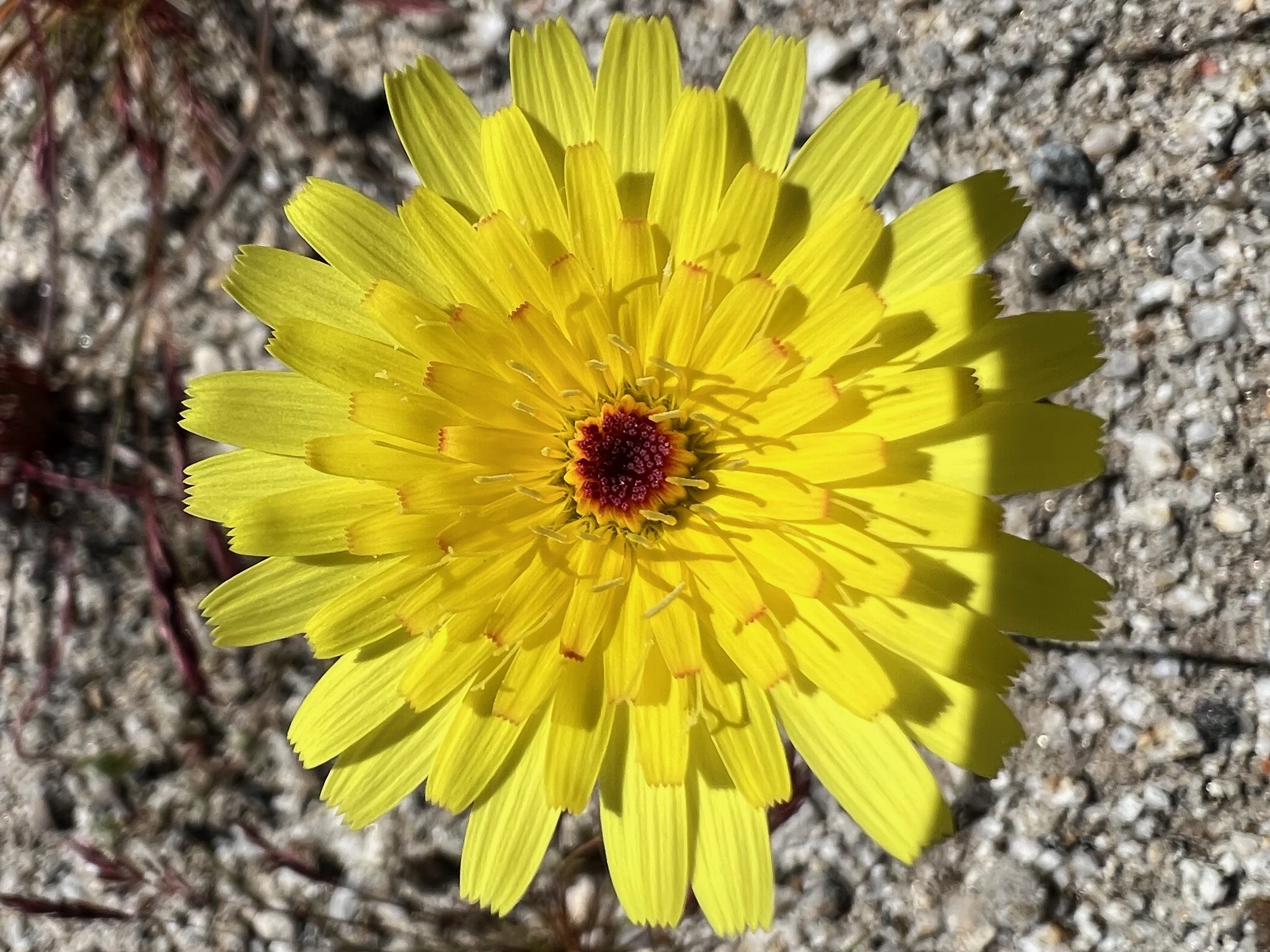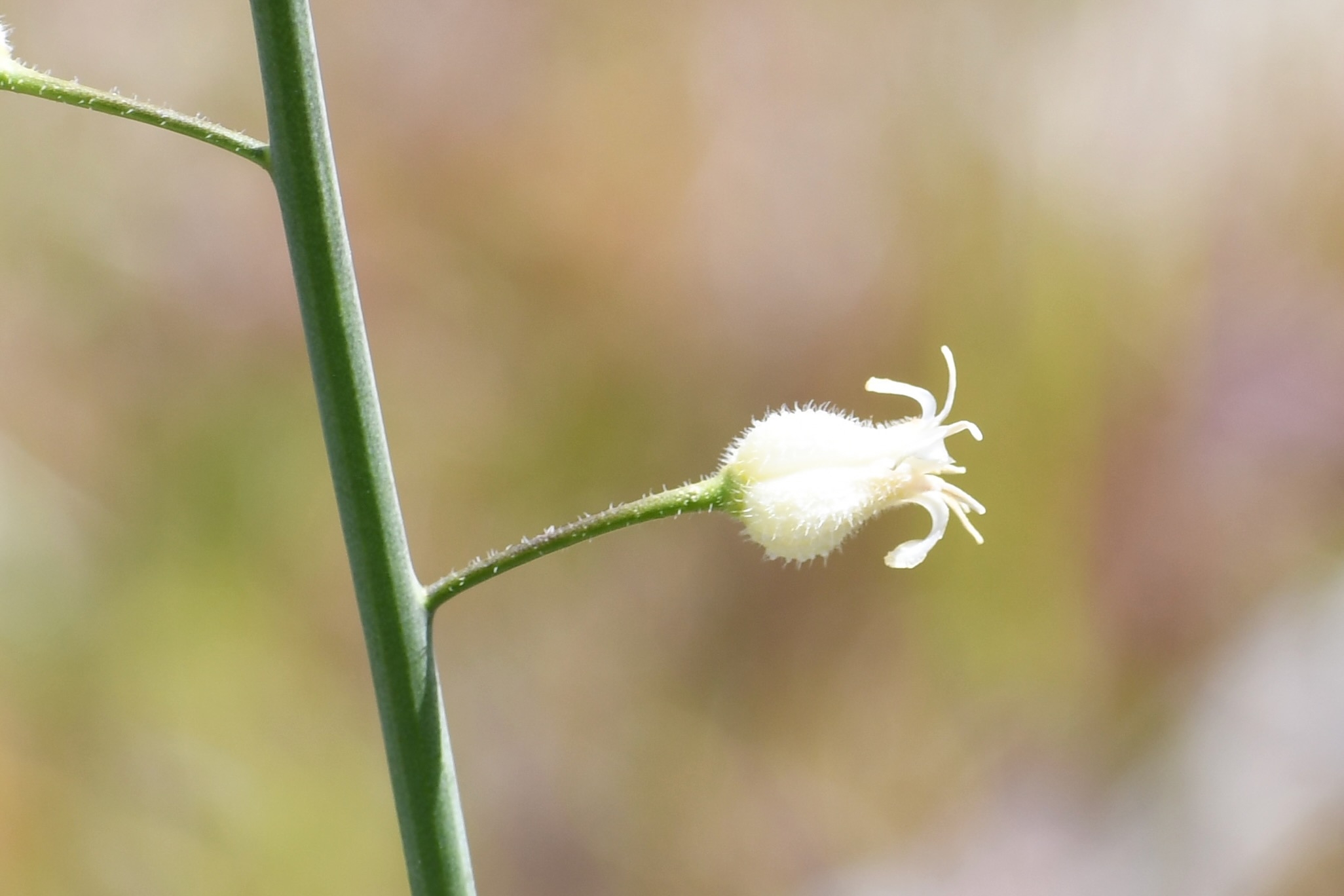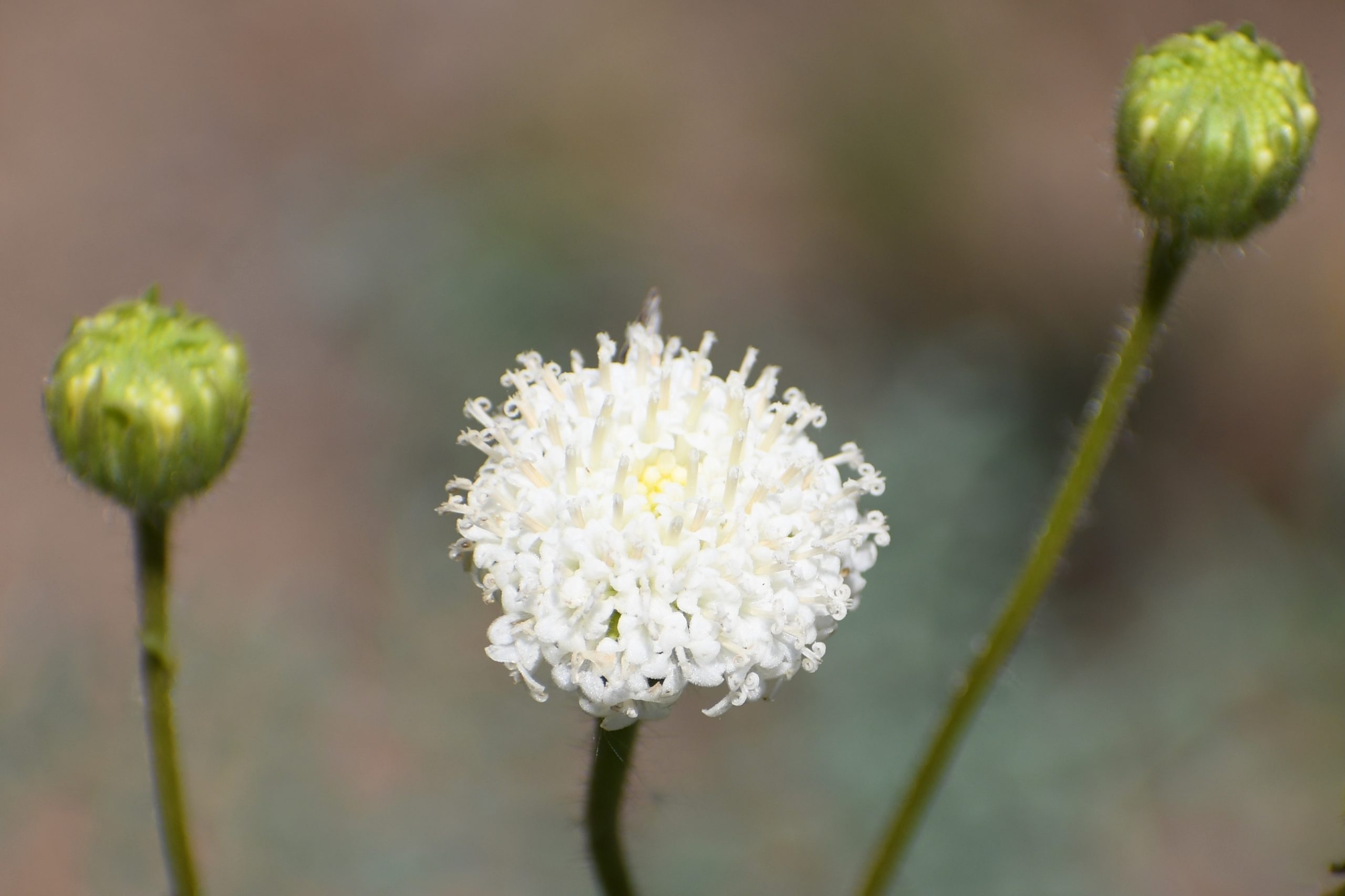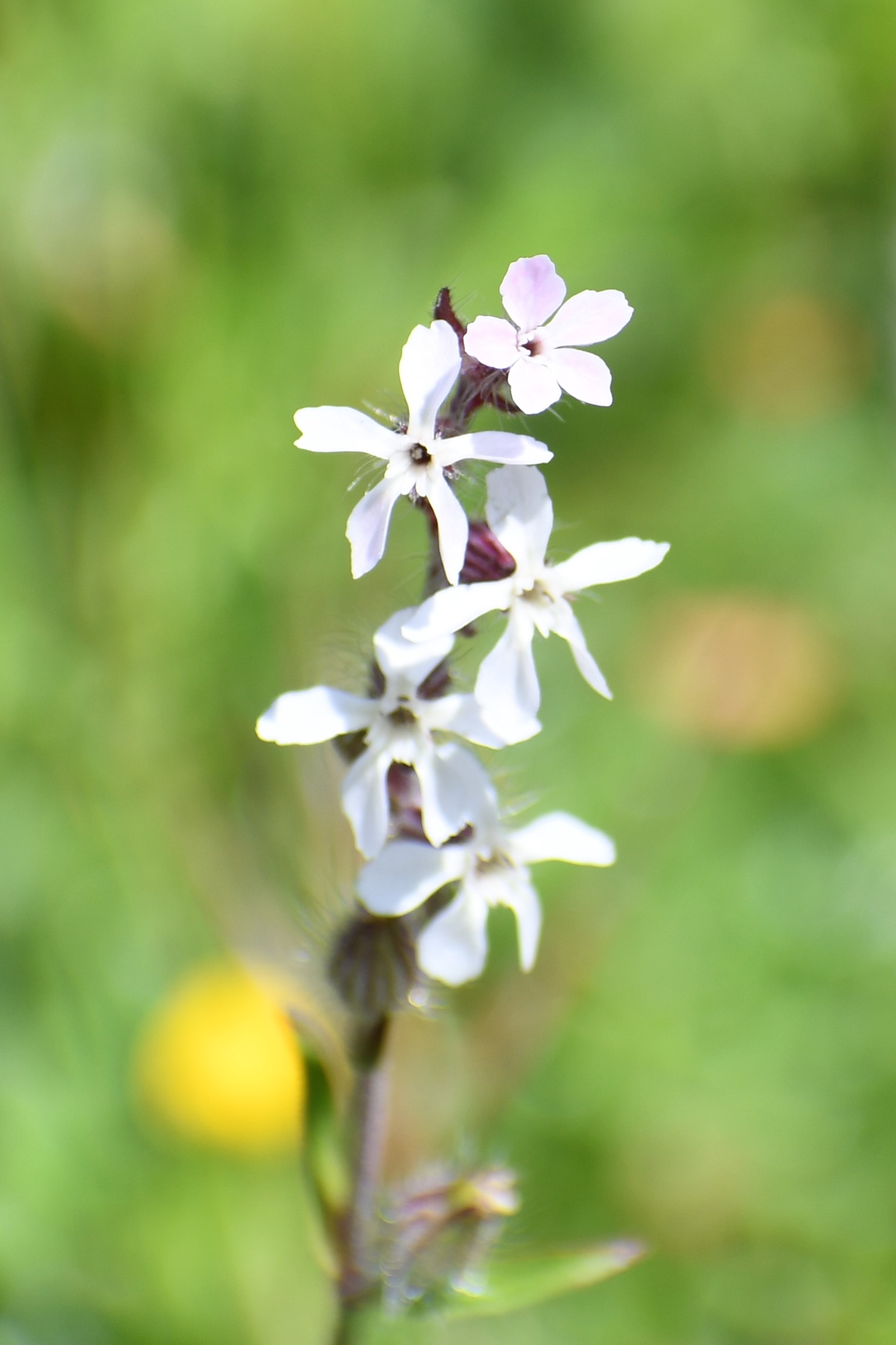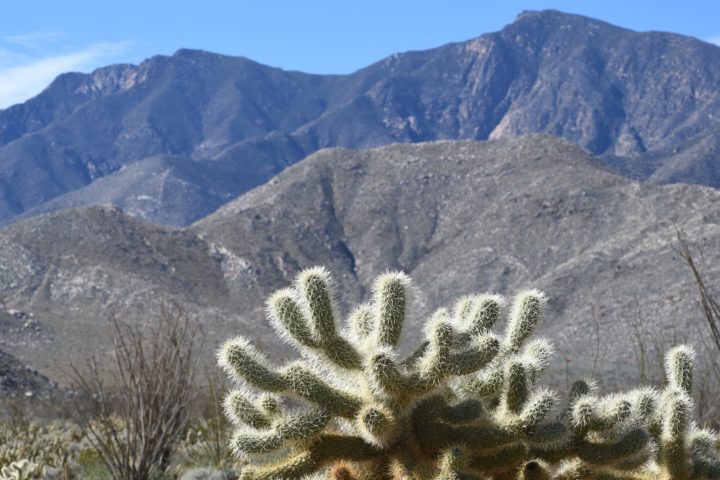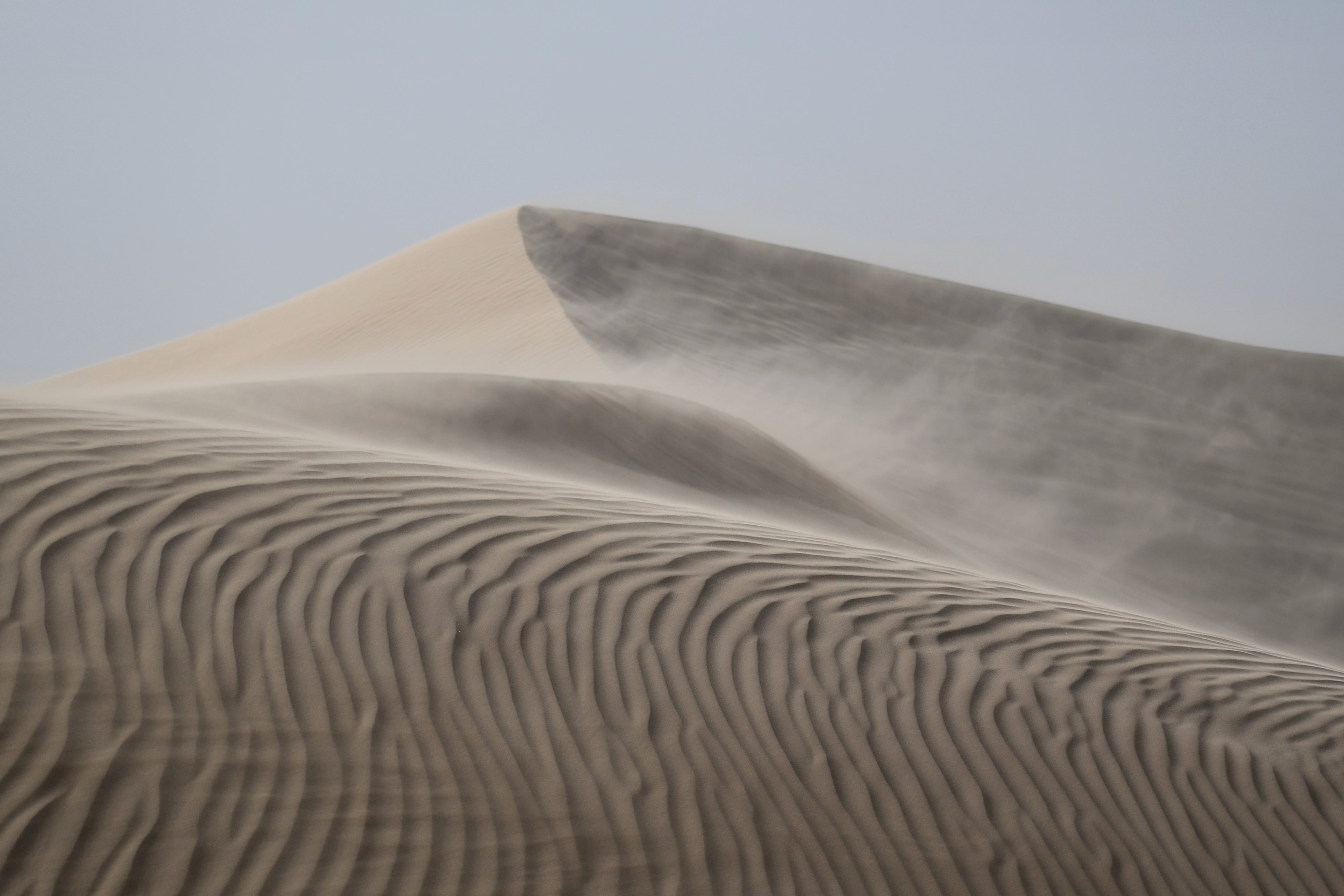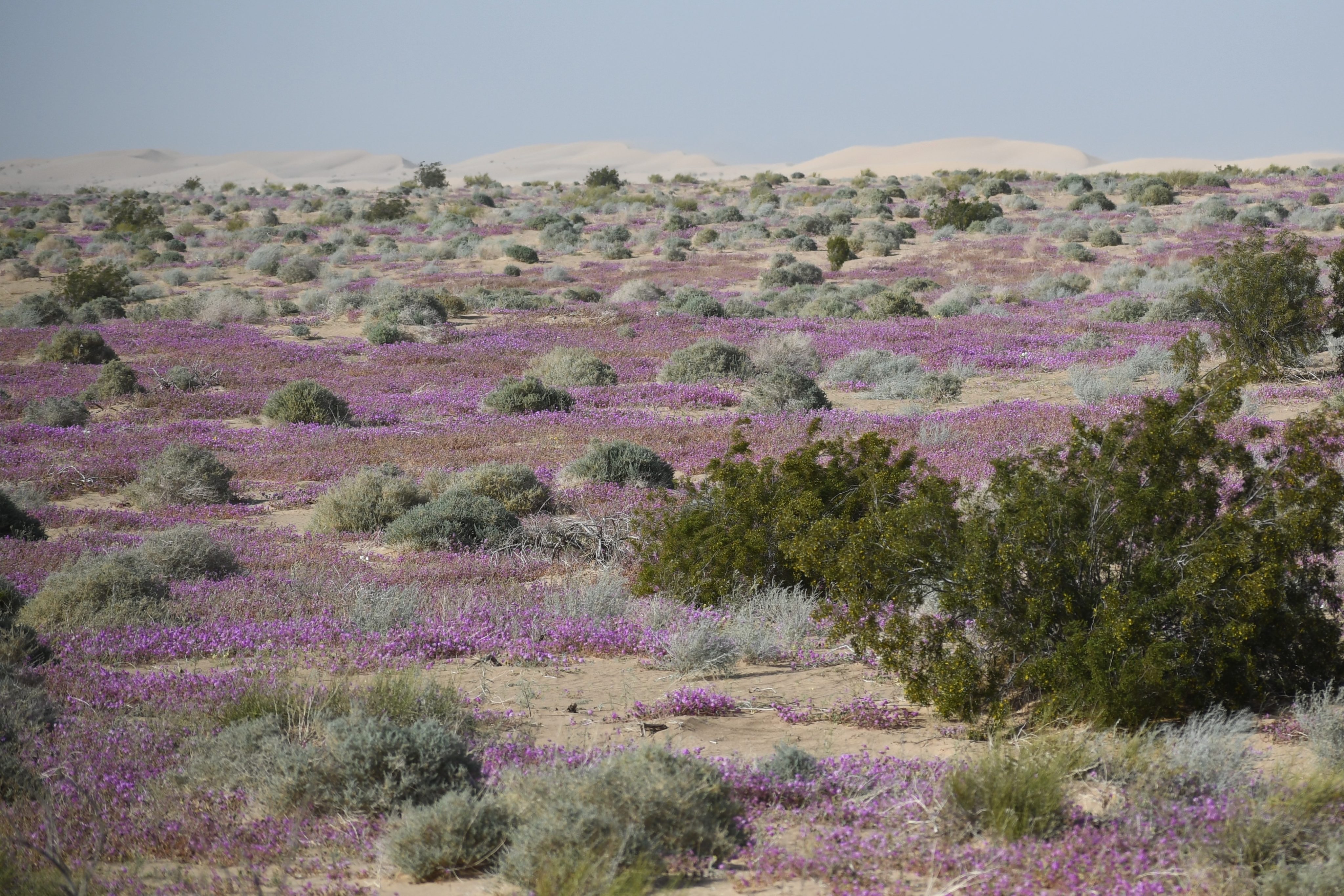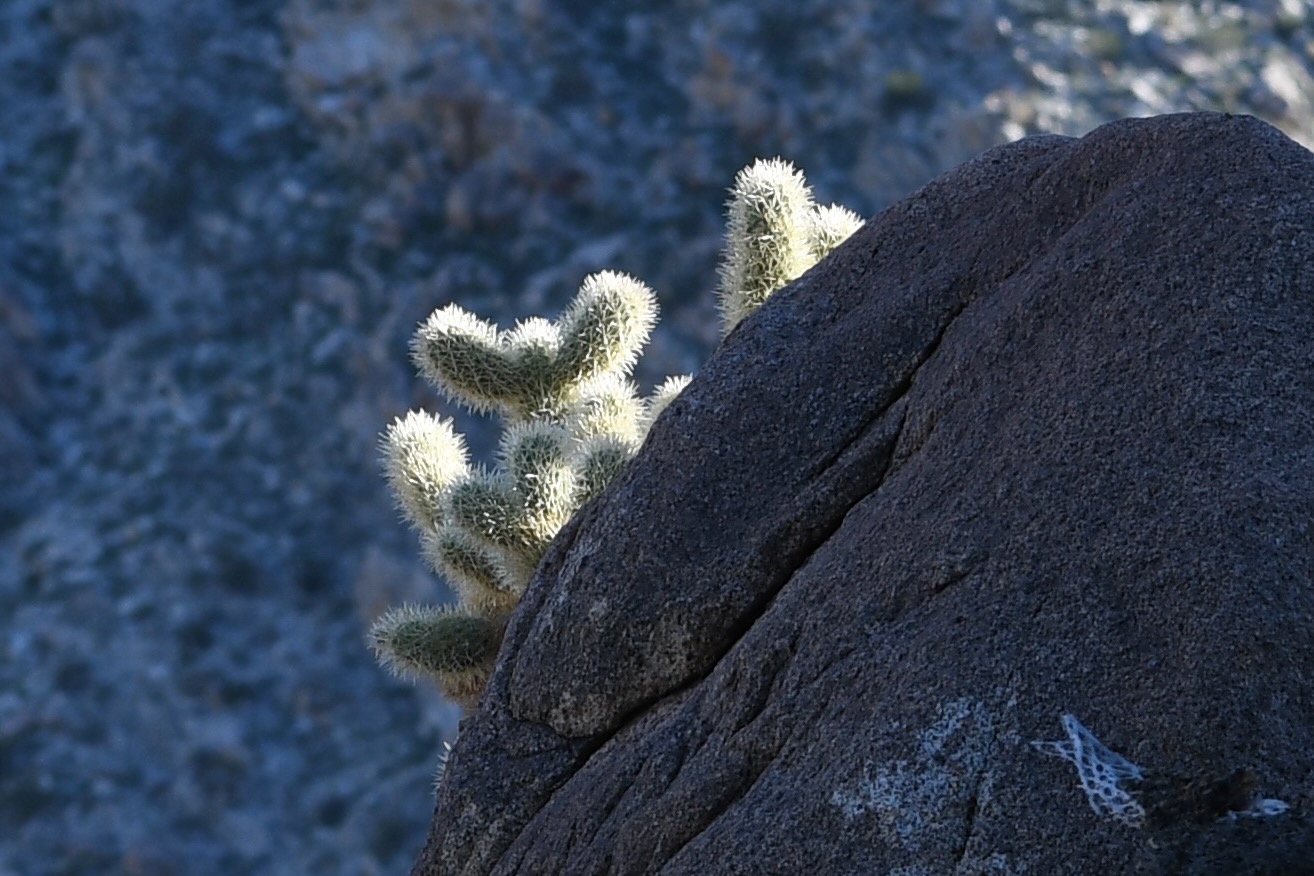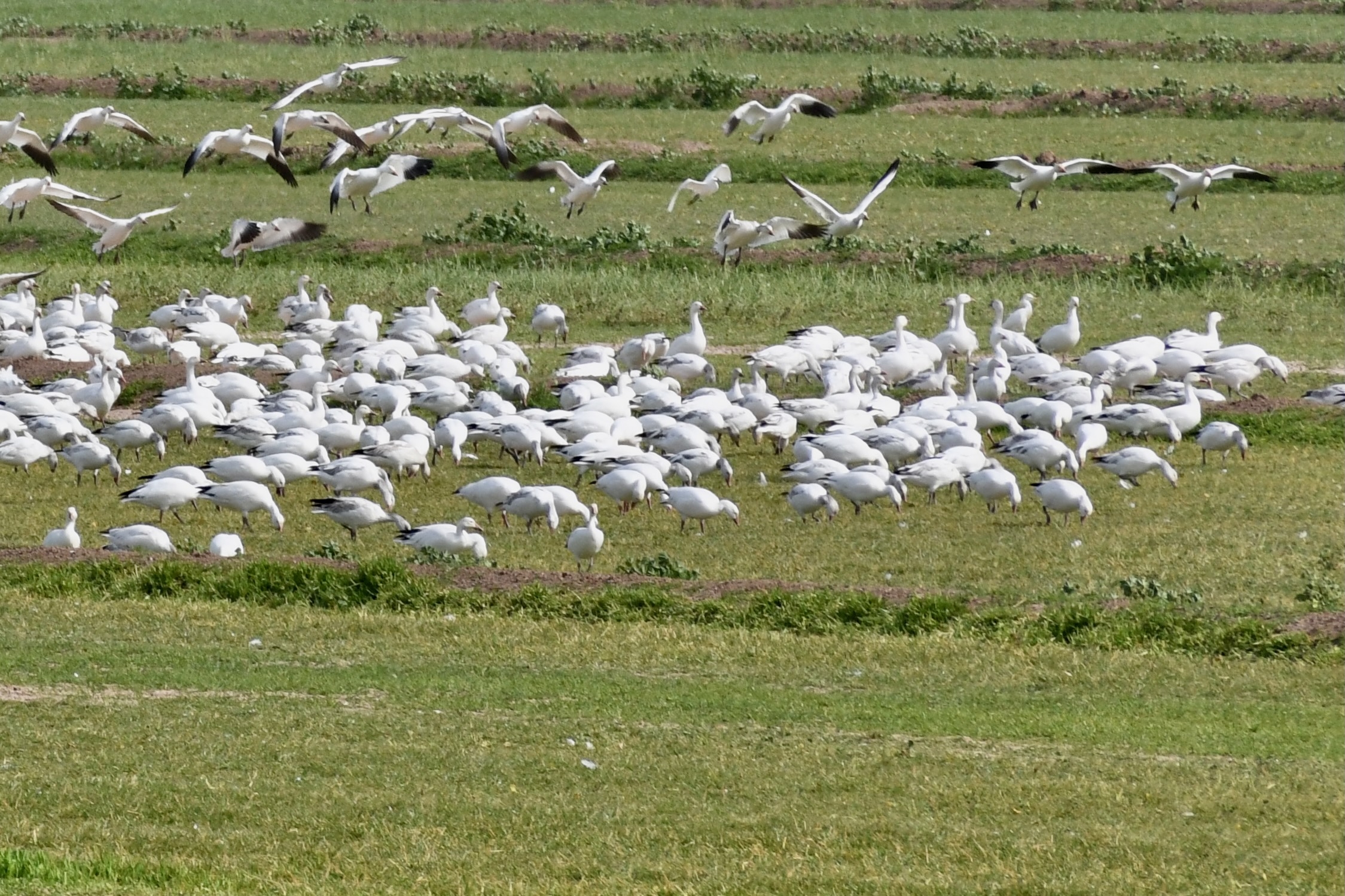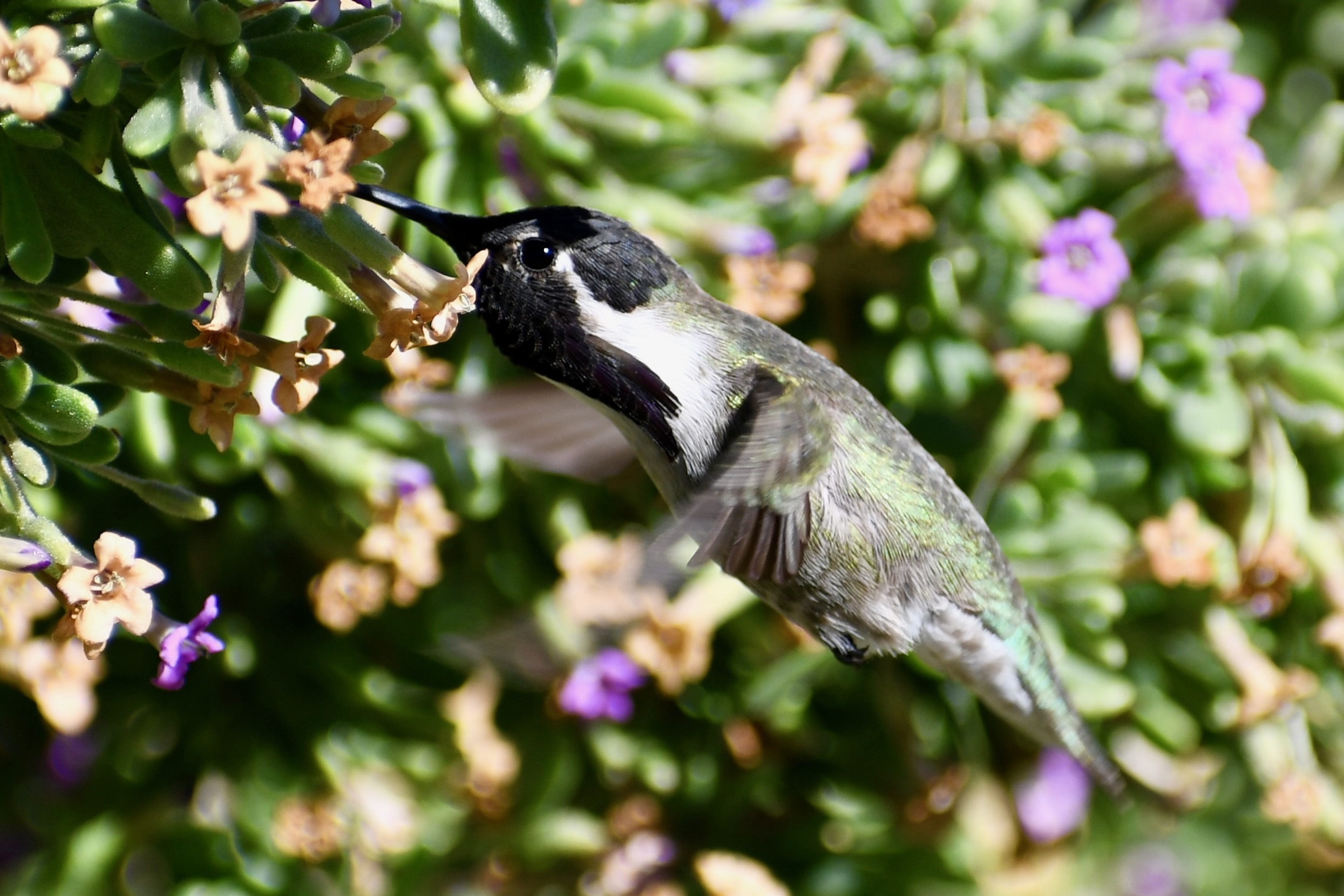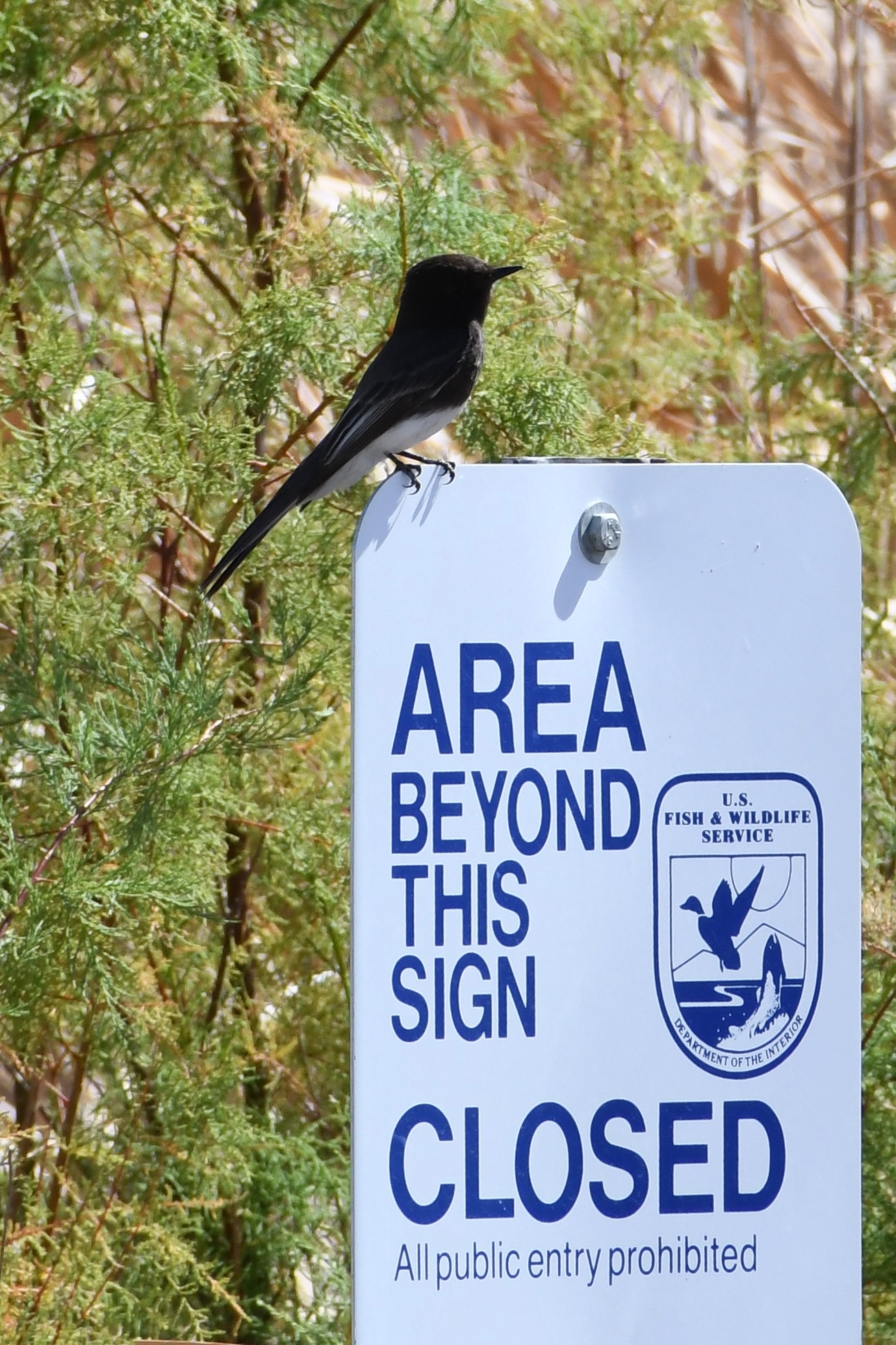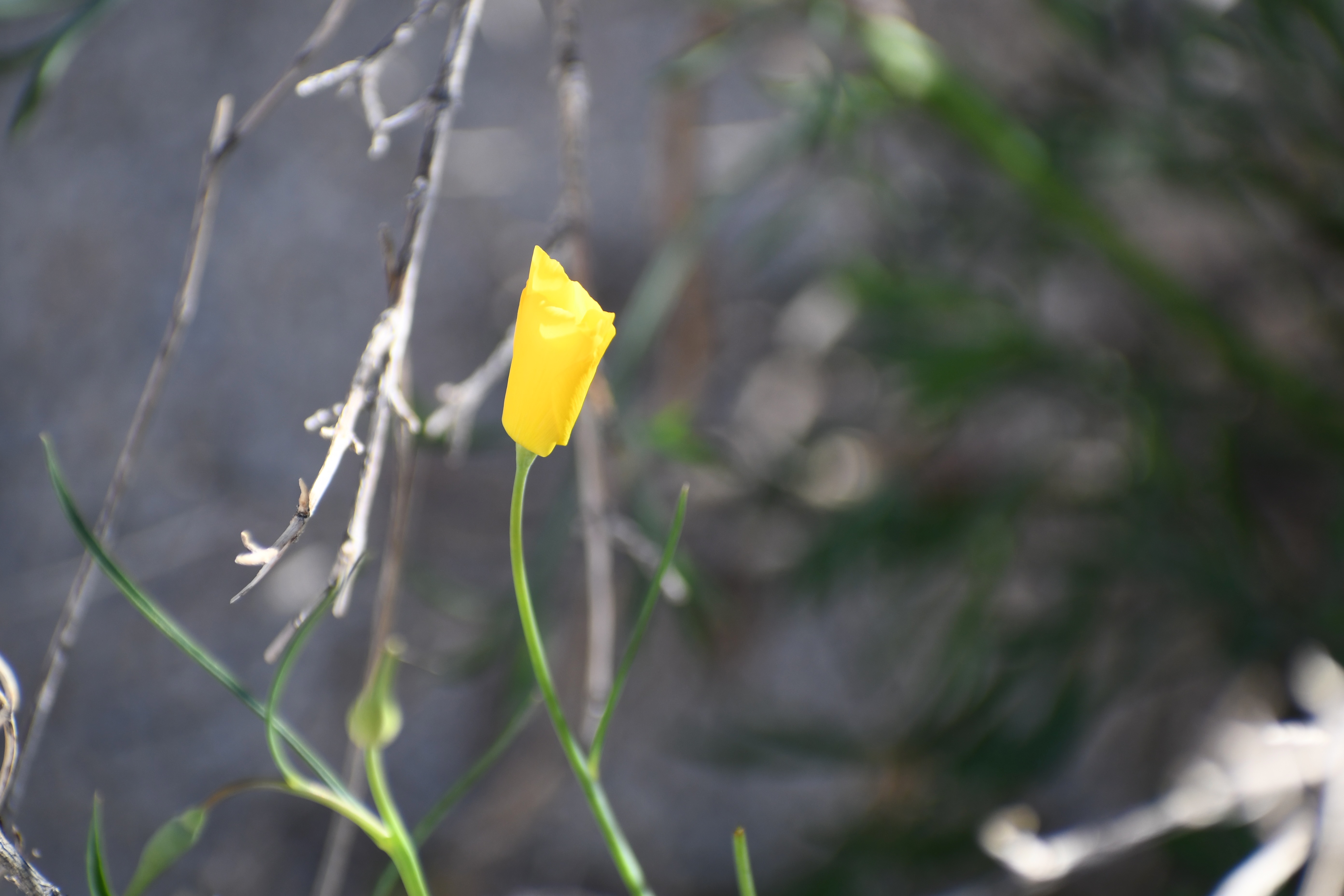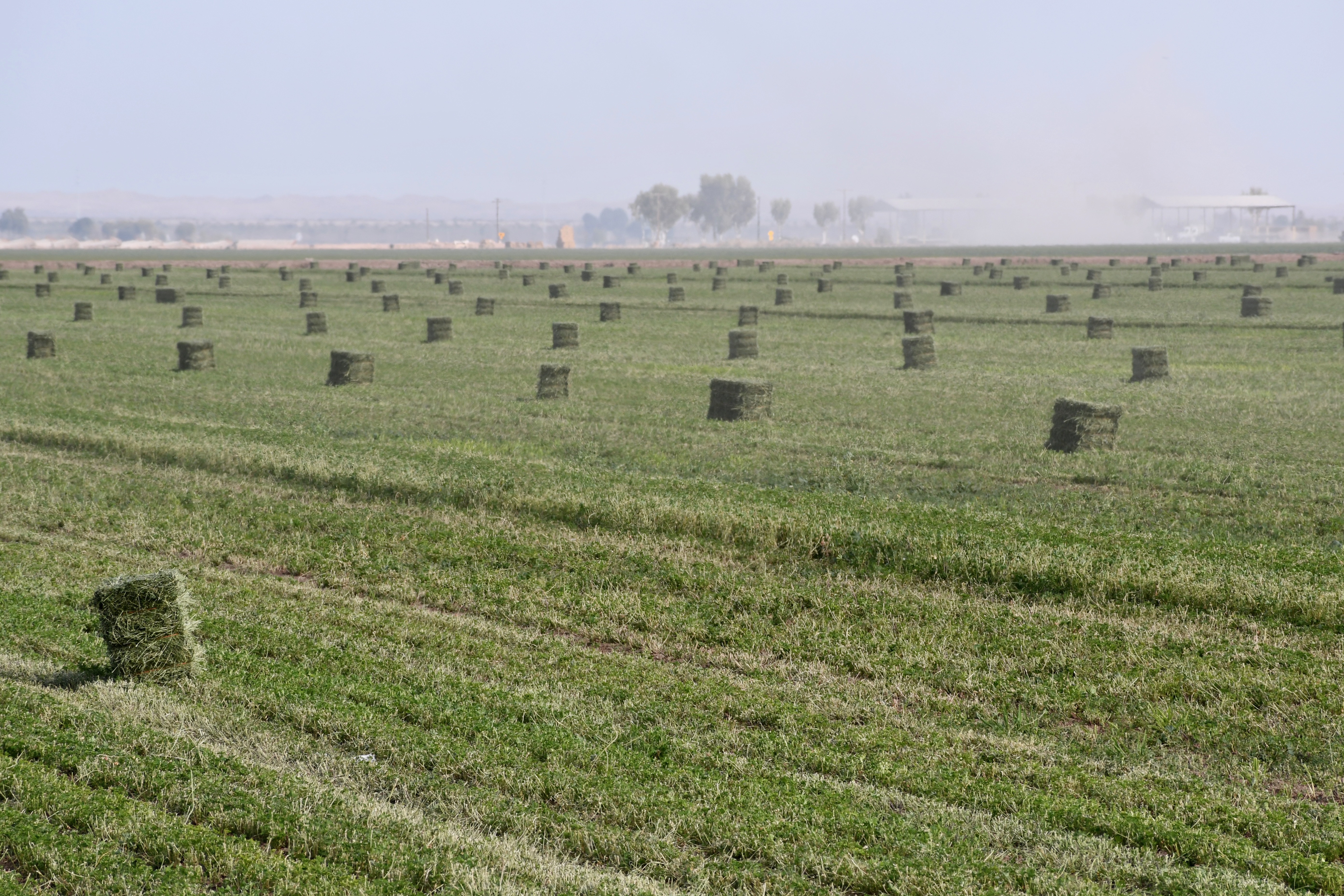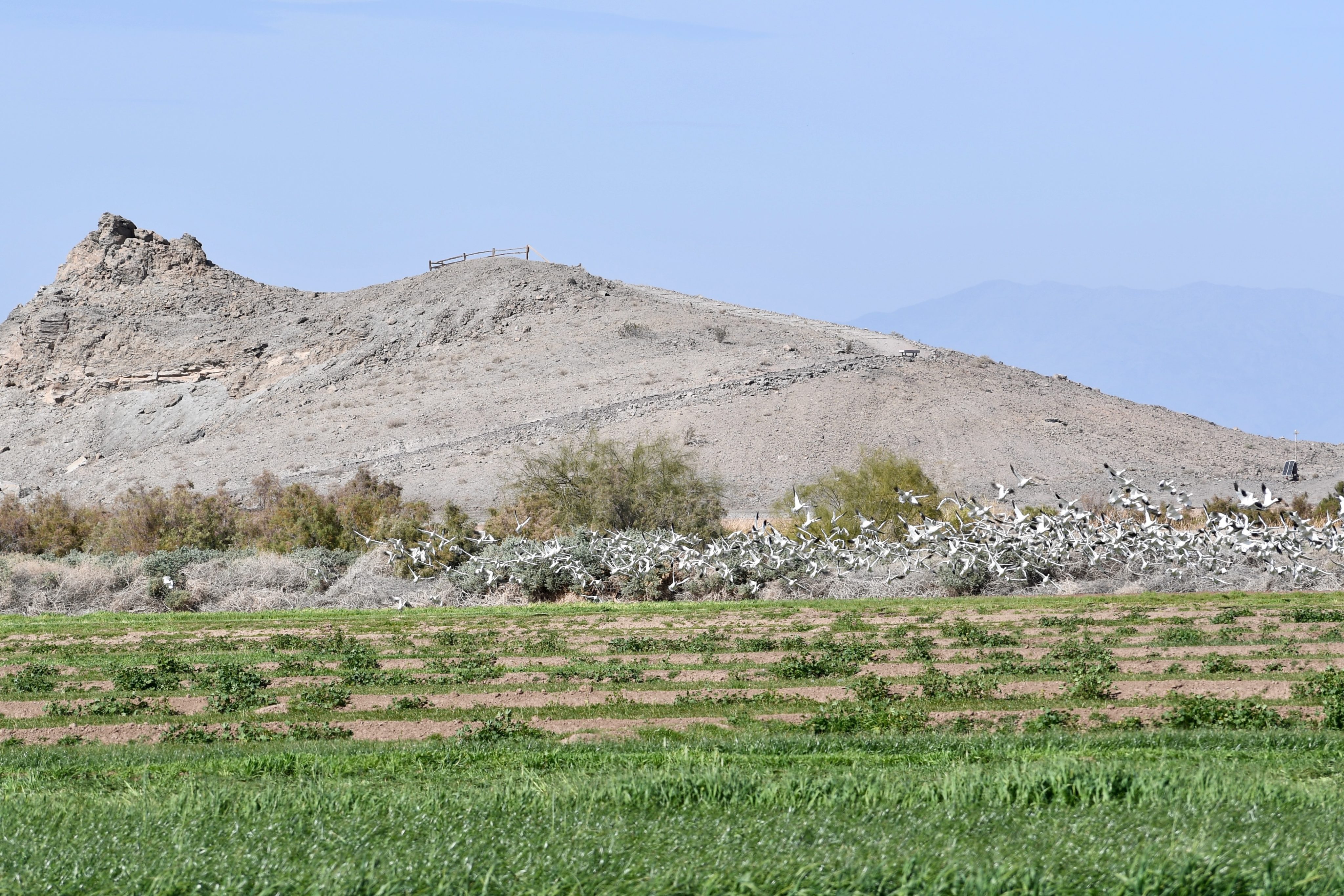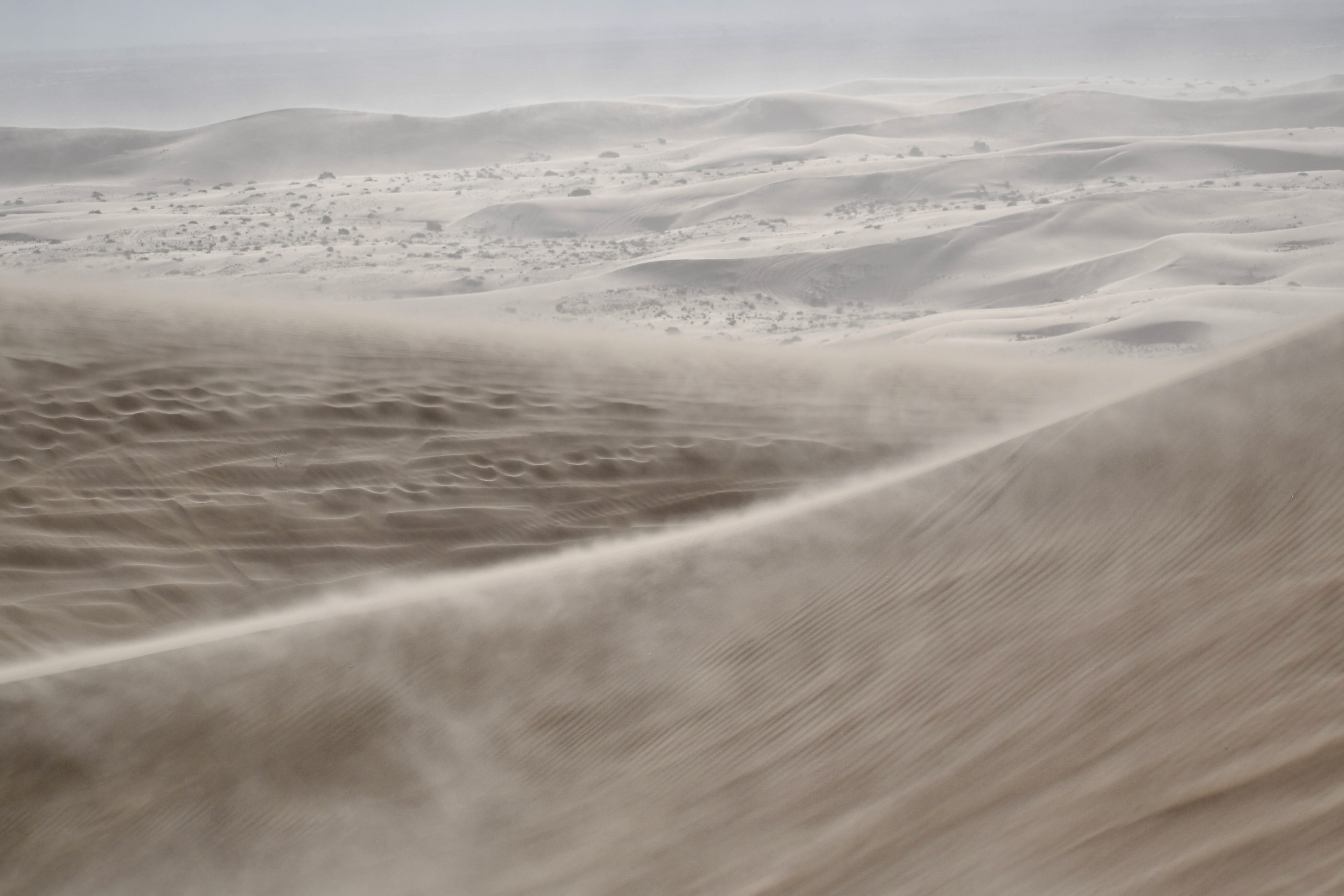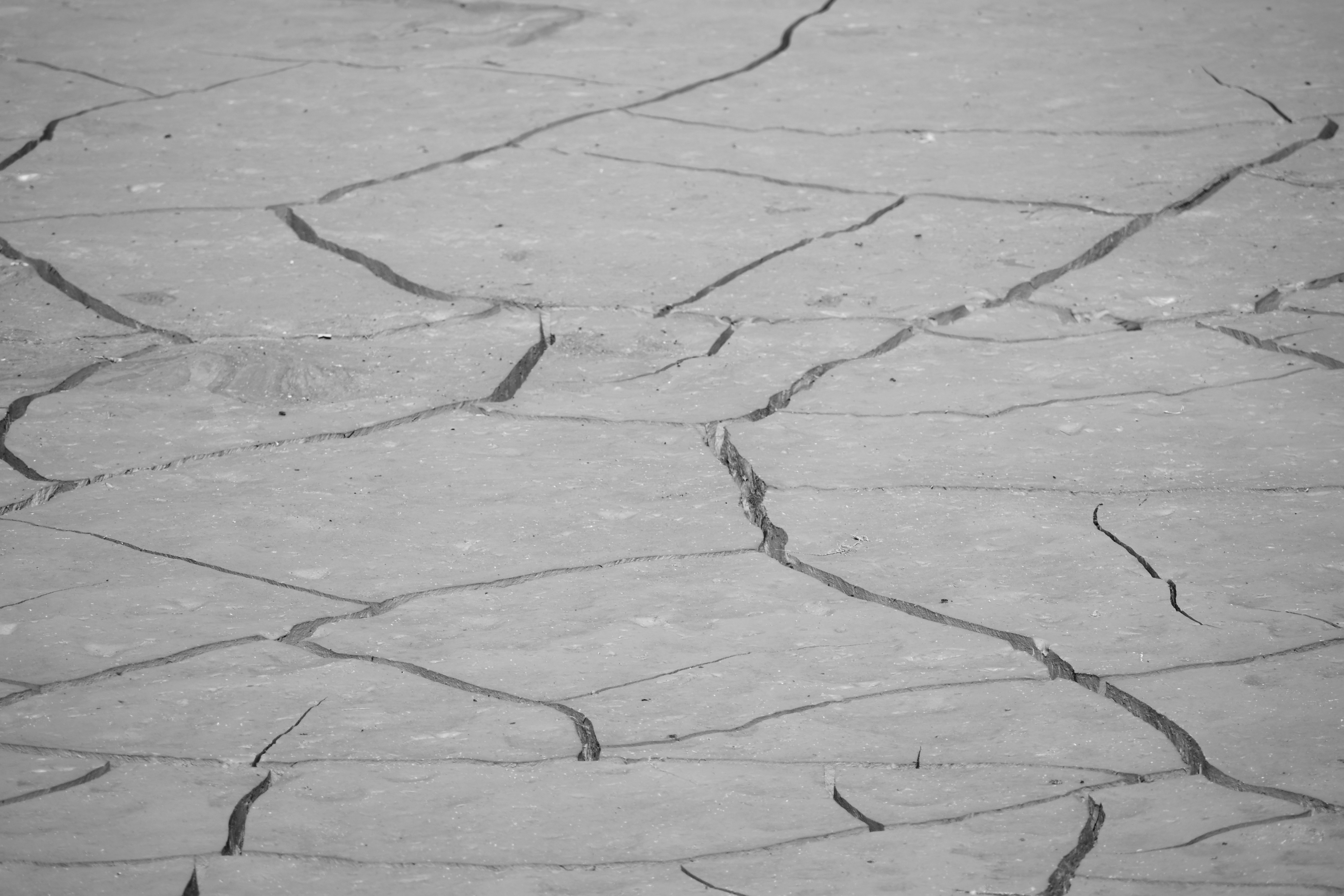Another installment of the Book A Trip Series
Although we often think of traveling through space and time as an exotic dream or a science fiction story, our minds routinely do this. We travel through the present, plotting the future while constantly remembering the past.
Episodic memory is the ability to recall specific personal experiences from the past. It is a mental time machine triggered by sensory information, including sights, sounds, words, and the memory of particular events. It doesn’t take much to trigger an episodic memory. Conversations, stories, music, and situations all induce our time travel into the past.
Semantic memory is the capability to recall time and experience independent, factual information, like the taxonomy of songbird species in California. Memory, learning, and imagination use the same neural networks. Learning changes memory. We change the person we are just by remembering who we were. Is the self a fleeting memory impossible to truly know? Imagination is a mashup of things we have categorized, playing them out as future experiences. It is time travel to the future.
According to “Why We Remember” by Charan Ranganath, scientists have found that the hippocampus, a small, seahorse-shaped structure deep in the brain, primarily mediates episodic memory. In contrast, semantic memory involves neural networks in the neocortex, the gray matter of the brain. The two memory systems are interdependent. Repeated episodic memories translate into categories in semantic memory, which in turn can trigger episodic memories.
In a shameless plug for the “Book a Trip” series, travel and reading combine all the uses of those neural networks. Travel and reading add to the diversity of our experience and stretch the boundaries of what we can conceive. The brain combines these experiences in new ways. A book and a trip in the present are trips to the past and the future.

ER (previously referred to as GF in other posts) and I traveled through space and time on a Memorial Day weekend trip through Southern California. It takes a violent act of the imagination to picture my car as a DeLorean, but I know you can do it. When we weren’t making episodic memories, we were reliving them. Future episodic memories worthy of remembering are the trophies of travel.
We started the trip listening to Amy Tan’s “The Backyard Bird Chronicles,” a radical departure from her wildly successful book, “Joy Luck Club.” John Muir Law’s “The Laws Guide to Nature Drawing and Journaling,” inspired her backyard observation and drawings. Interestingly enough, the Laws Guide is on my bookshelf. Isn’t it on everyone’s? Okay. I might be off the beaten path on this one. But consider that I have read one book about a man’s observations of a square meter of ground for a year, “The Forest Unseen,” and another told from the tree’s point of view, “The Overstory.” What can I say? It stands to reason I would have the Laws Guide.
Despite their ubiquity, birds only fuel episodic time travel if you pay close attention to them. From my experiences in wild San Diego, I instantly knew that Amy Tan was from somewhere on the West Coast by her bird list. Through the observations of her backyard feeder, she has become somewhat of a bird expert. I will never mistake a Great Horned Owl hoot for a dove coo, but sadly, for me, a sparrow is a sparrow, and a warbler is a warbler. I have never learned to distinguish the white throat sparrow from the golden-crowned or the lesser goldfinch from the greater. Besides, who are we to judge the value of a goldfinch?
A rare sighting of the black-headed grosbeak for Amy is a distinct memory. It is an exciting event for her, and emotion triggers her brain to learn and remember. It is just another memory added into an undifferentiated clump of birds for the rest of us. Our brains lump the familiar and distinguish the different. The daily commute of one day is indistinguishable from the next. I will never forget that one drive on the AutoBahn at 150 mph. It makes sense. Our brains are filters designed to ignore the mundane and only keep what is important. It is the different that causes problems and what we need to remember to survive in the natural and social worlds.
Charan says the brain works as designed when you forget where you put your keys, even when holding them in your hand. The links to memory get erased over time, especially with similar, overlapping experiences. His answer to forgetting is to accept it. Your brain is doing what it is supposed to be doing. I have yet to take his advice to heart. I find satisfaction in remembering and frustration in forgetting. It still pisses me off that a memory takes five days to percolate to the surface. If the goal of Jeopardy were to answer as slowly as possible, I would be the grandmaster. His one practical suggestion (that I remember) is to take the quiz before you start learning. It preps the brain for learning by setting it up to look for discrepancies. I always hated quizzes.
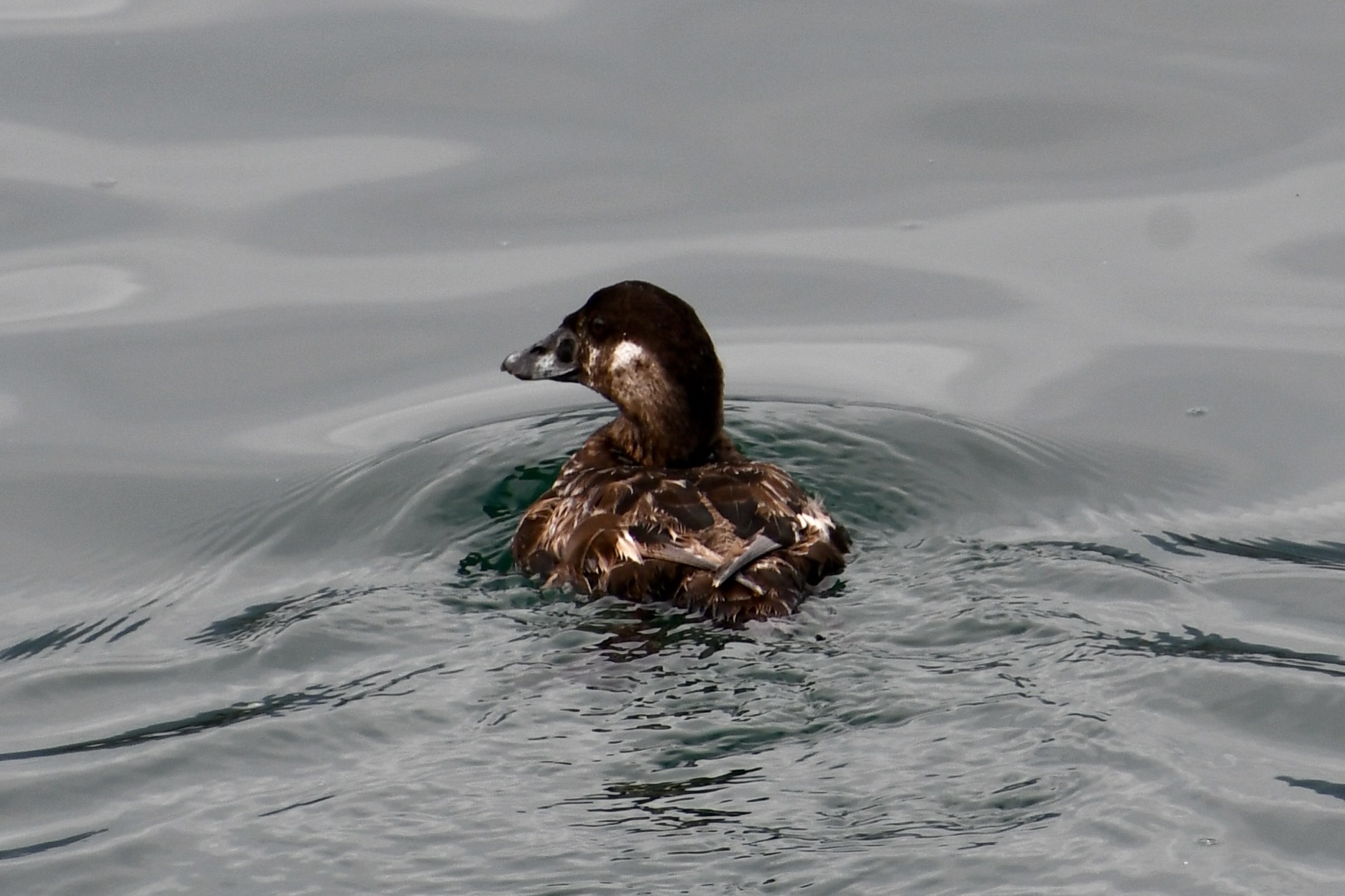
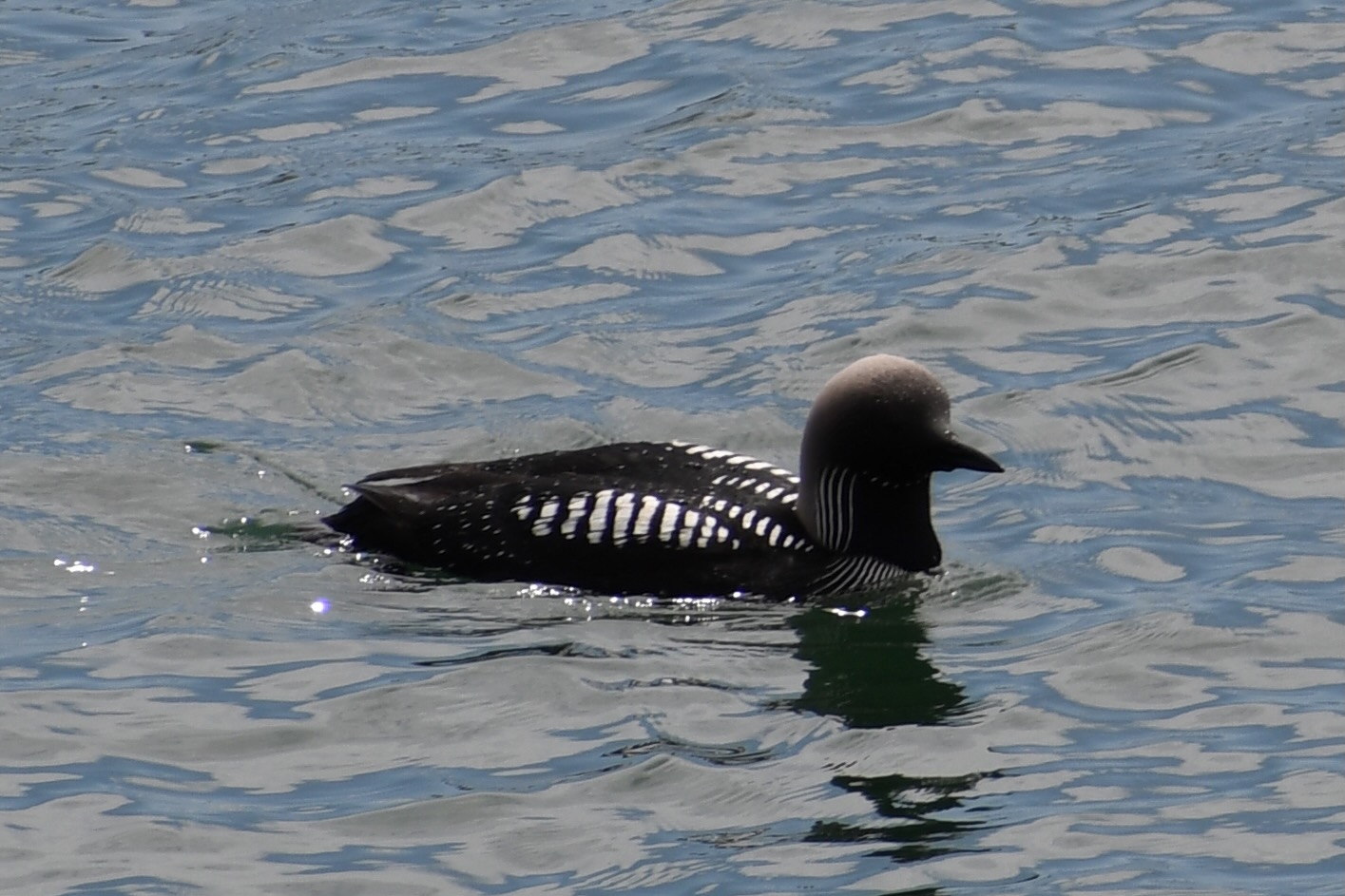
I formed episodic bird memories on a late lunch break at Stearns Wharf in Santa Barbara. Loons swam just off the pier, which brought back memories of kayaking on Wasson Lake in Minnesota, finding a nest hidden in the grass at the edge of a small island. I didn’t know loons hung out in the salt water, so I learned a new fact to tuck away in my semantic memory. I also had the good luck to spot a surf scoter, a large duck I had not seen before. I would just as soon forget the pigeons scavaging for food at our feet and staining the pier with the remains of their successful foraging. The homeless lady shouting obscenities or the one passed out and face down on the dock amid the heaviest foot traffic, I would prefer to forget. I have entirely too many memories of walking by homeless people.

Amy documents the intelligence of birds, having met her match with persistent blue jays in particular. Birds have the same primitive brains with a hippocampus that we do. Why is it surprising they have episodic memory? The bird and mammal cortexes evolved differently and have different architectures. Bird brains may be tiny but pack two to four times more neurons than mammal brains. A recent article said that crows could caw to four, something previously believed that only humans could do. But why do humans caw to four? The article left me hanging on that point.
Musings over the bird feeder did little for ER’s episodic memory, and even I could only withstand so much backyard observation. So, I surrendered Amy Tan for ER’s playlist. The songs we listened to on the trip fueled the time travel machine. John Cougar Mellencamp sang Hurts So Good, or is it John Cougar? When did he stop thinking that Mellencamp was nerdy and Cougar was pretentious? John Cougar always takes me back to delivering pizzas in subzero weather on the Southside of Chicago for Benny after I graduated from college with a degree in mathematics and physics. Little Pink Houses was the big hit then, and it was his best effort (IMHO).

Blue Oyster Cult sang Godzilla, reminding me of the 70s and high school. Still, no specific memory came to mind besides a quote from a scene in Austin Powers, where one Japanese man screams, “It’s Godzilla.” Another Japanese man corrects him by saying, “Due to copyright laws, it is not Godzilla; it only looks like Godzilla. The punchline of the joke is that the Godzilla in the scene is a plastic facsimile, not Godzilla.
I hadn’t heard the Blue Oyster Cult song Godzilla in a long time, so I enjoyed its replay. I even learned something new about it. One of the verses in the song is:
Rinji news o moshiagemasu
Rinji news o moshiagemasu
Godzil a ga Ginza hoomen e mukatte imasu
Daishkyu hinan shite kudasai
Daishkyu hinan shite kudasai
Translated from Japanese into English by Google gives:
I’ll give you some
I’ll give you some
My grandma is facing the Ginza face
Please give me a hug
Please give me a hug
Go figure. The translation makes no sense whatsoever. Is Grandma staring down the beast, ready to hug it if it chooses to attack? I don’t think she has the same skillset as Mothra. But oh no, there goes Tokyo. Go, go, Godzilla!
But then we wondered, what inspired BOC to pay tribute to Godzilla? Did they wake up one morning inspired by a late-night TV movie with Godzilla battling it out with Mothra and Rodan? Or did they realize that the Godzilla OnlyFans base was underserved?
Not all recollection results in pleasure. I can think of more than a few episodic memories that keep me humble (but I’m not sharing.) If you see me shudder for no particular reason, it was something stupid I did in the third grade.
Overlumping repeated experiences causes pain, too. Honestly, I’m sick of hearing so many overplayed songs from the past, no matter what episodic memories accompany them. I don’t hate the songs; I’m just sick of hearing them. The songs are not good enough to last a lifetime of replaying. Two songs in particular make me want to run from the room: Brown-eyed Girl and Take Me Out to the Ballgame.
We had a lot of time to think and listen, stuck in the gridlock of the 5, then the 405, then the 101. The 101 coming out of LA is the Ventura Highway. Ventura Highway is a song by America, a pretty presumptuous name for any band, let alone one from England. The song wasn’t on the playlist, but the music played in my head, making me time travel to the early 70s, listening to 45s on a turntable in a friend’s basement. Fifty years later, I have this to offer as the start of a rewrite for the undeserved tribute to the unglamorous Ventura Highway:
Ventura Highway, in the gridlocked lanes
Where the smog is thicker
The air is toxic from engine flames,
We’ve stopped again, oh no.
So much for the free wind blowin’ through my hair.
I might have an even nastier verse for the 101 outside San Luis Obispo, where the State Police gave me unwelcome feedback for my fast car. ER claims “Fast Car” by Tracy Chapman is the saddest song ever, so I had her read the lyrics to me. Tracy’s protagonist can’t escape the same miserable lives her parents led. The fast car starts as a means of escape from her parent’s dismal lives and ends as a wish to get rid of her partner when he becomes no better than her deadbeat dad. “So take your fast car and keep on driving.”

The Paso Robles bar we bellied up to displayed a John Wayne placard on the wall: “Life is Tough—It’s tougher if you’re stupid.” The quote triggered a memory of the John Wayne movie The Green Berets. I inflicted ER with the movie’s title track, “The Ballad of the Green Berets,” which has eerie parallels to Fast Car. The Green Beret protagonist of the song goes off to die on duty, and his dying wish is for his son to follow in his footsteps. My advice to his kid is to get in that fast car and get the hell out of there. The movie “Green Berets” might be one of the saddest movies ever, but I am using a completely different meaning for the word “sad.” The movie was a propaganda piece for our moral mission in Vietnam. No, seriously.
A young couple band played “Wagon Wheel” in front of the bar to the mischief of 40ish women who were there to celebrate one of their 40th birthdays, if I am to judge by the reading of t-shirts. I propose mischief as the mass noun for partying 40-ish-year-old women. “Wagon Wheel” isn’t one I was familiar with, but it takes ER off to some faraway place and time. I have yet to learn to differentiate the many flavors of Southern music.
According to ER, I didn’t fit the general mold of the bar’s clientele. I lacked the necessary facial hair and didn’t have a glass eye. (Okay, I made that second part up.) Still, I’m afraid I have to disagree. I did fit into the bar, and I offer this as proof. When I pulled up the barstool, the burly guy next to me gave me a hard, welcoming slap to the knee that left me white-eyed. The stuffed boar’s head over John Wayne’s placard gave me a welcoming wink. The mounted cowboy boot next to the boar’s head would have approved but didn’t have a way to express its validation for me. I may get my wink when they mount the stuffed cowboy’s head instead of his boot.
We discovered that the couple to the right of us was on their first Tinder date. We empathetically shared a few tense moments while her date stepped out, wondering if he was ditching her or would return. This date was her sixth attempt at eternal bliss. Her success criteria is a partner who “Sees me, hears me, and validates me.” Those might all be the same thing if you think about it. Or I could be off base on this one. Perhaps she meant it more literally, excluding the blind, the deaf, and the psychopaths from her list of prospects. After five rejections, you shouldn’t be so picky. I would be off her list on all three counts. Not to worry, her date returned.

We met another affable, retired couple from Las Vegas while eating dinner at Paso Terra on the street front patio, splitting an order of paella. I ate the one carrot in the paella dish without sharing. It was the best carrot I’ve ever had. My attempt to order a side of one carrot failed. Sorry ER. The man introduced me to the concept of burning rubber. I was holding my hands over my groin thinking about the friction, but what he meant was spinning the wheels of your race car to generate as much smoke as possible before speeding off for a quarter-mile run. As thrilling as that is, it destroys the tires, so the trick is to buy cheap, one-use disposable tires, should I ever decide to burn my rubber. The conversation had several opportunities to go off the rails along differing political propensities, our new friends lamenting the lack of support for our veterans and taking issue with San Diego’s anti-yoga on-the-beach enforcement and AI technology. ER steered us back to neutral ground, pointing out examples of AI use with health benefits that human practitioners couldn’t provide and our new friend couldn’t refute.
Keeping worldview out of casual dinner conversations with strangers is generally a good idea, especially when their German Shepard is staring at you with bared teeth through the driver seat windshield of their truck. I think worldview is more closely related to semantic memory, which defines the interrelationship between things. In my memory meta-model (MMM), I think of semantic memory as the modeling diagrams I make for software, an ontology of the concepts the software will realize. Sadly, bubble diagrams don’t make for interesting dinner conversation.
Semantic memory is more than memorizing facts. A picnic bench at a viewpoint informed us of a new fact: the Chumash are the first people, which is probably news to many misinformed anthropologists. Those anthropologists will have to rewrite their semantic memories to accommodate this new worldview now that we know the cradle of humanity is in the Figueroa mountains just outside of Santa Barbara on the 154.
Armed with new bird and anthropological knowledge, we attempted to summit the 2,624-foot Cerro Alto Peak. We didn’t see many birds on the trail, the most memorable being the spotted towhee and a couple of vultures. The vultures were keeping a close eye on ER.
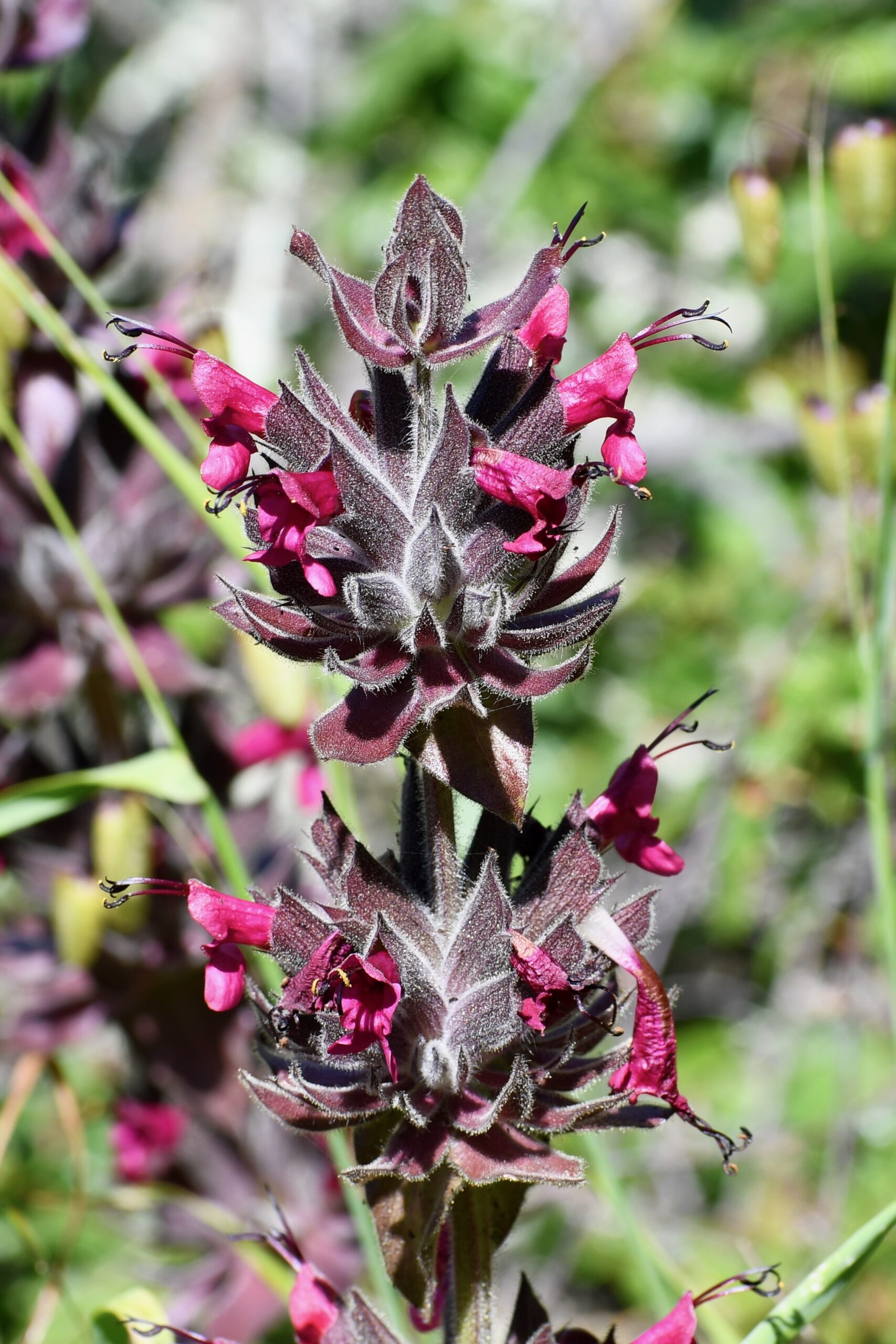
We did see quite a few people on the trail. None of them appeared to be Chumash, but how would I know? We jockeyed for position with a family of five up the mountain. Dad added a lot of unnecessary stress to the family’s hike by starting on the wrong trail, chastising his kids when they strayed, losing his glasses, and trying to motivate his three-year-old daughter, who would have preferred to play with the dirt. Dad needed to stop and smell the rose-colored flowers of the hummingbird sages. If he didn’t care for those, he could have chosen the chaparral peas, the silver puffs, the wooly Indian paintbrushes, the wooly blue curls, the scorpionweed, the pipestem clematis, the pink honeysuckle, the white globe lily, or the purple chinese houses. The mountainside was a pollinator’s paradise.
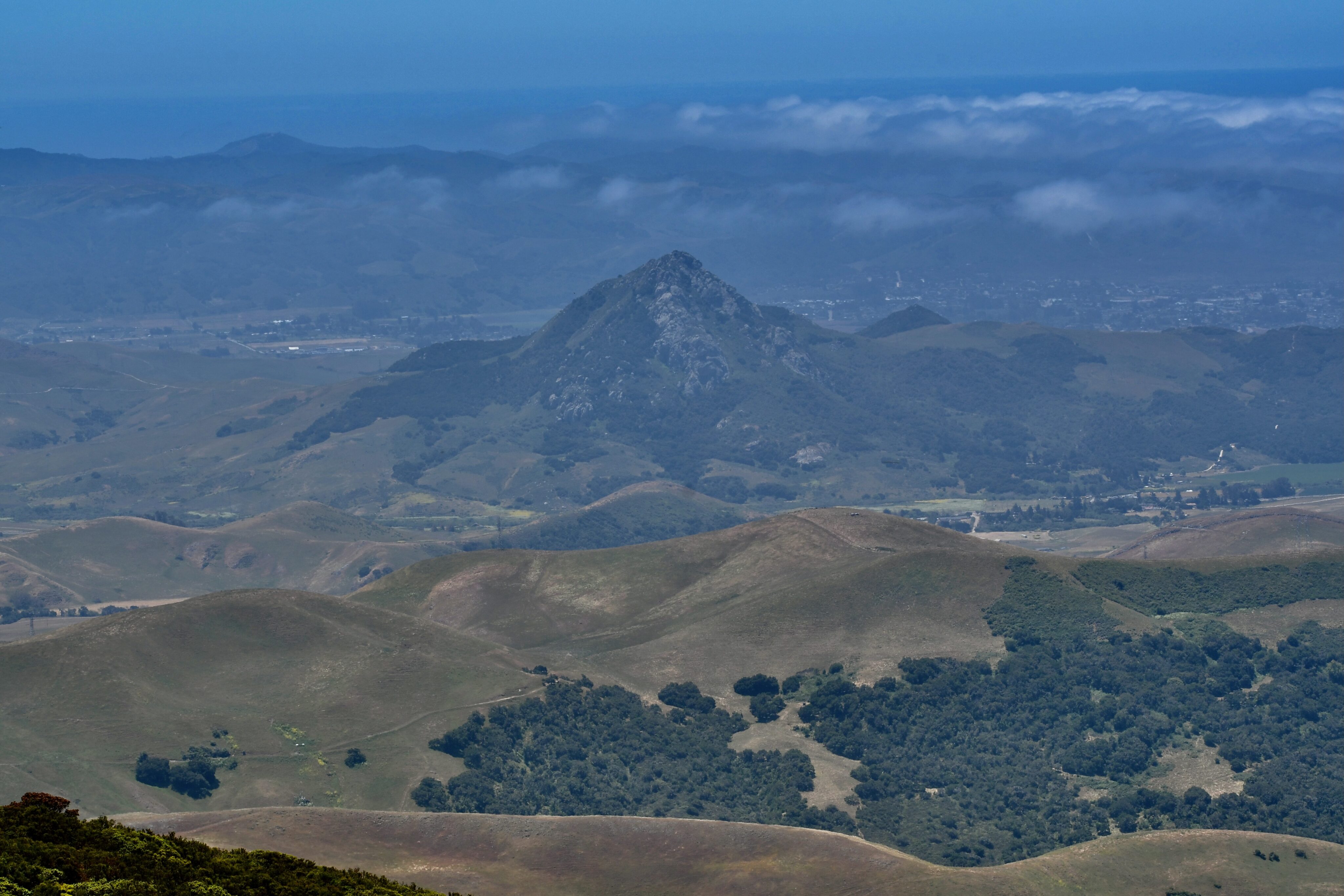
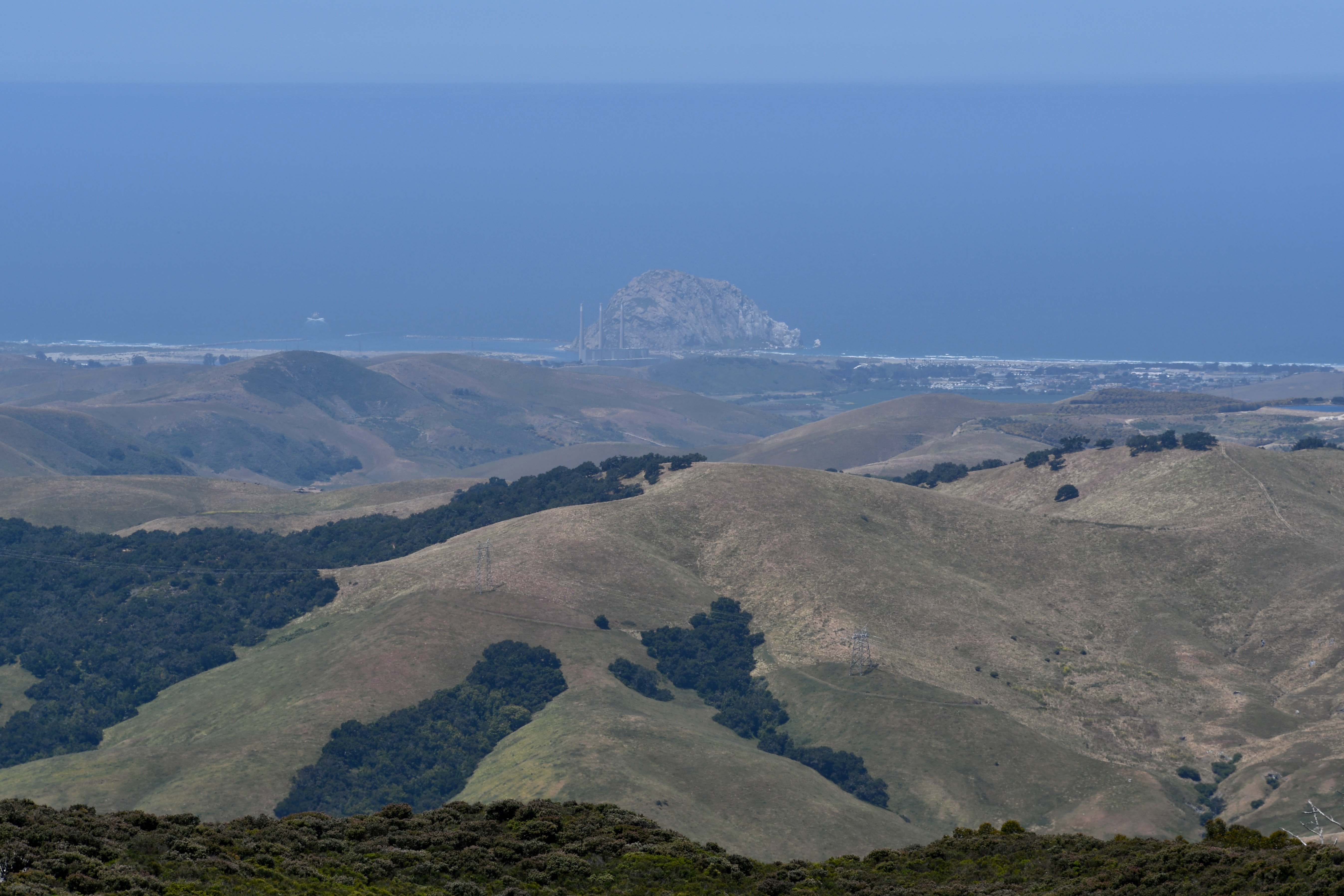
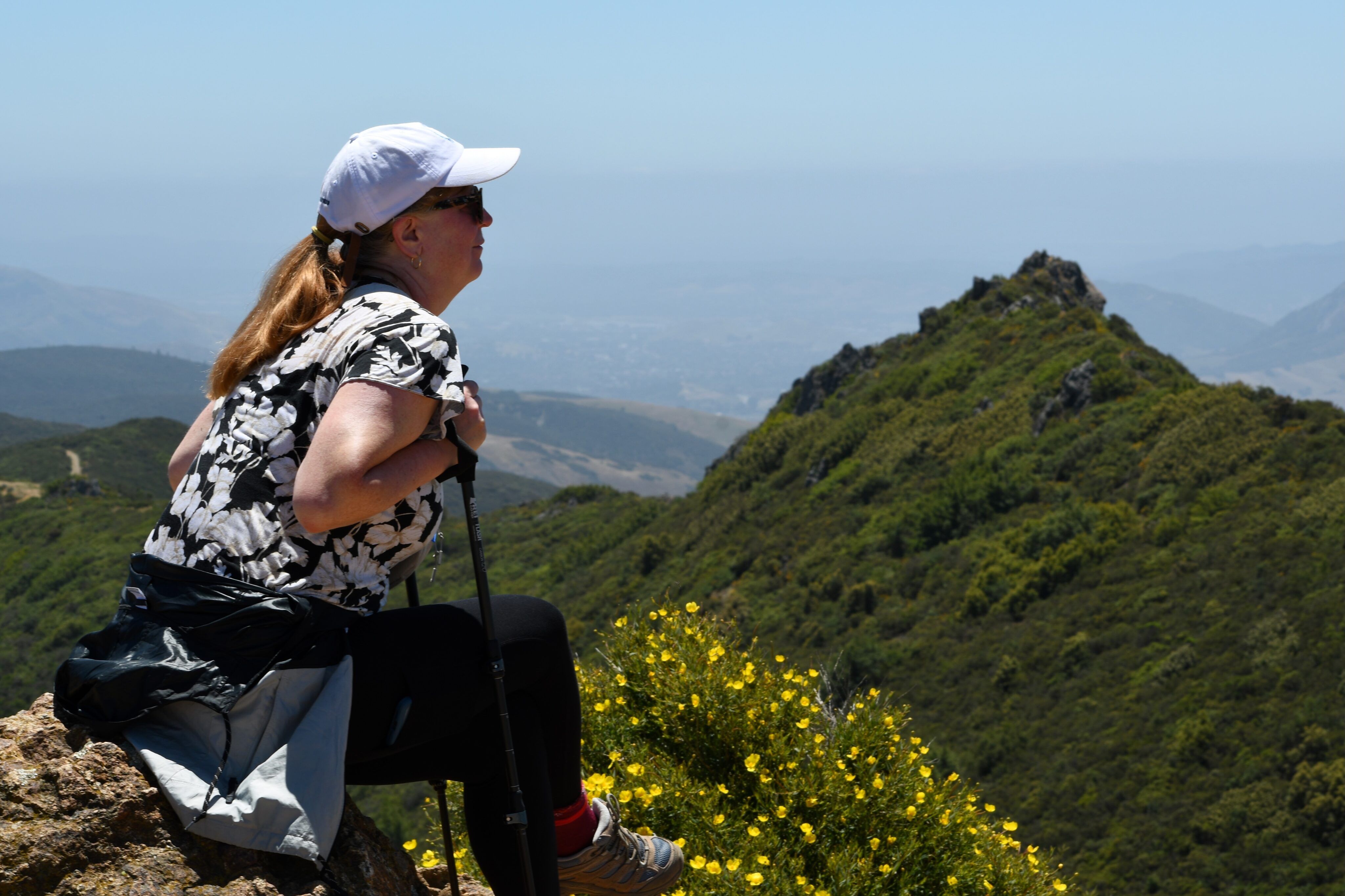
I was worried when the little three-year-old girl passed ER on the trail. (I’m teasing. The kid was riding on her dad’s back.) ER prevailed on the 120-floor ascent to her credit, though I was concerned that I might have to take ER to the ER. We picked a good day for the summit; cloud cover was limited to a fog bank that hung over Pismo Beach in the distance. We had 360-degree views, including Morro Rock, Pismo Beach, and a nearby summit with cell towers. I read that you could see to the Sierras on a perfect day, but haze obscured the view of the distant horizon. After the fact I read, you can see the “Nine Sisters,” volcanic plugs along a fault line. Morrow Rock is one. Looking at the trip pictures, I can see at least one other candidate, but not all of them.
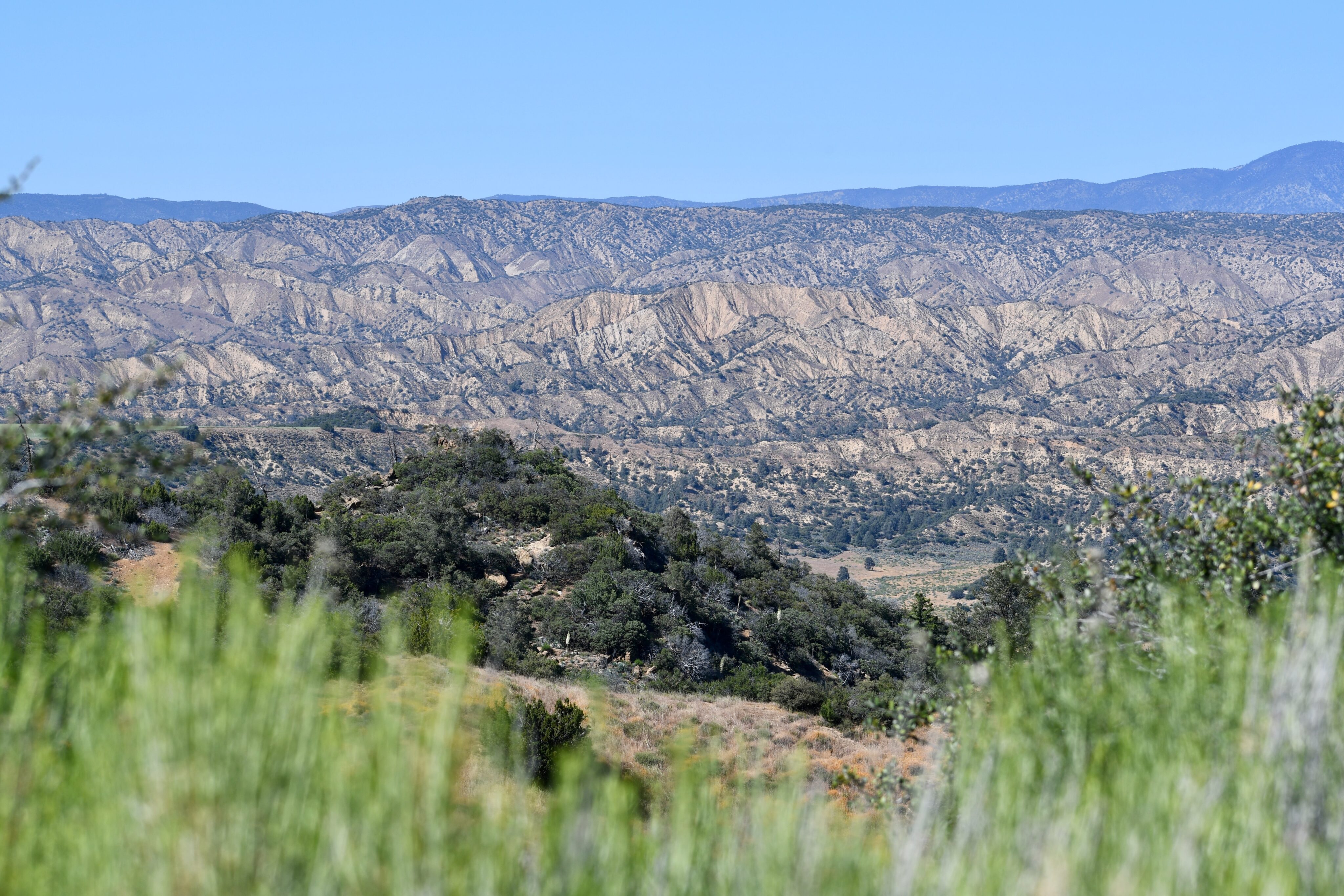
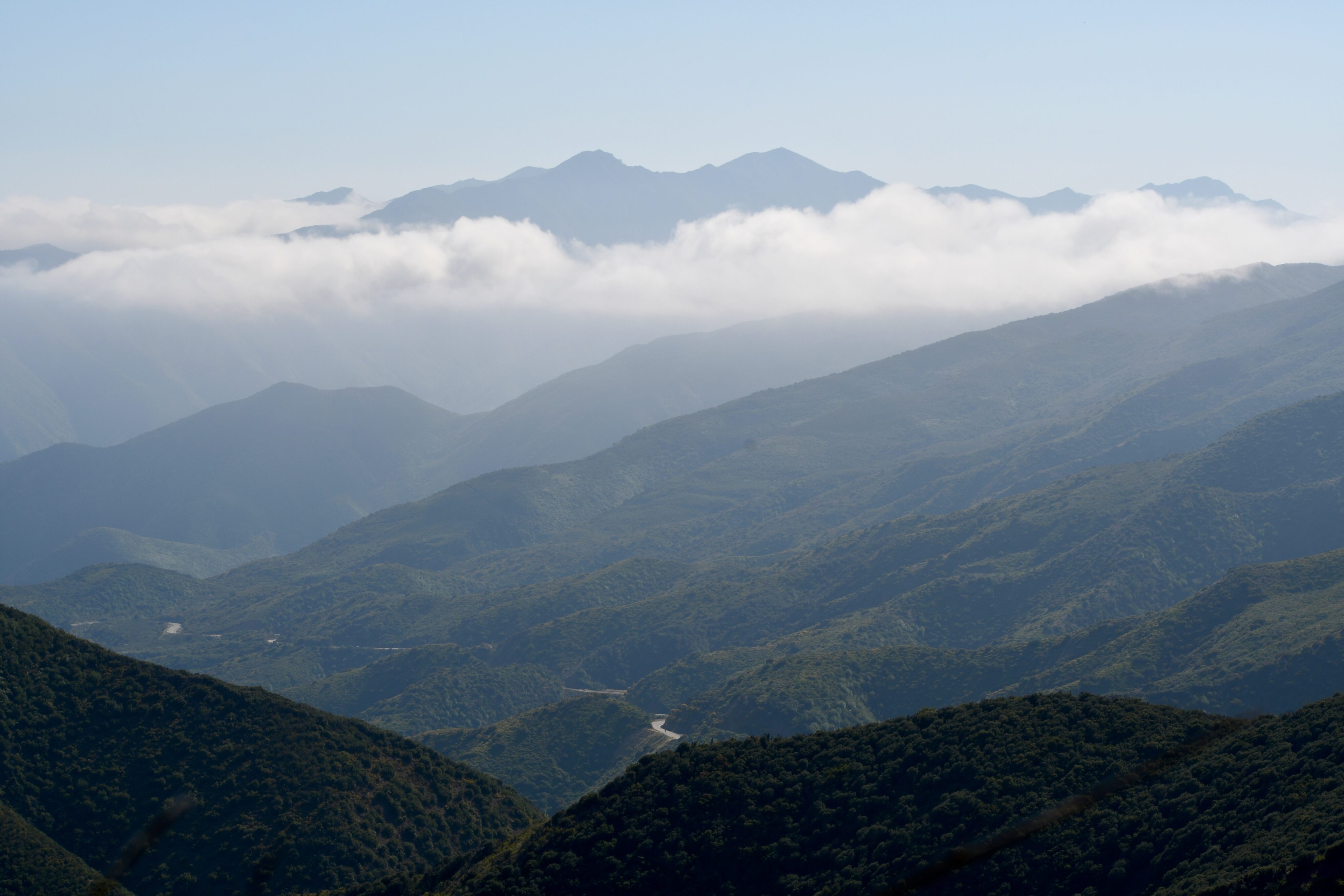
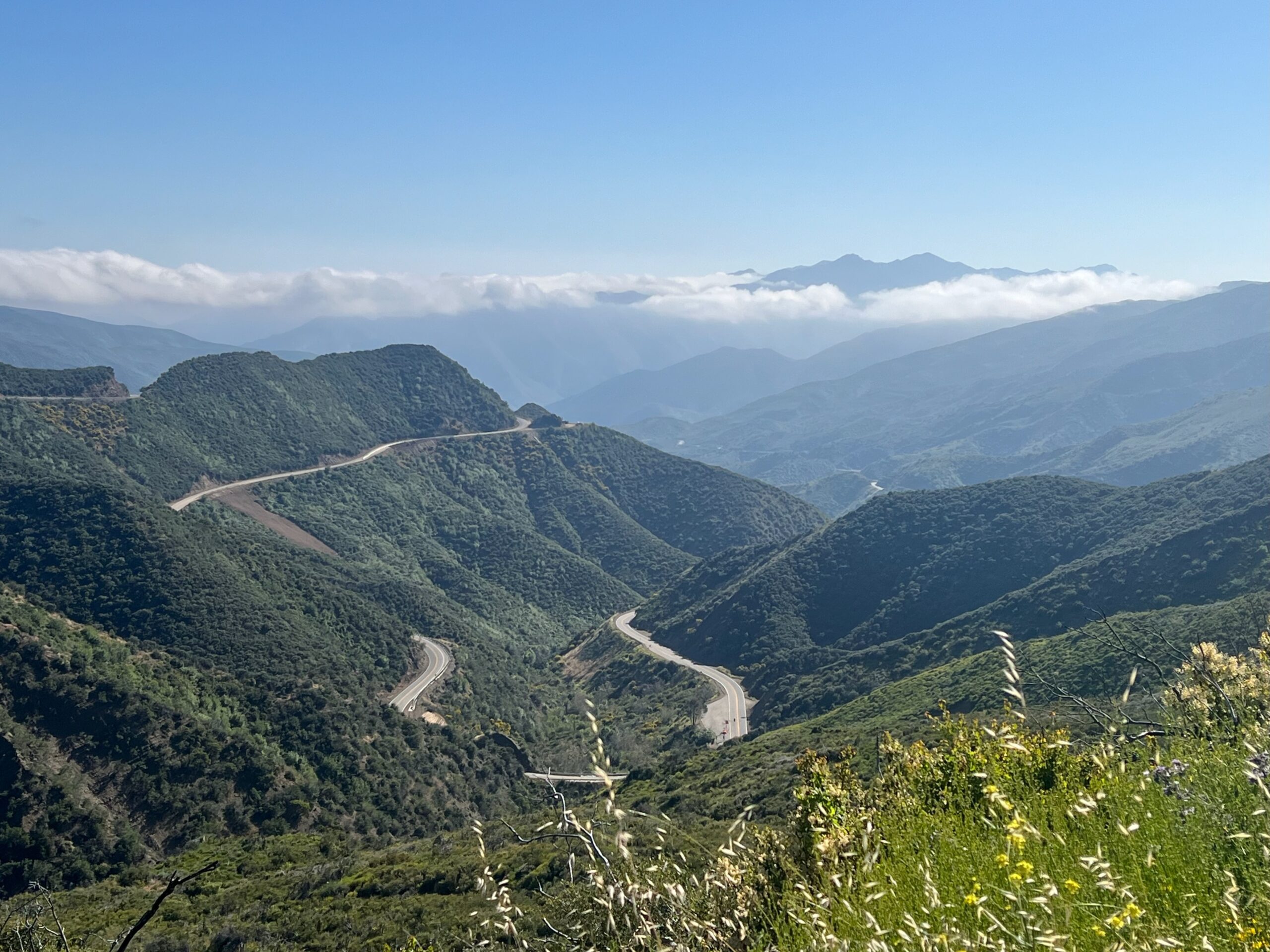
After the hike, we started the long trek back. I took the long way home, driving through the heart of Los Padres National Forest, with impressive big-sky landscapes of layered hills and mountains. A stream-following road reminds me of Colorado. I’ve motorcycled this road before, but my brain forgot to store the video and instead categorized it in my semantic memory under spectacular. Why can’t that episodic memory play over and over in my head instead of the shuddering ones from the third grade? The one downside to the gorgeous scenery was the 30-minute stoplights on a two-lane highway with no crossroads.

And that brings me to the end of our time-traveling adventure. If you remember reading this, you have formed an episodic memory. If you remember the facts about goldfinches, the hippocampus, the hummingbird sage, or the Chumash, you have formed or augmented your semantic memory. And if the article is forgettable, it is not my fault. Your brain is working as designed.
Books referenced:
“Why We Remember” by Charan Ranganath
“The Backyard Bird Chronicles” by Amy Tan
Cartoon Images by ImageFX
All photos are originals
